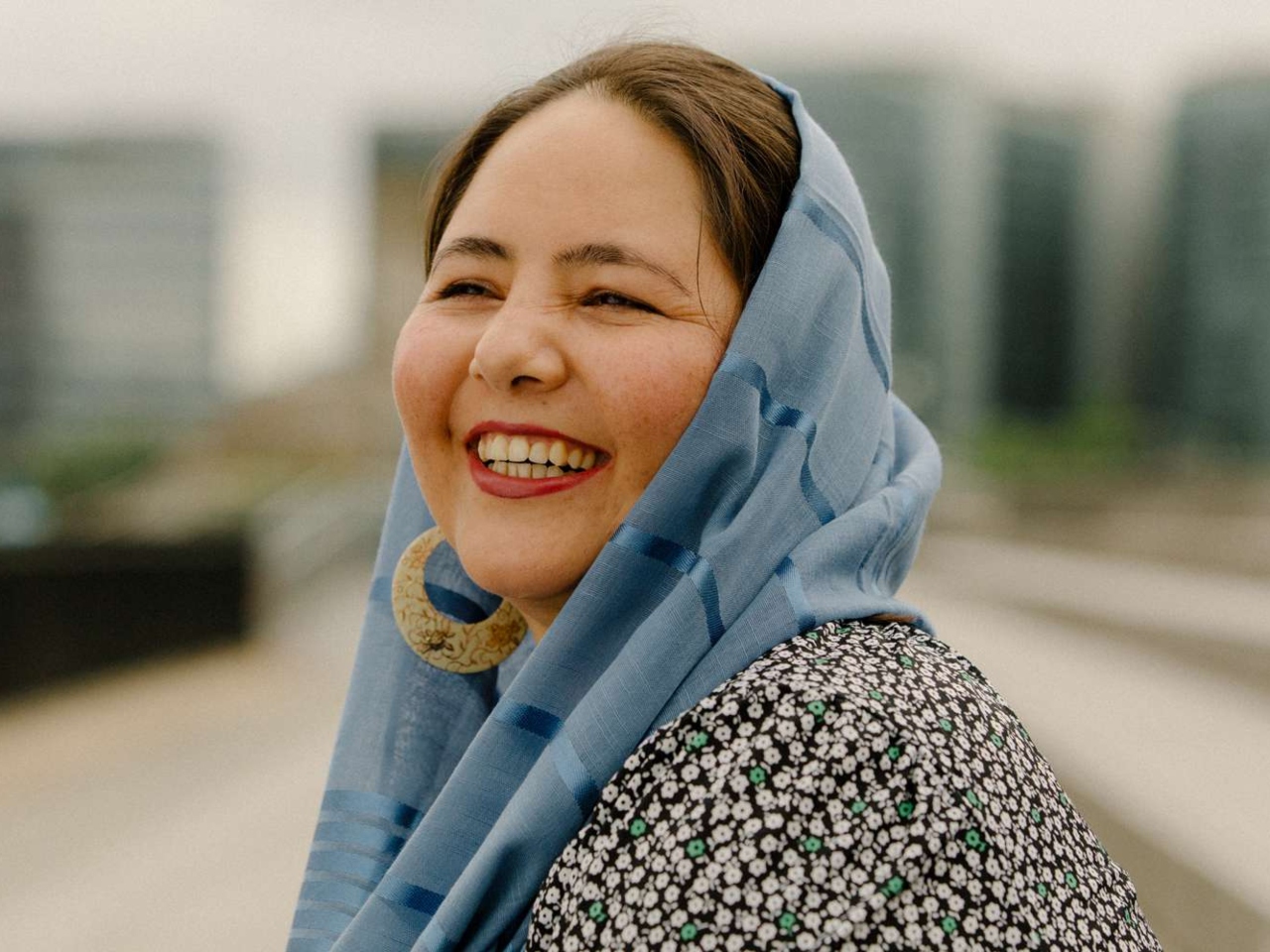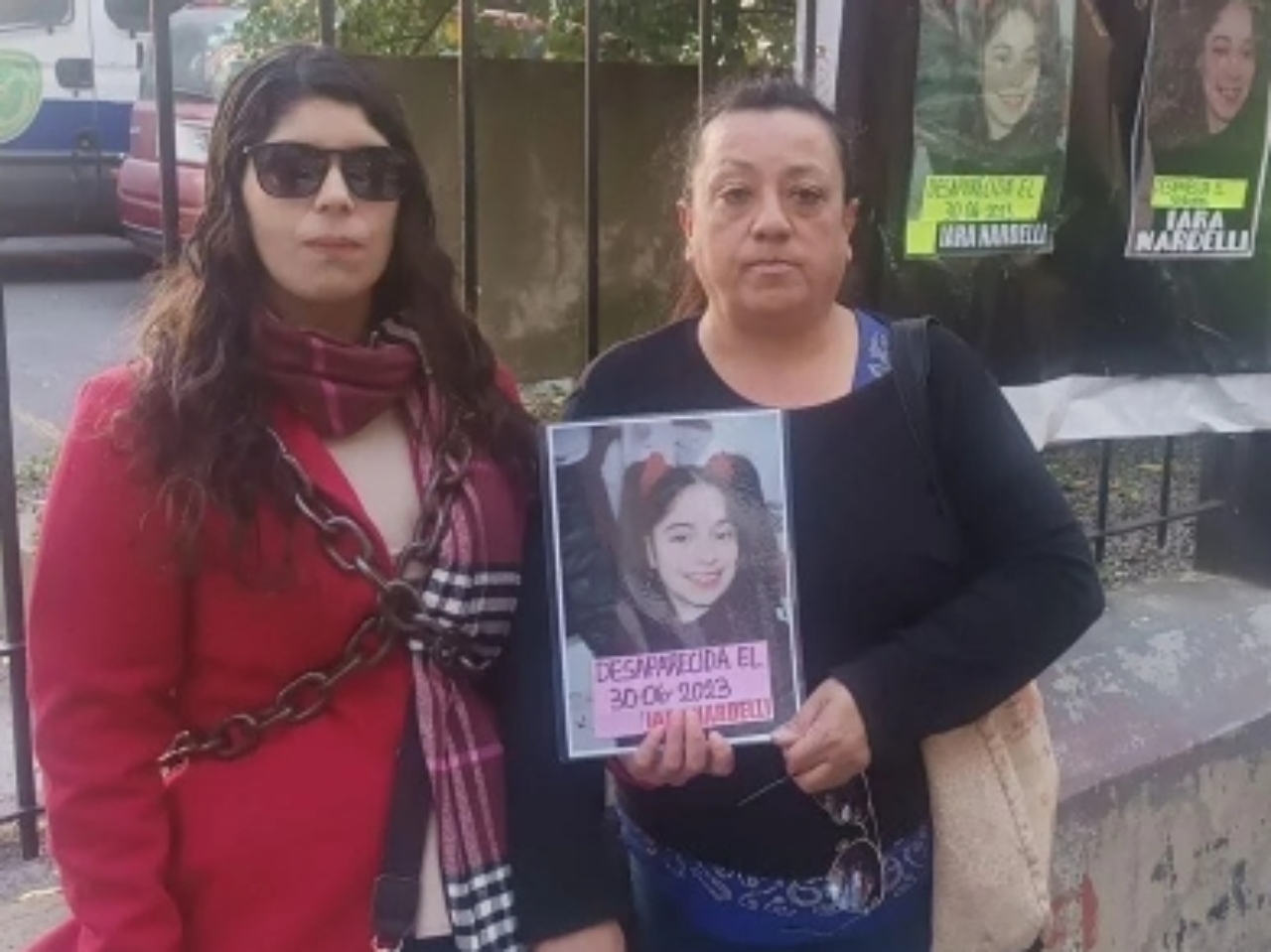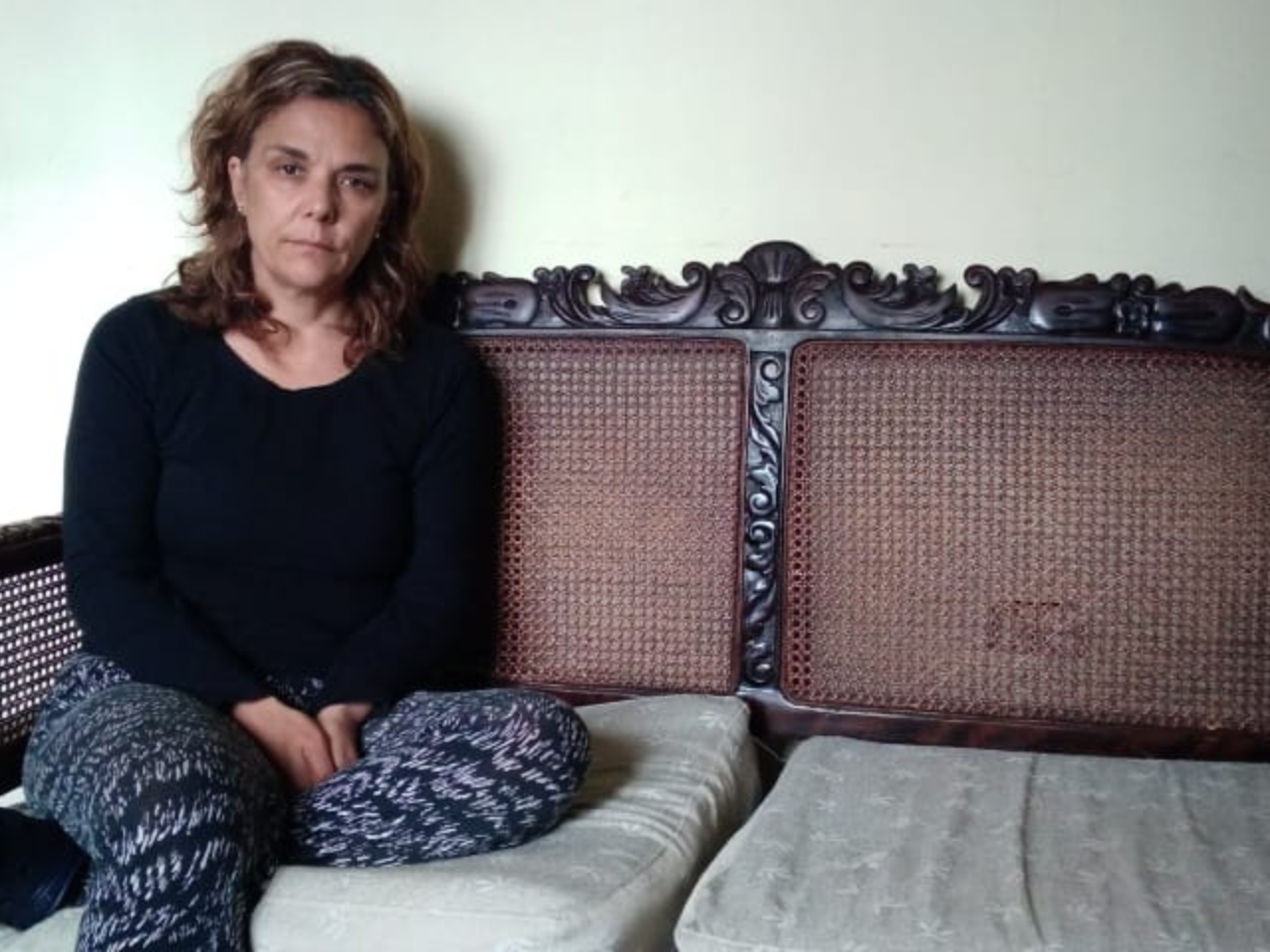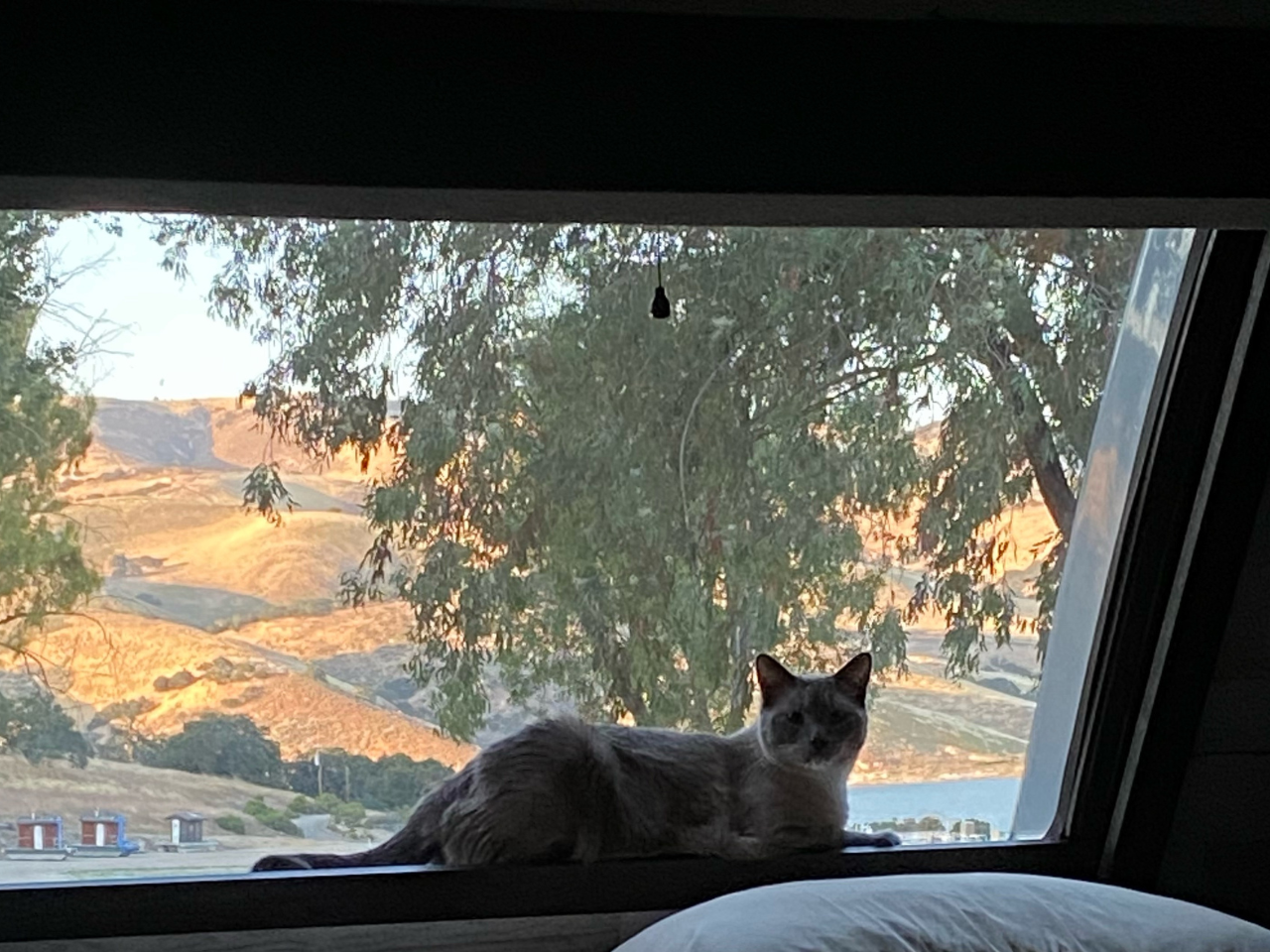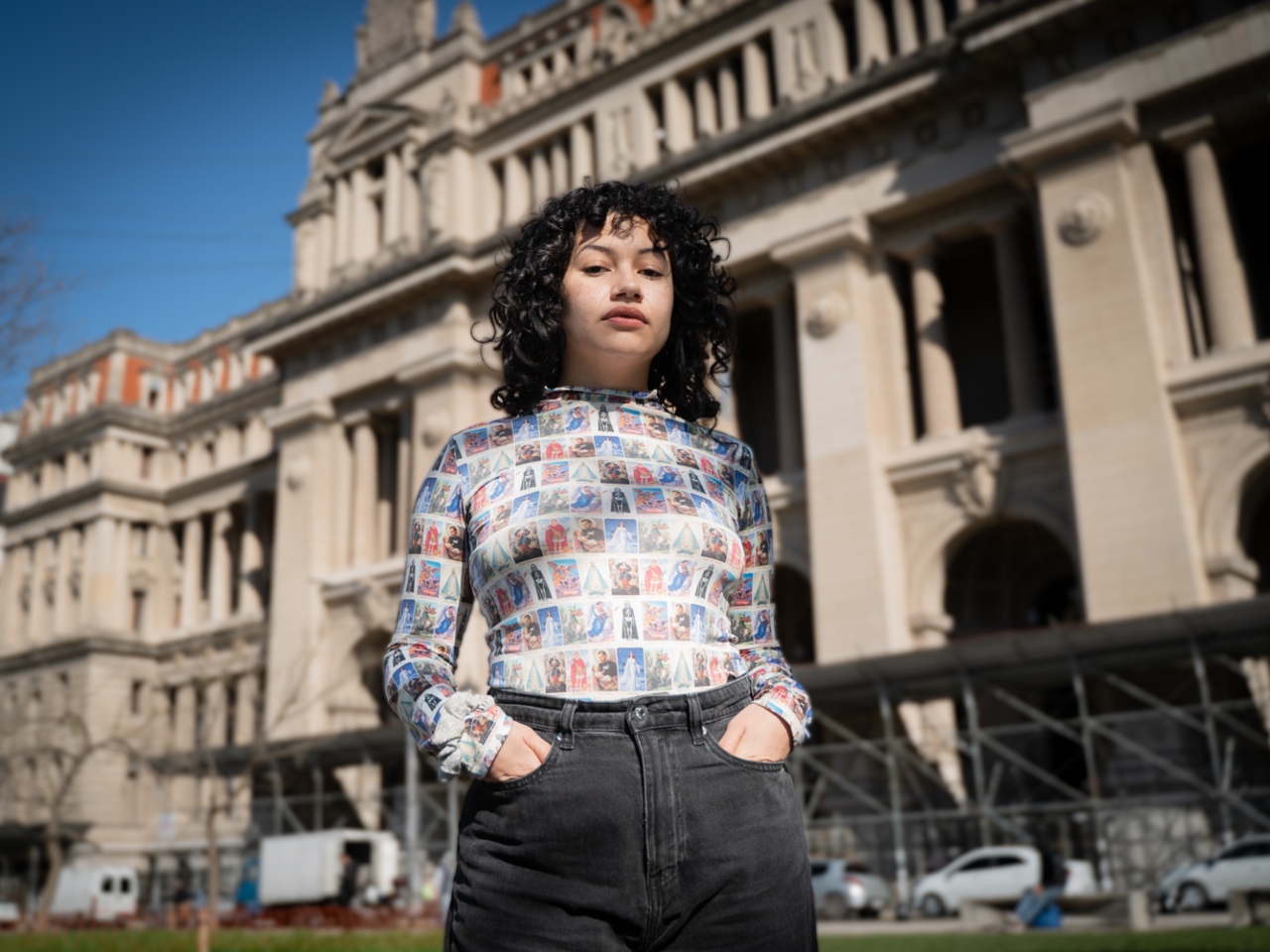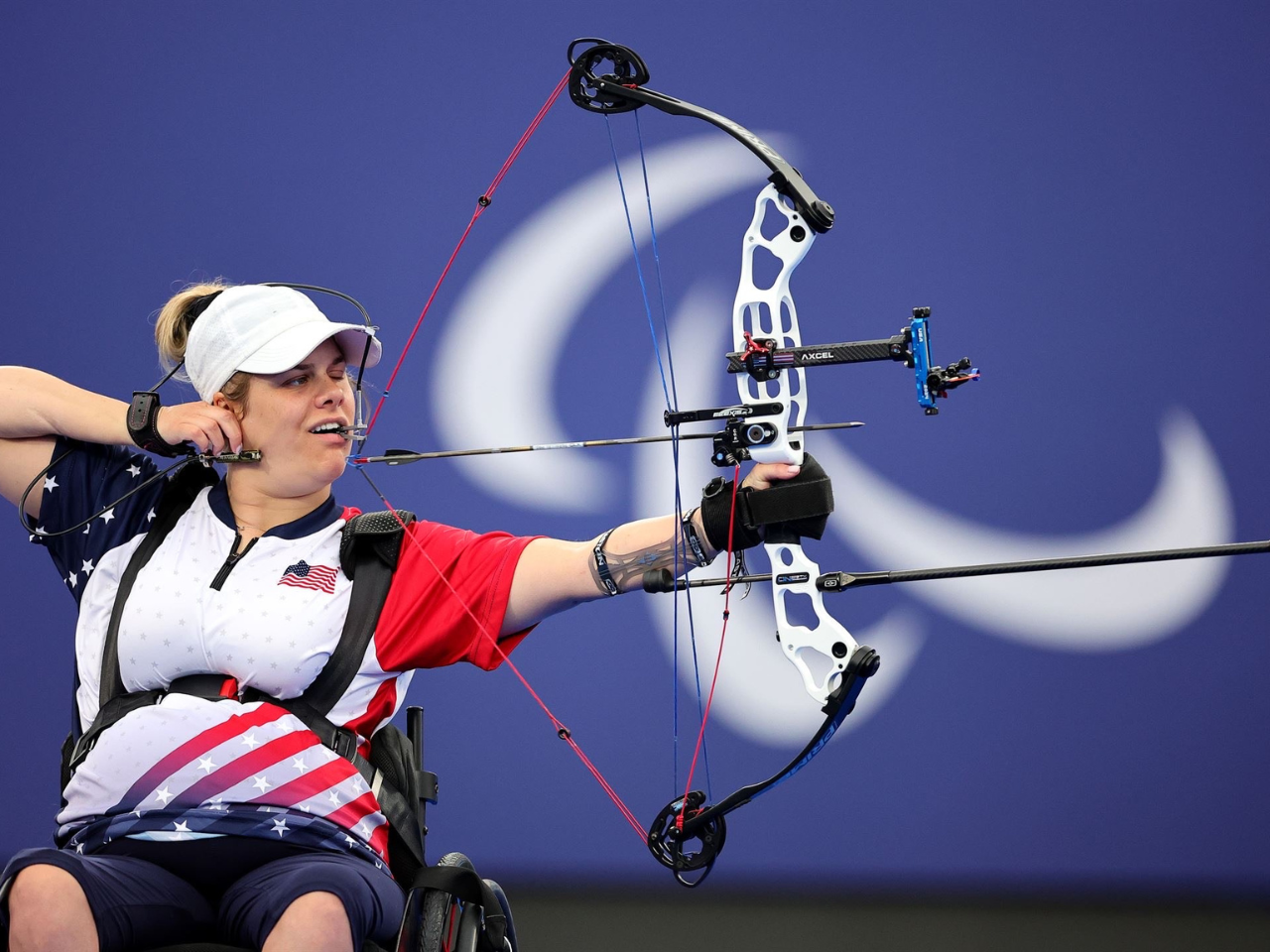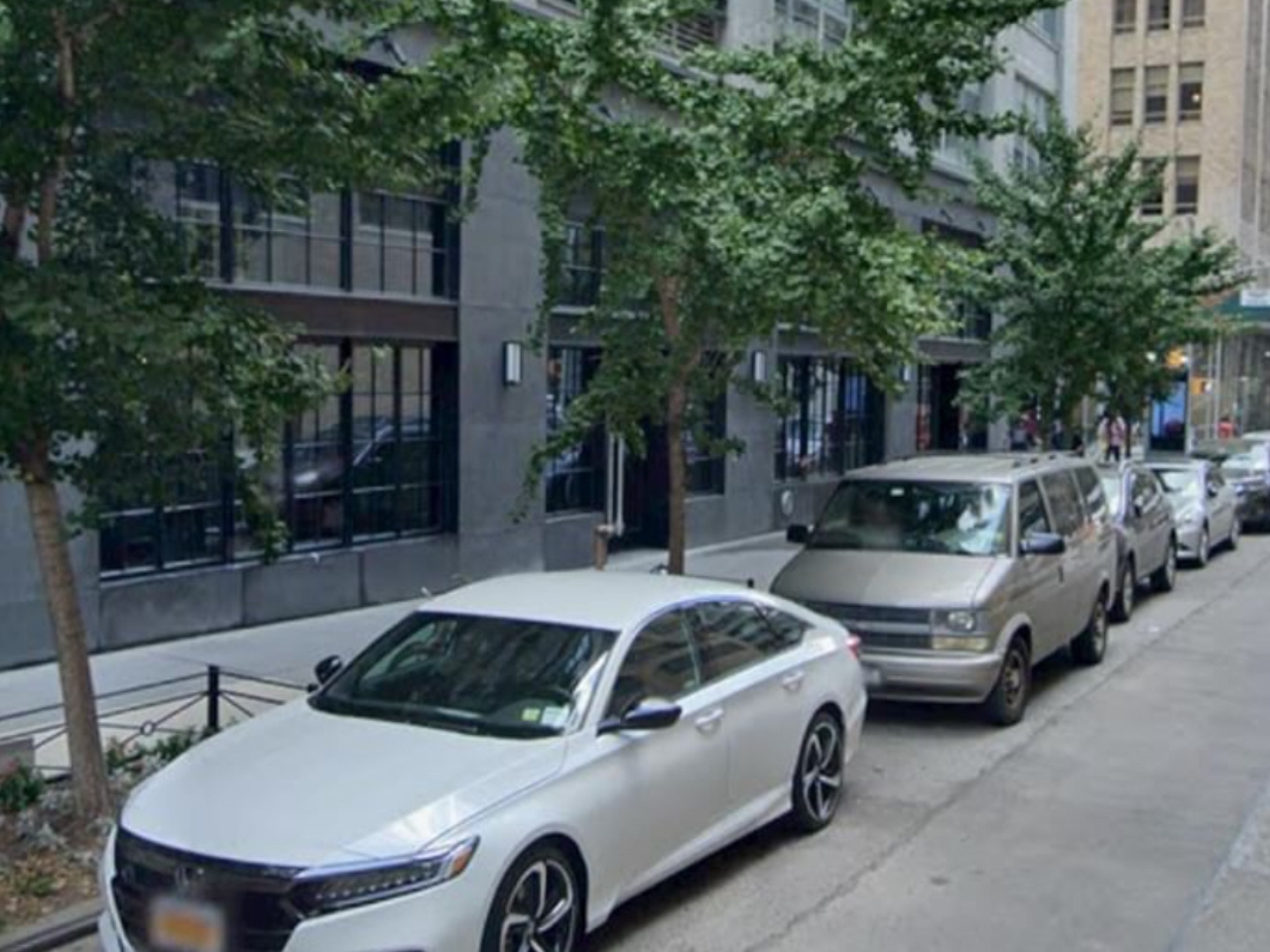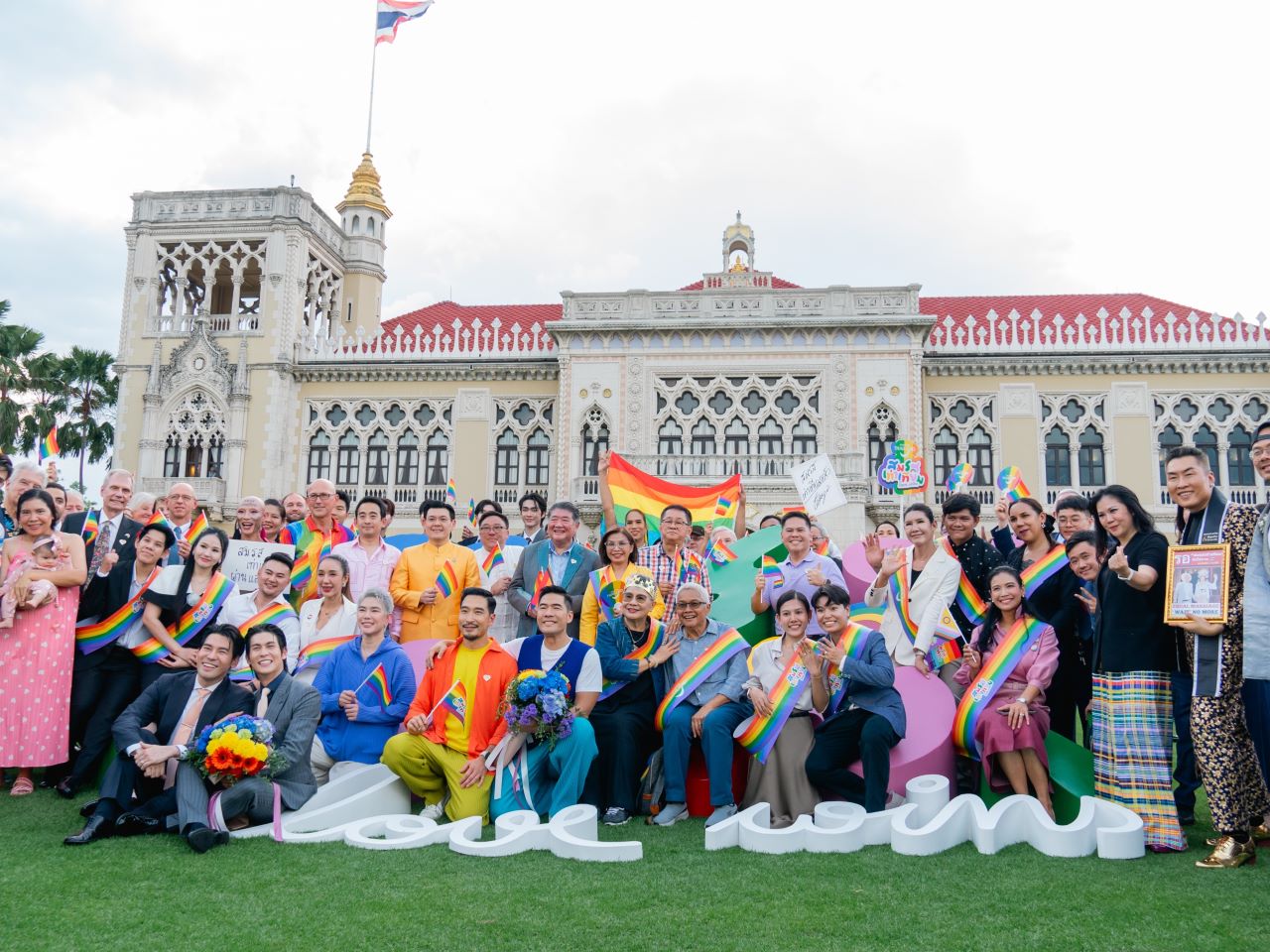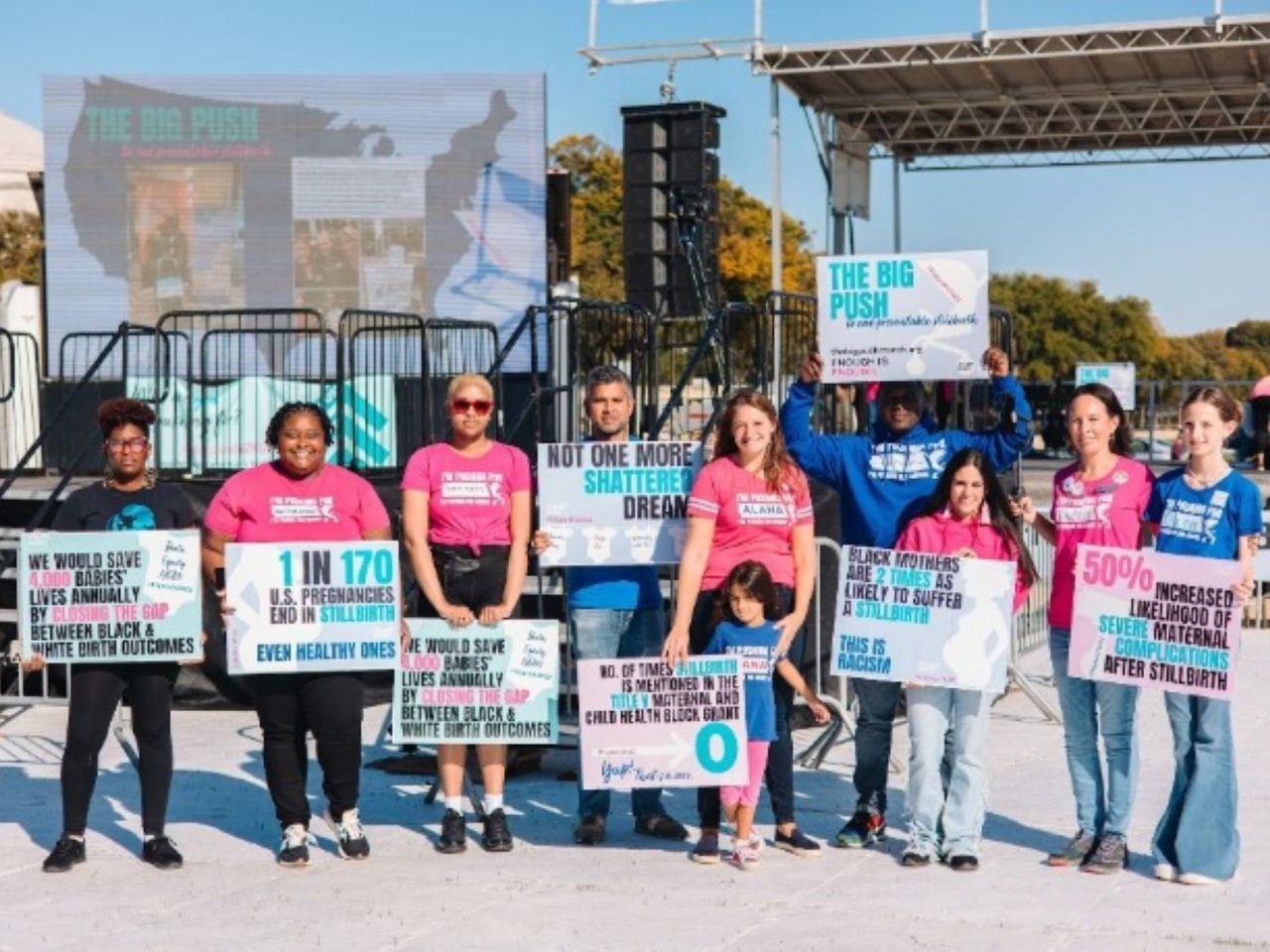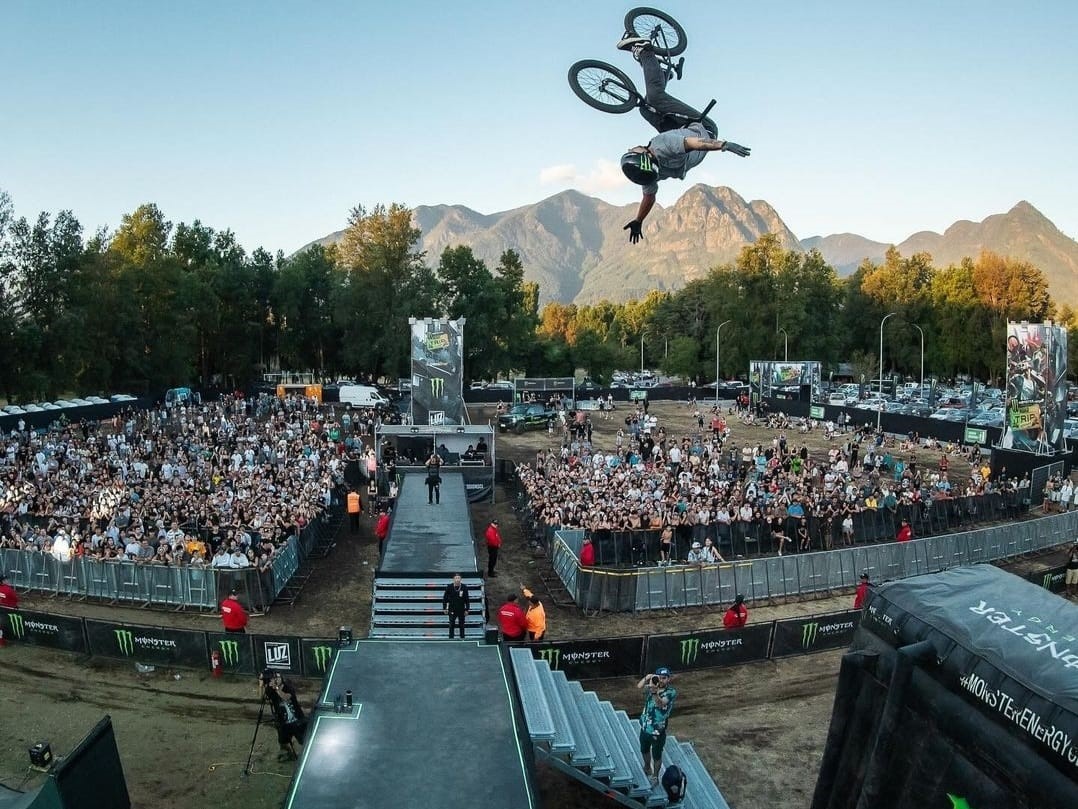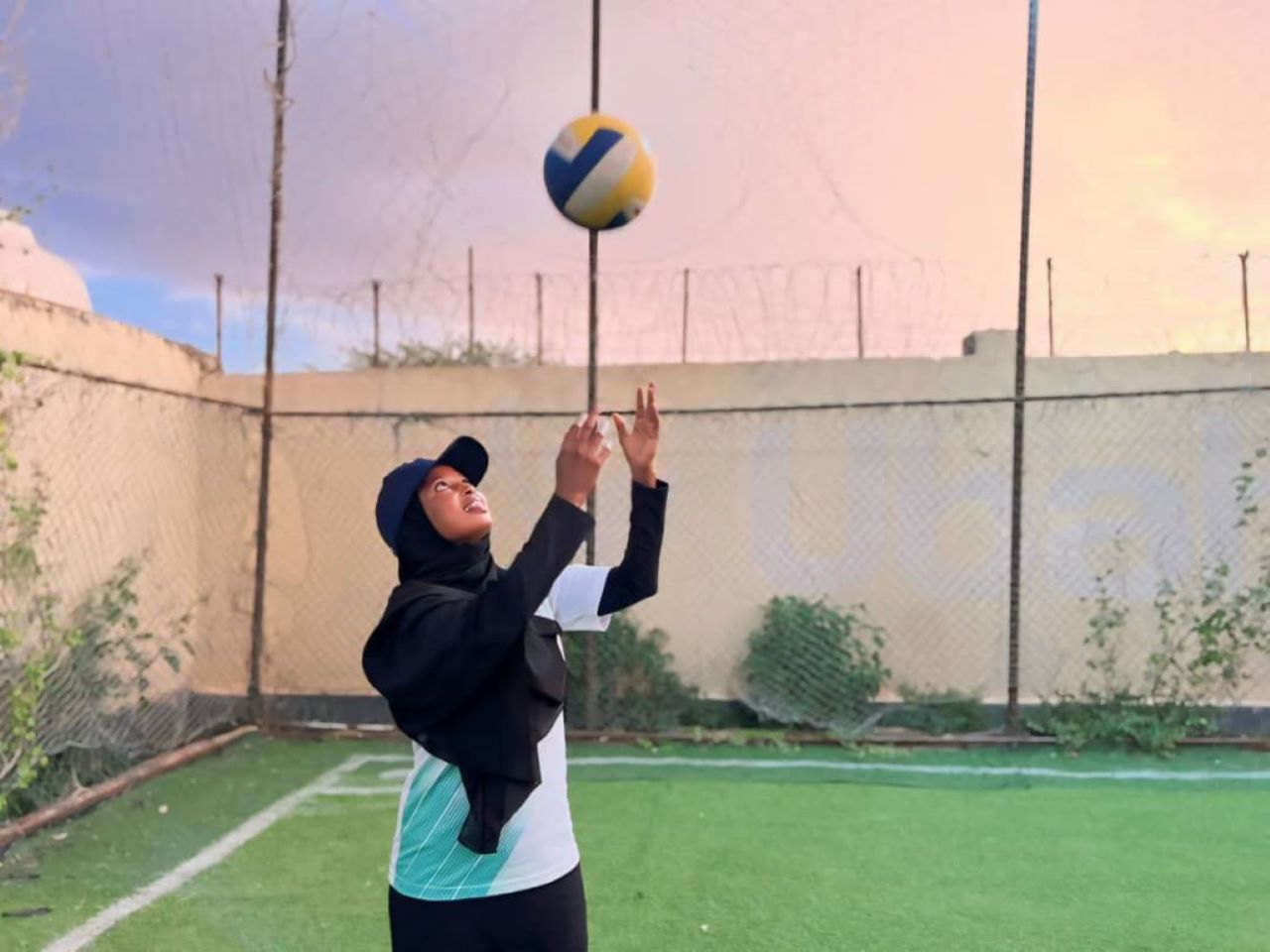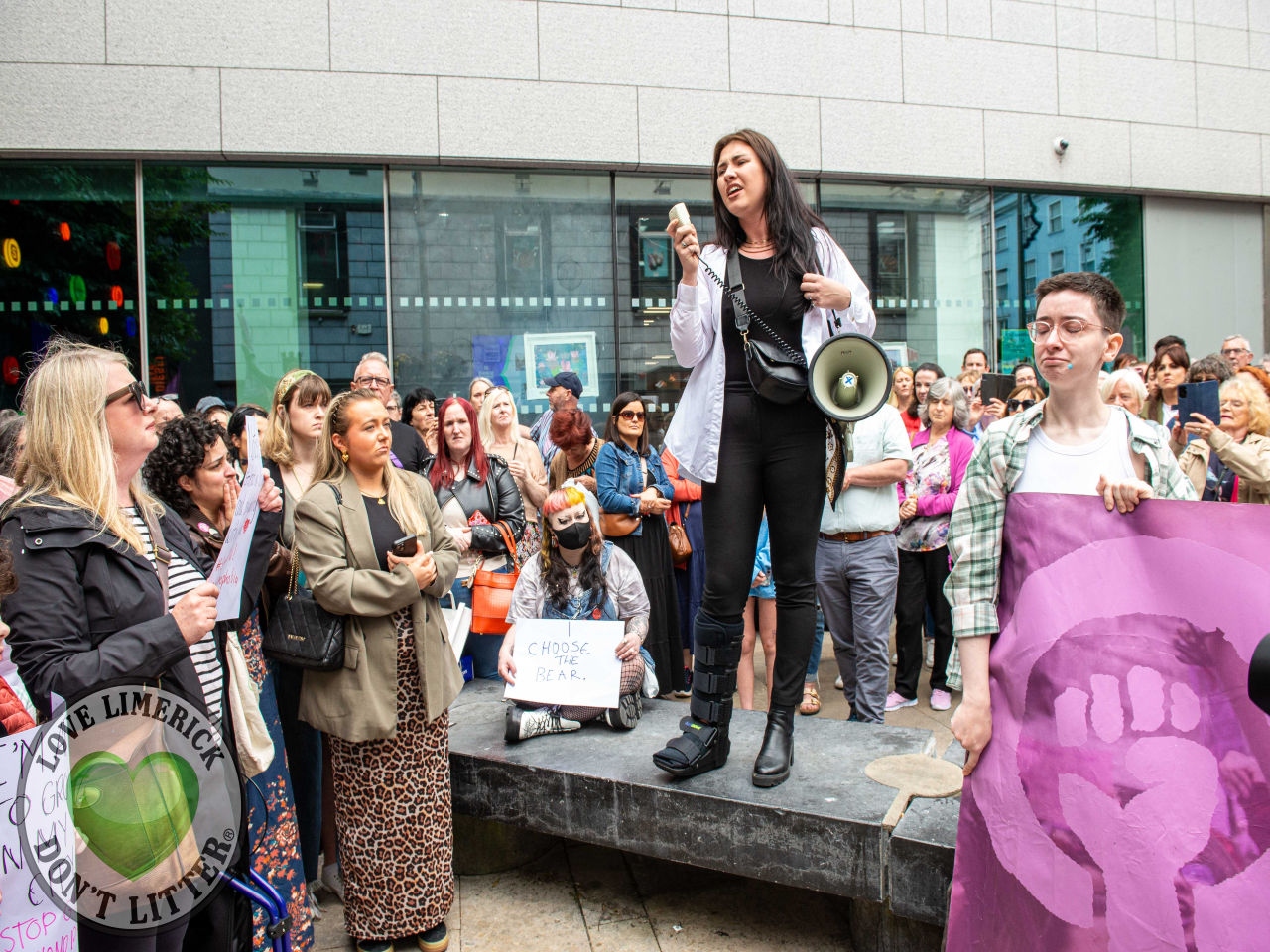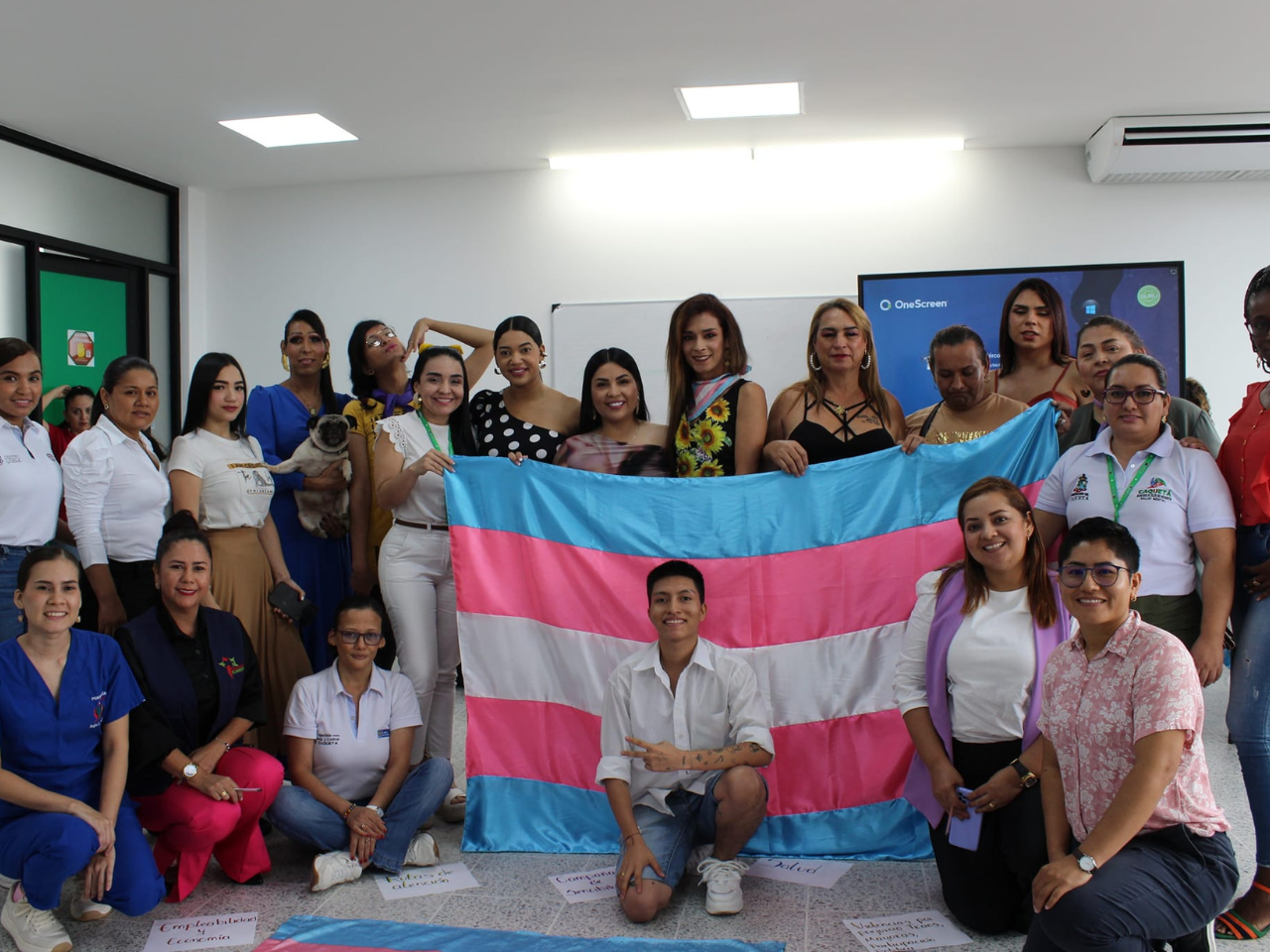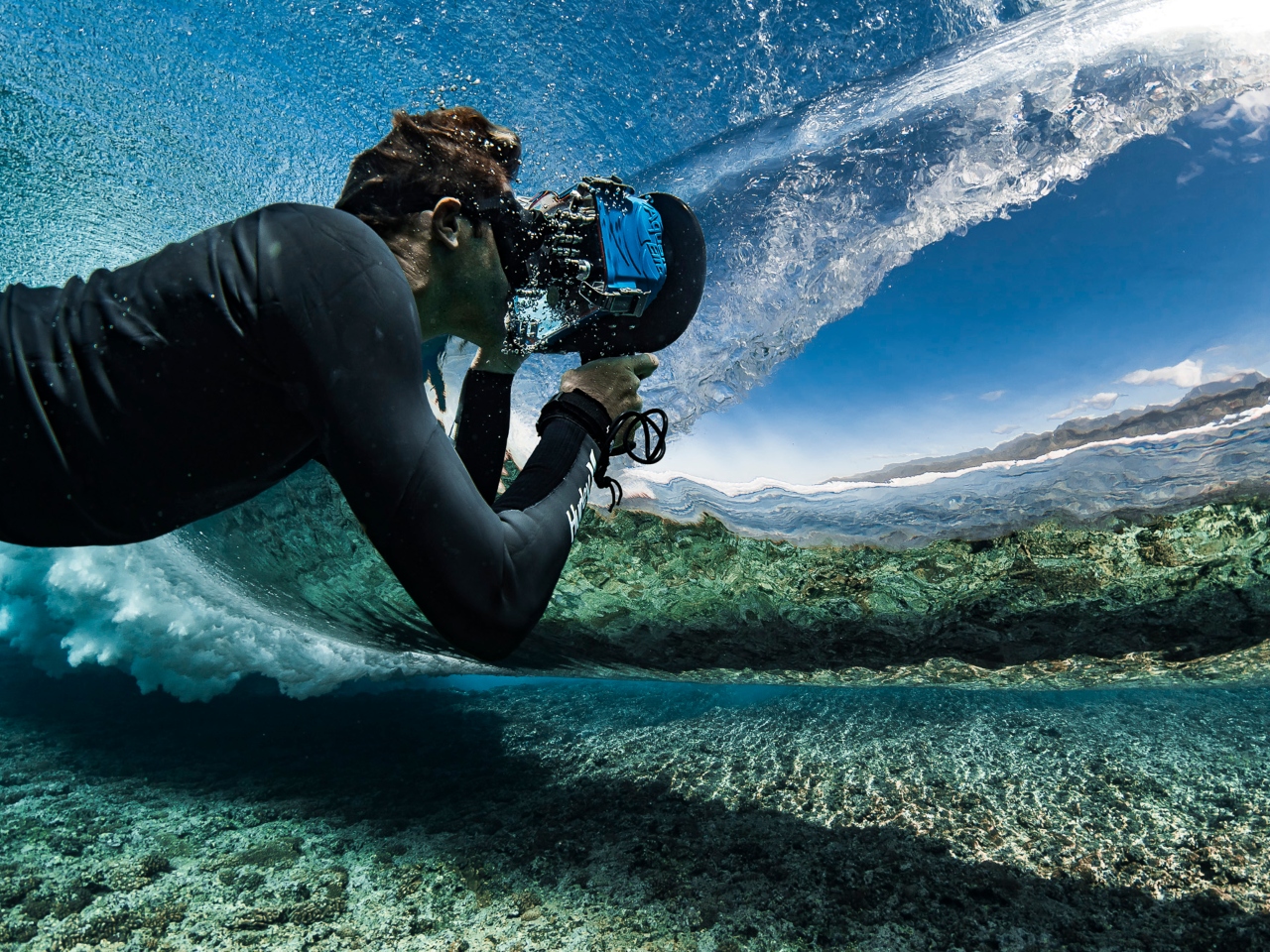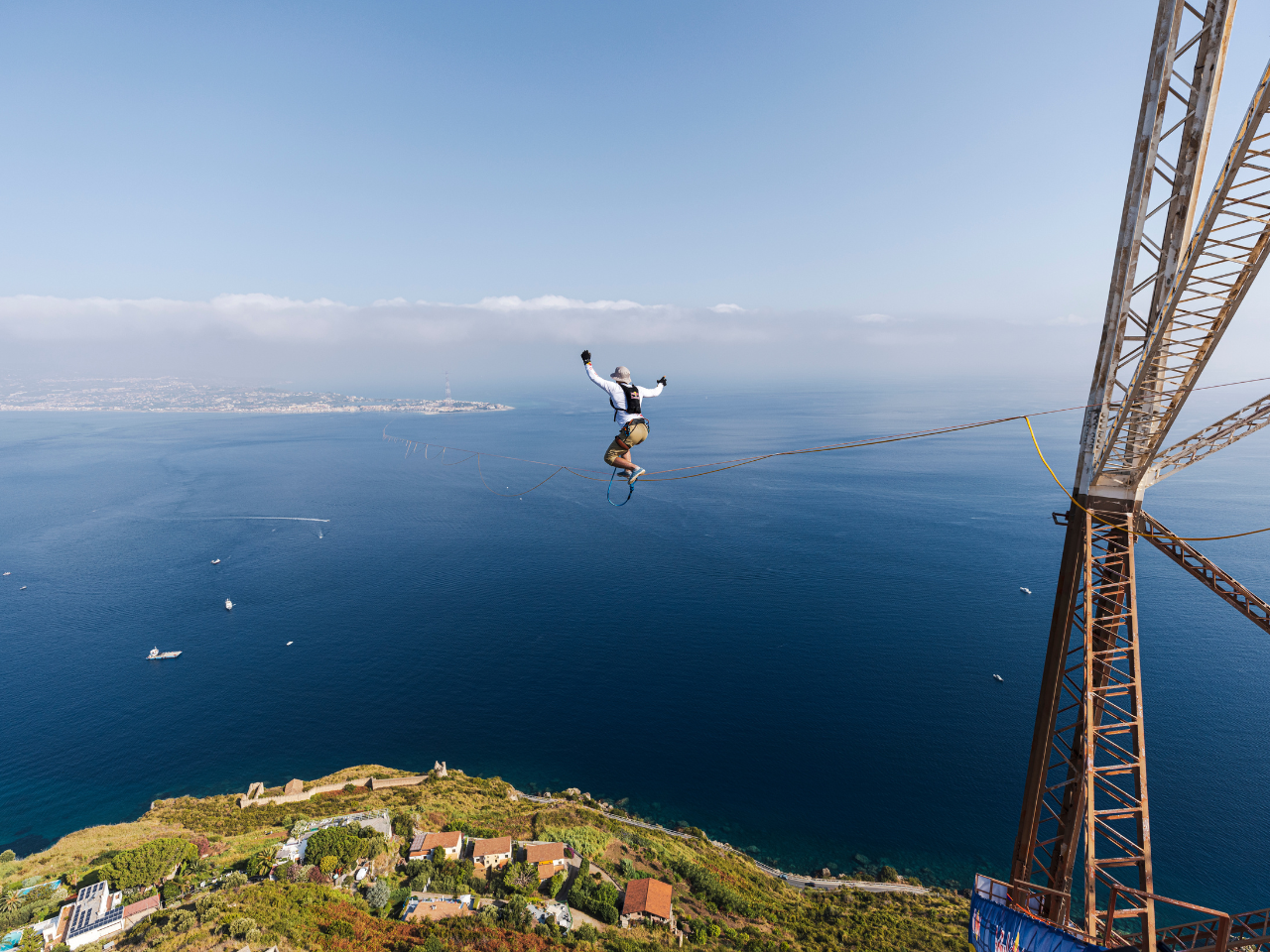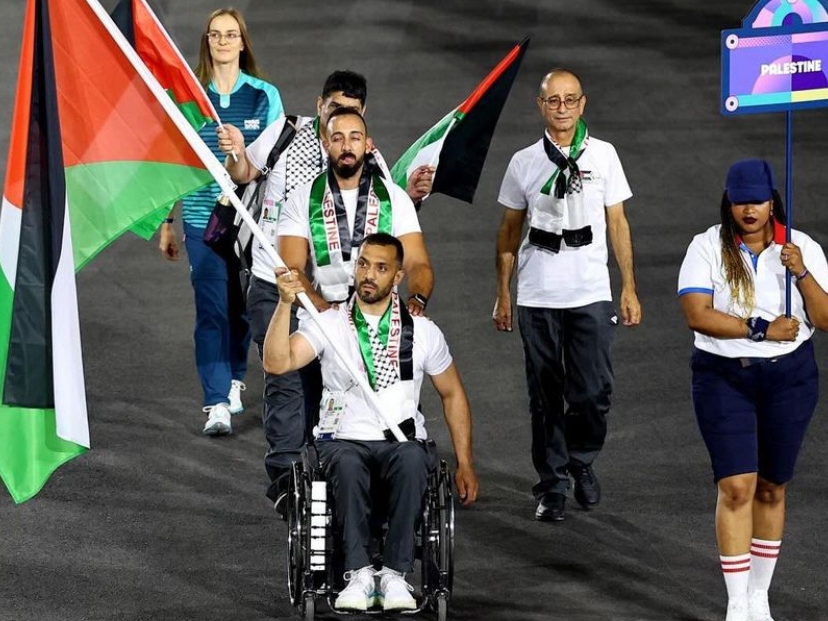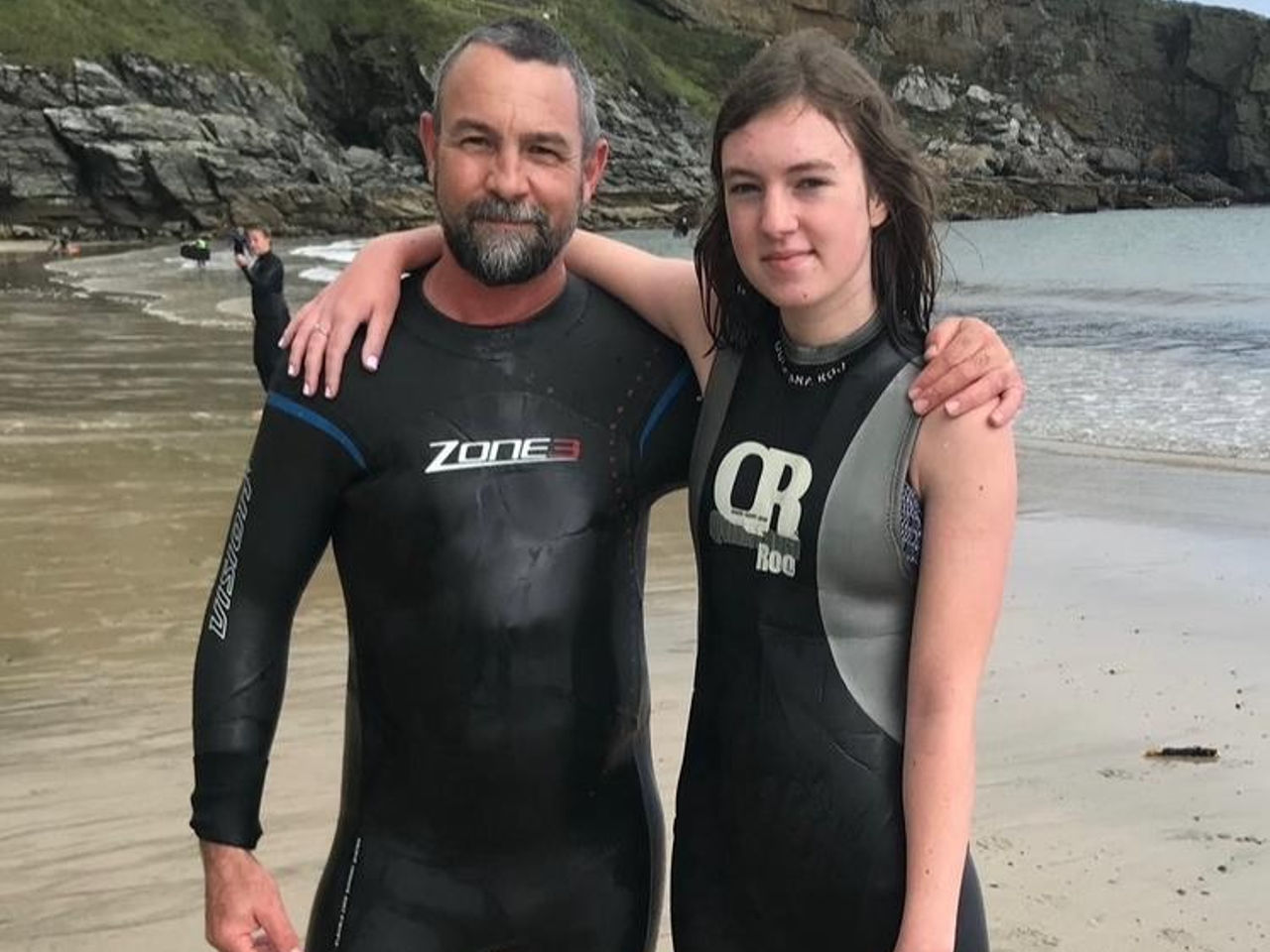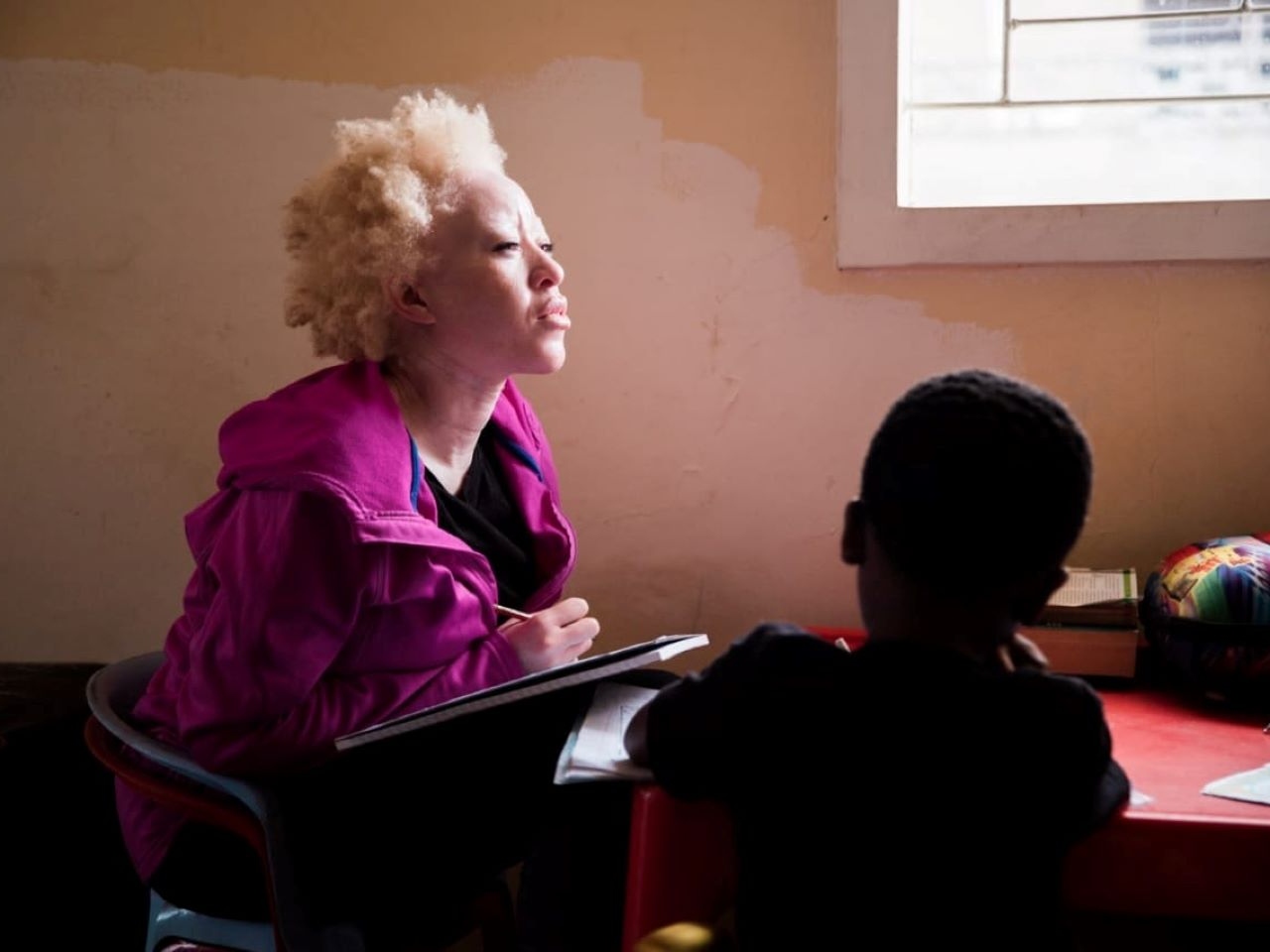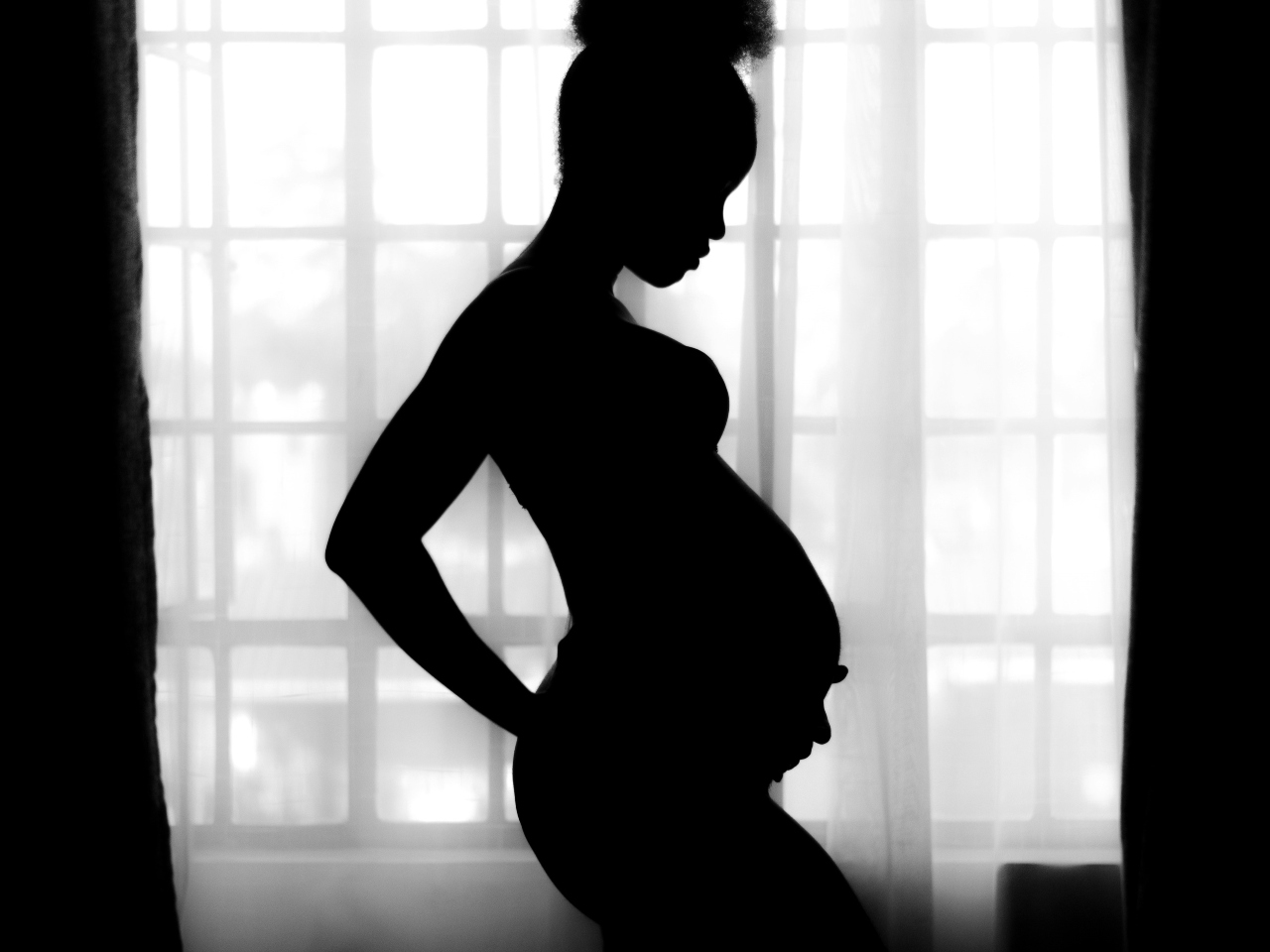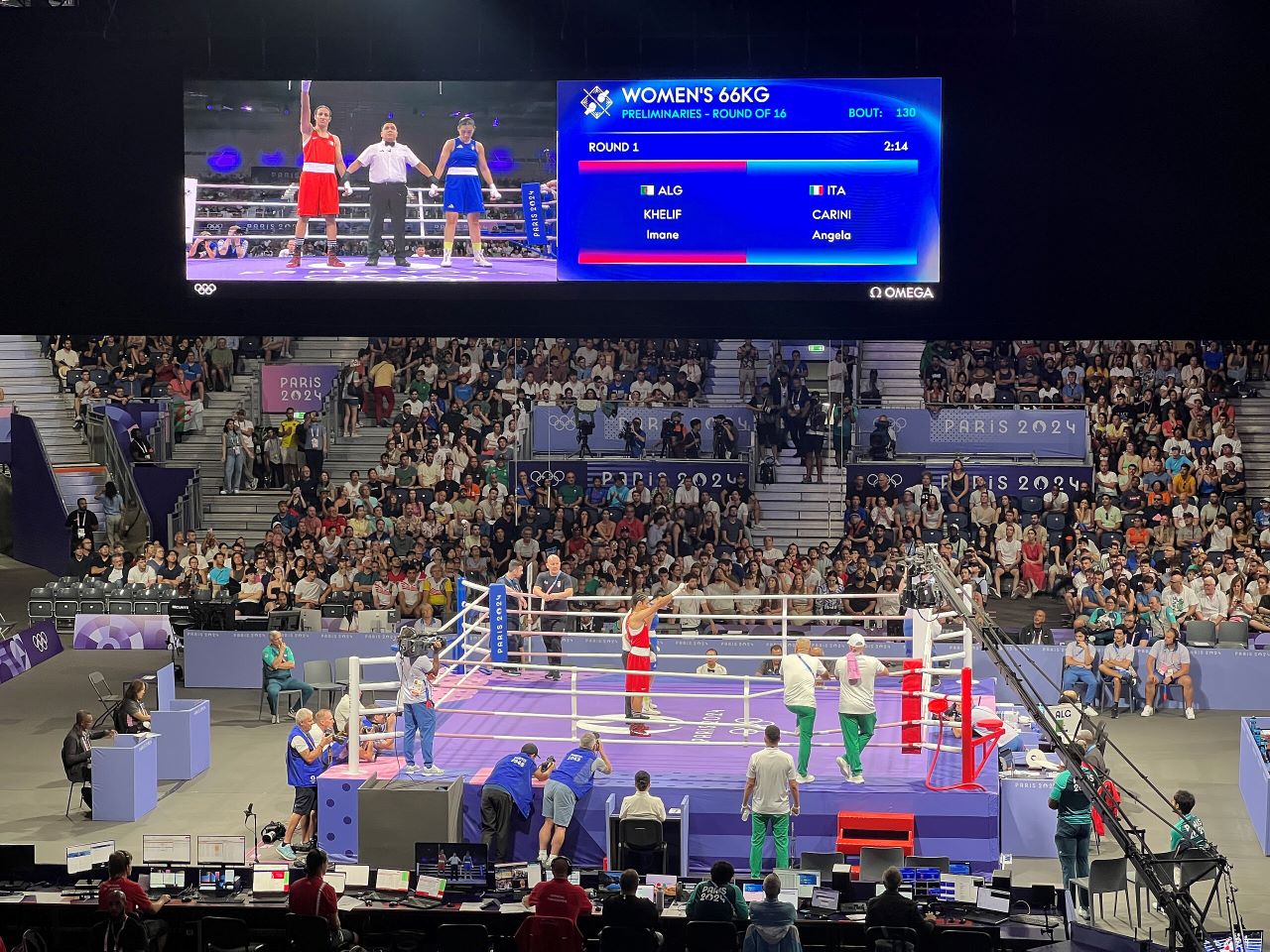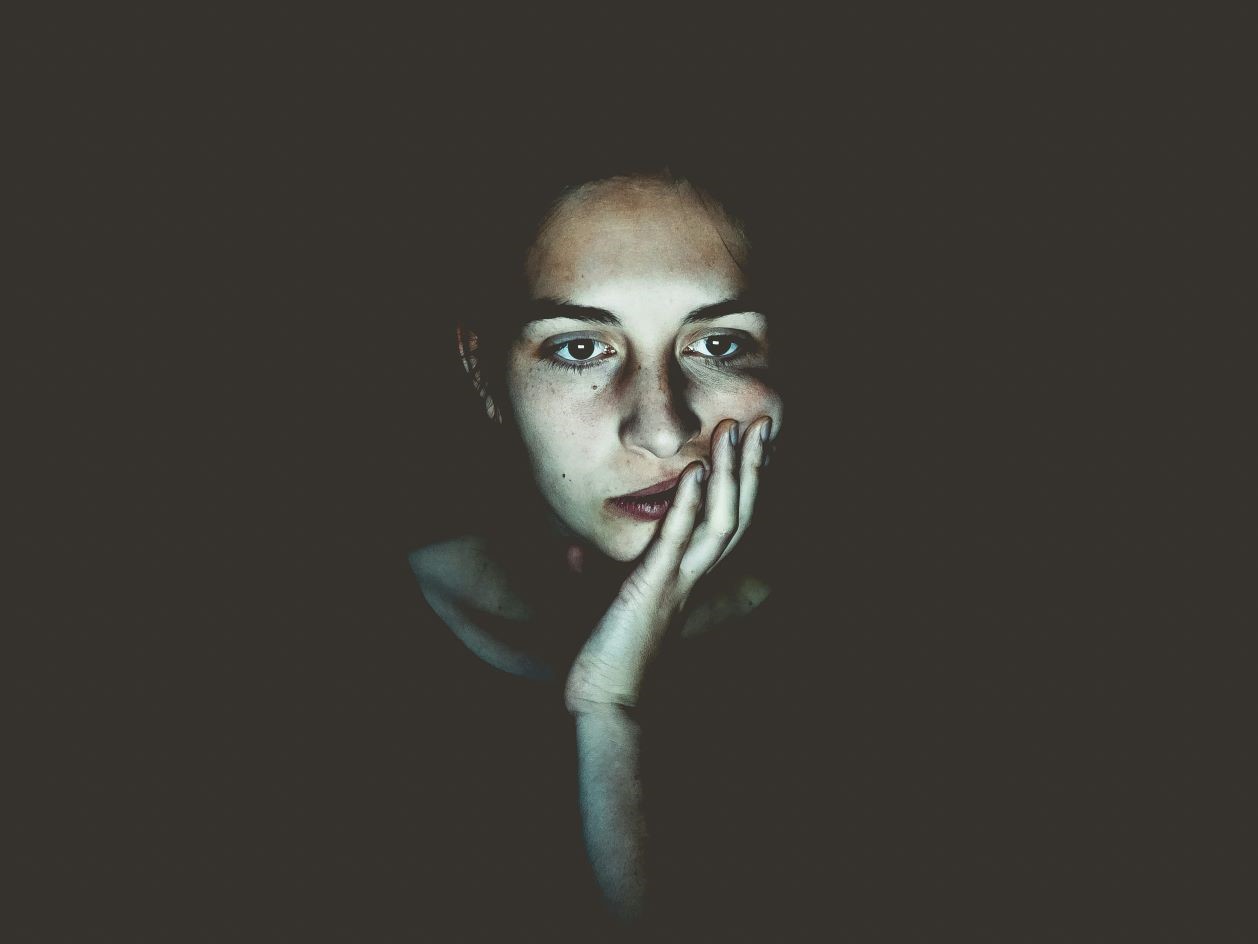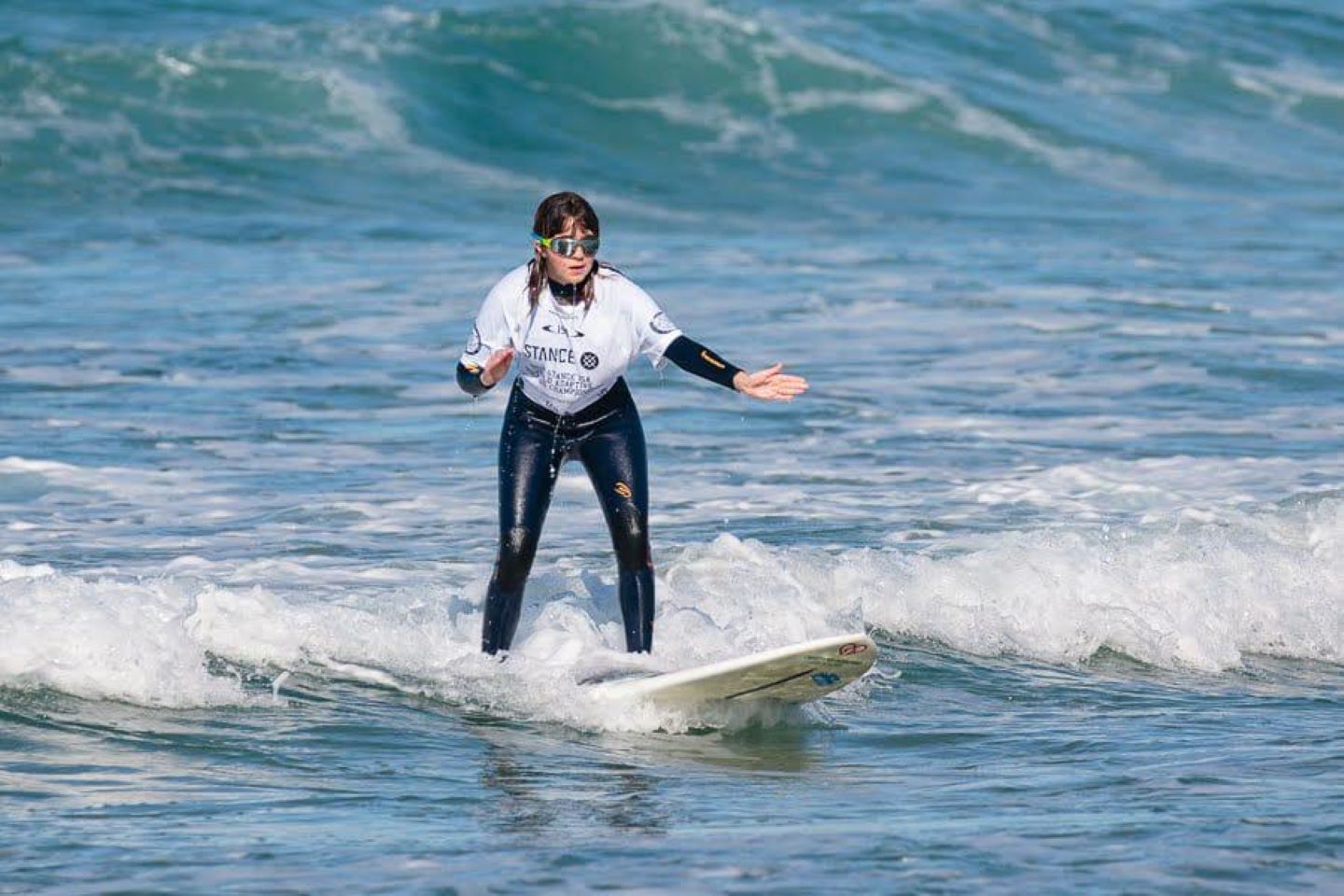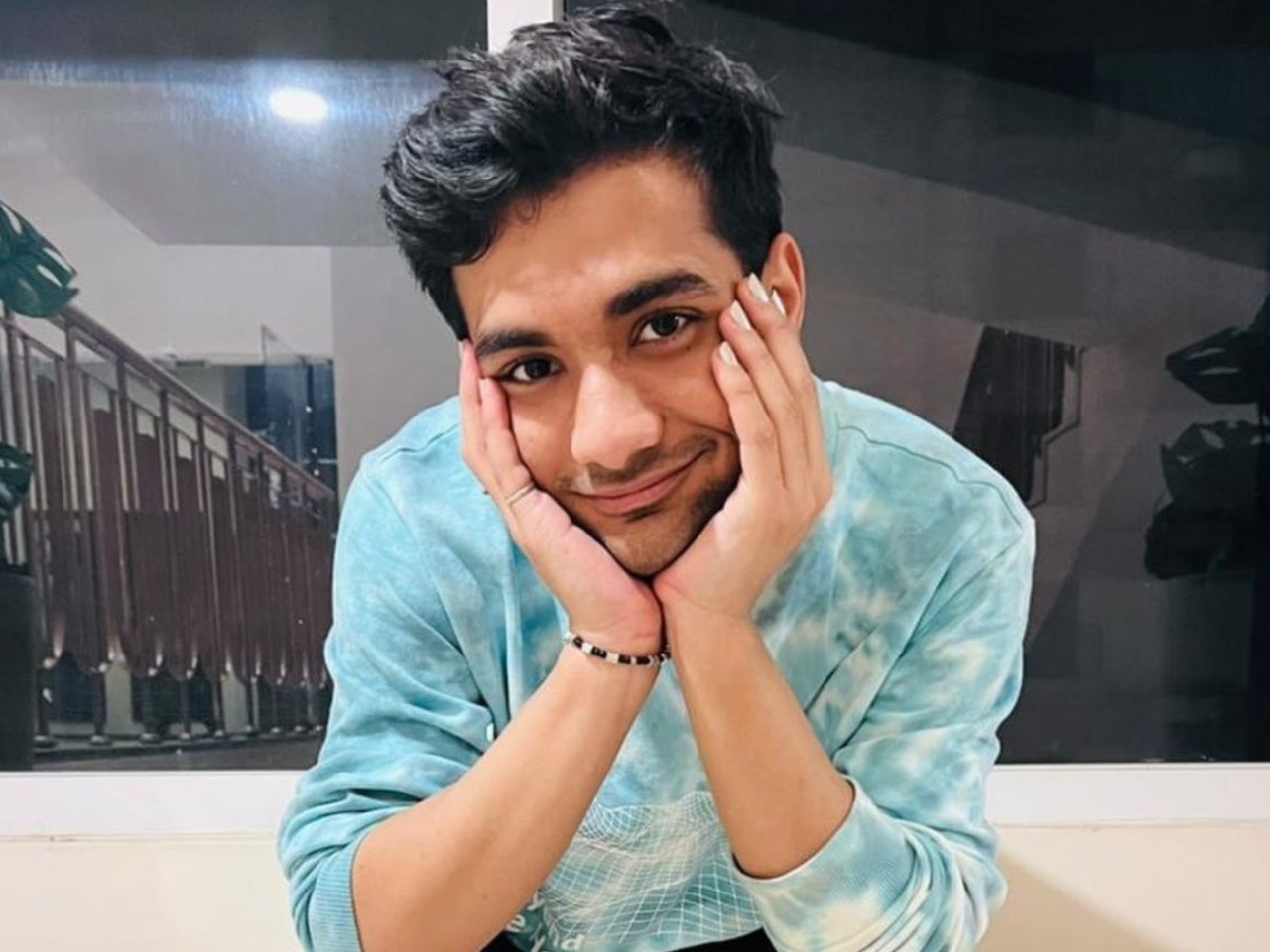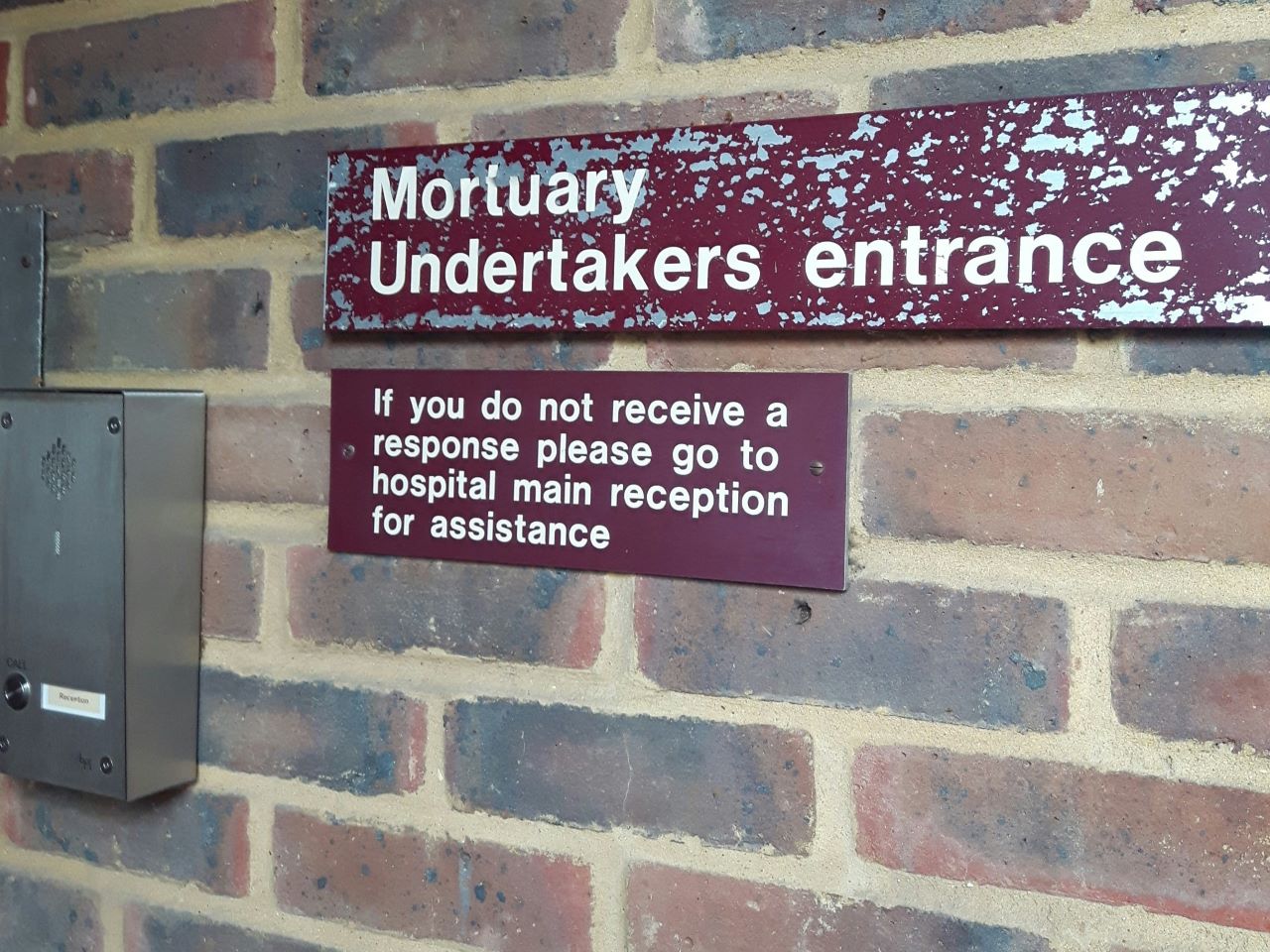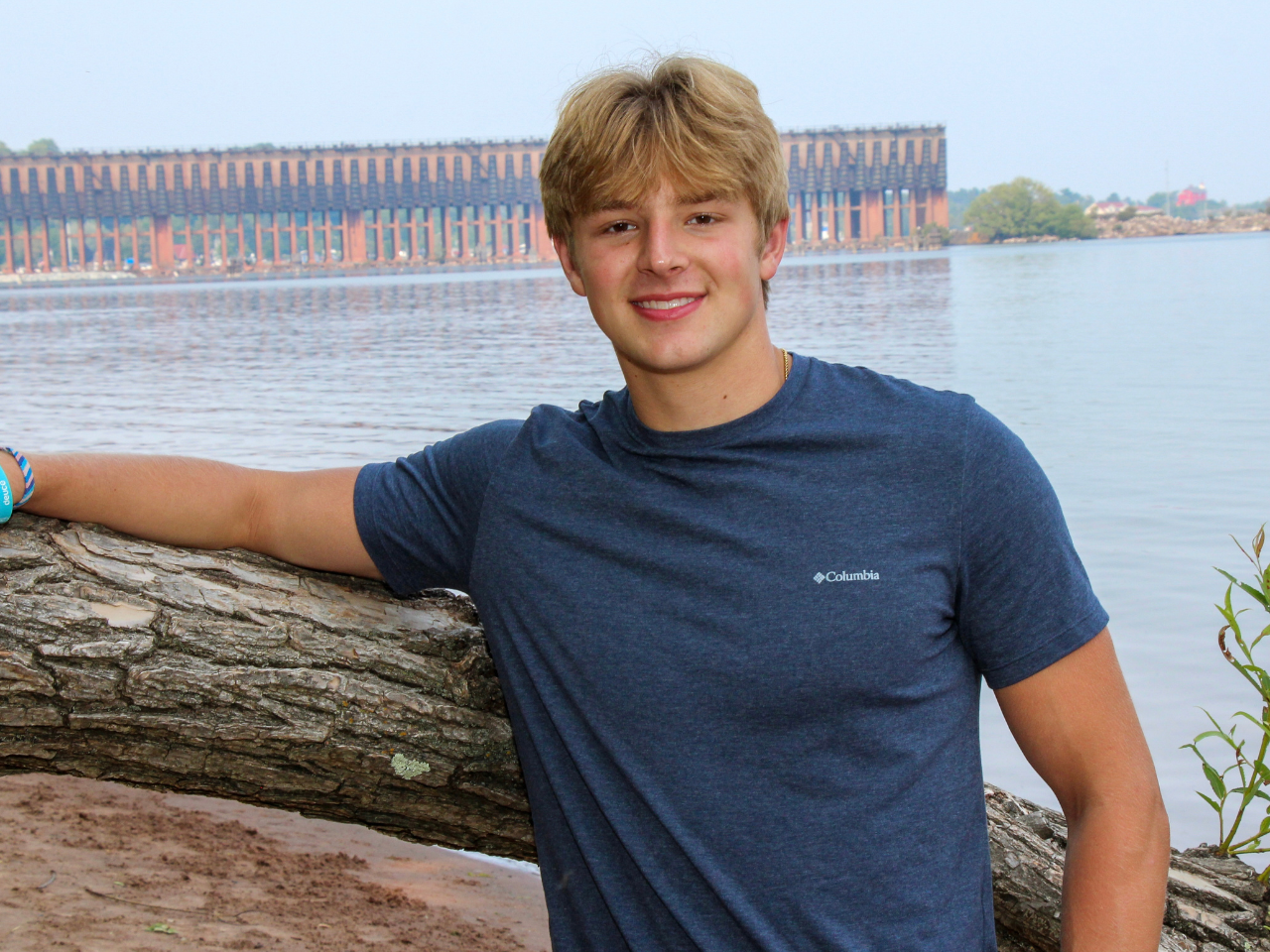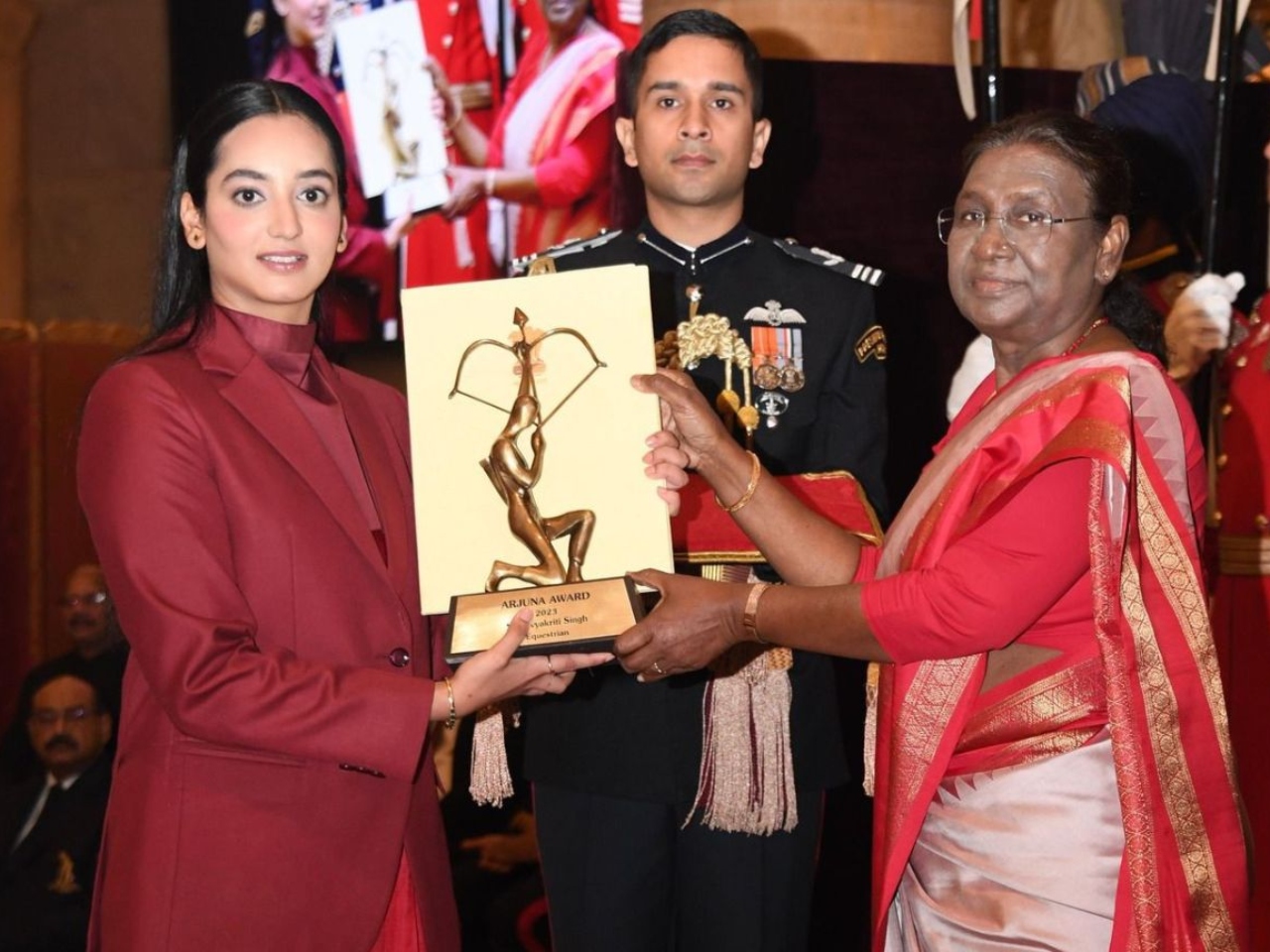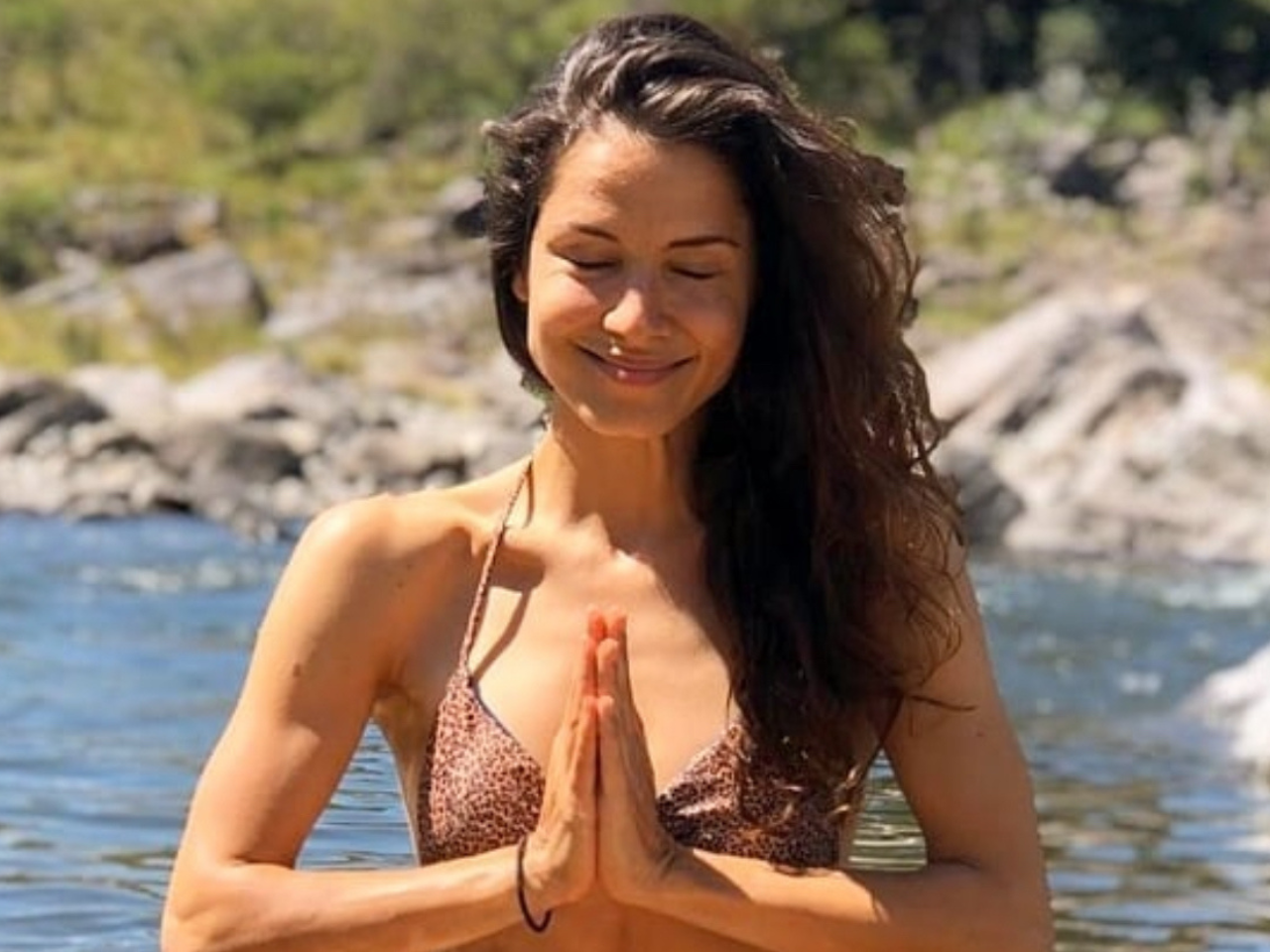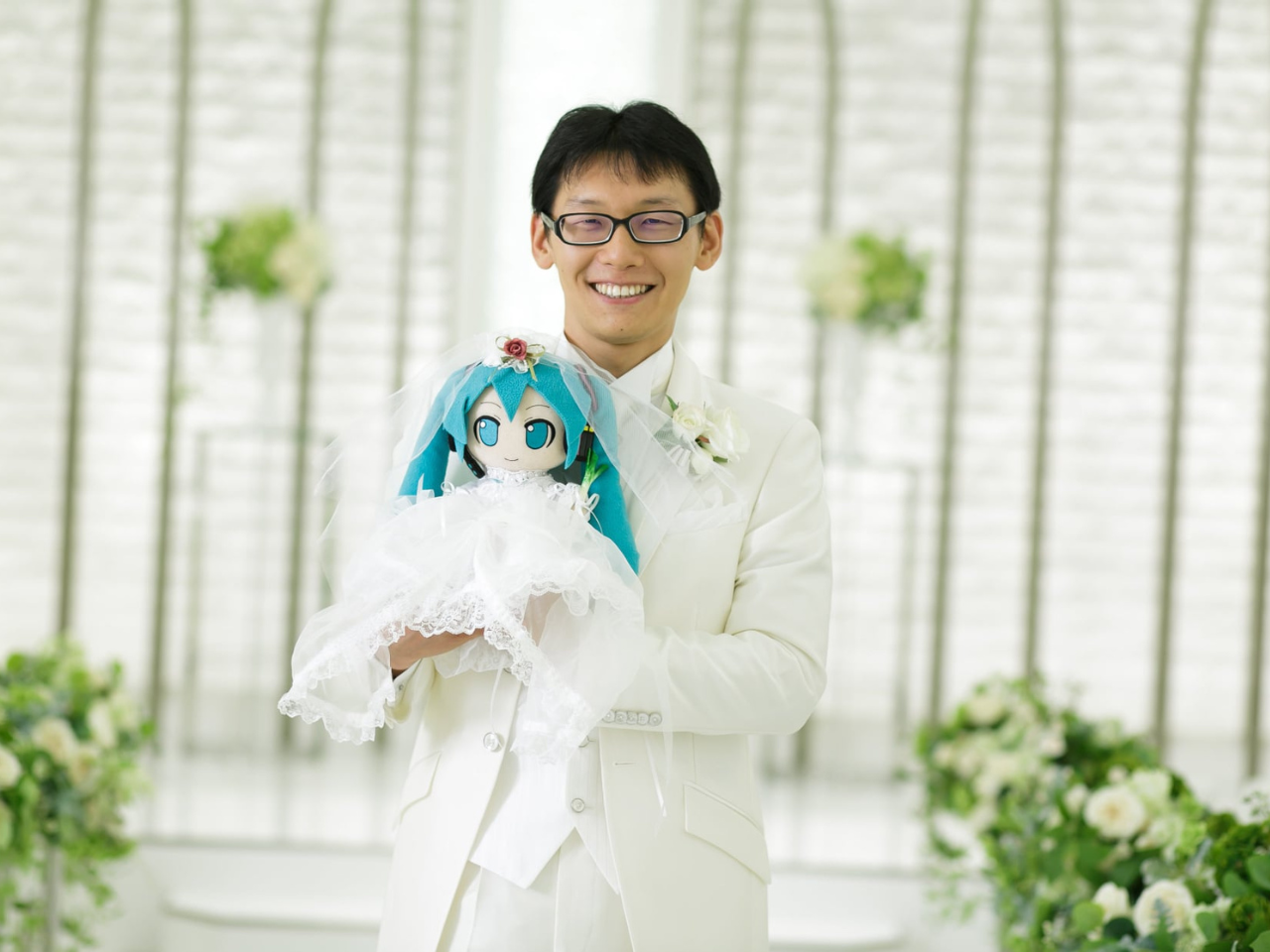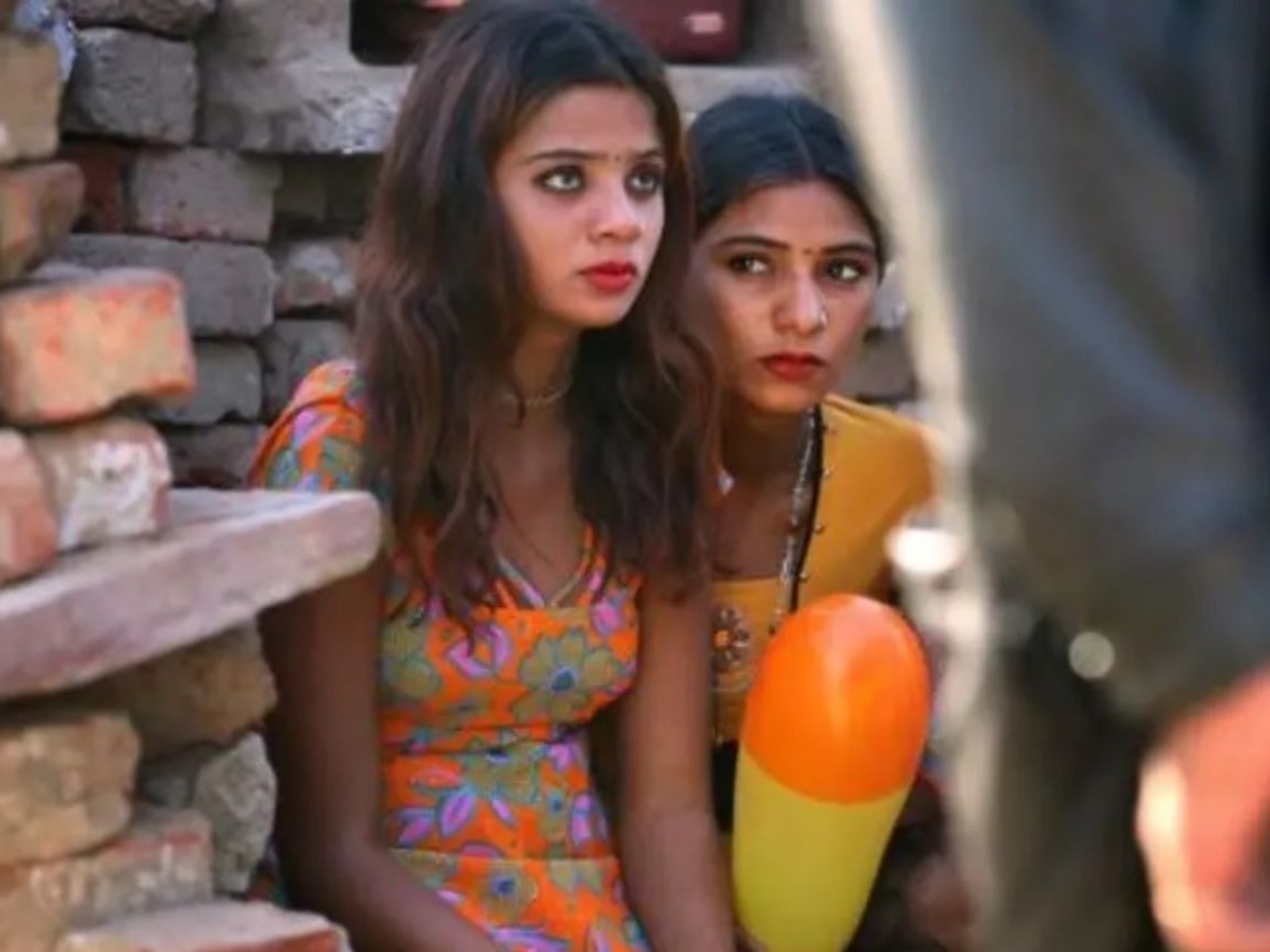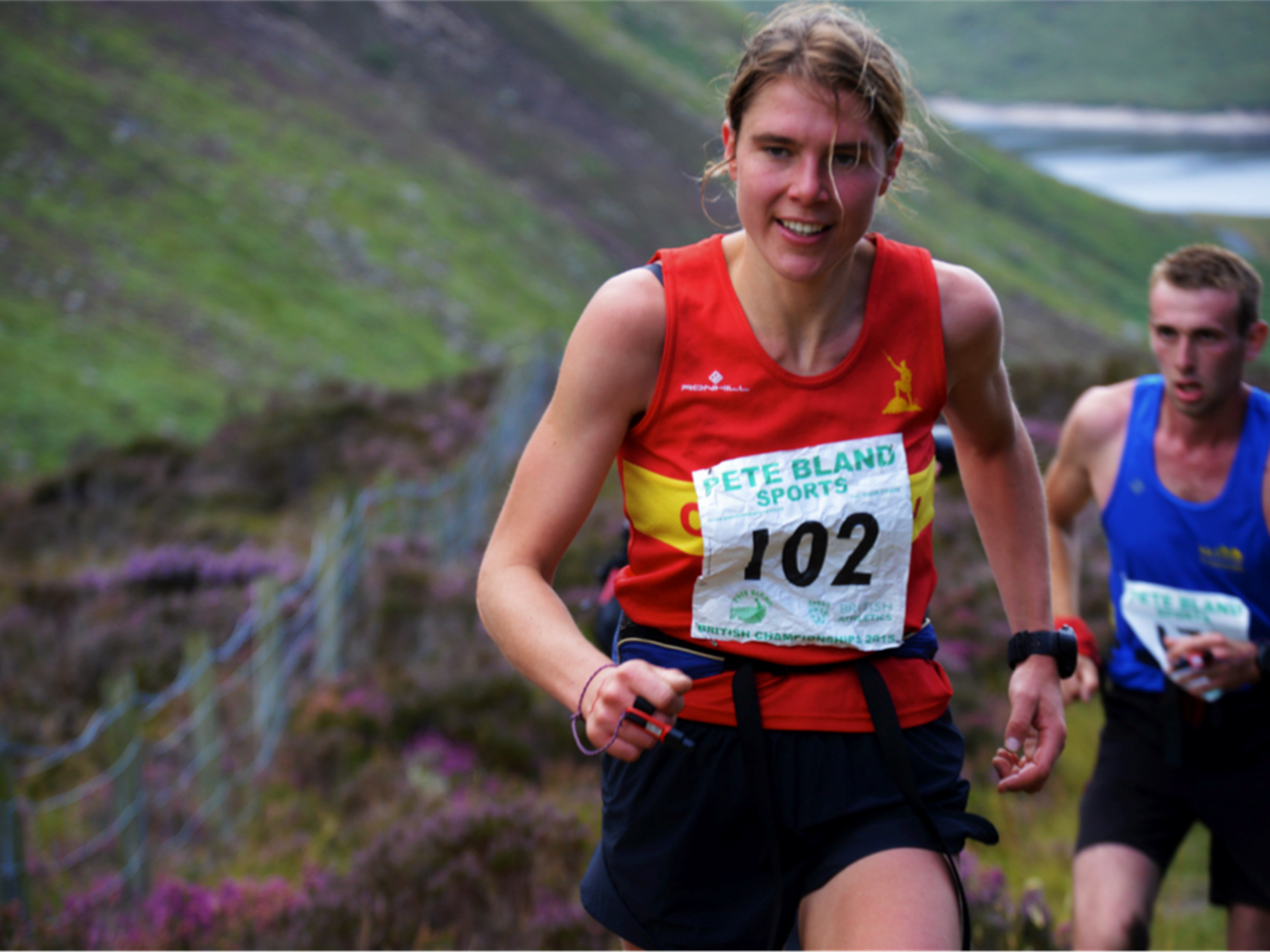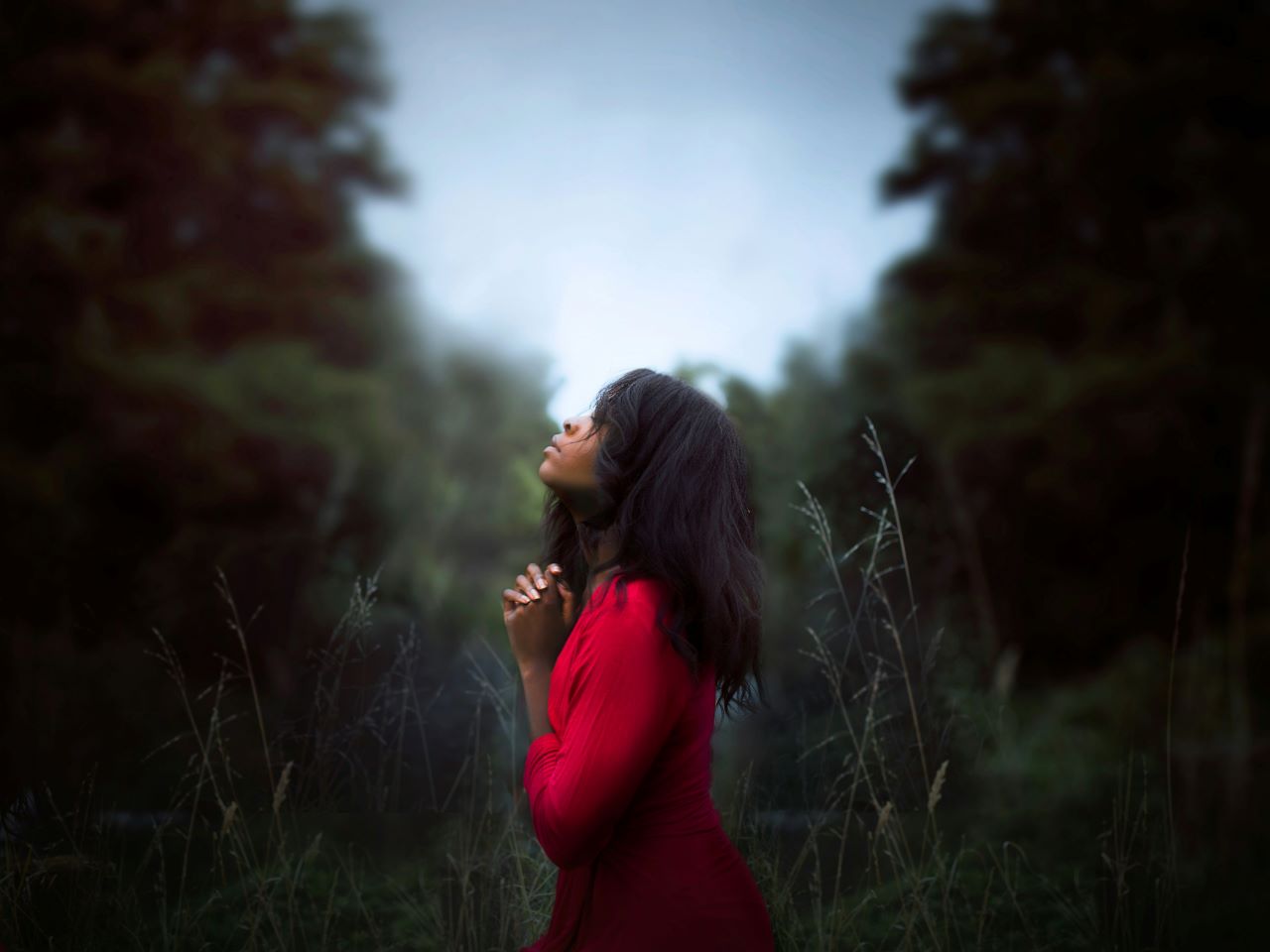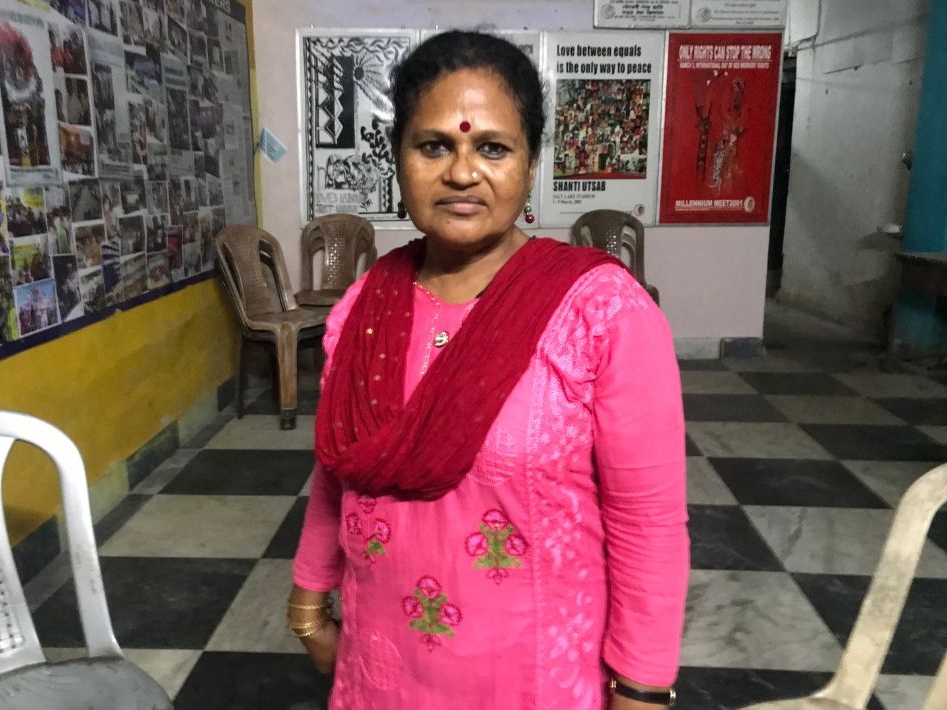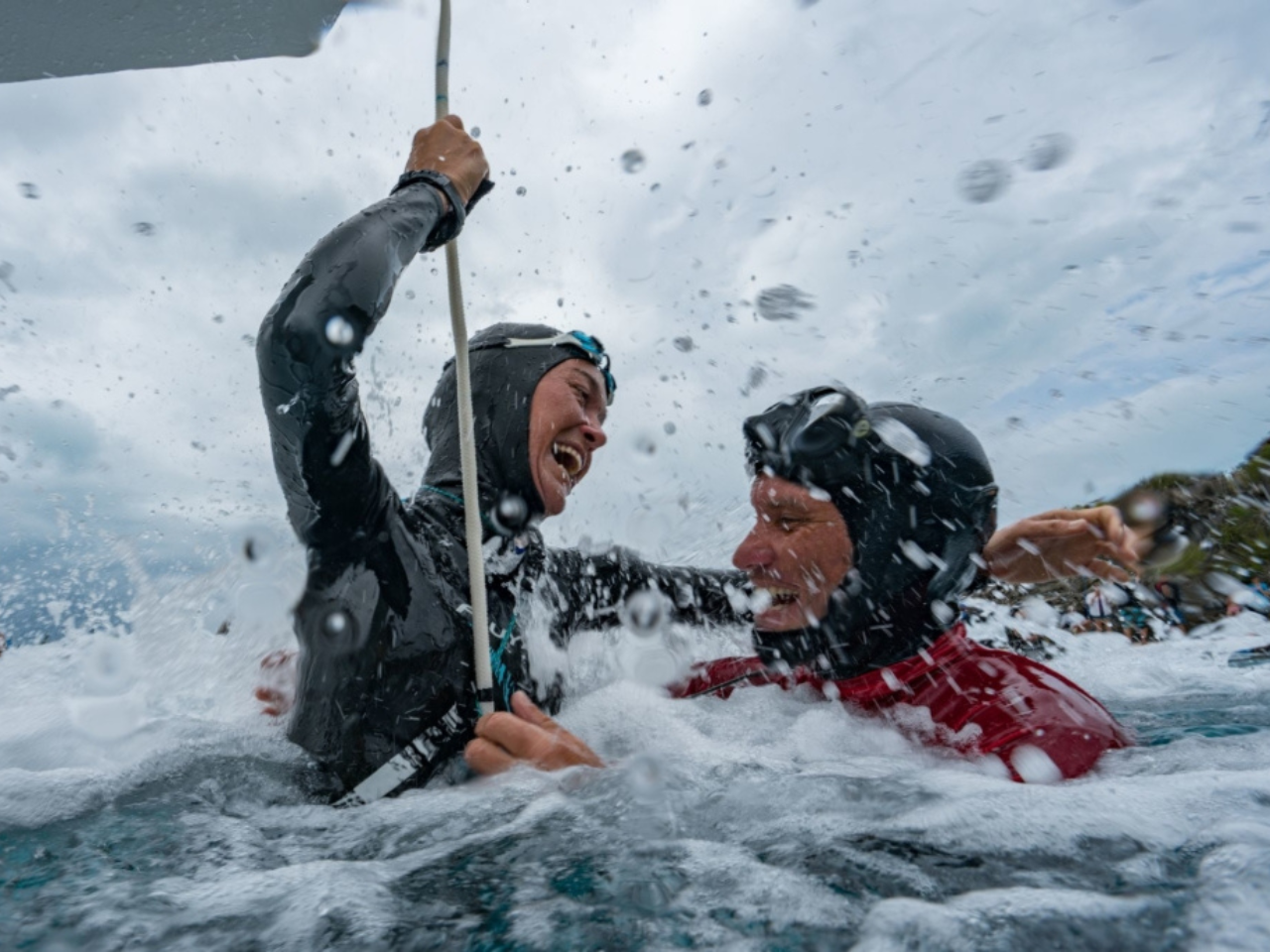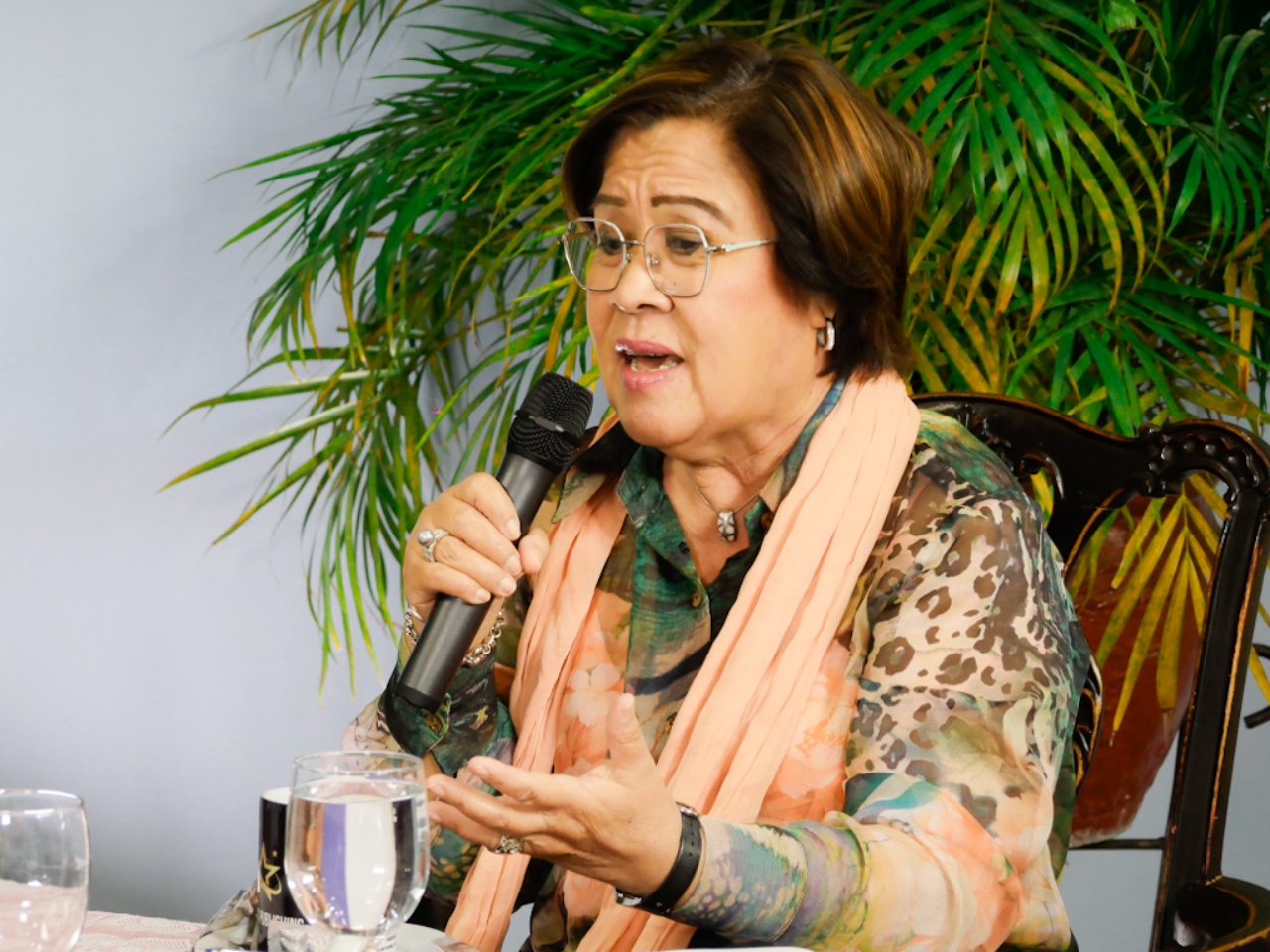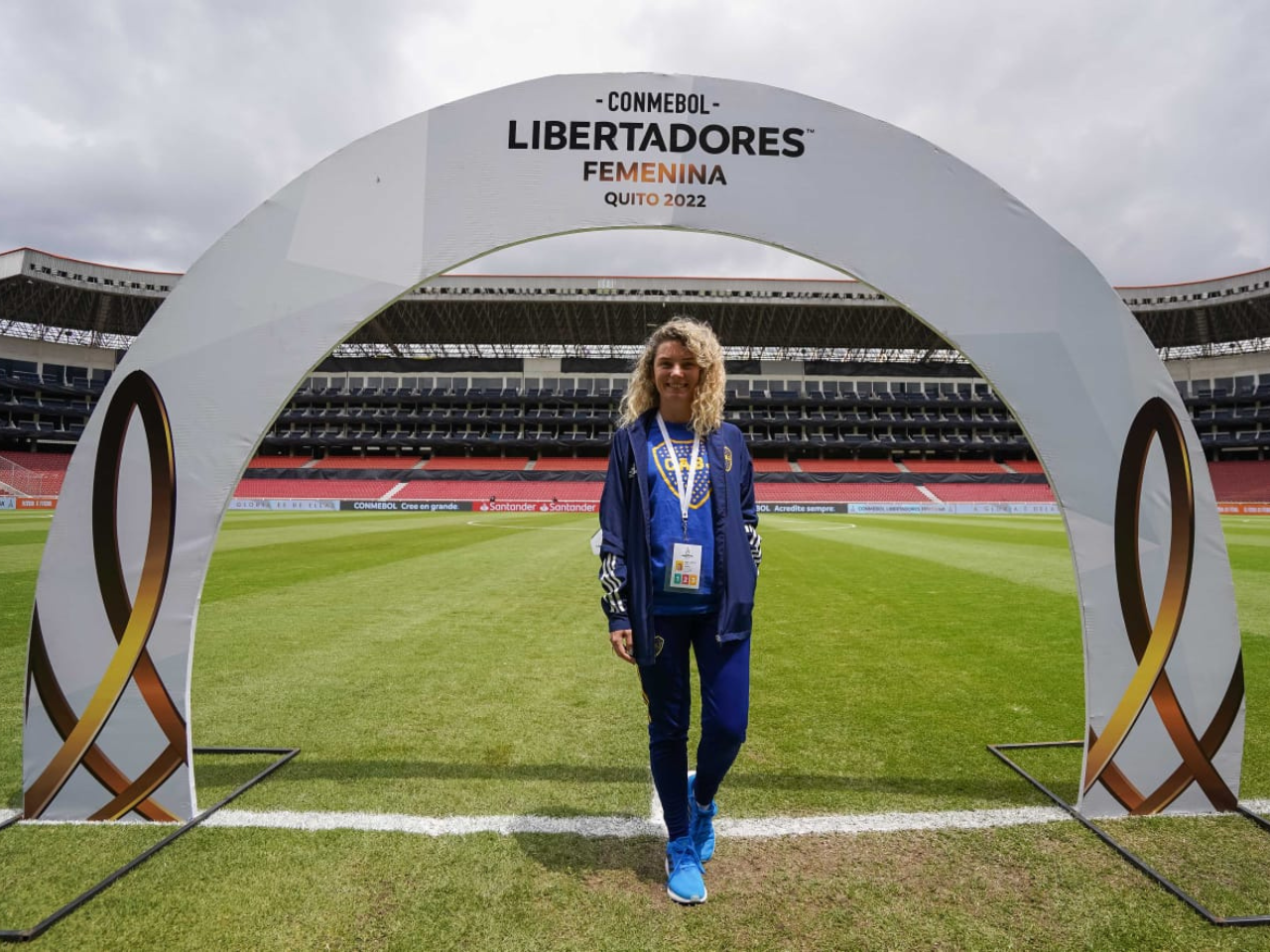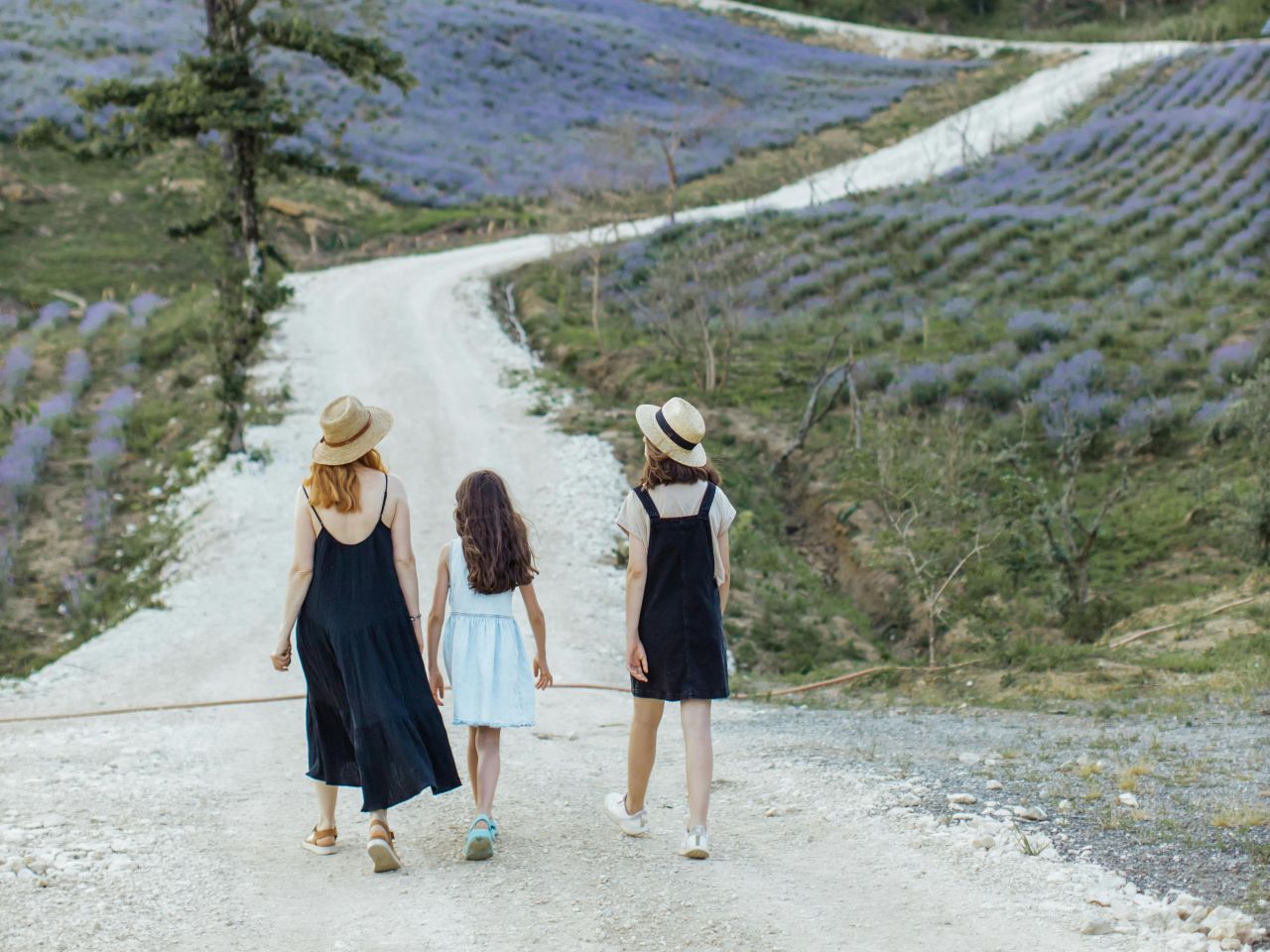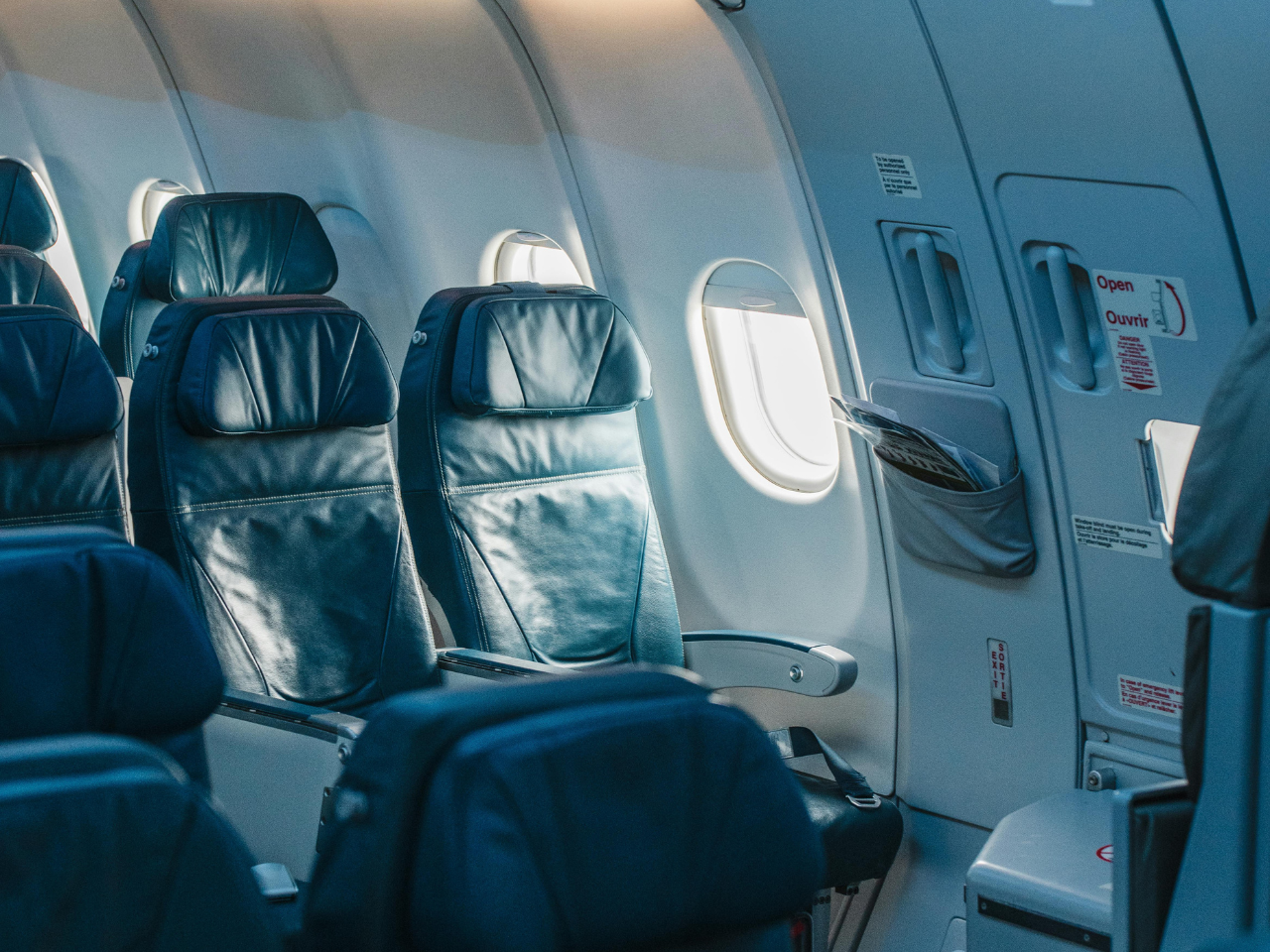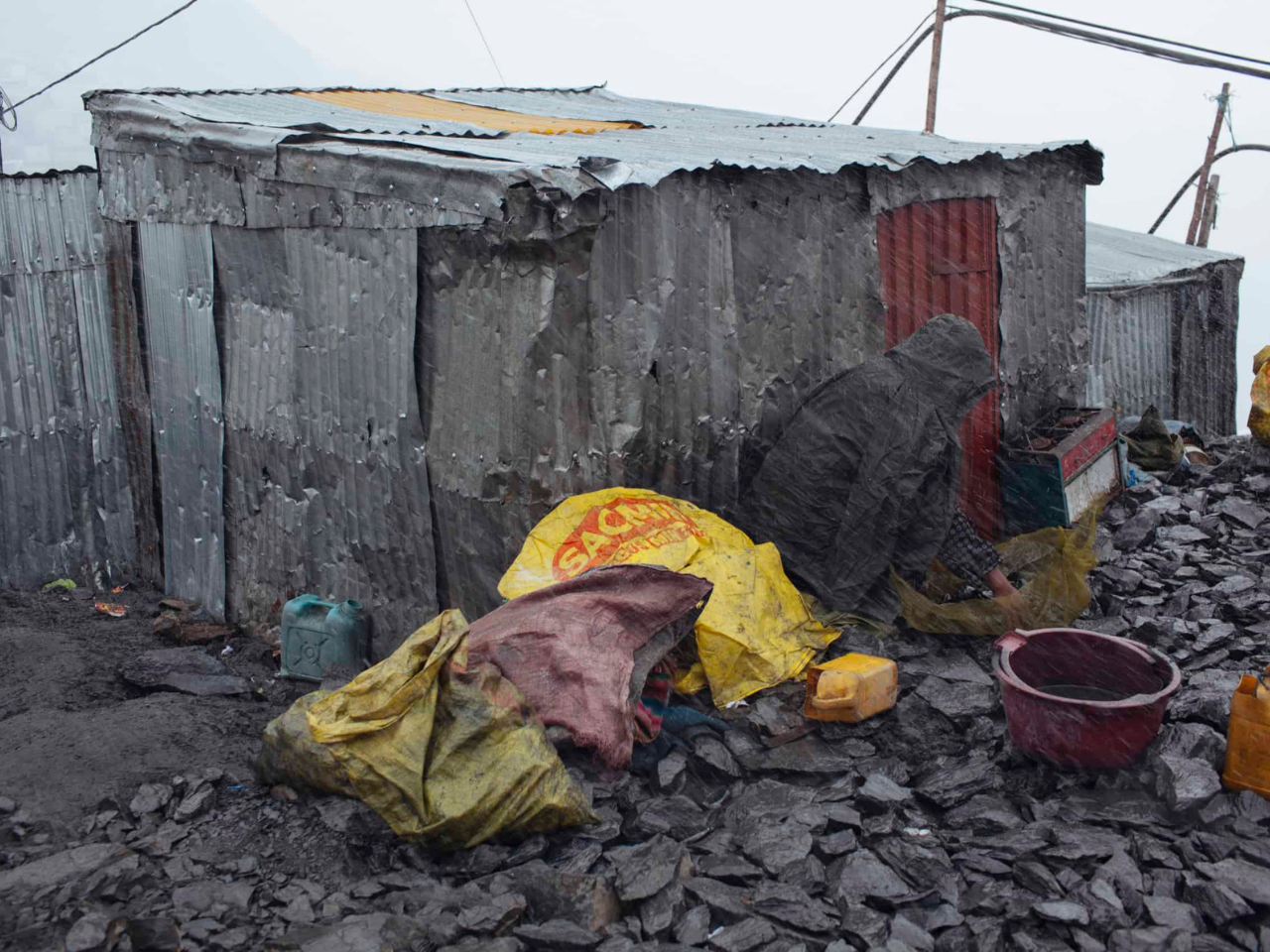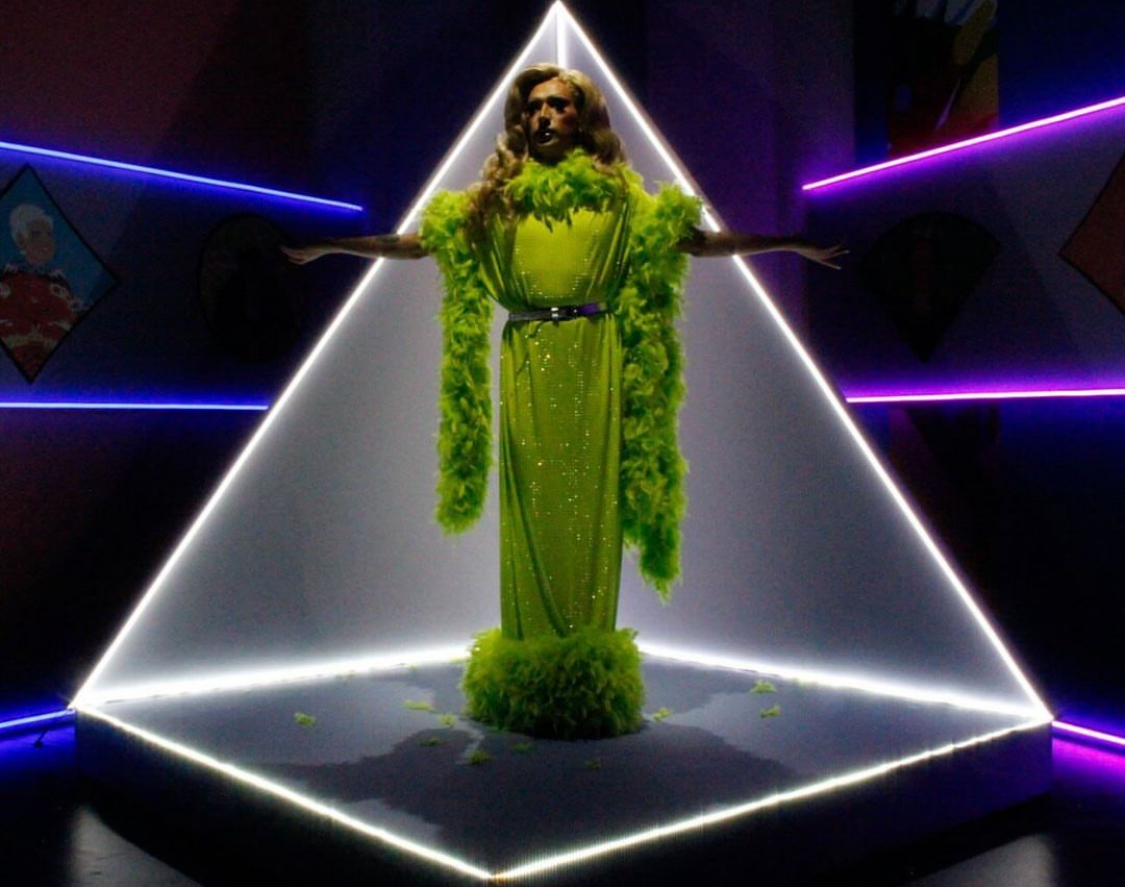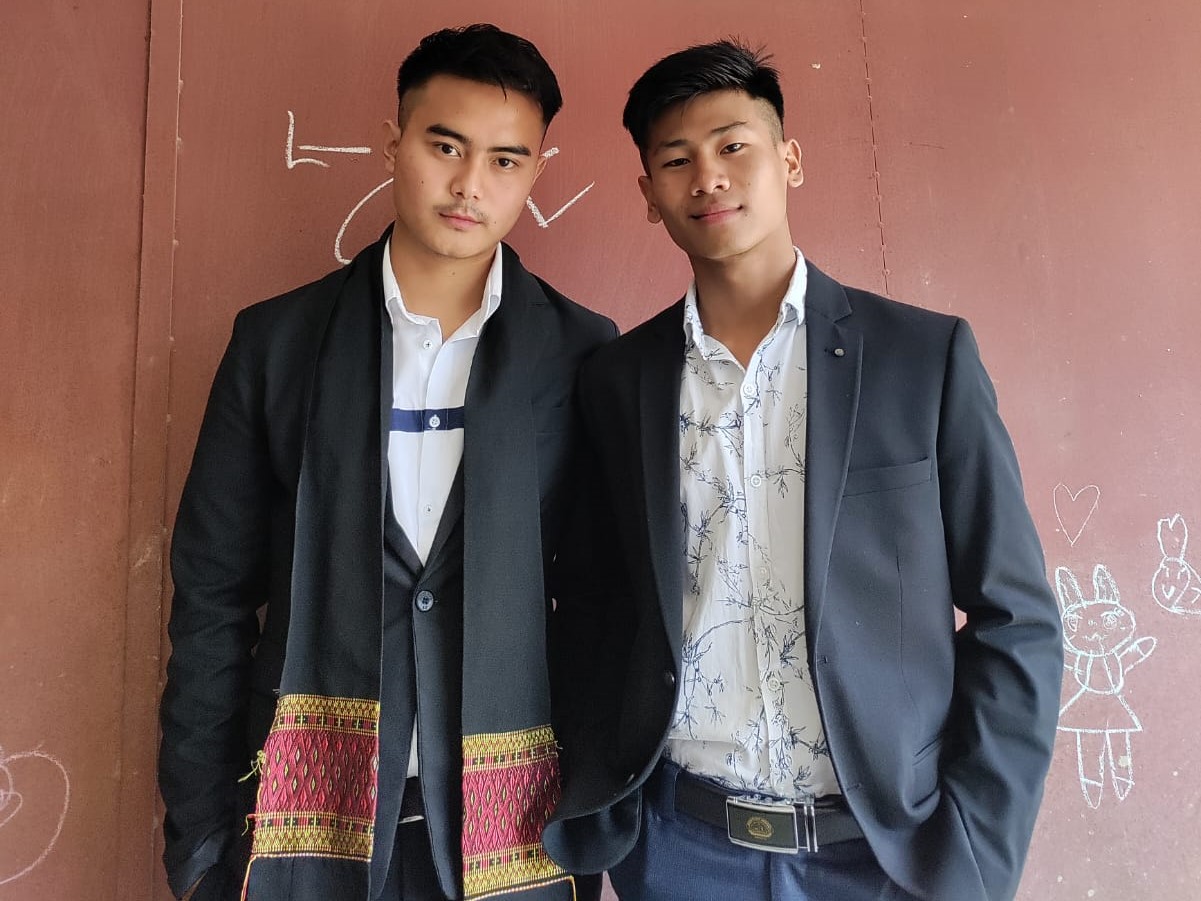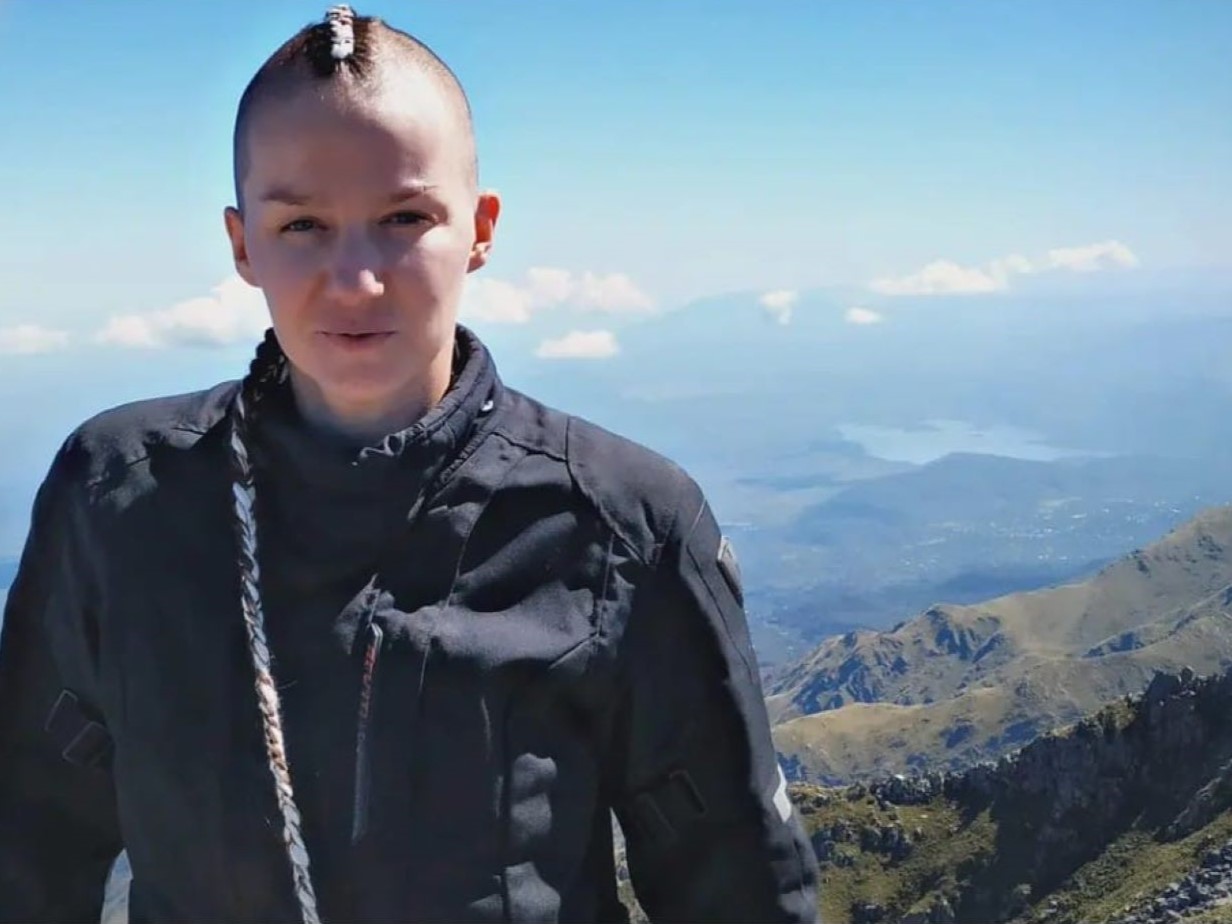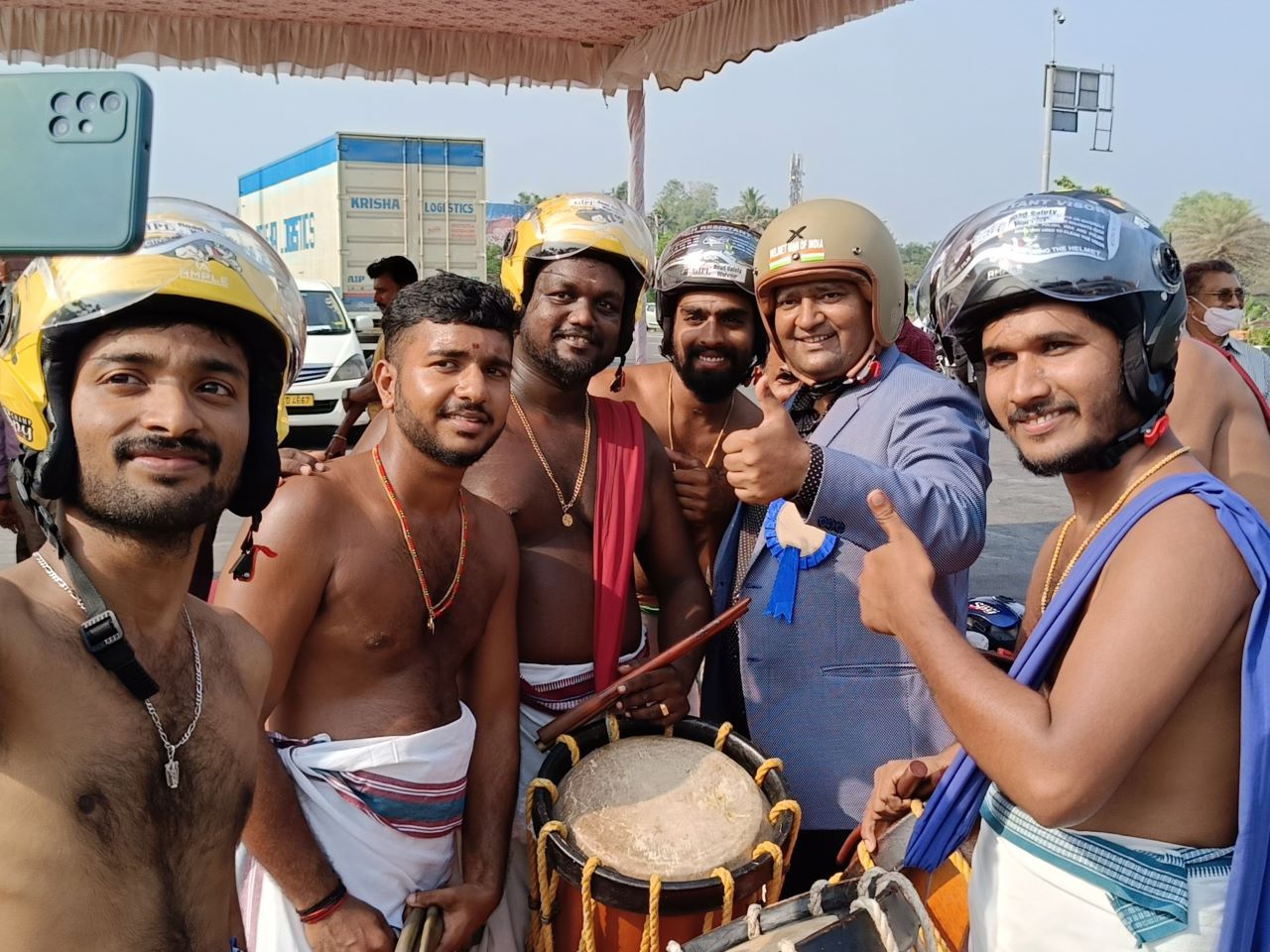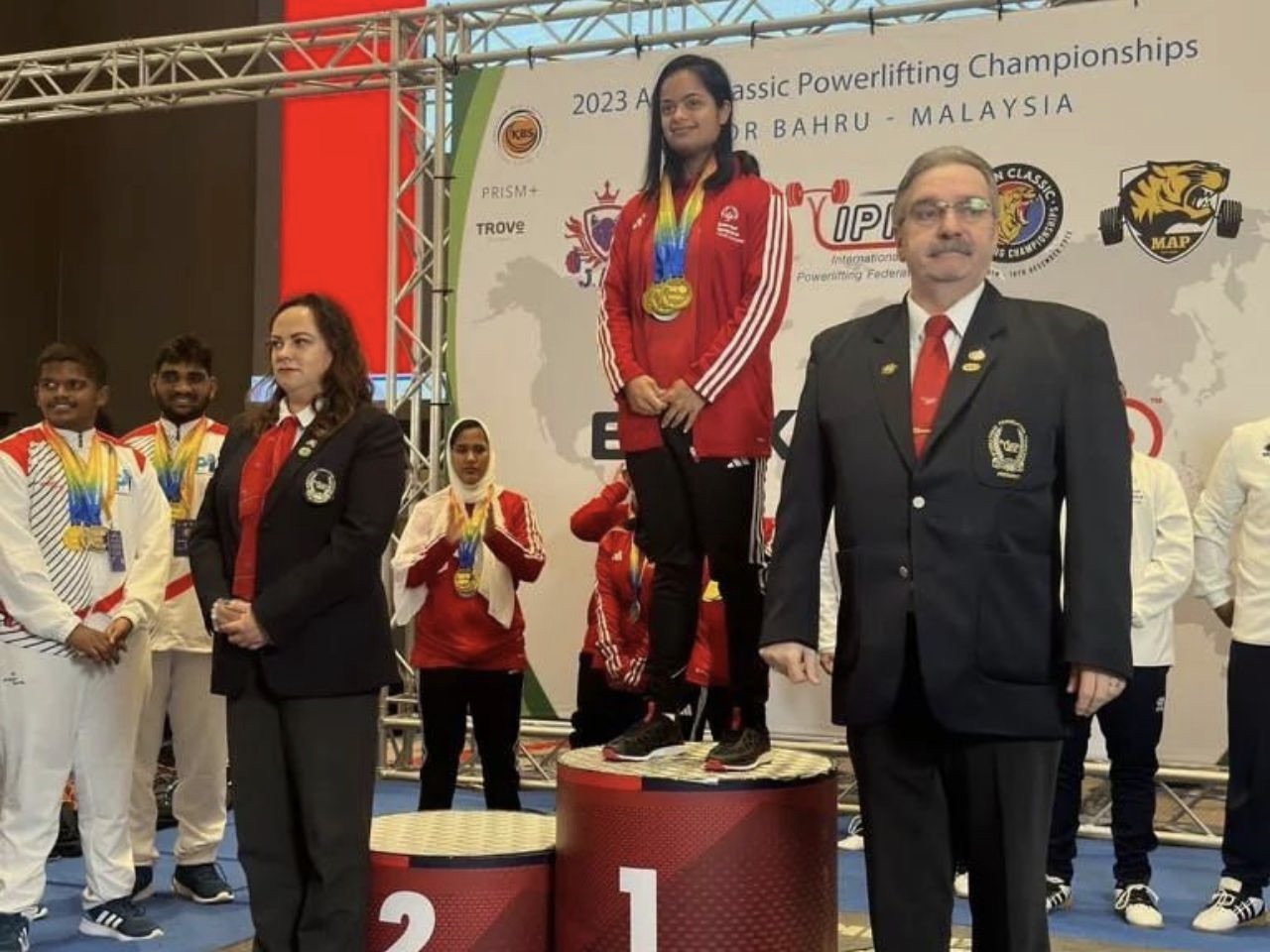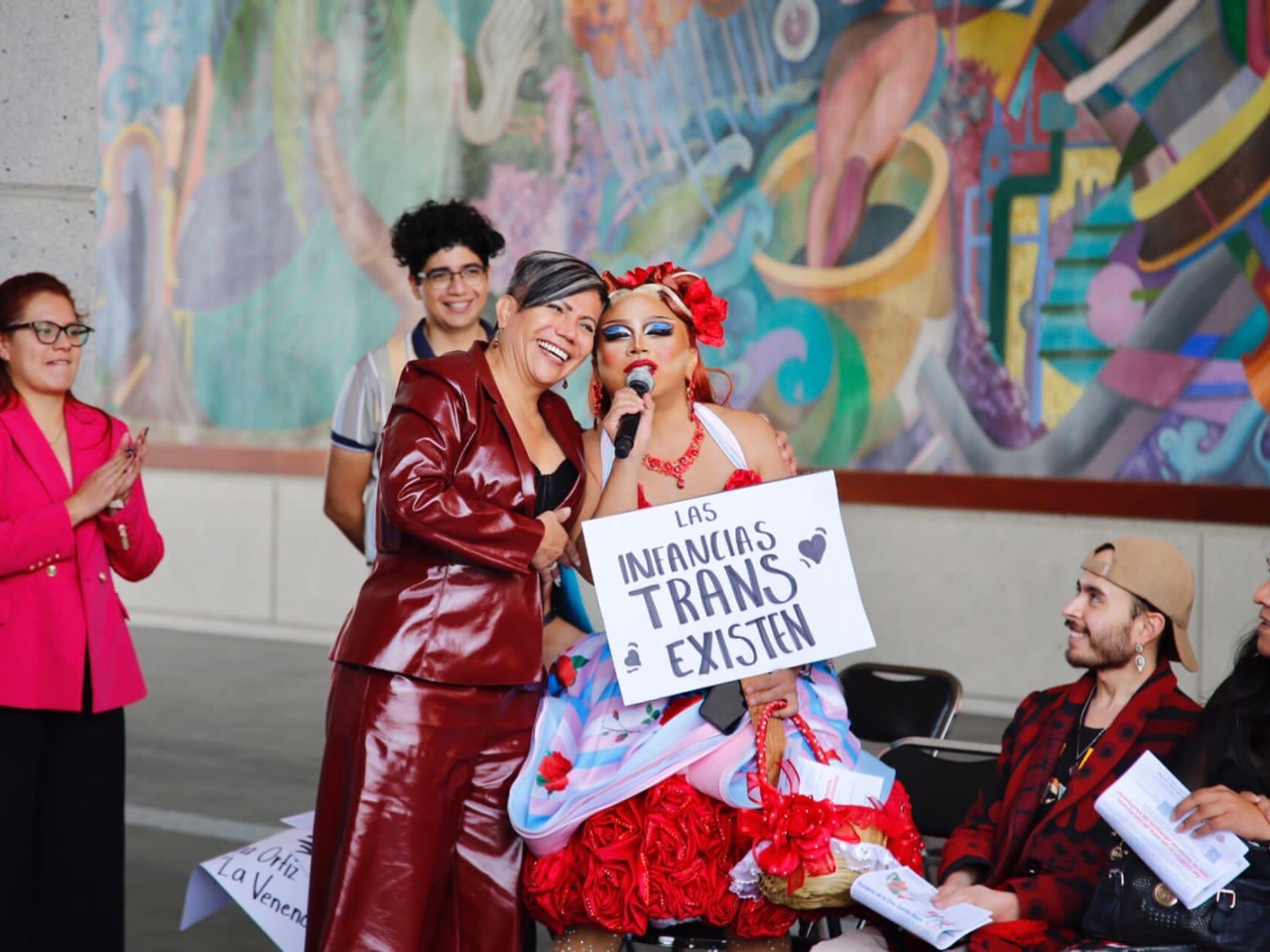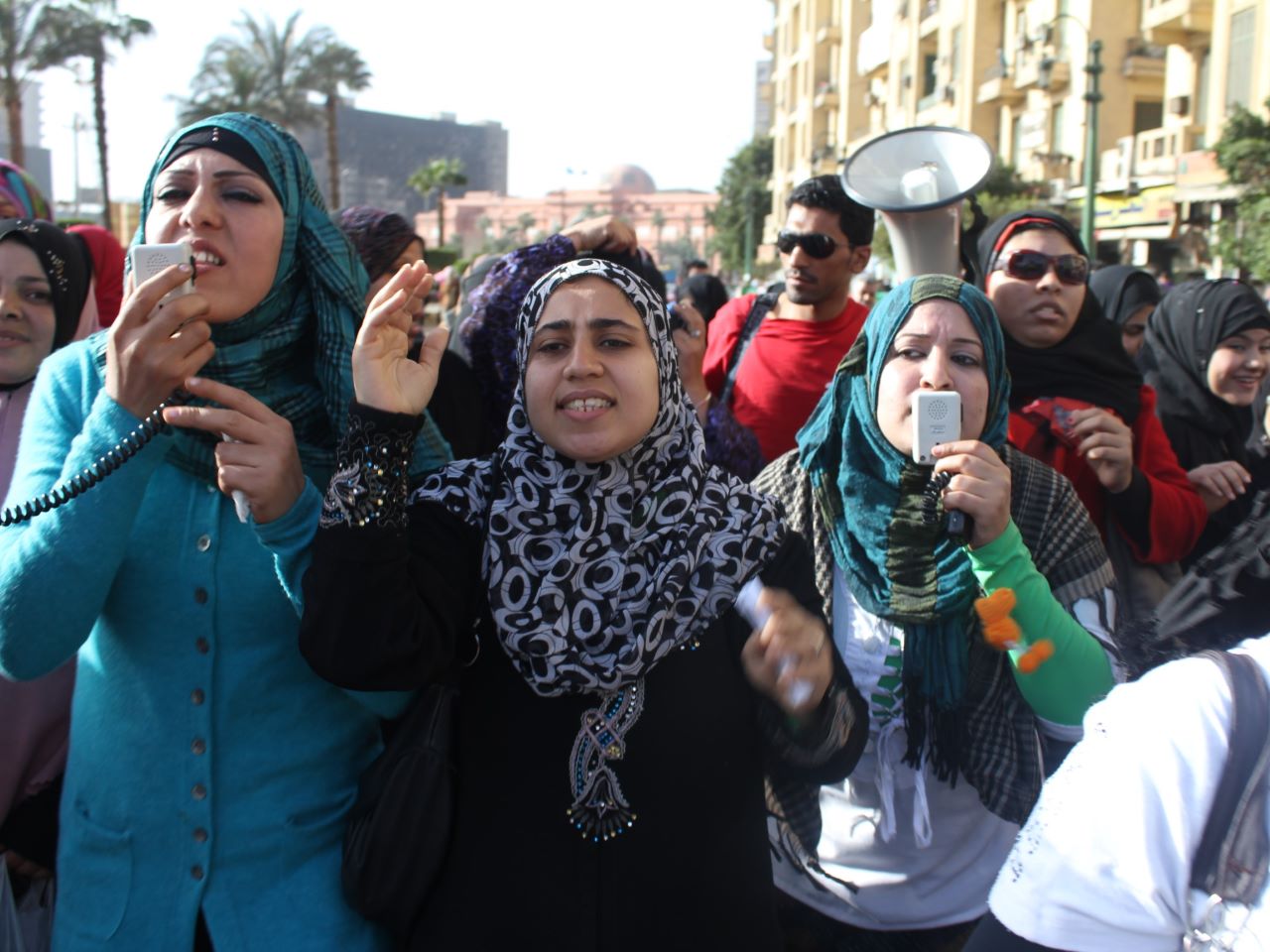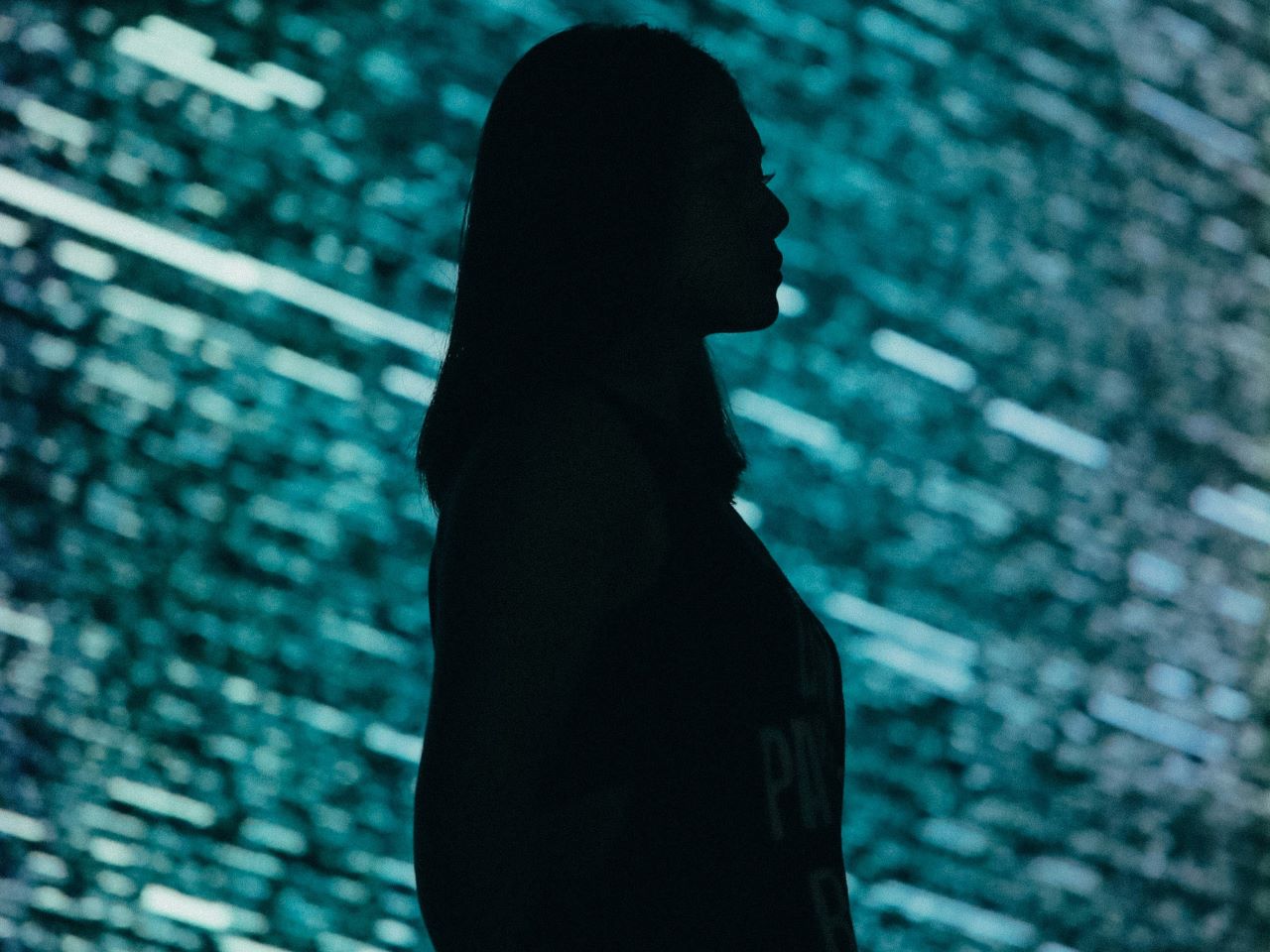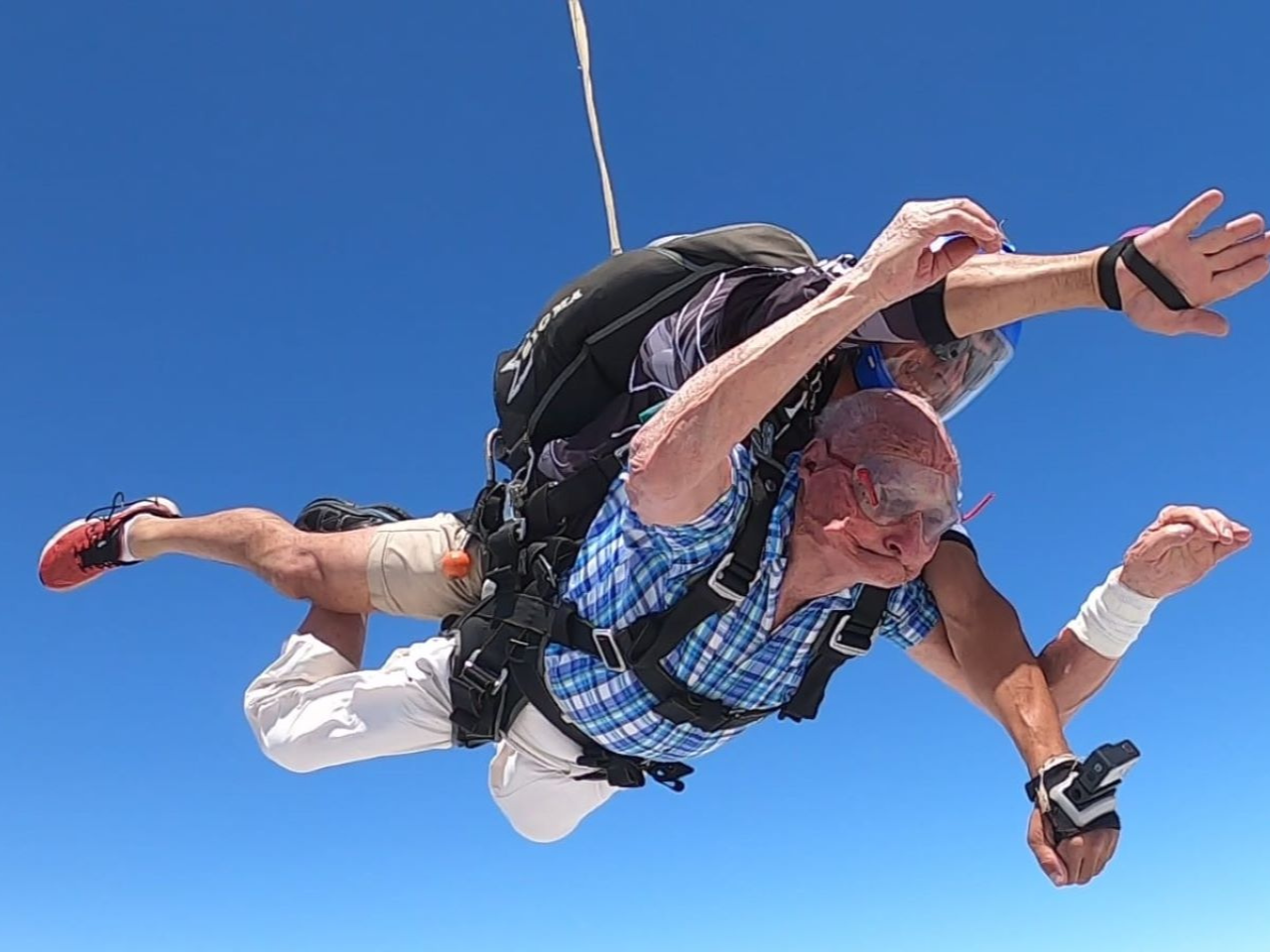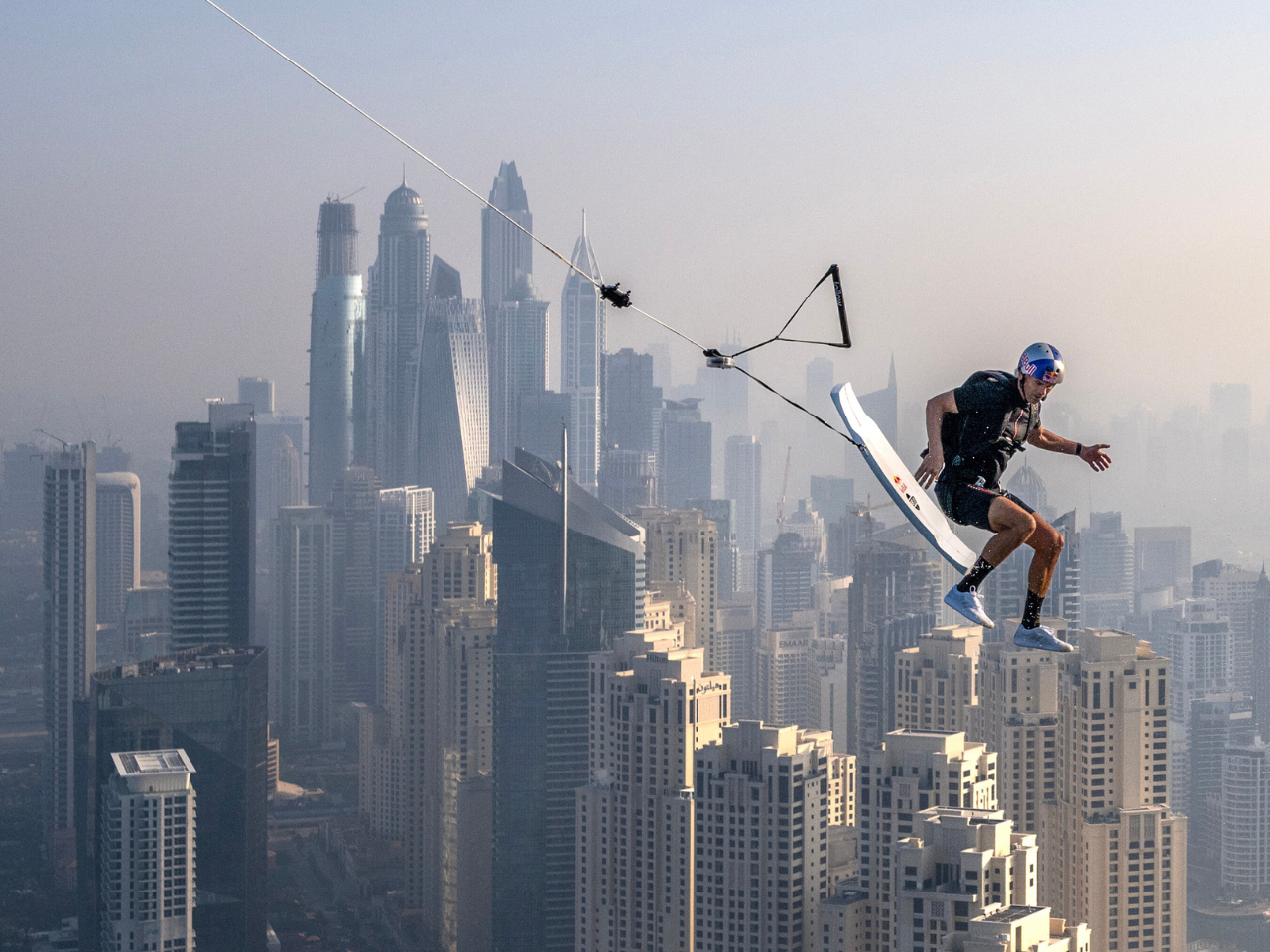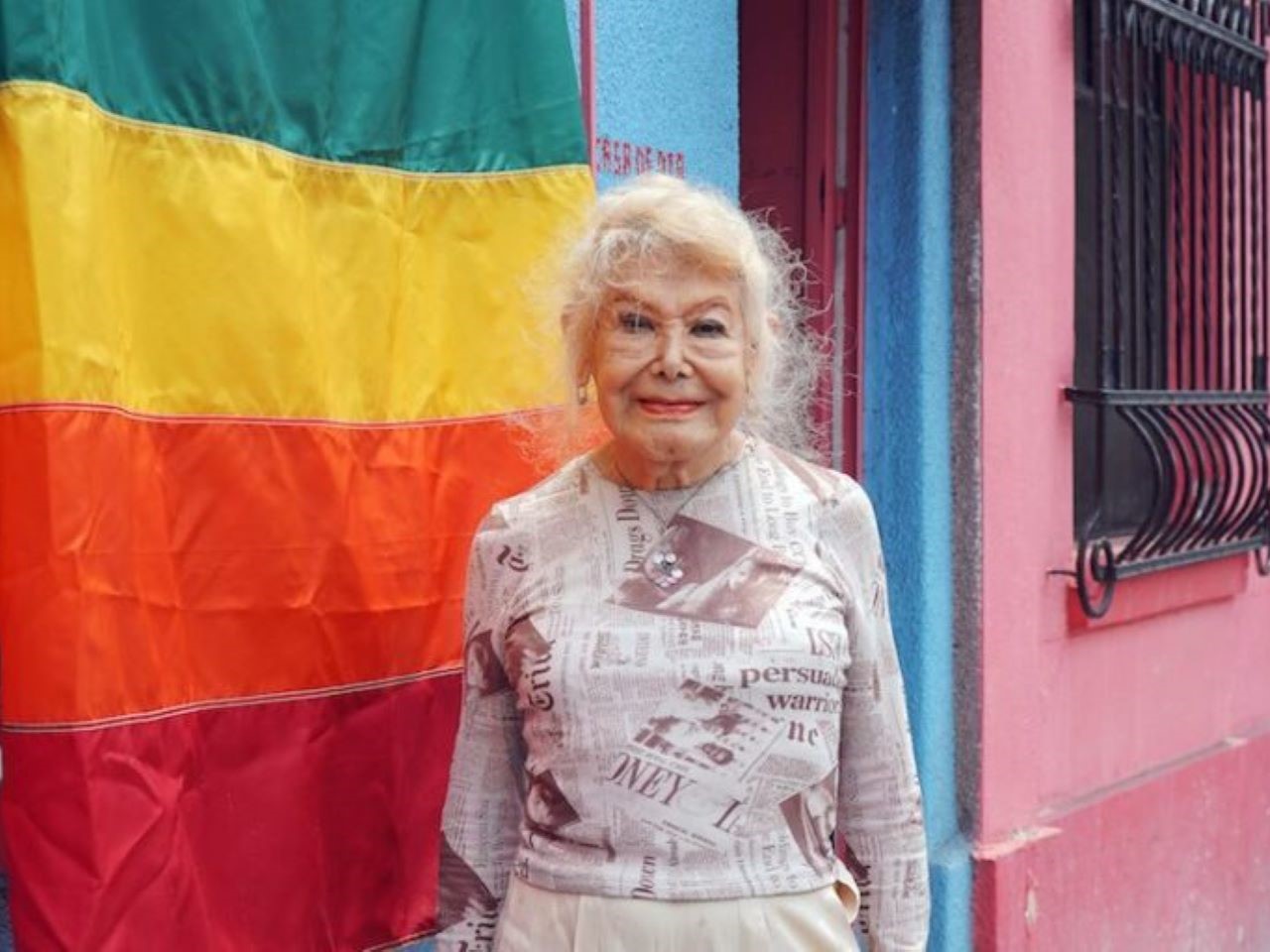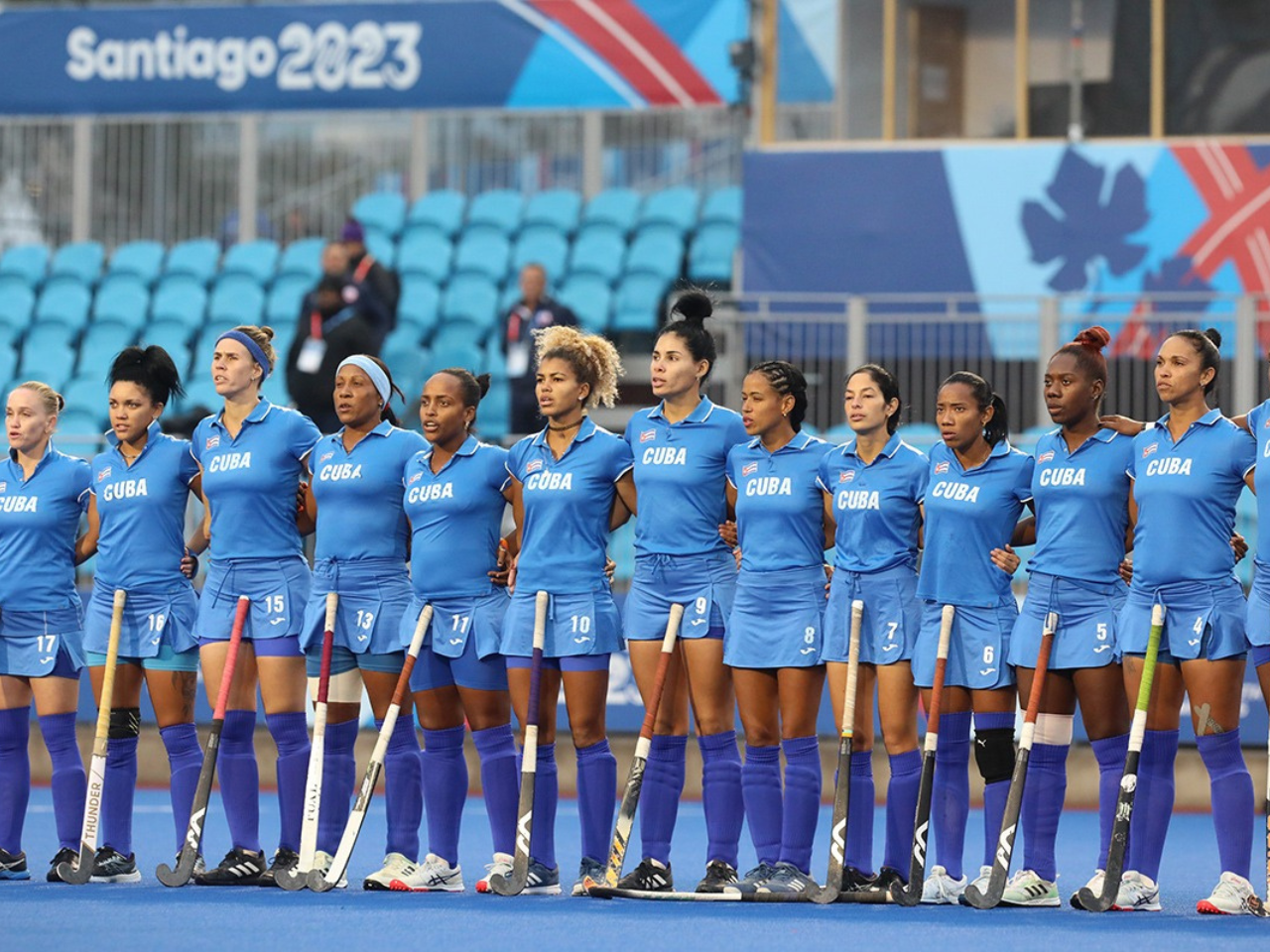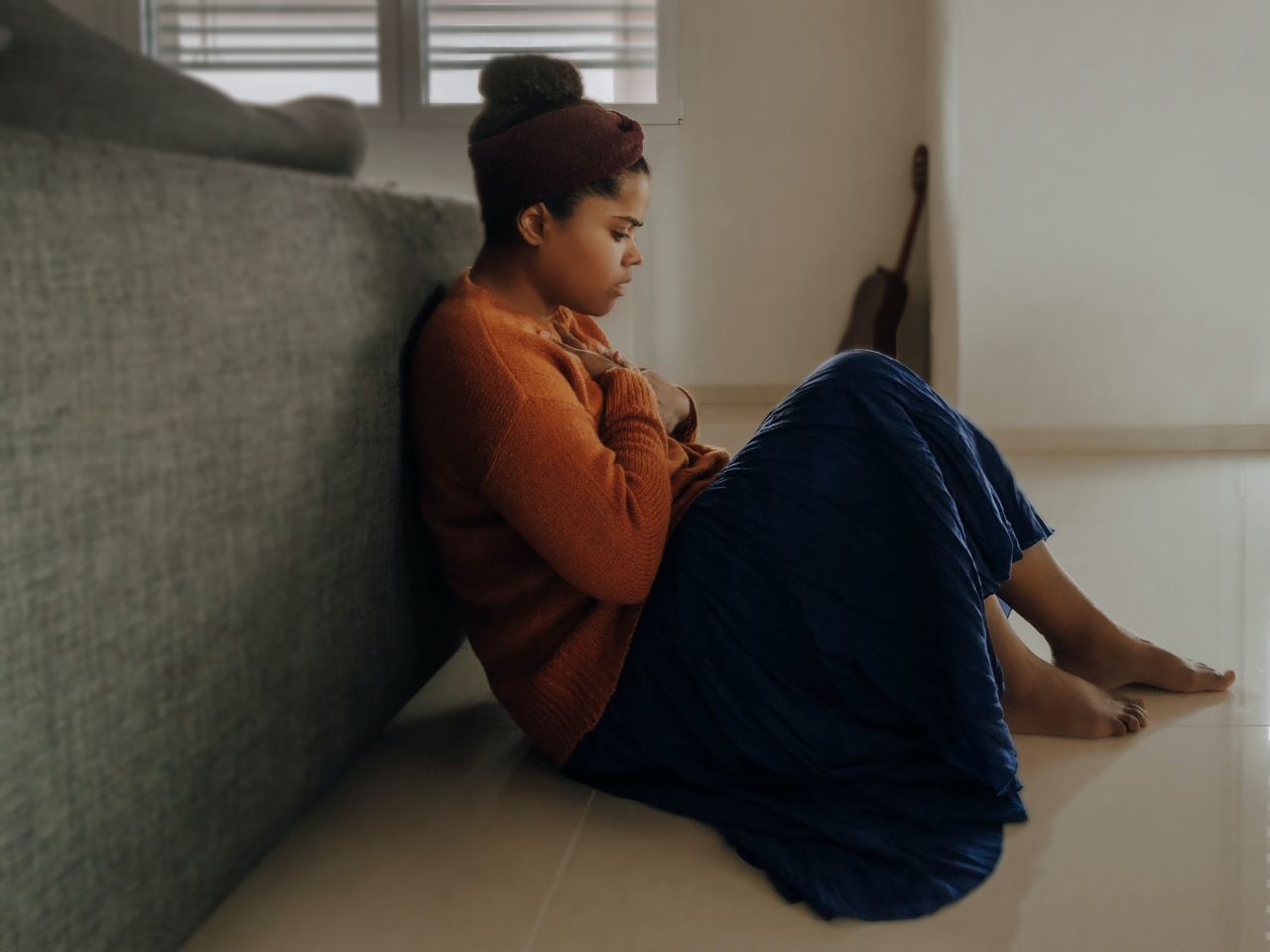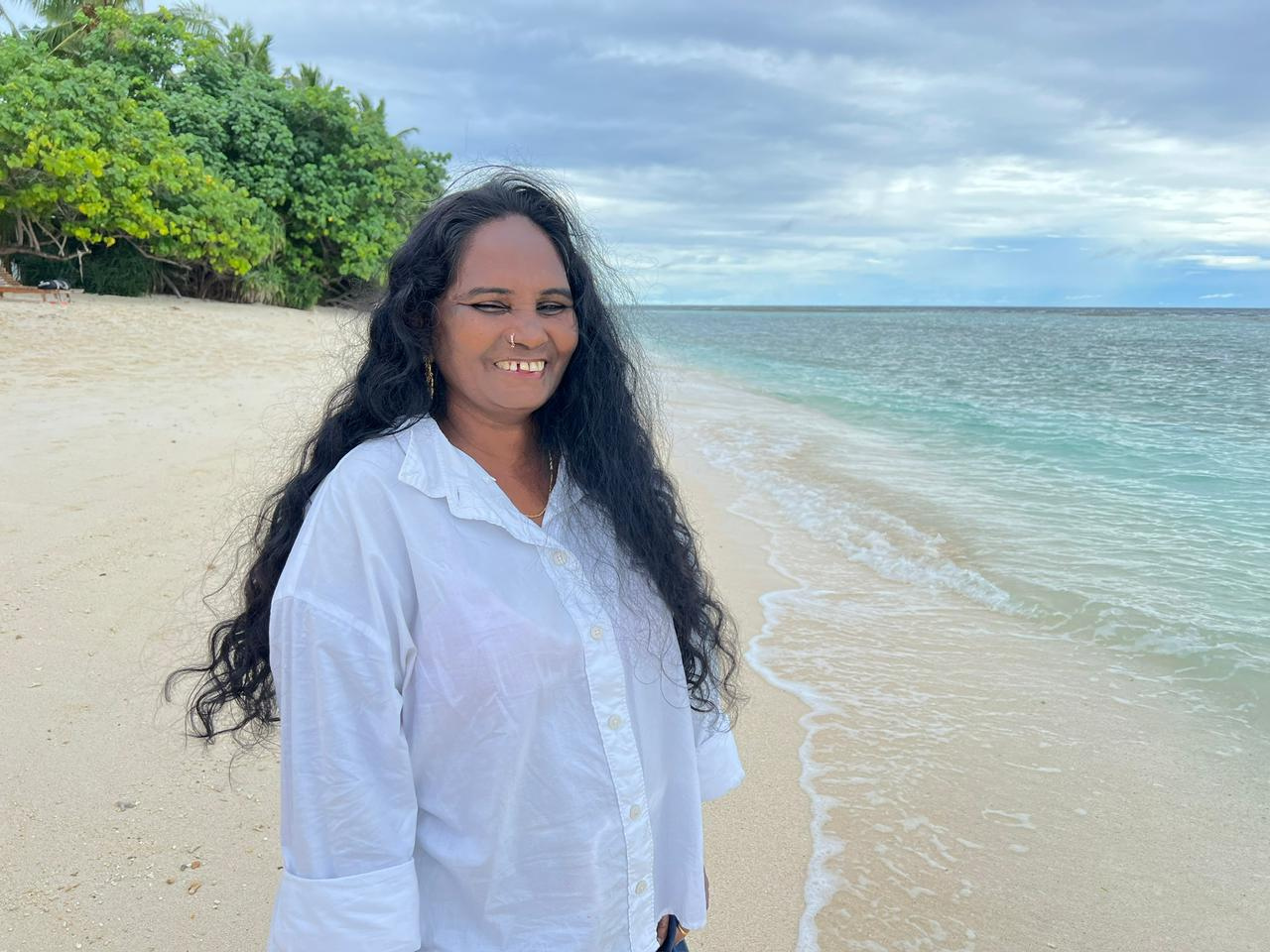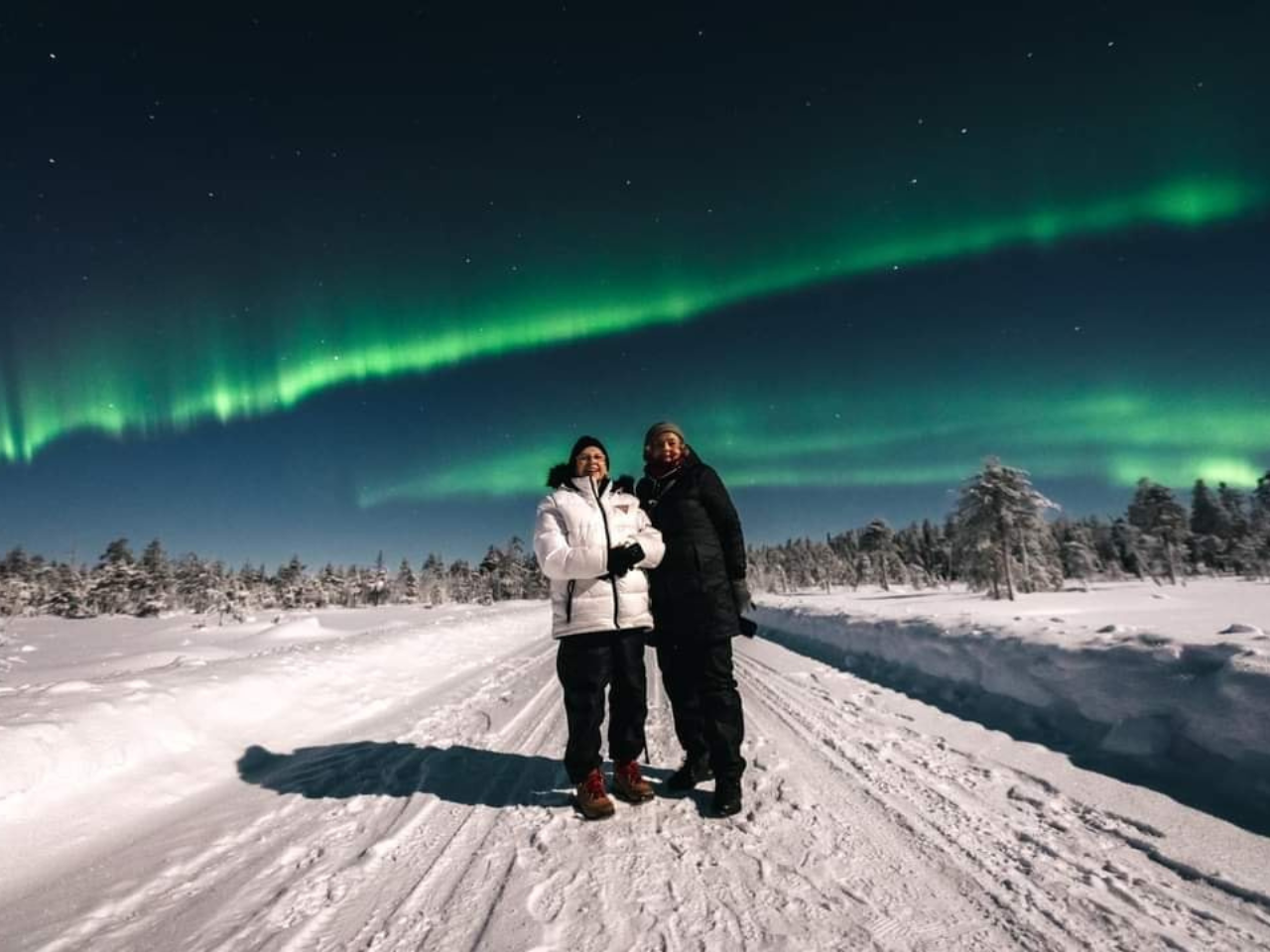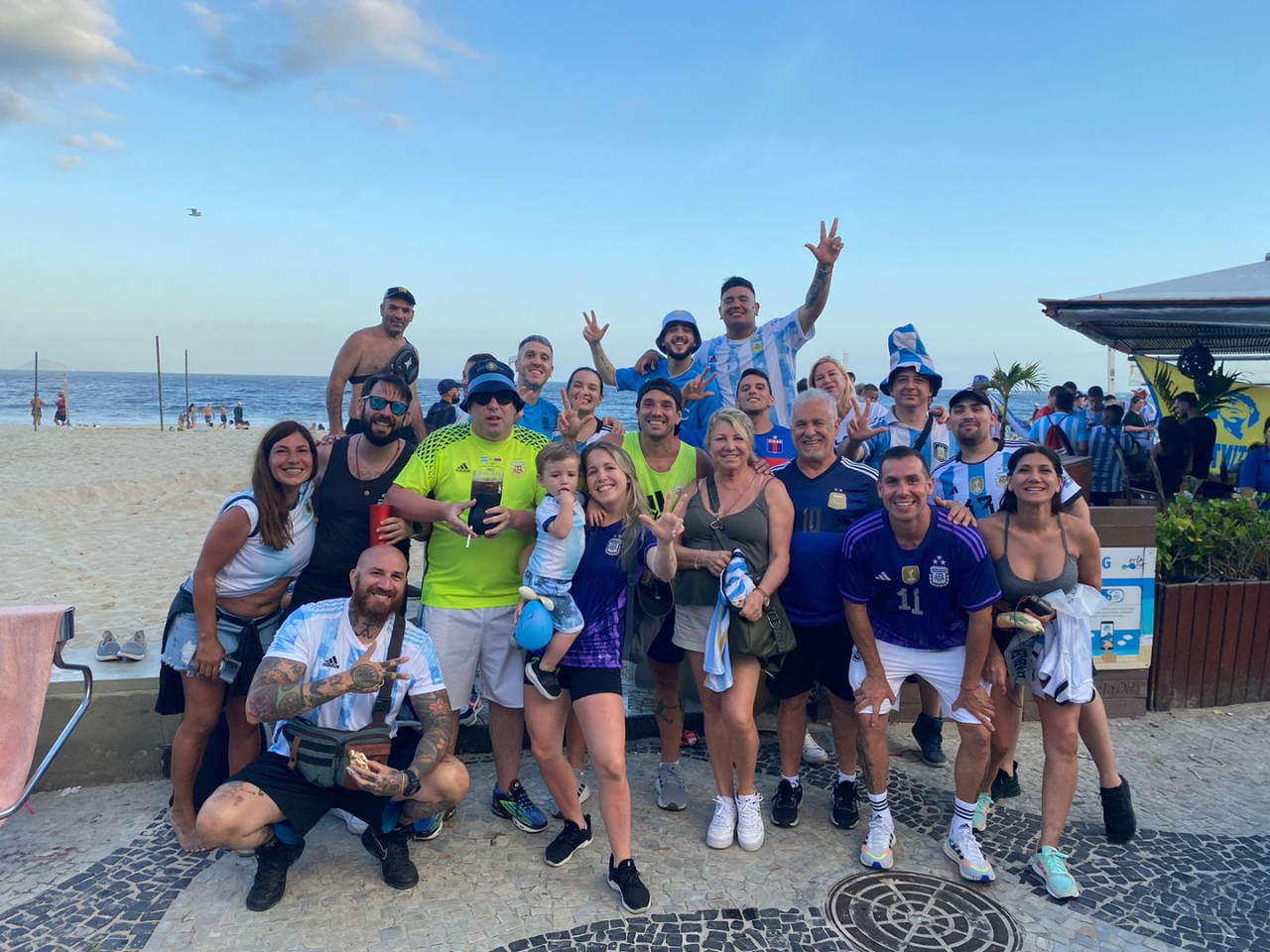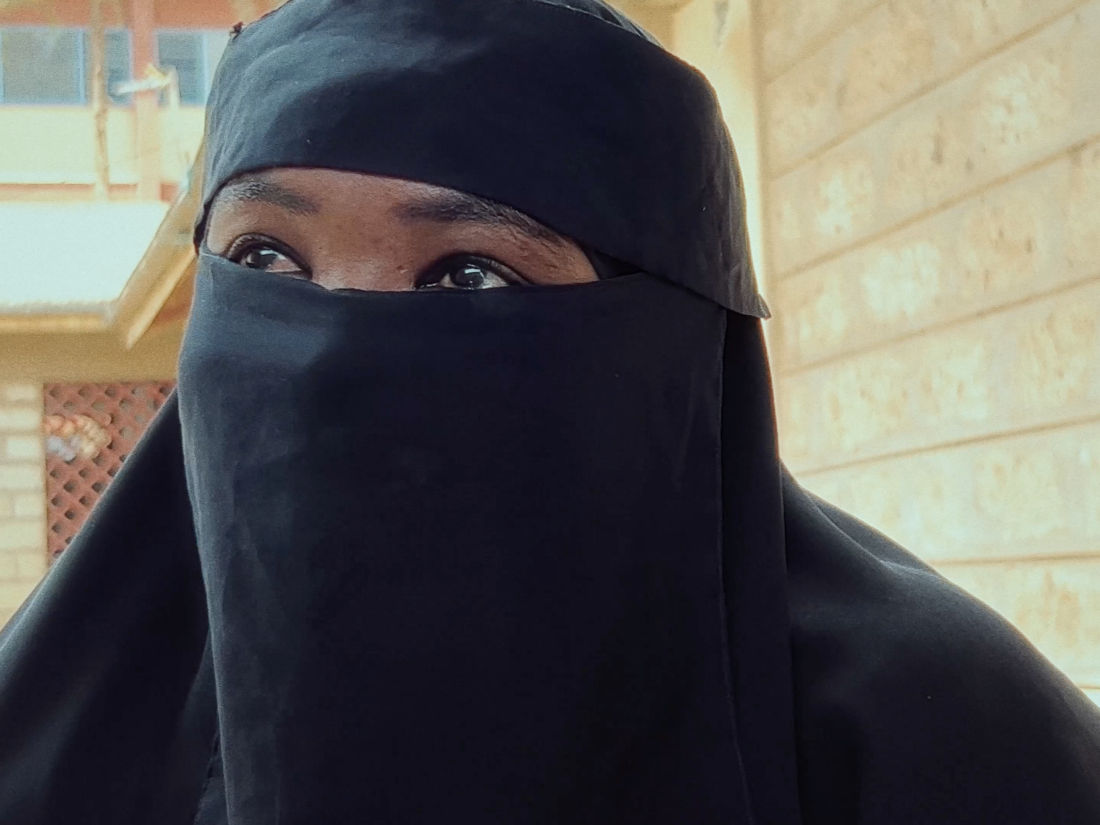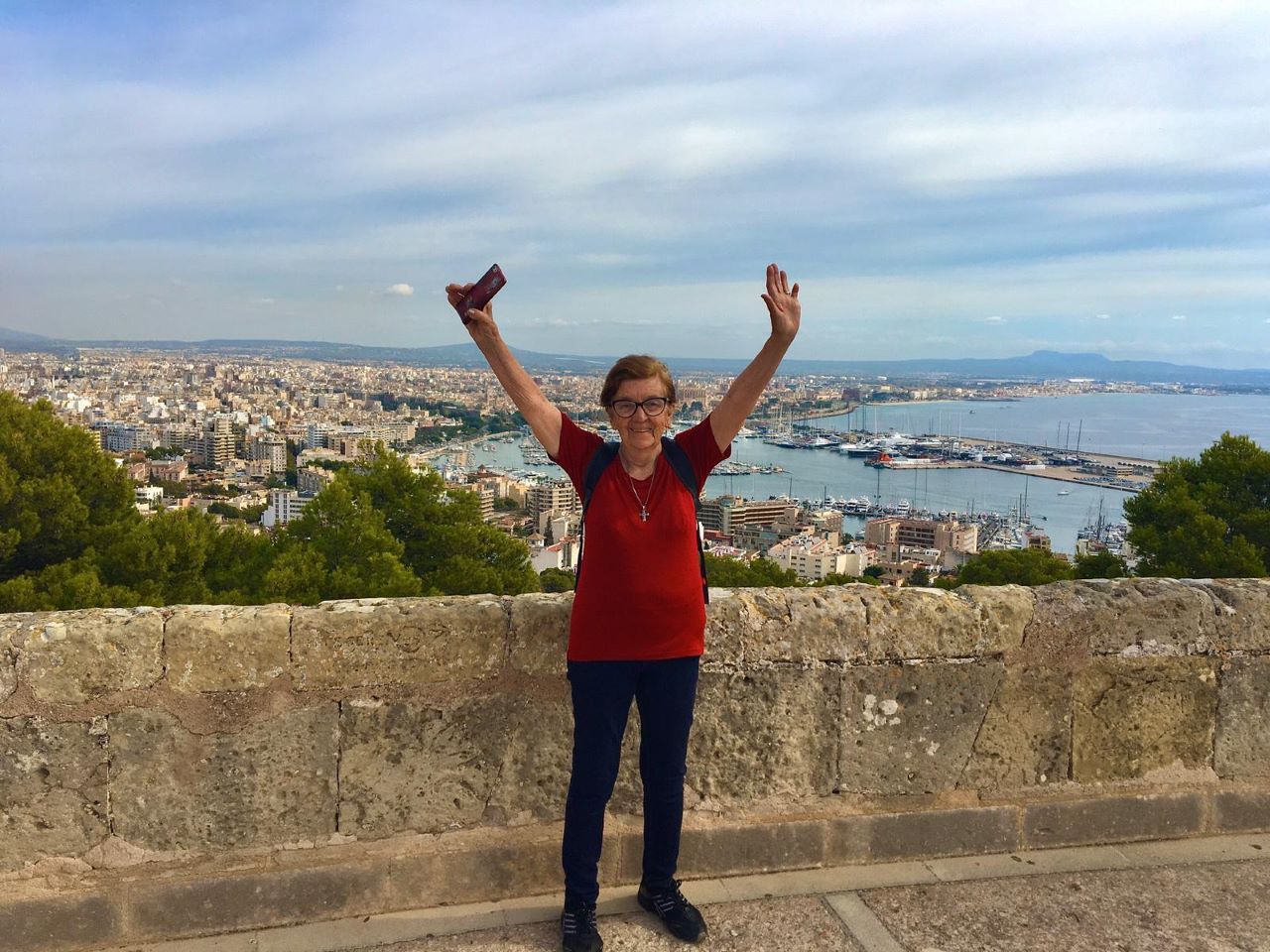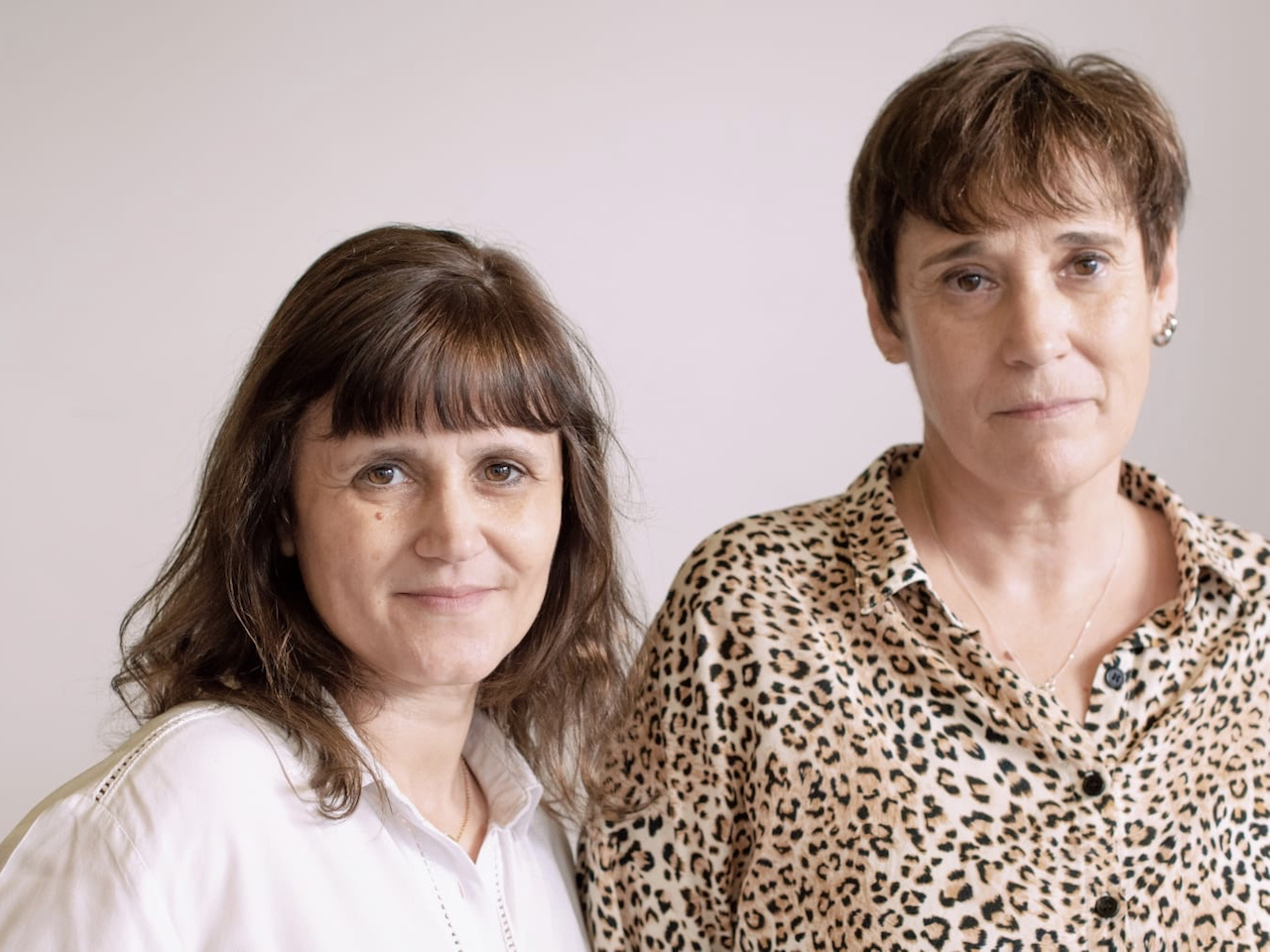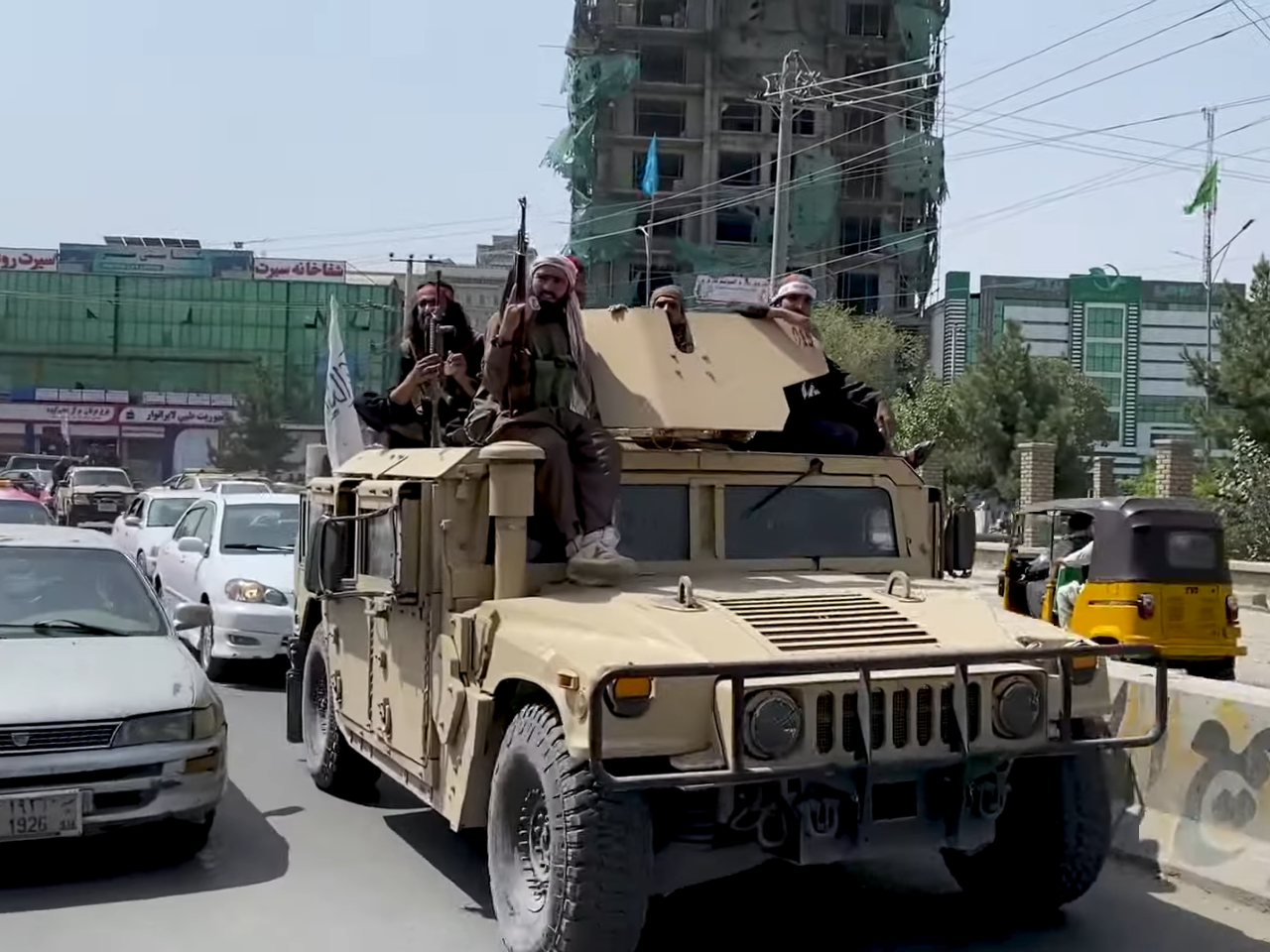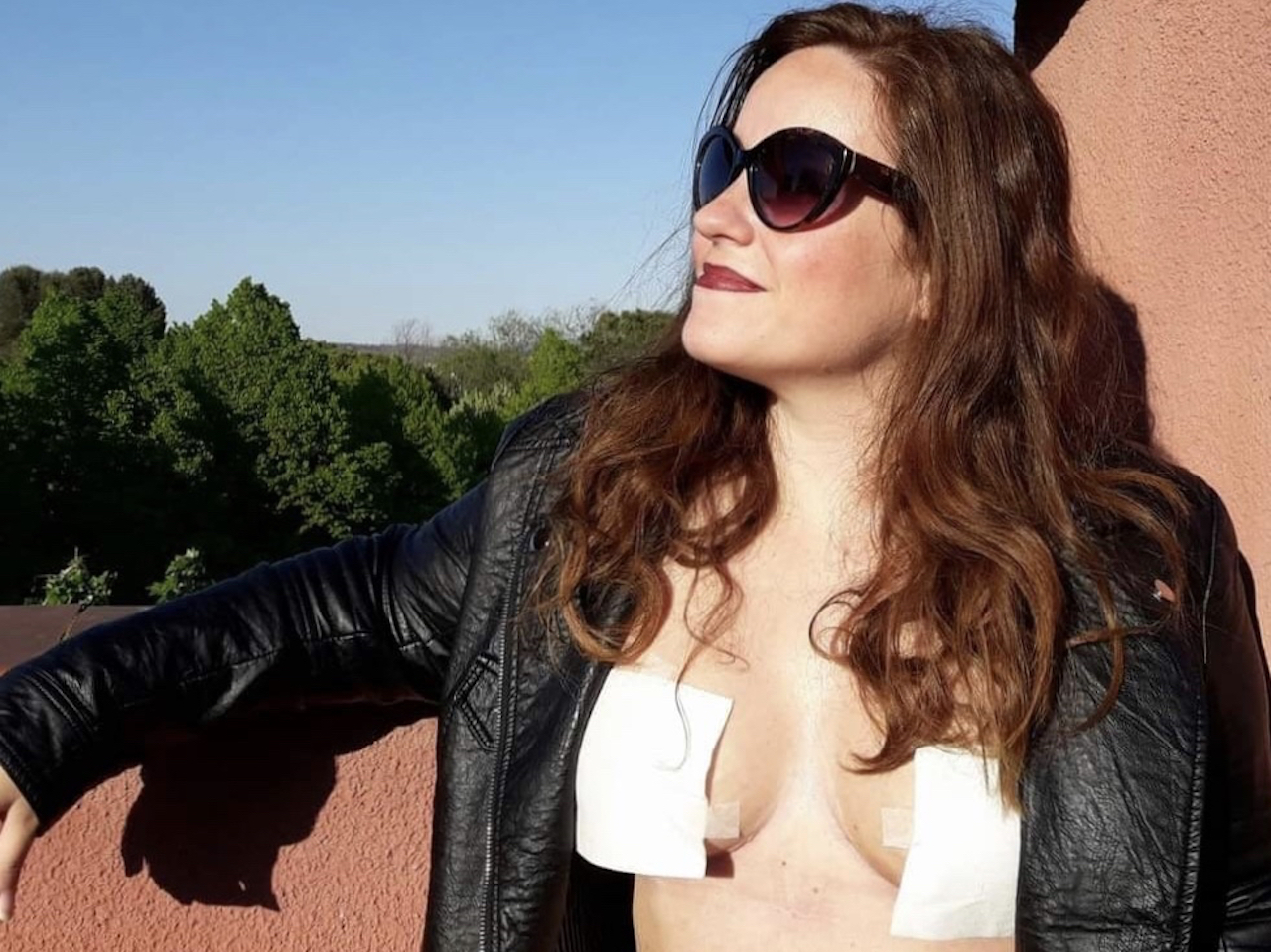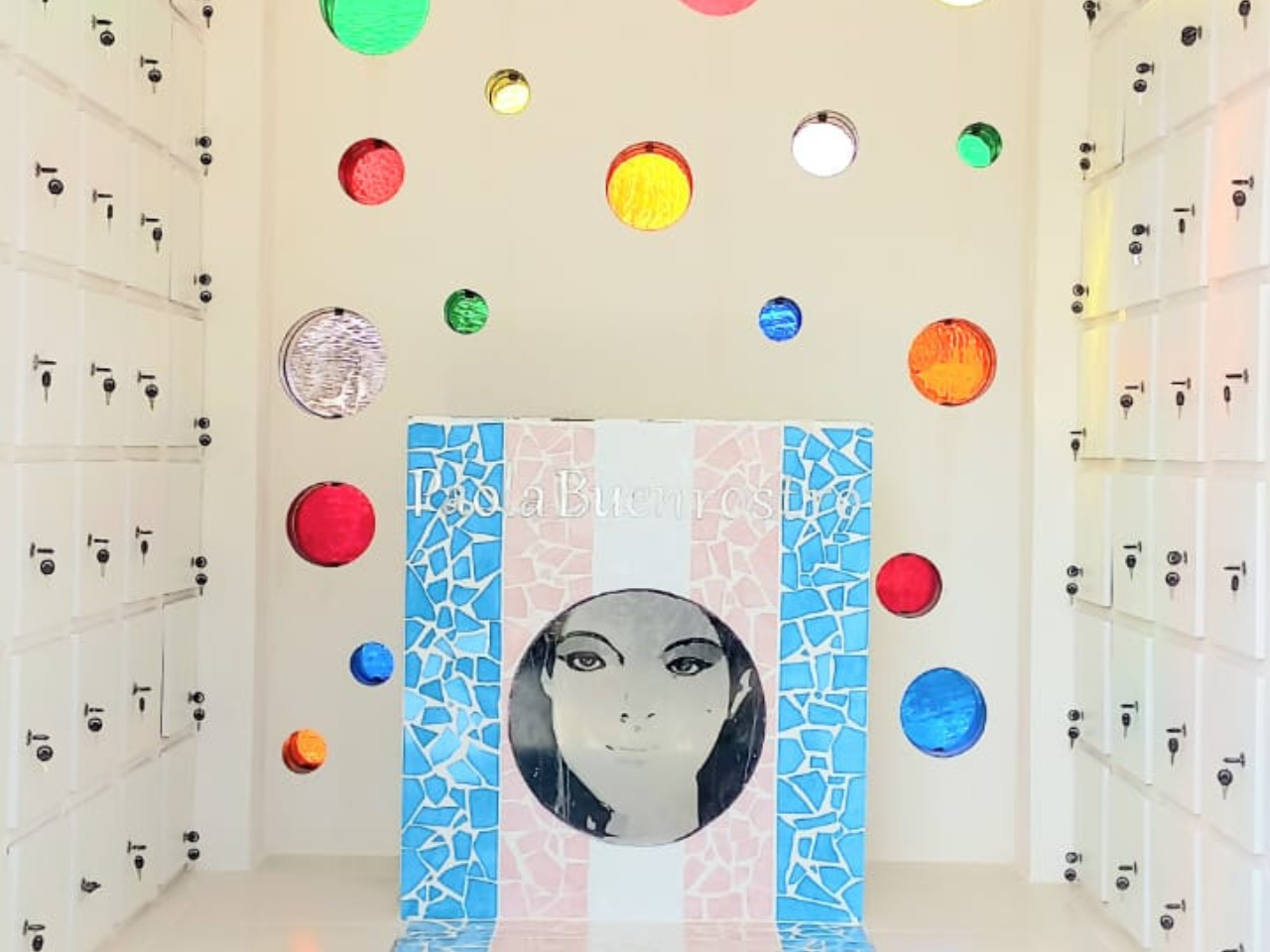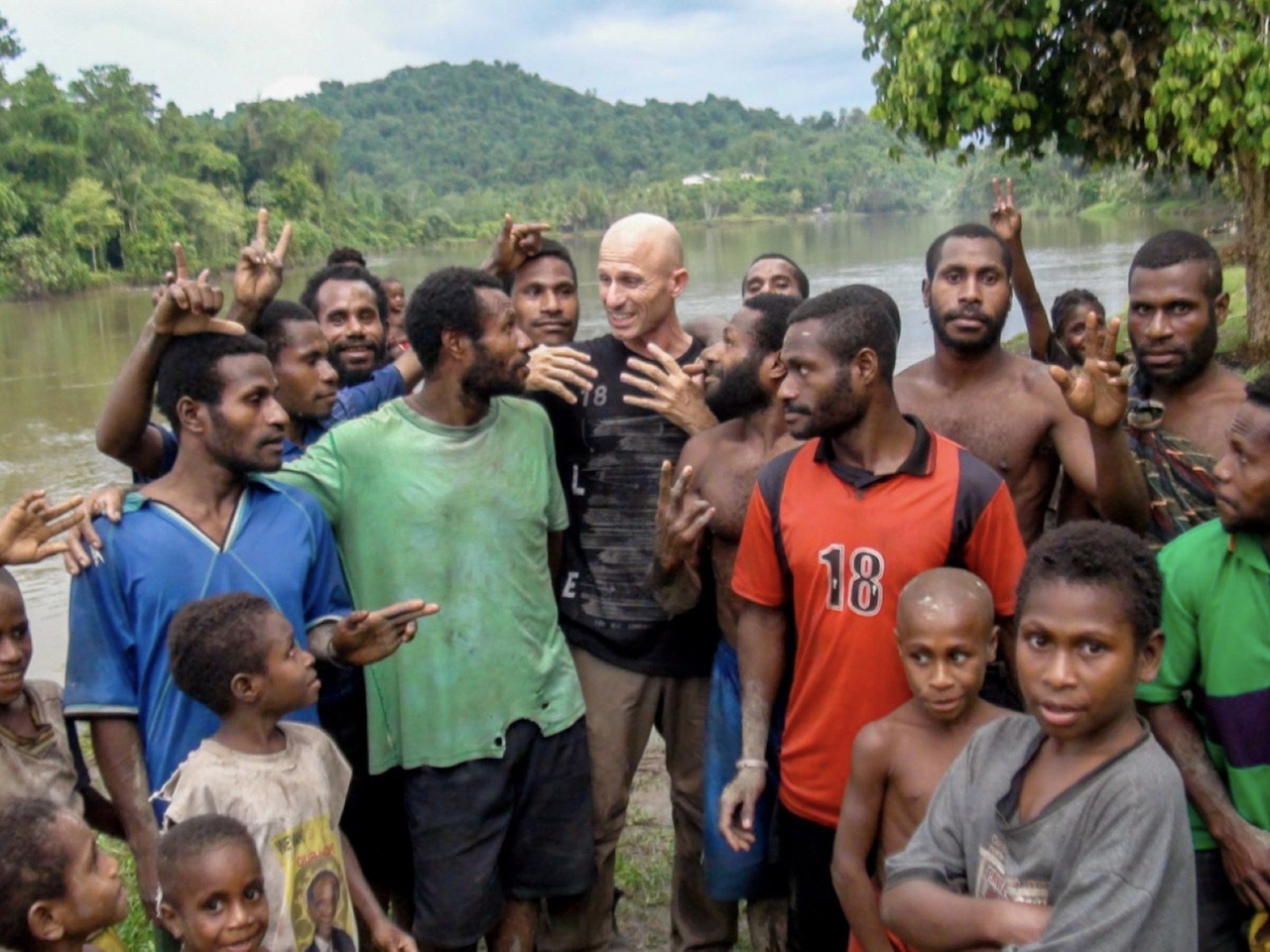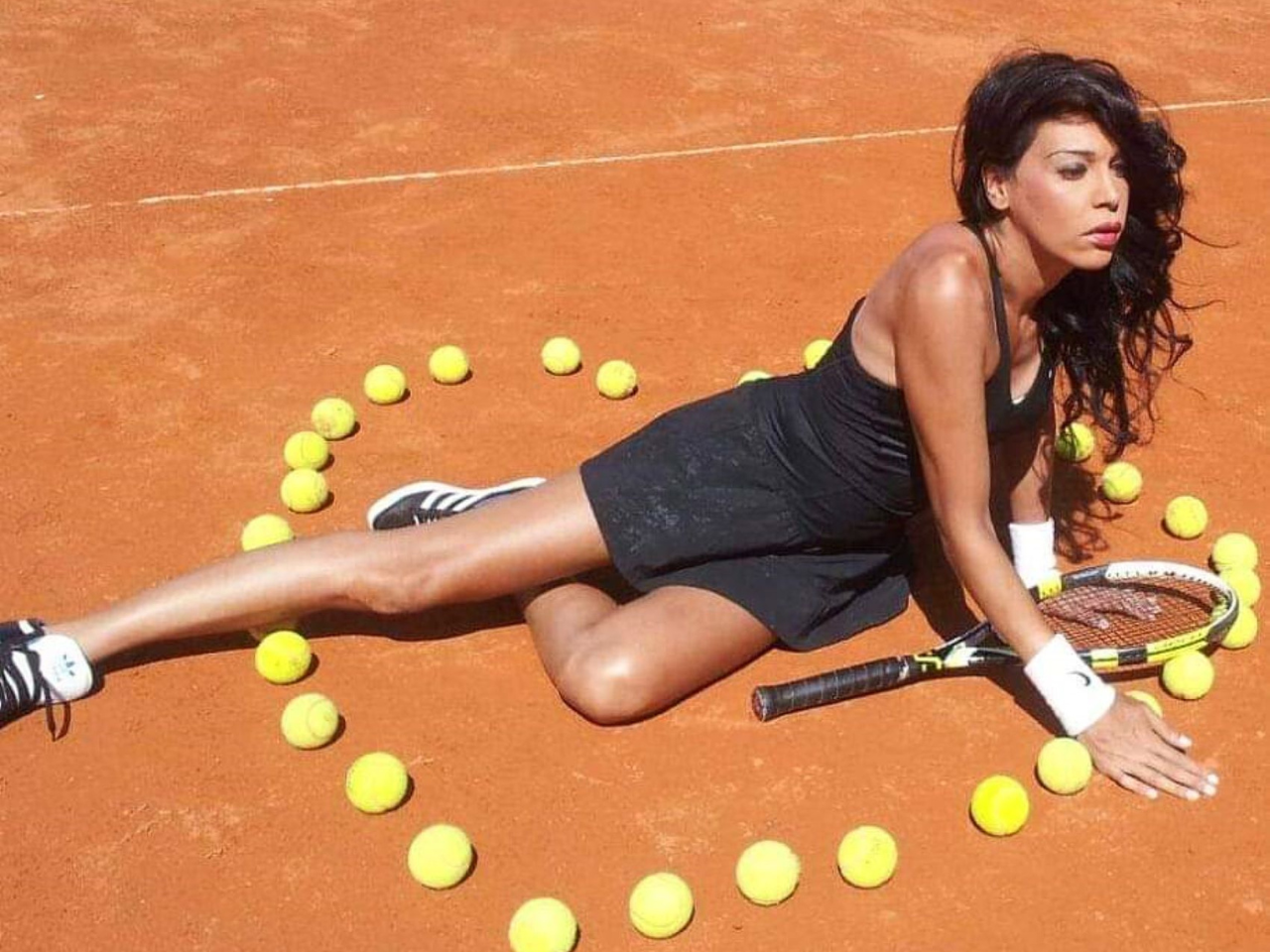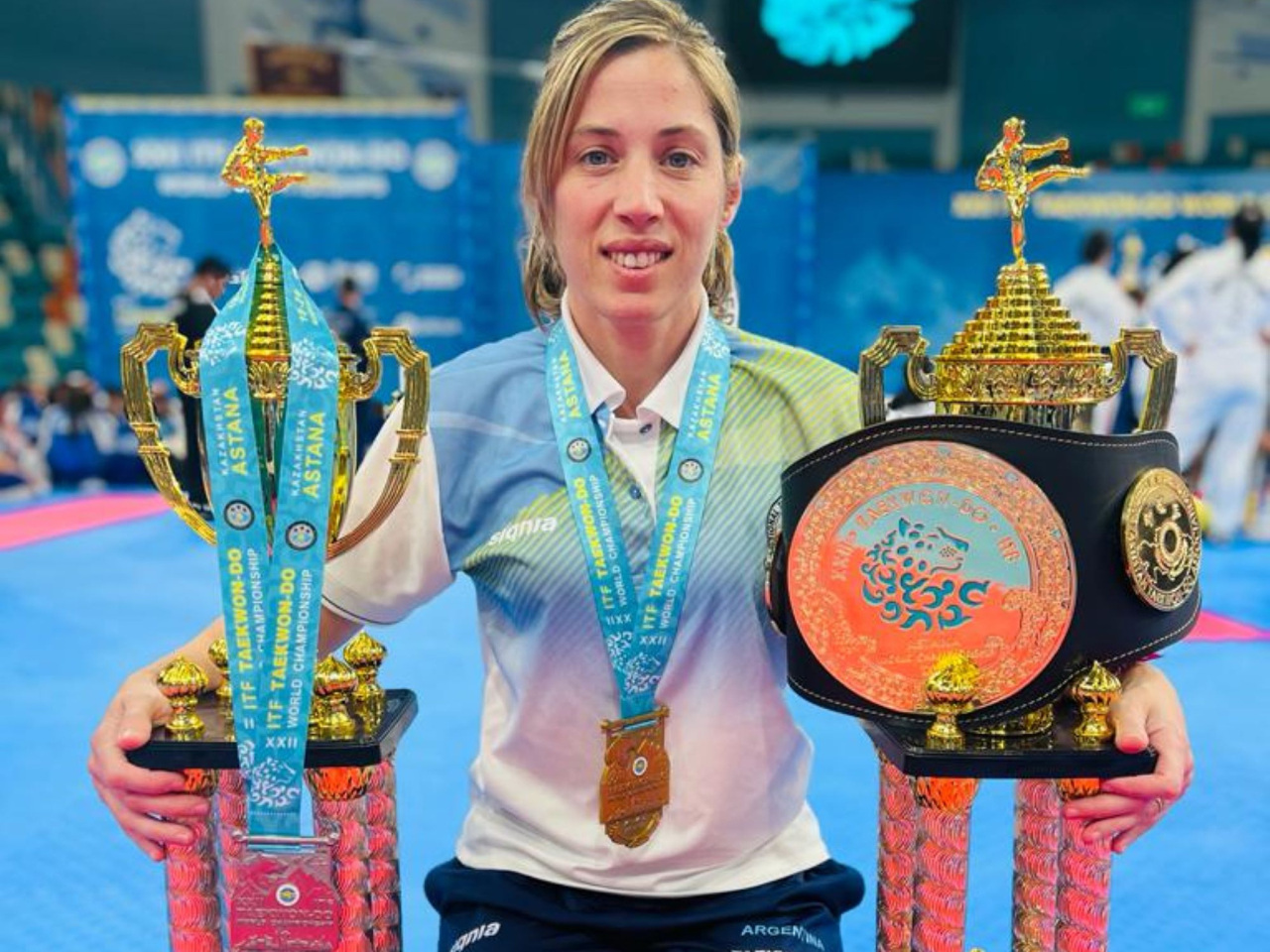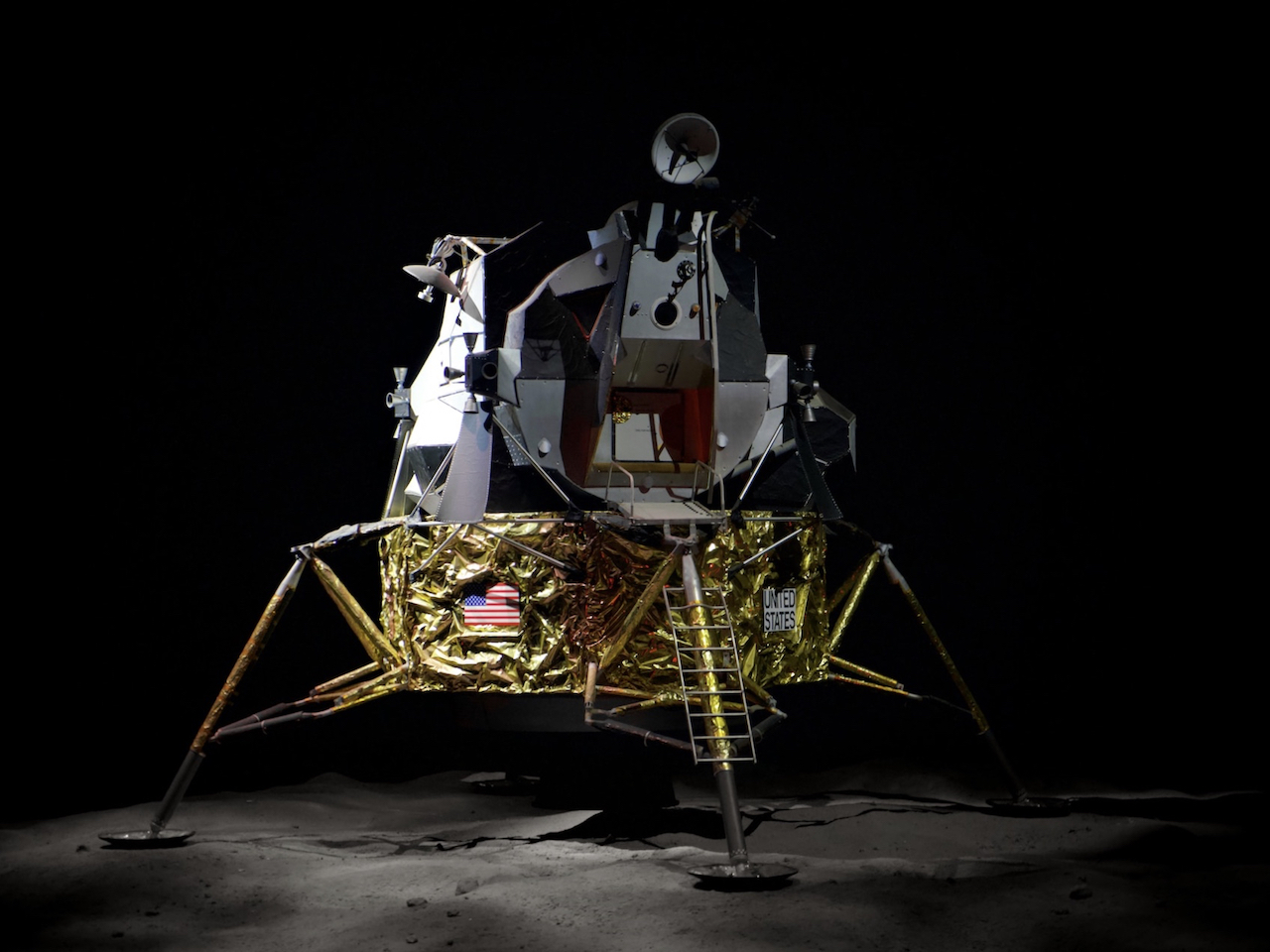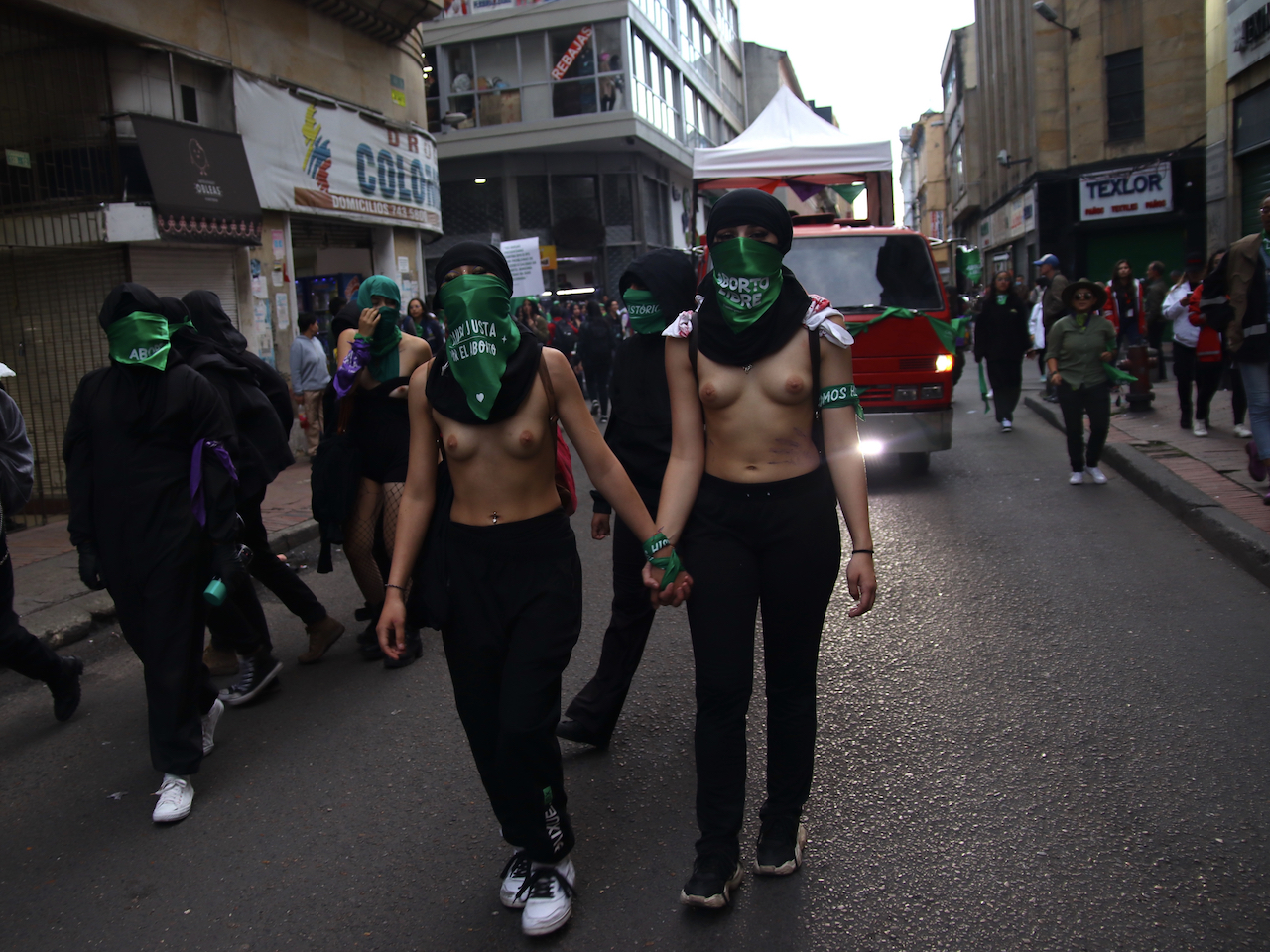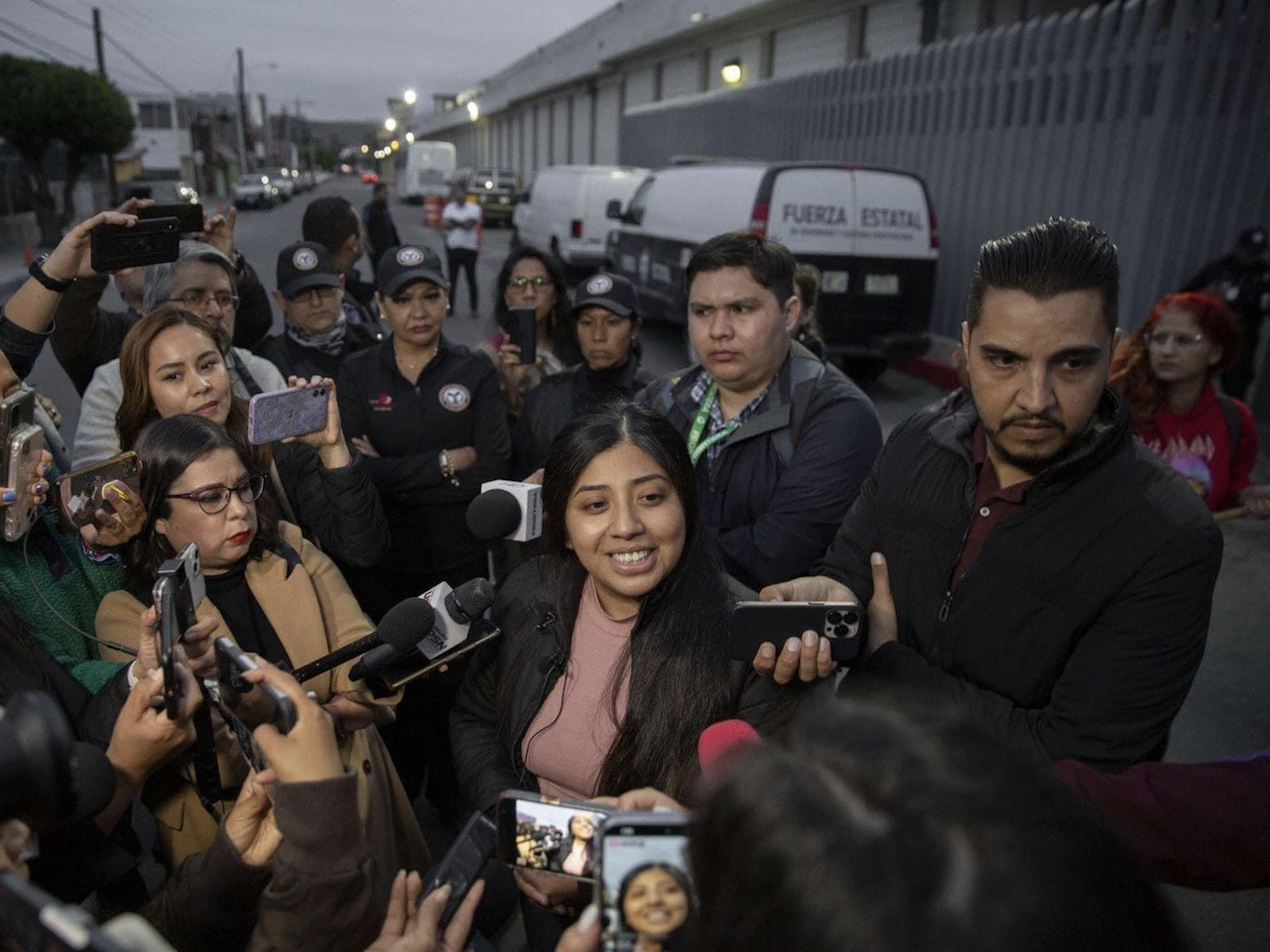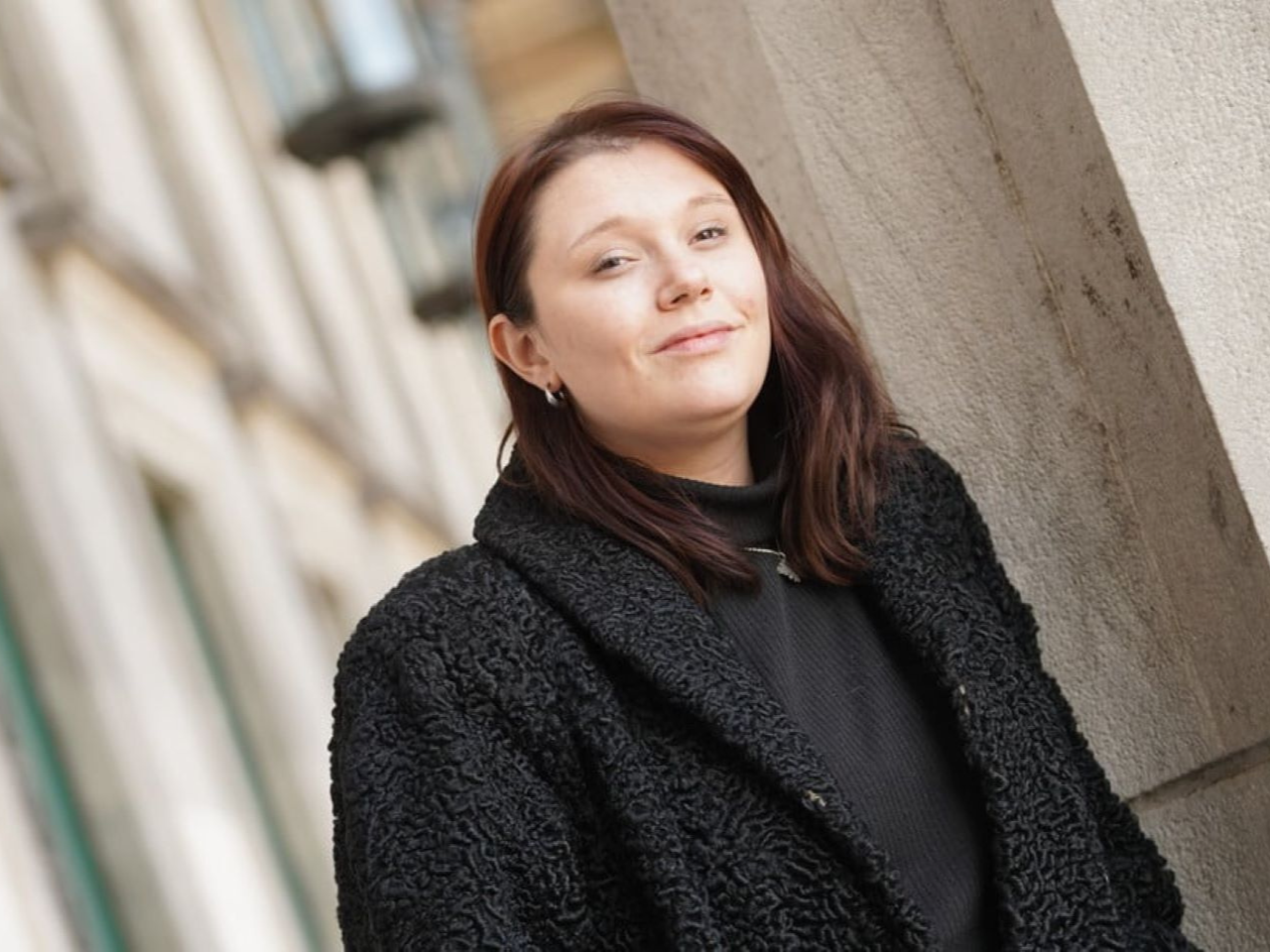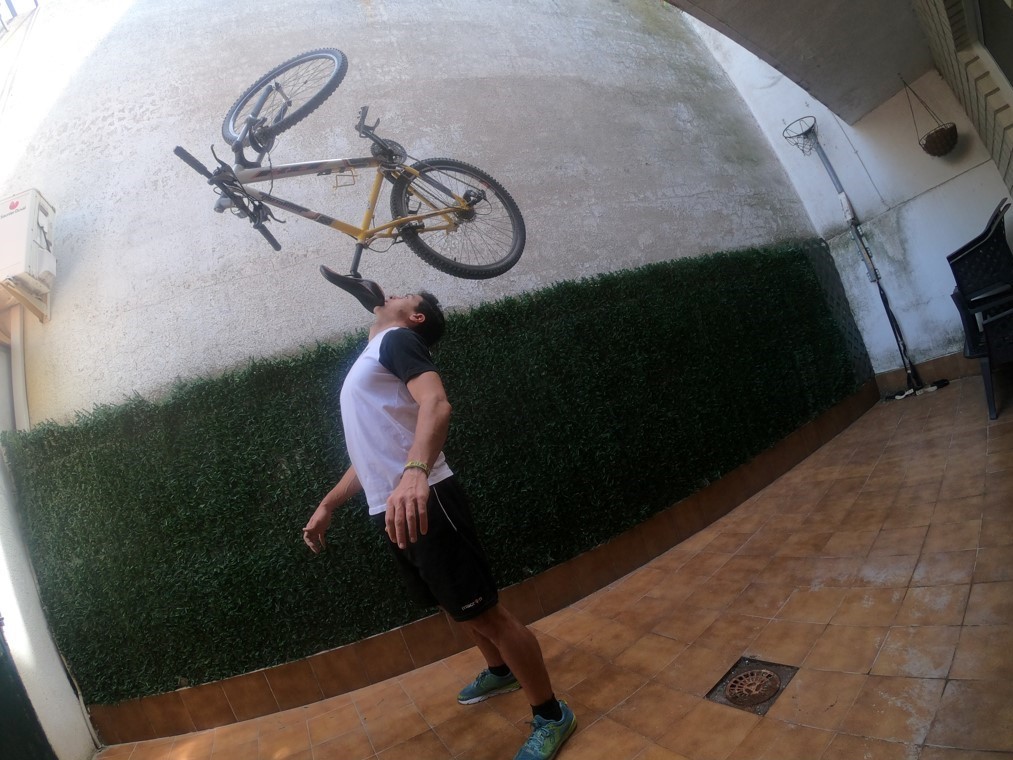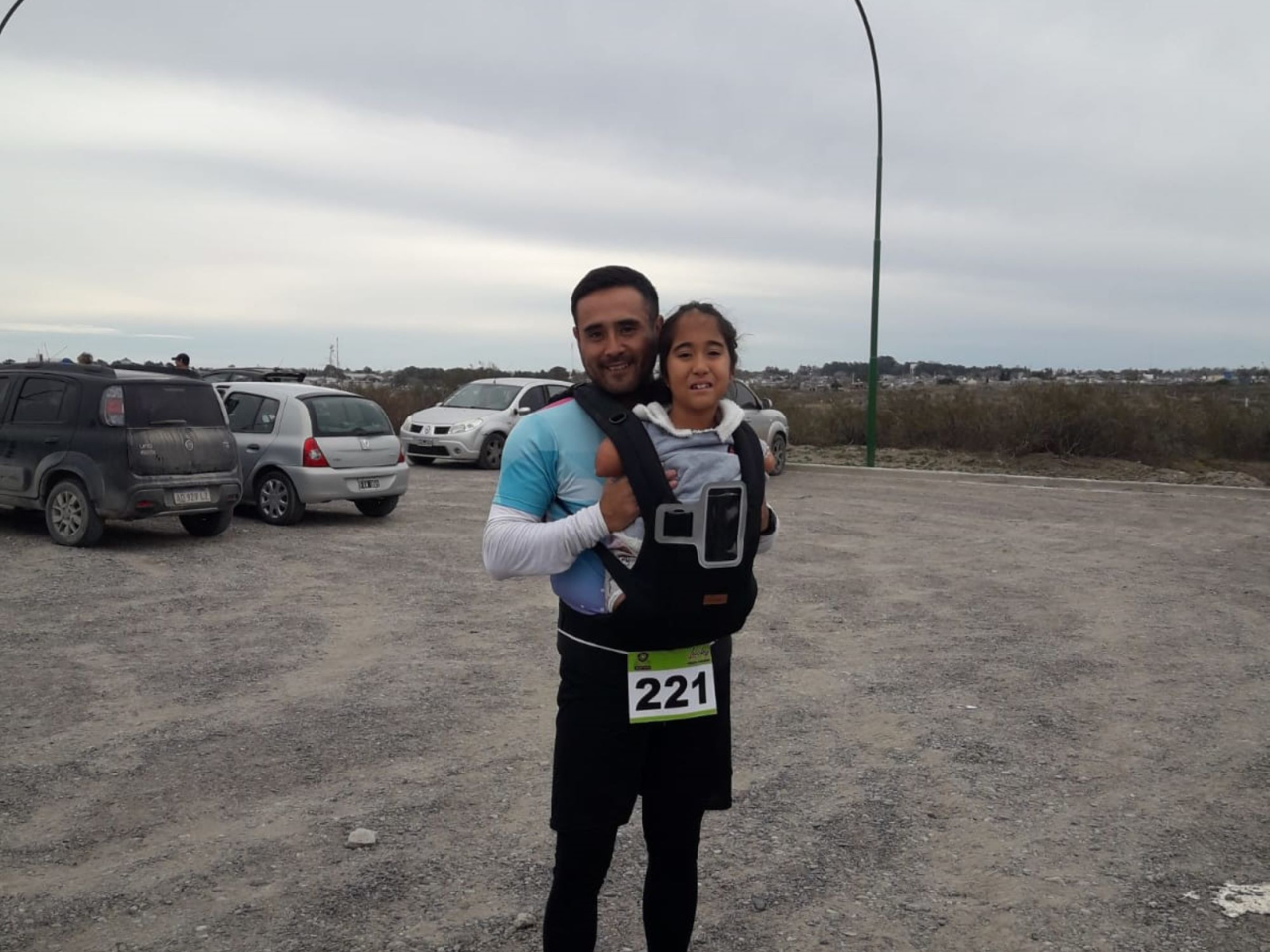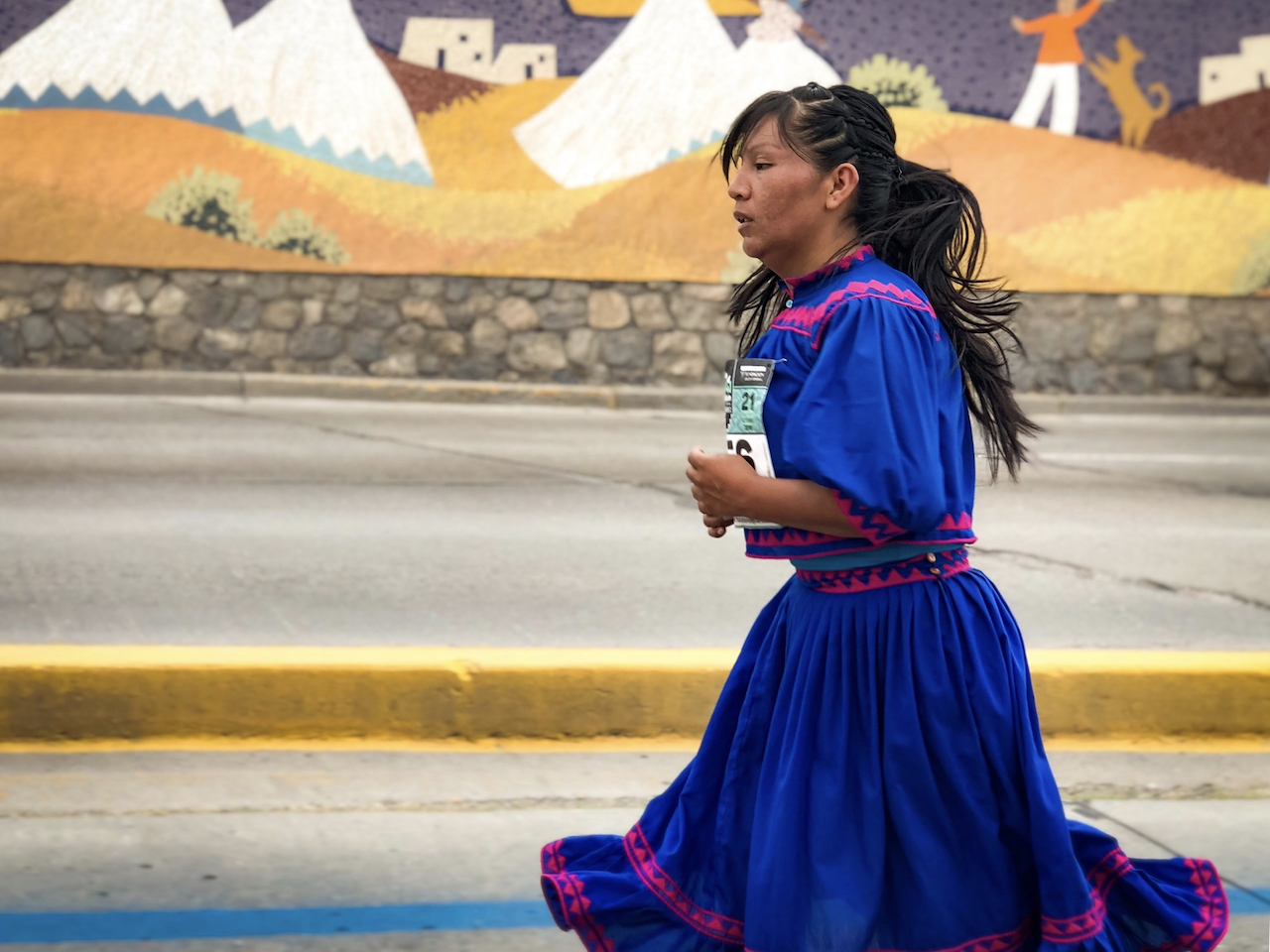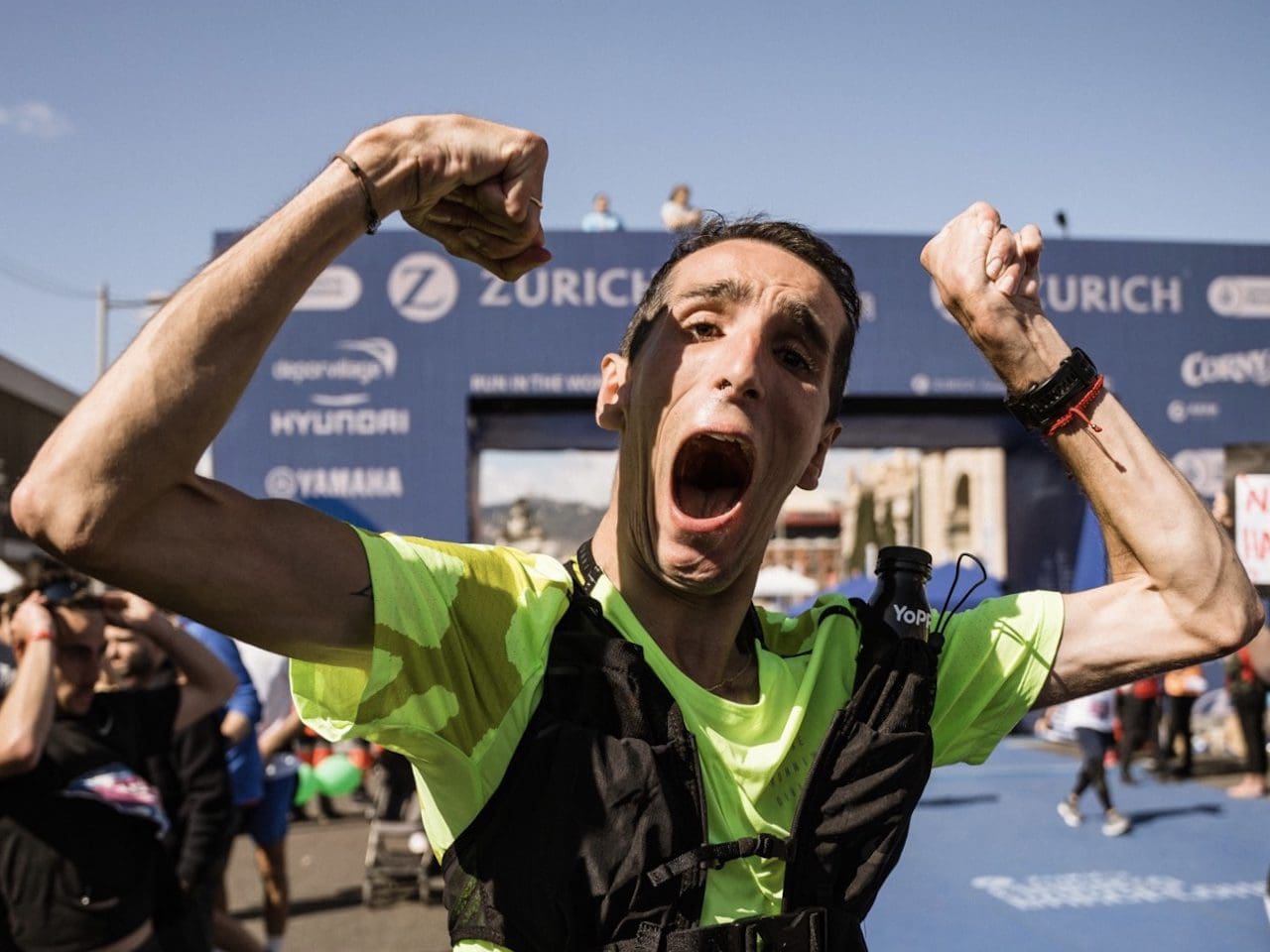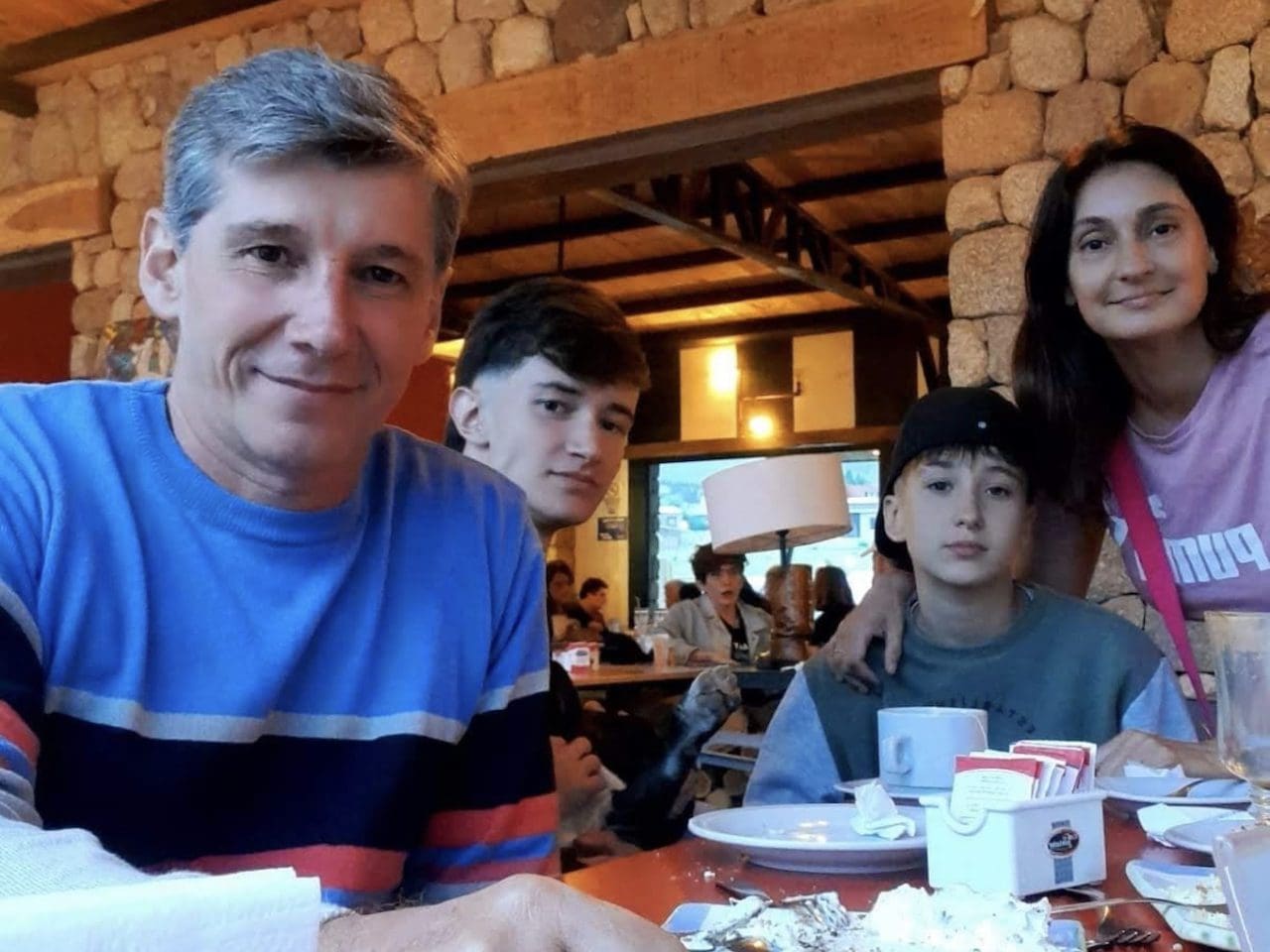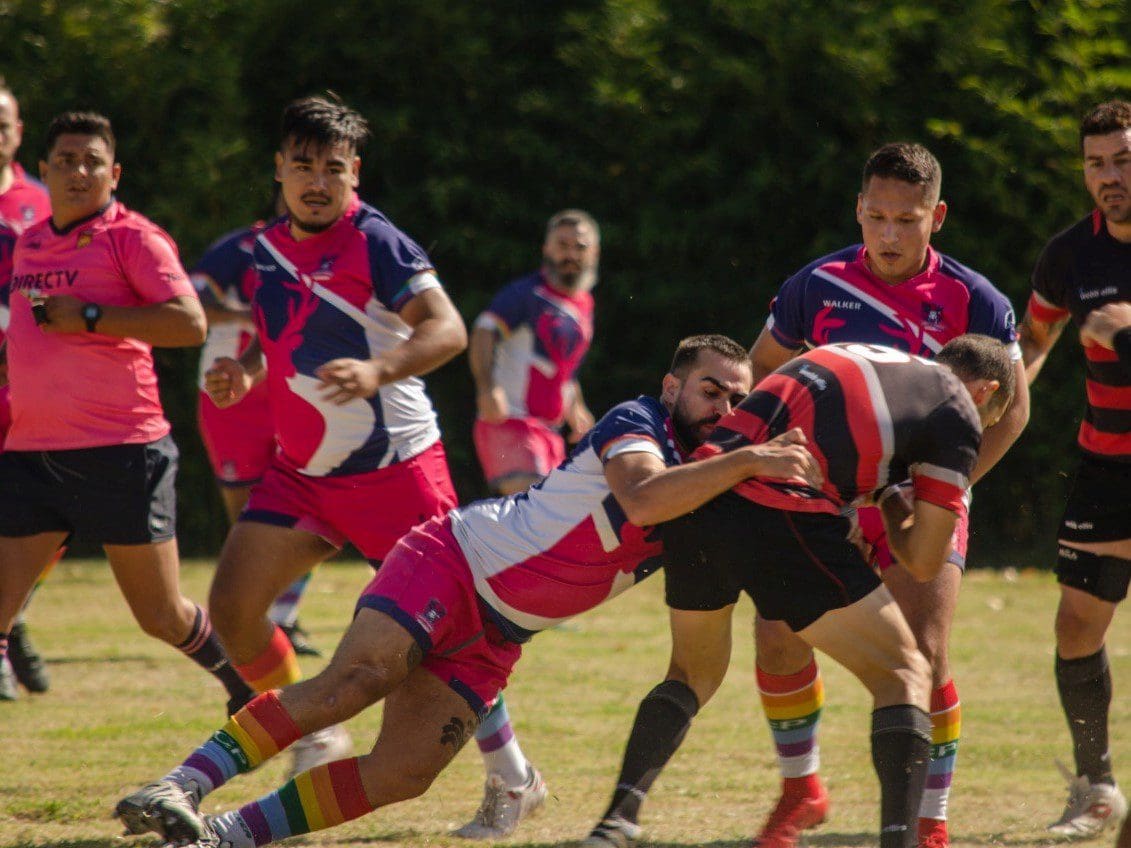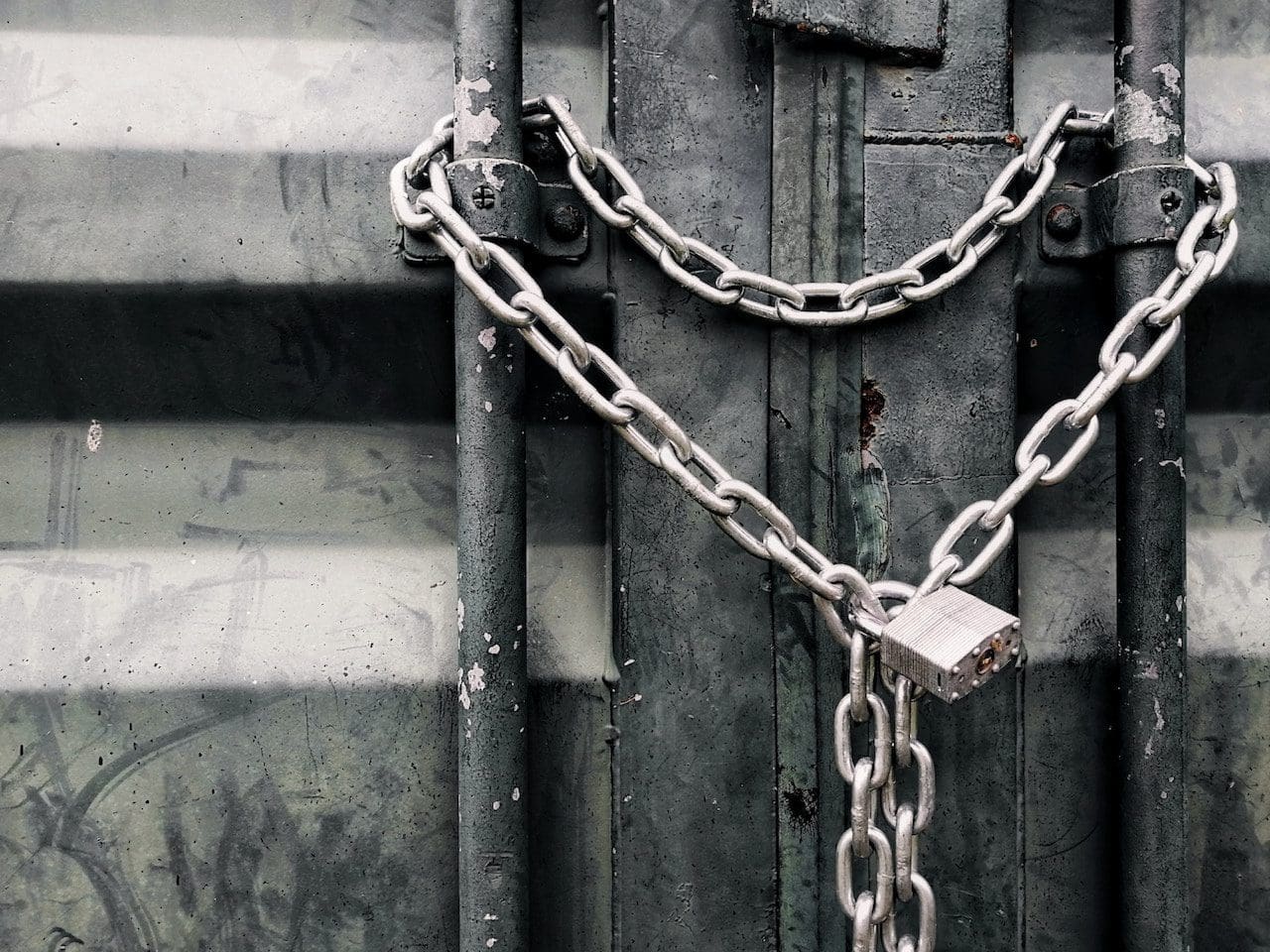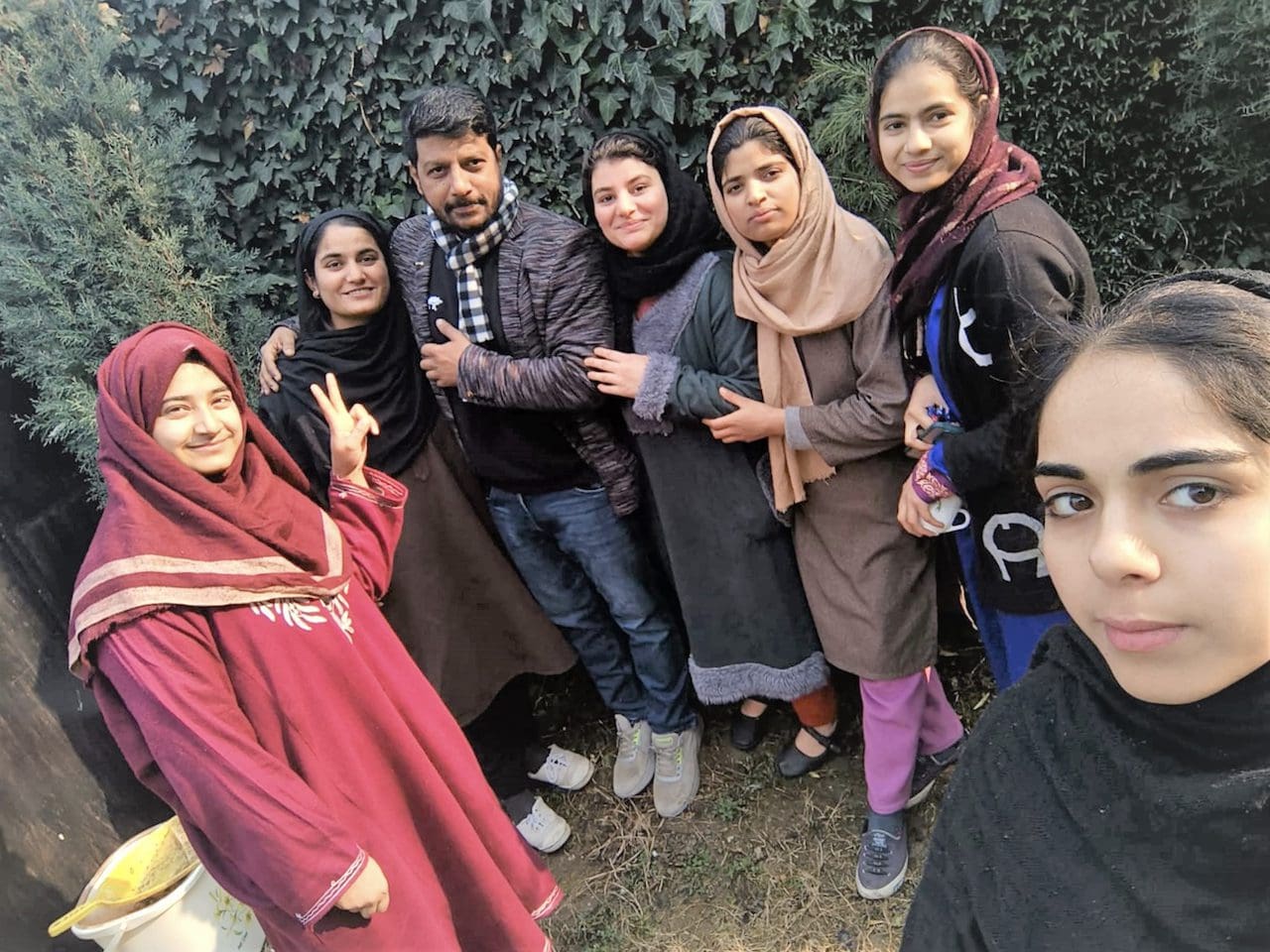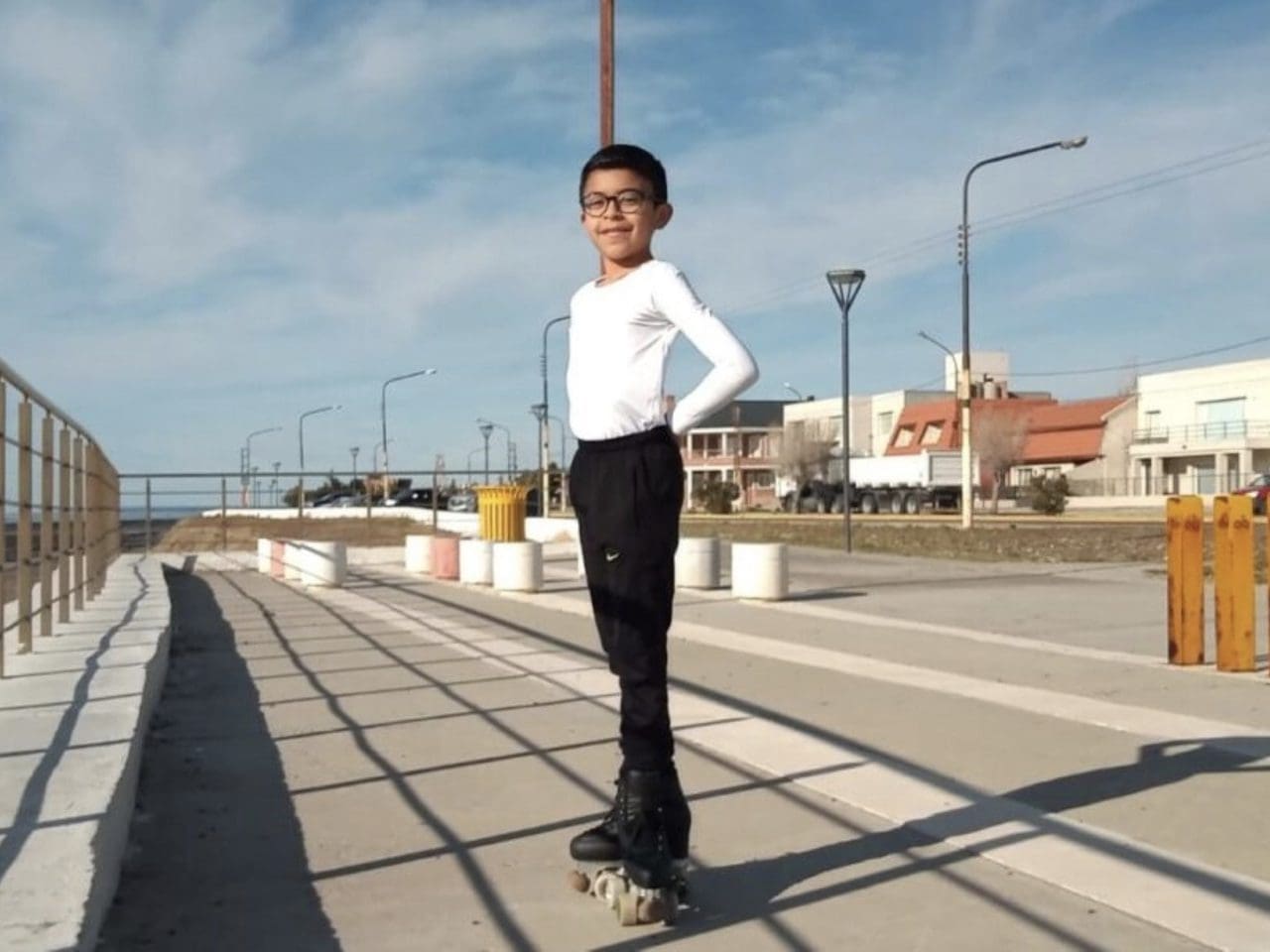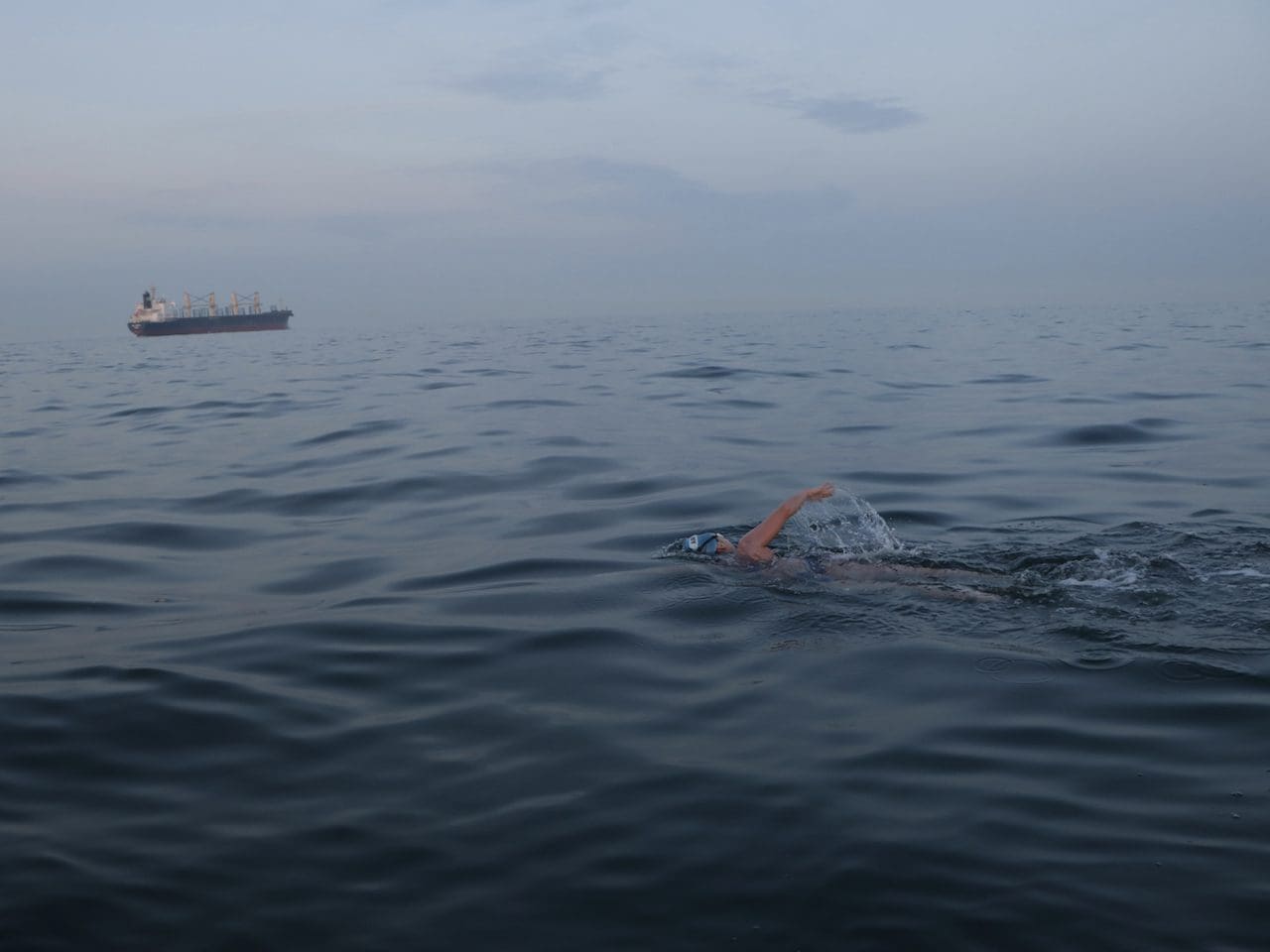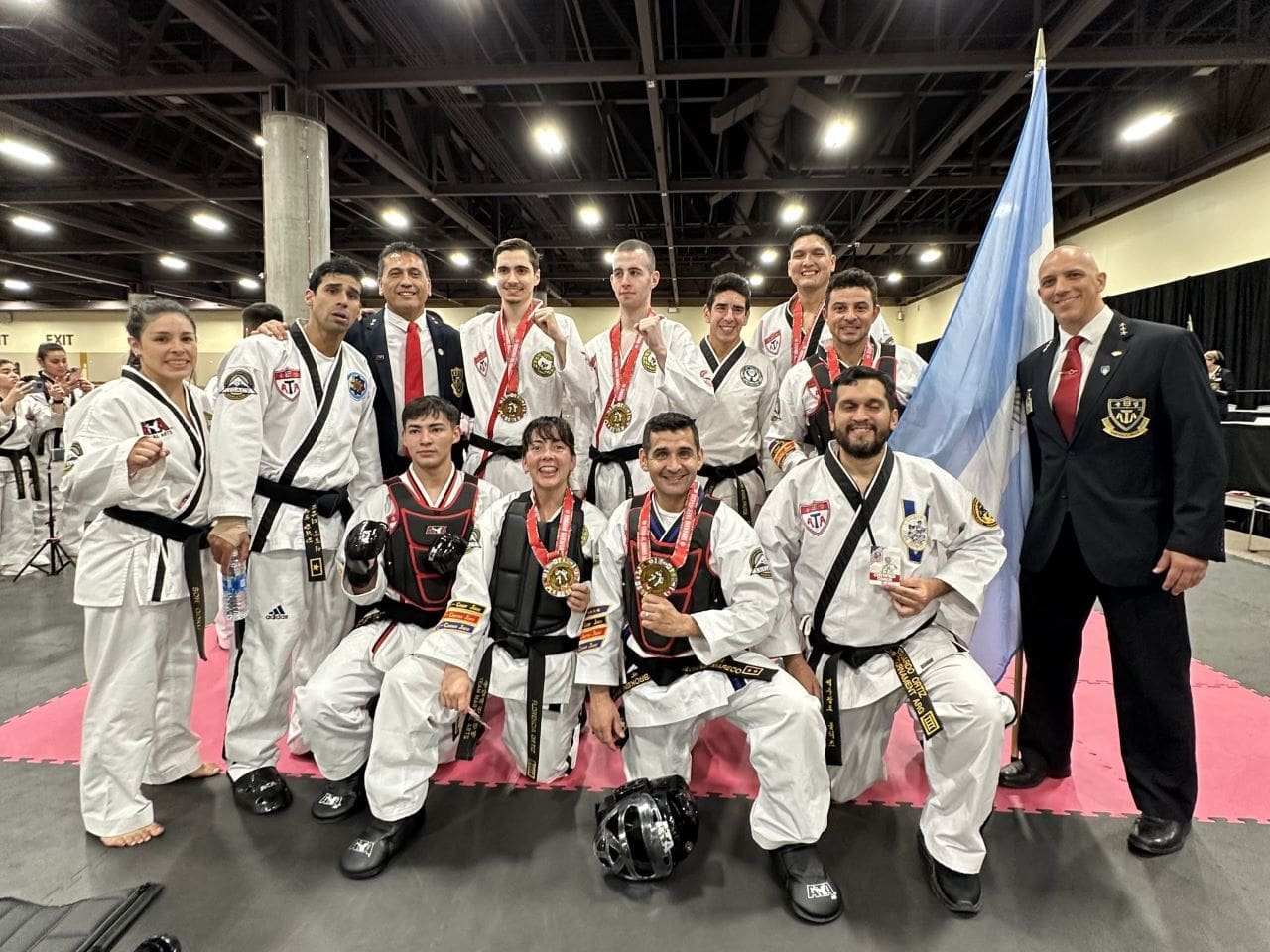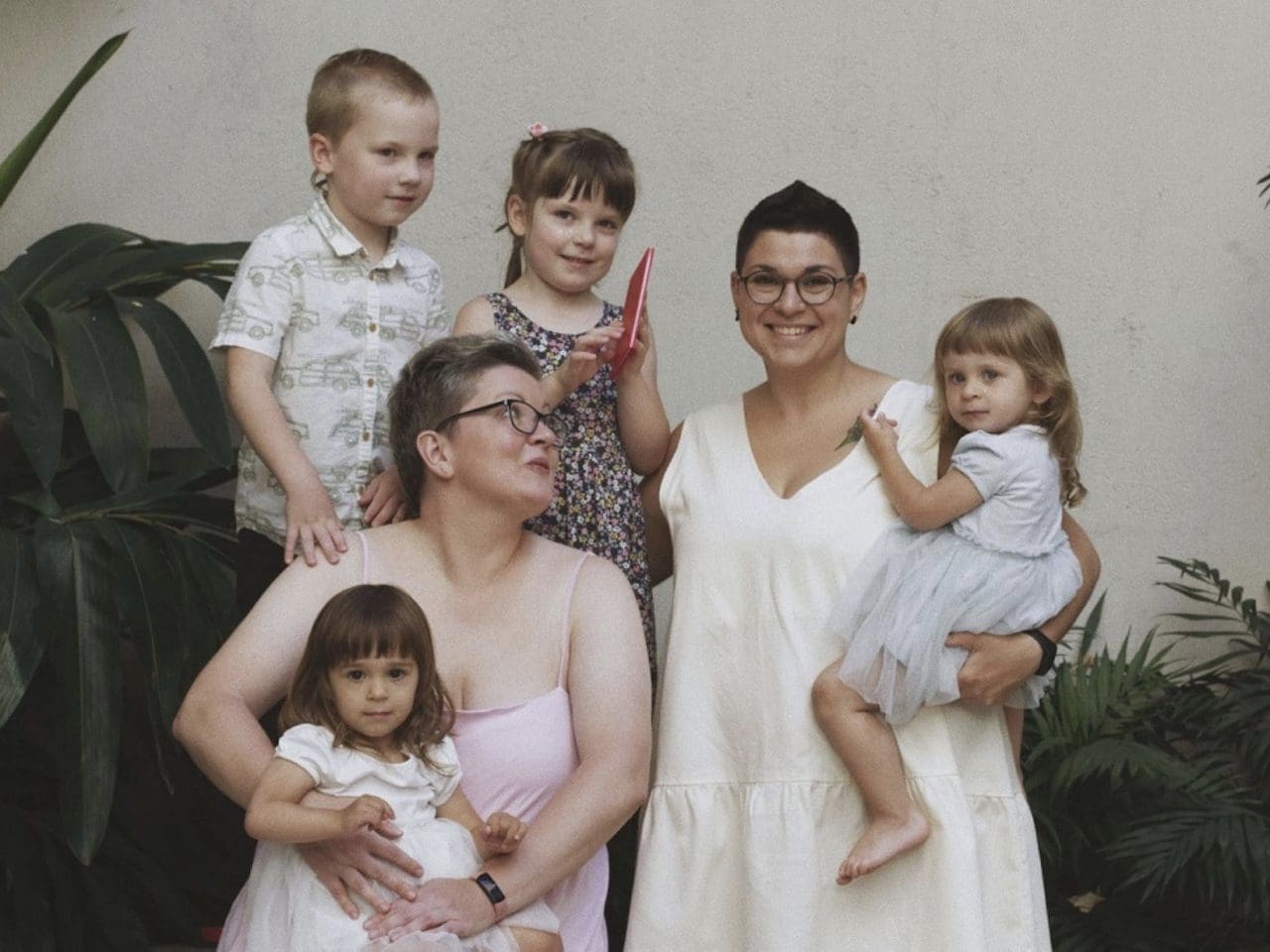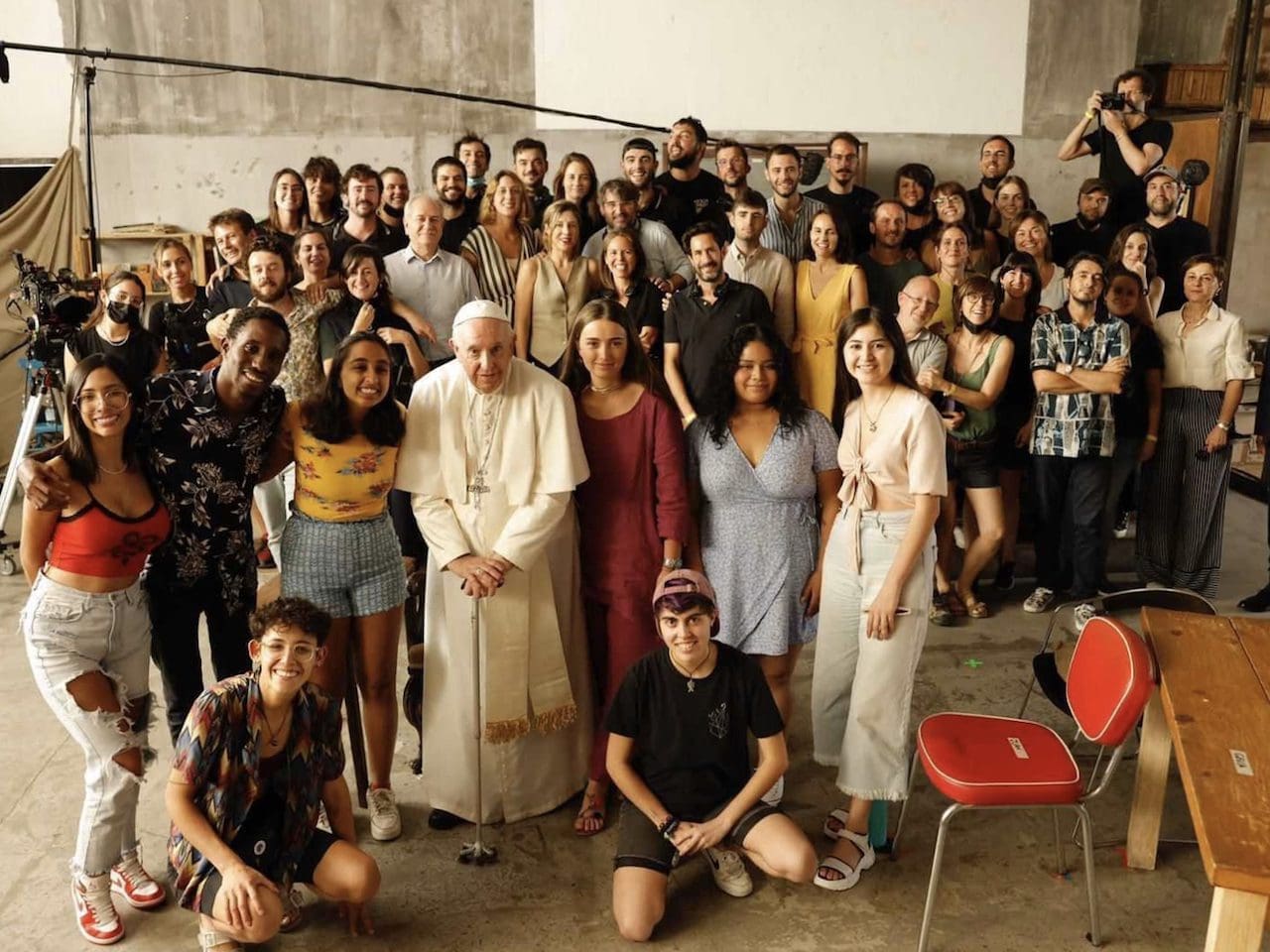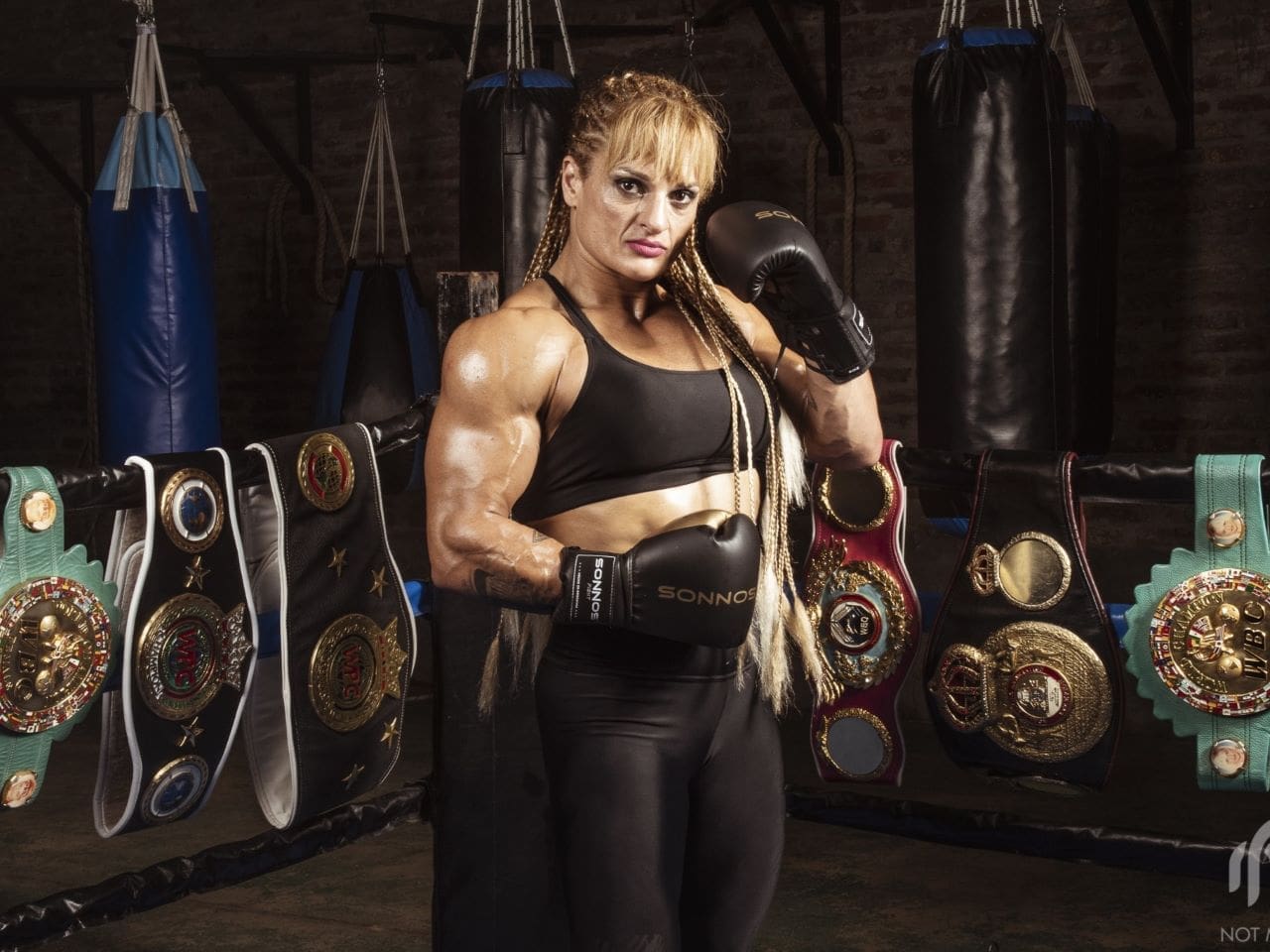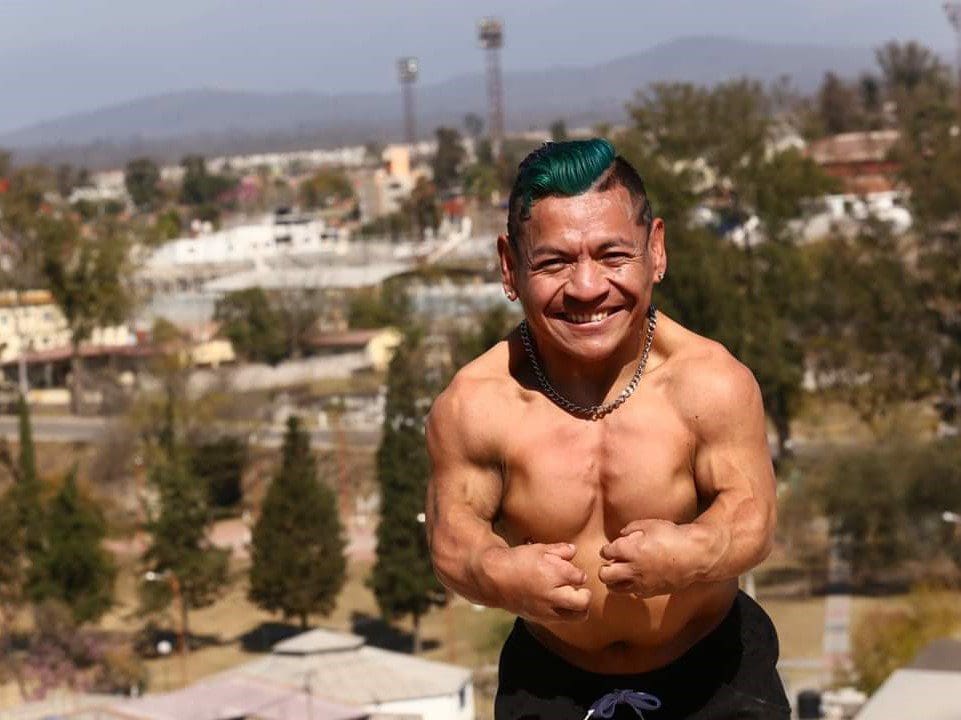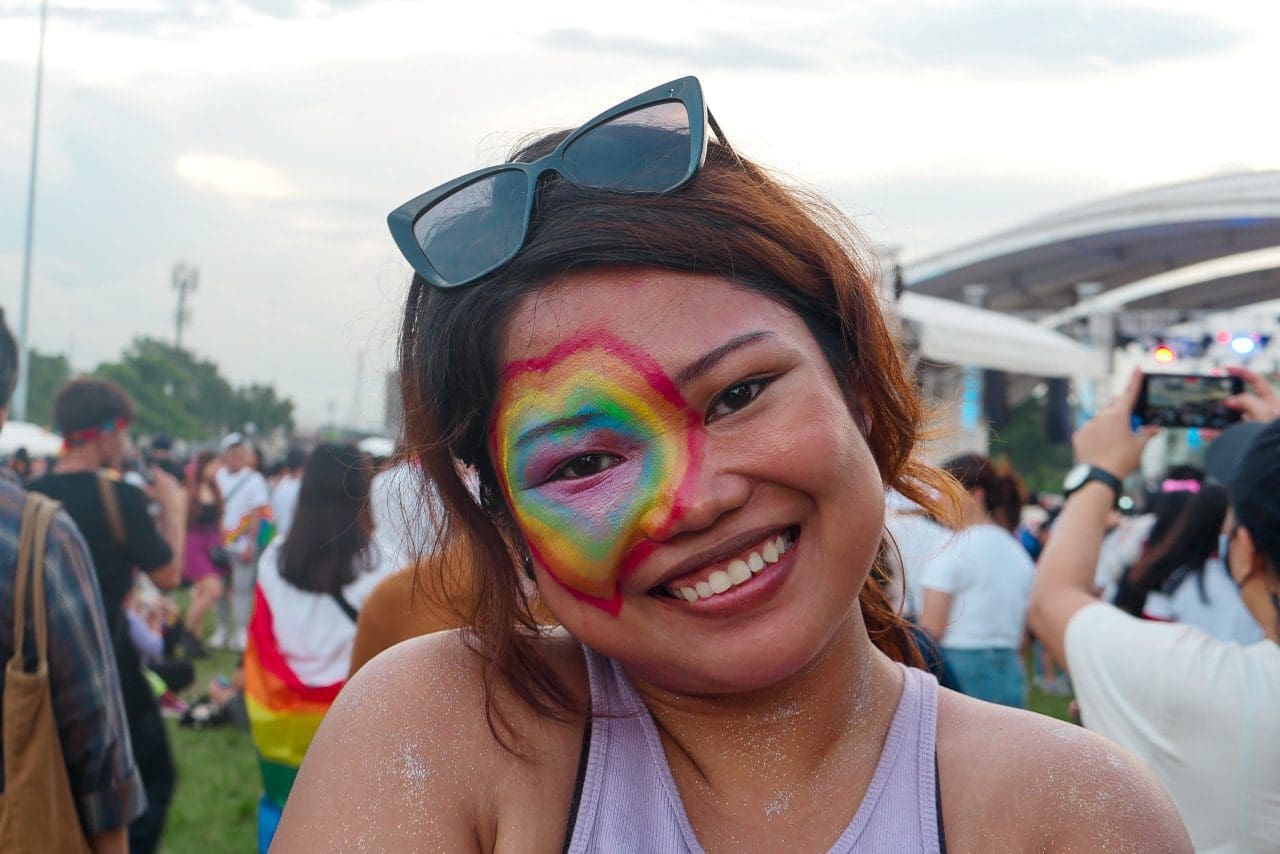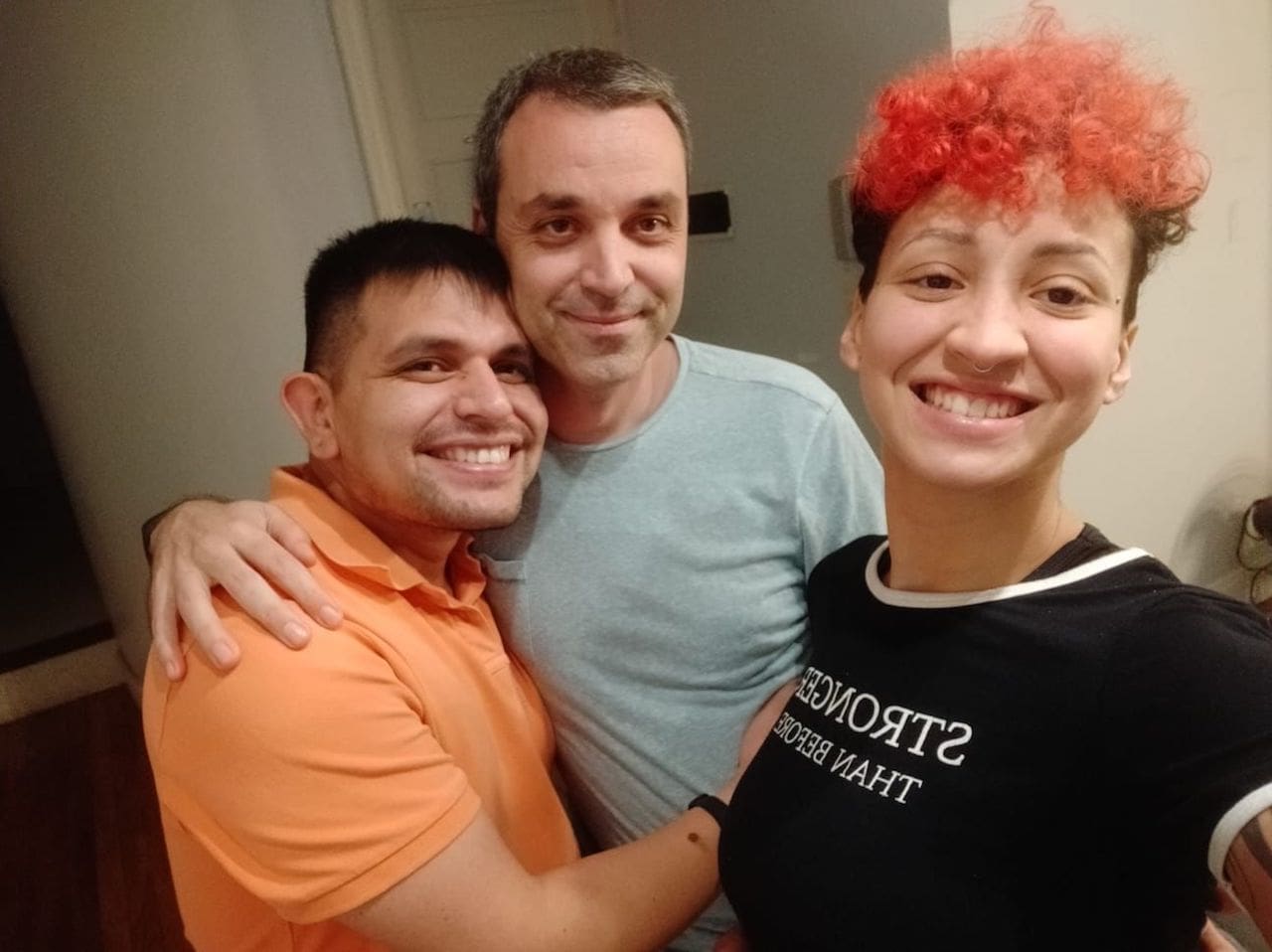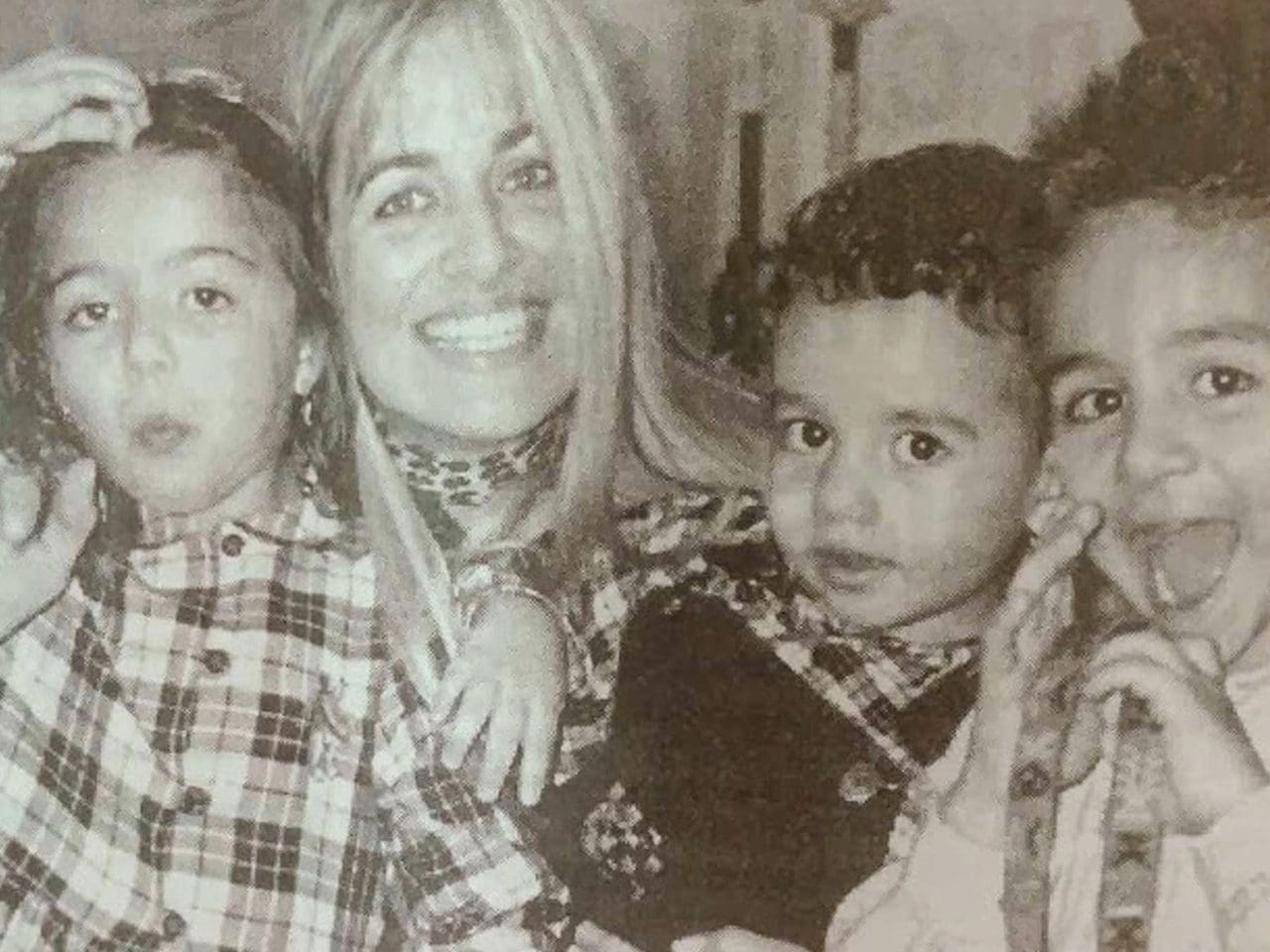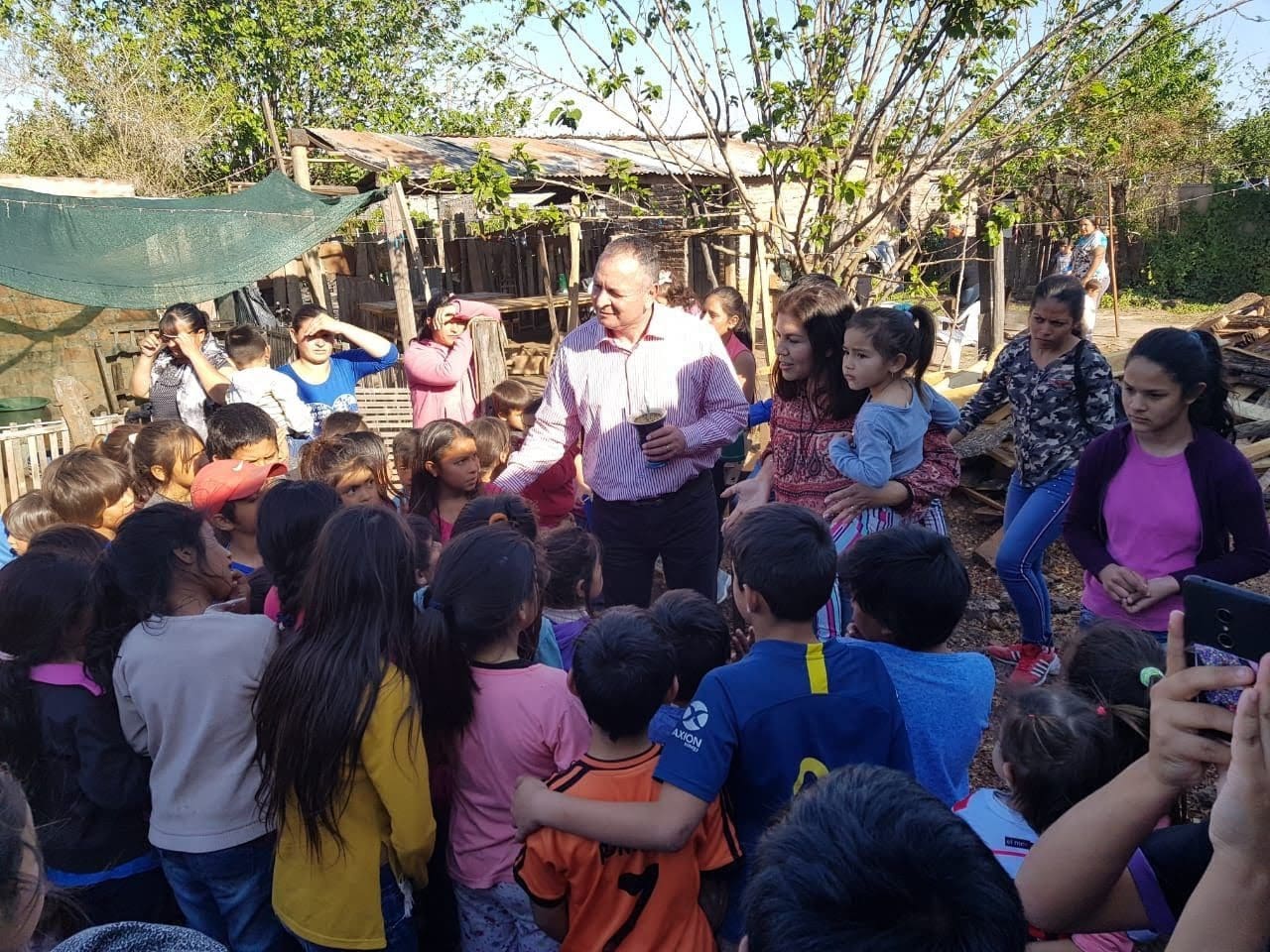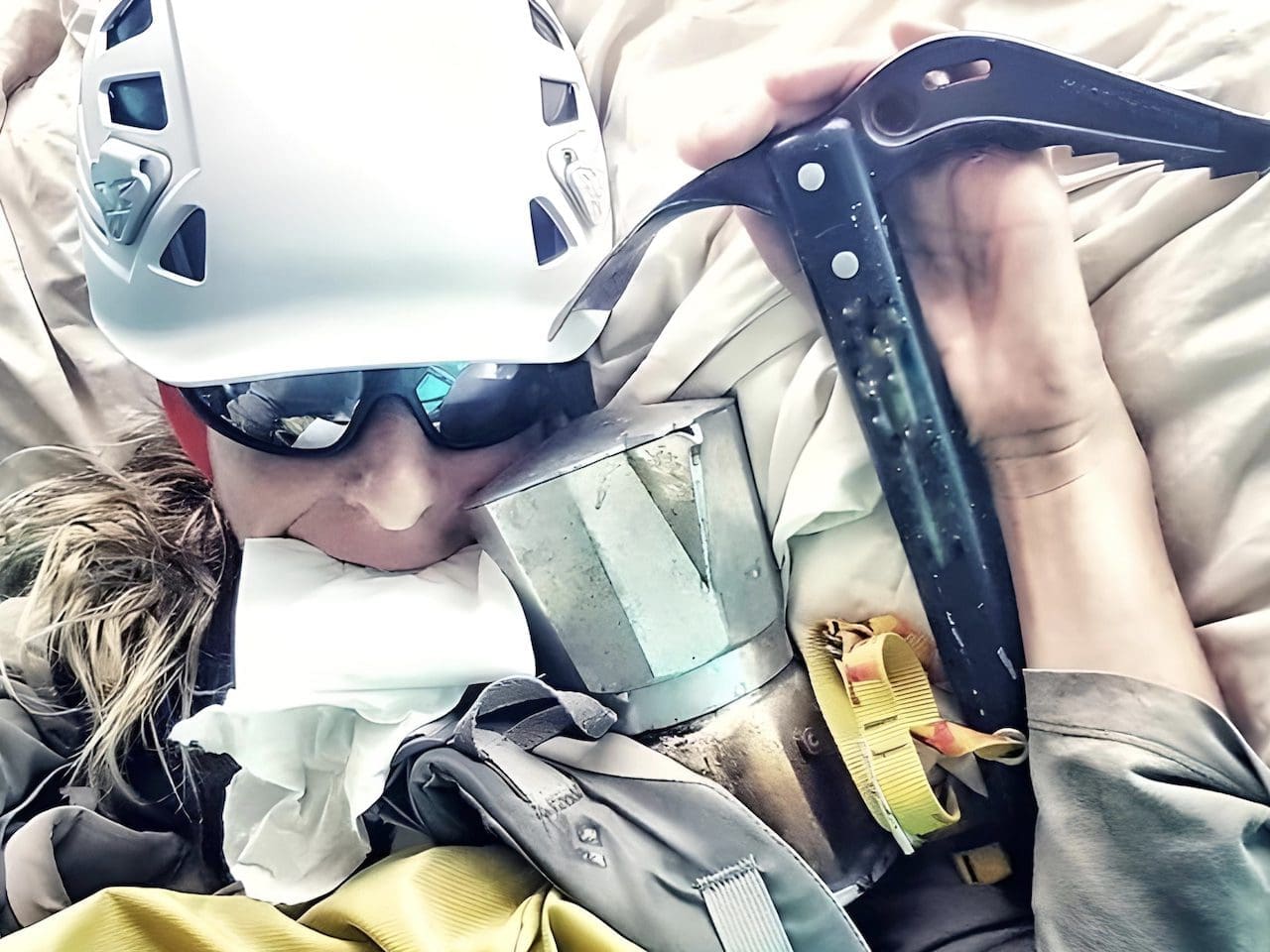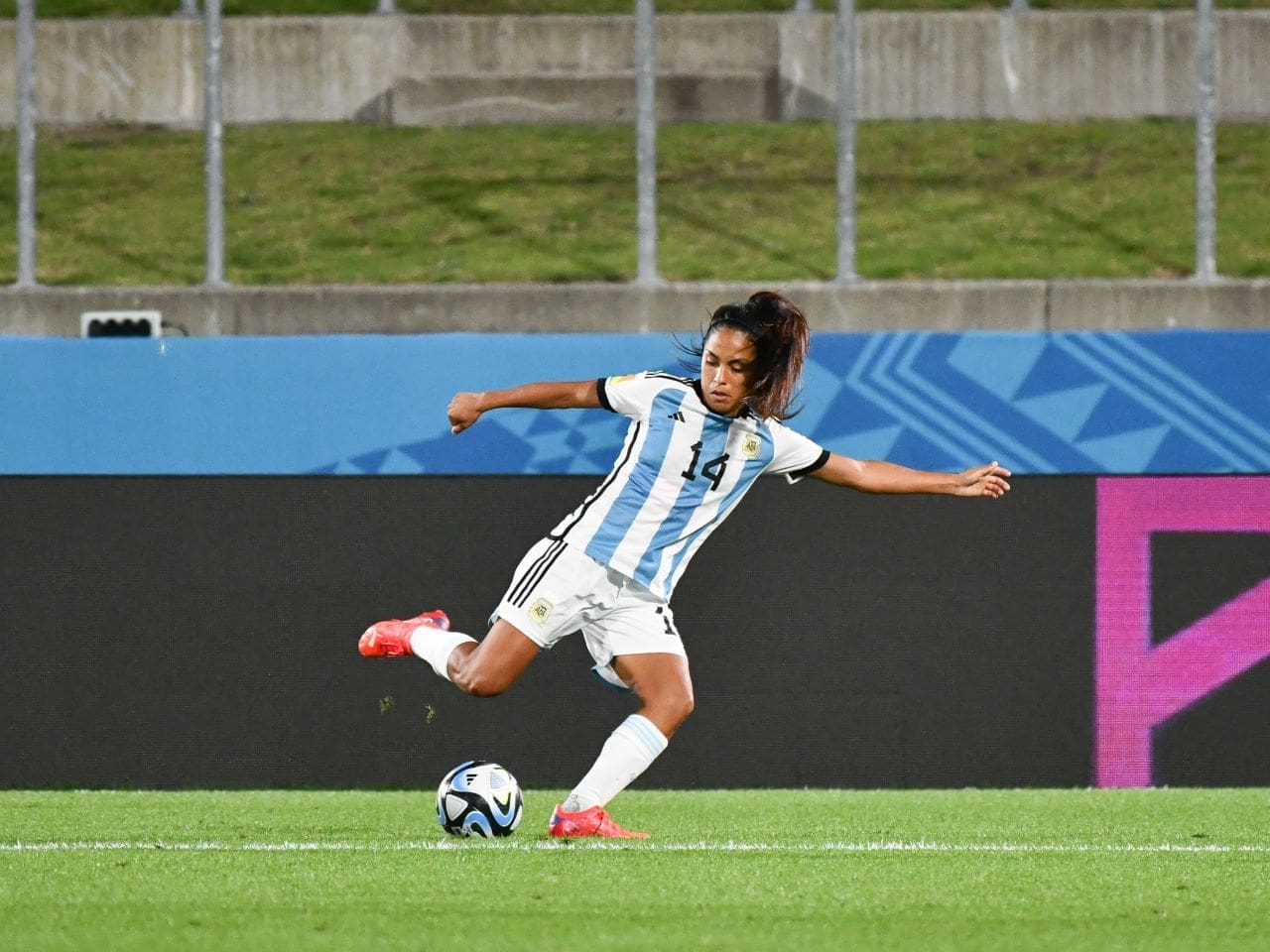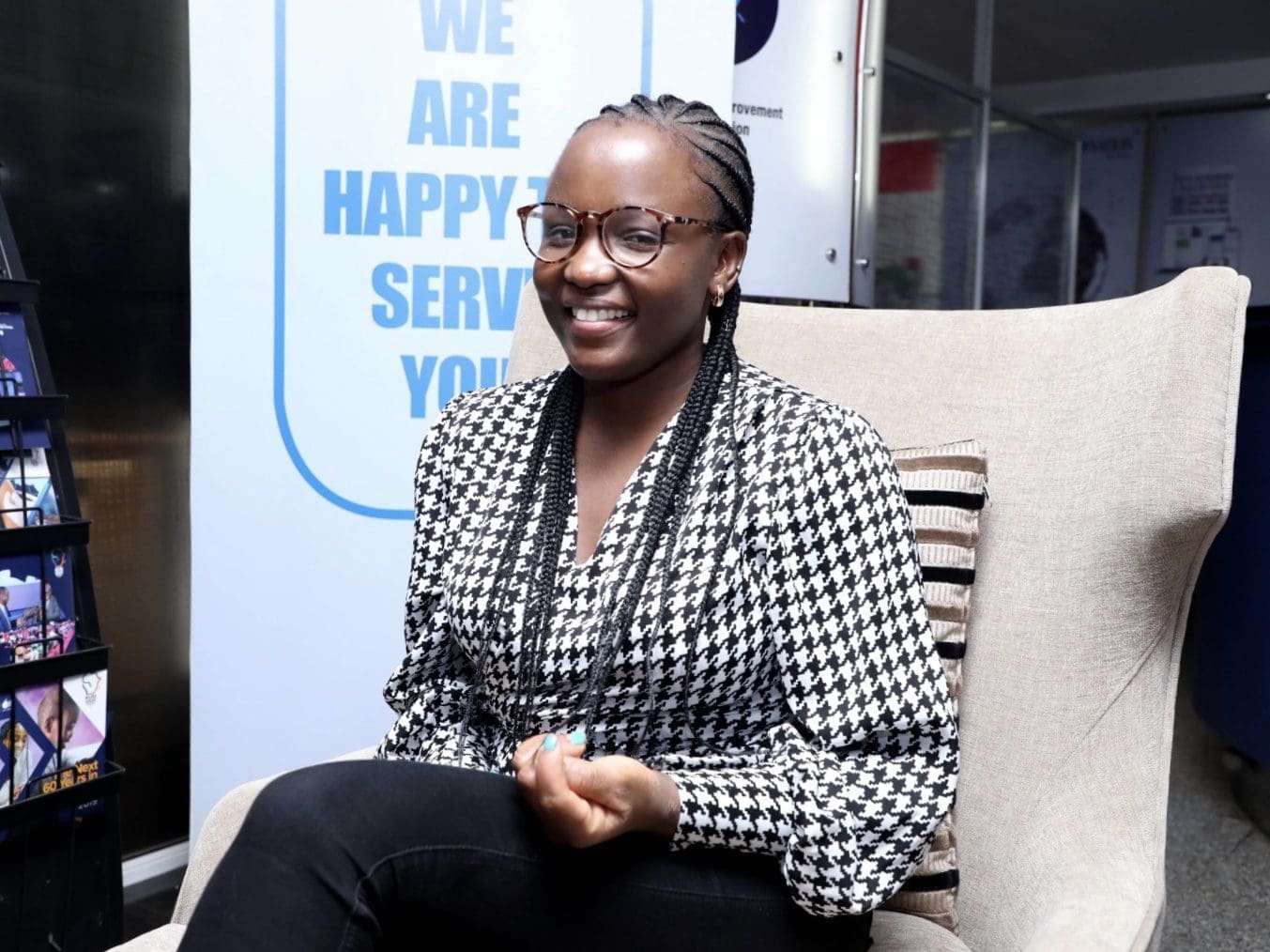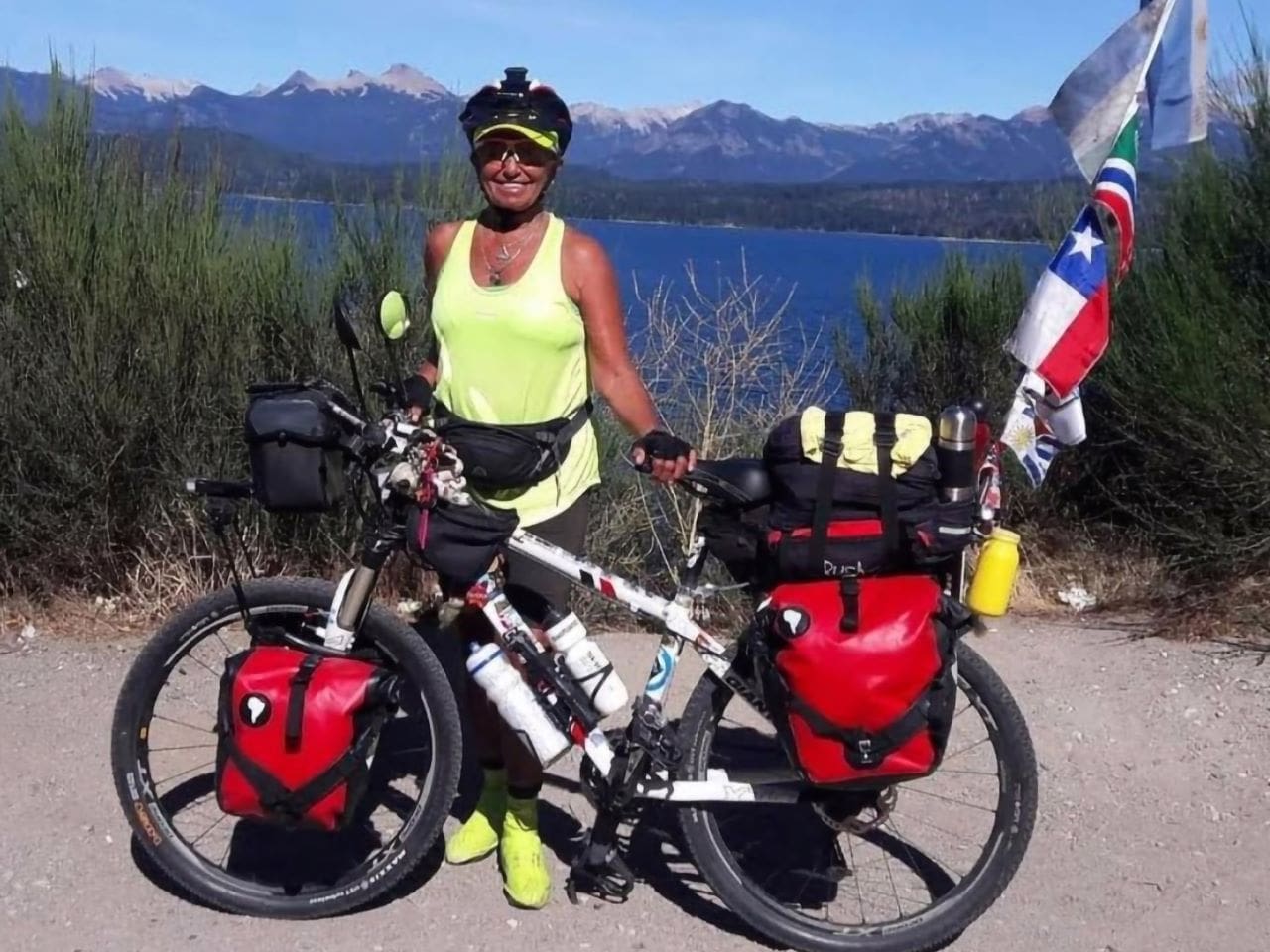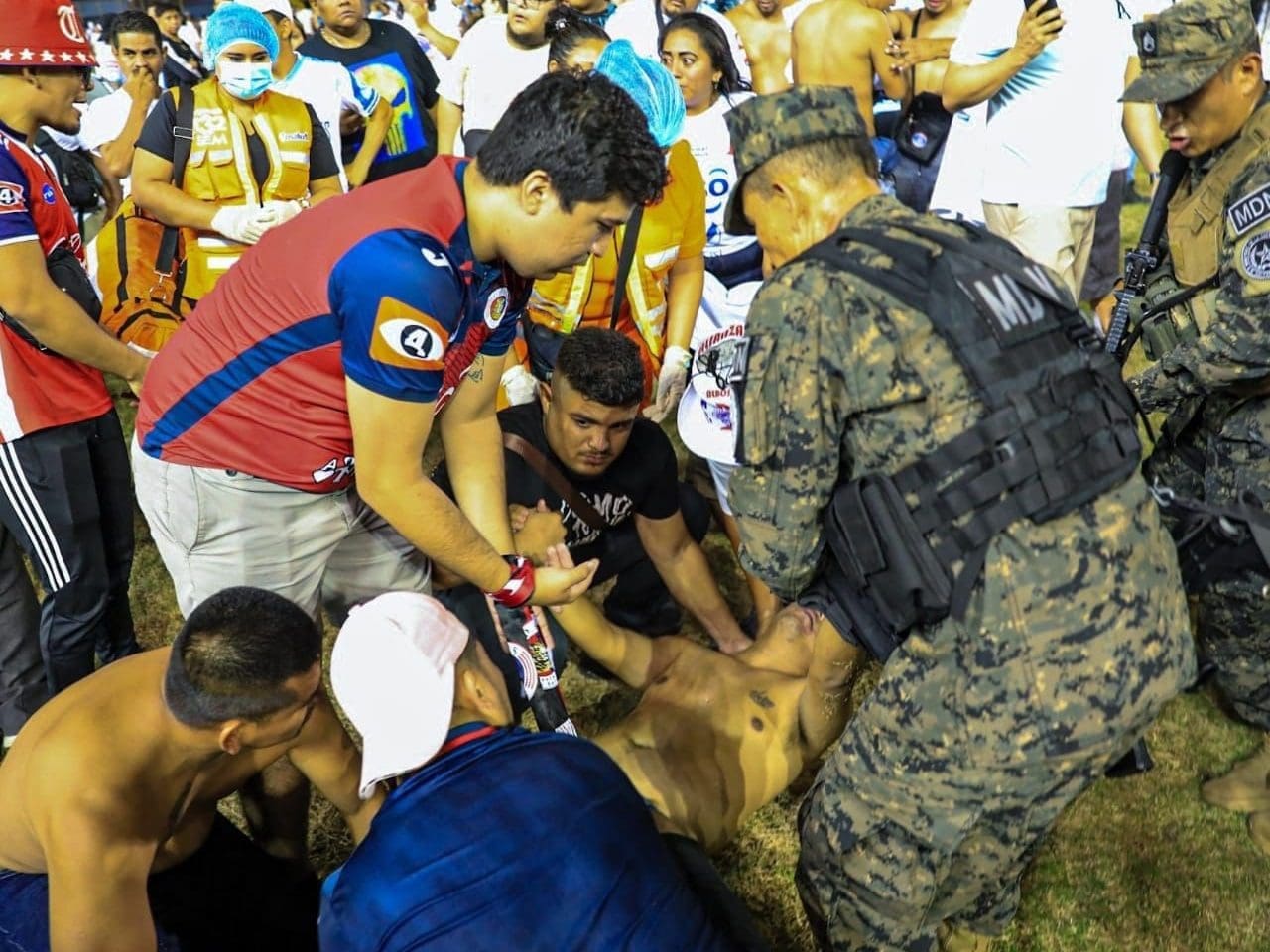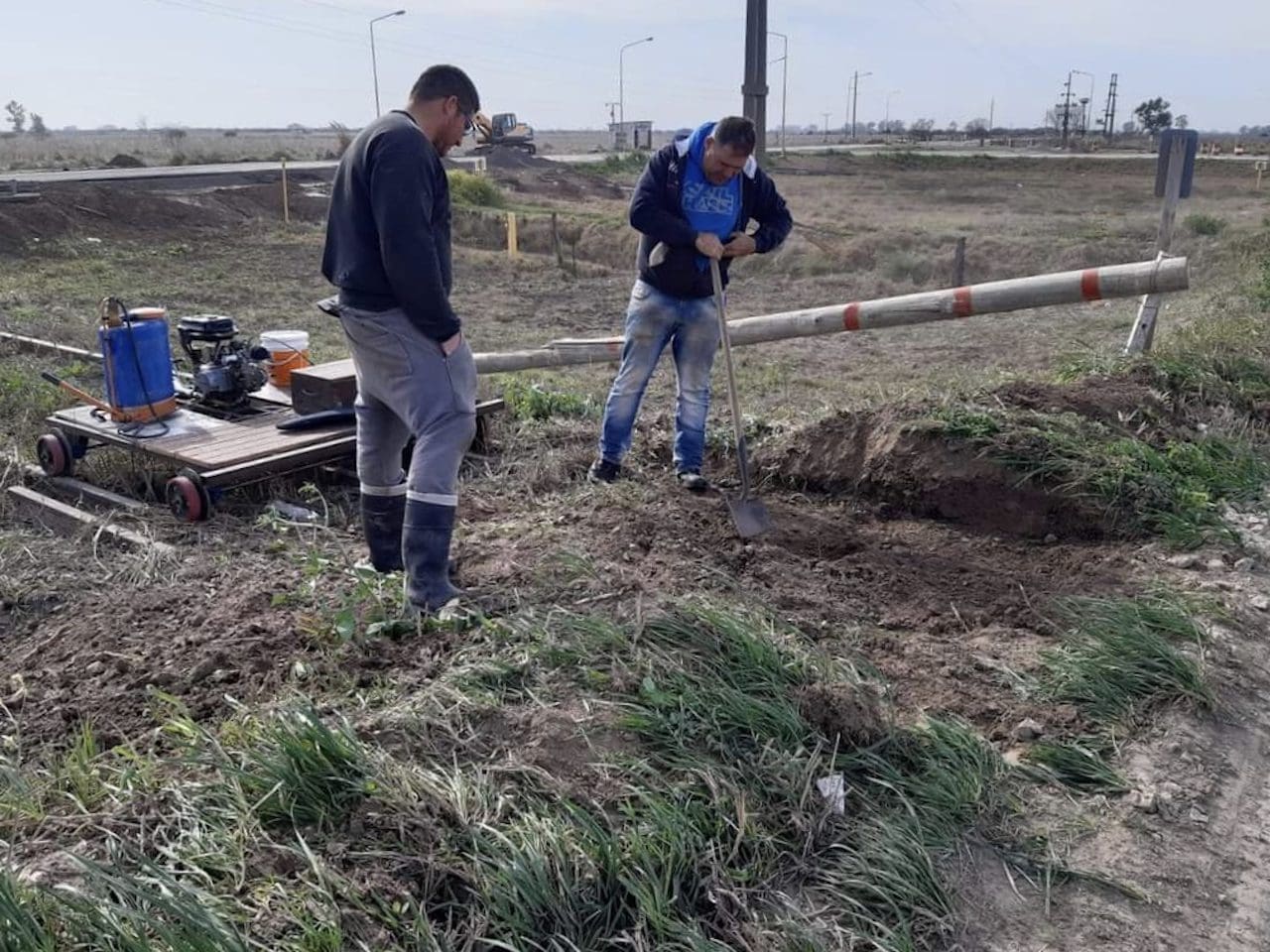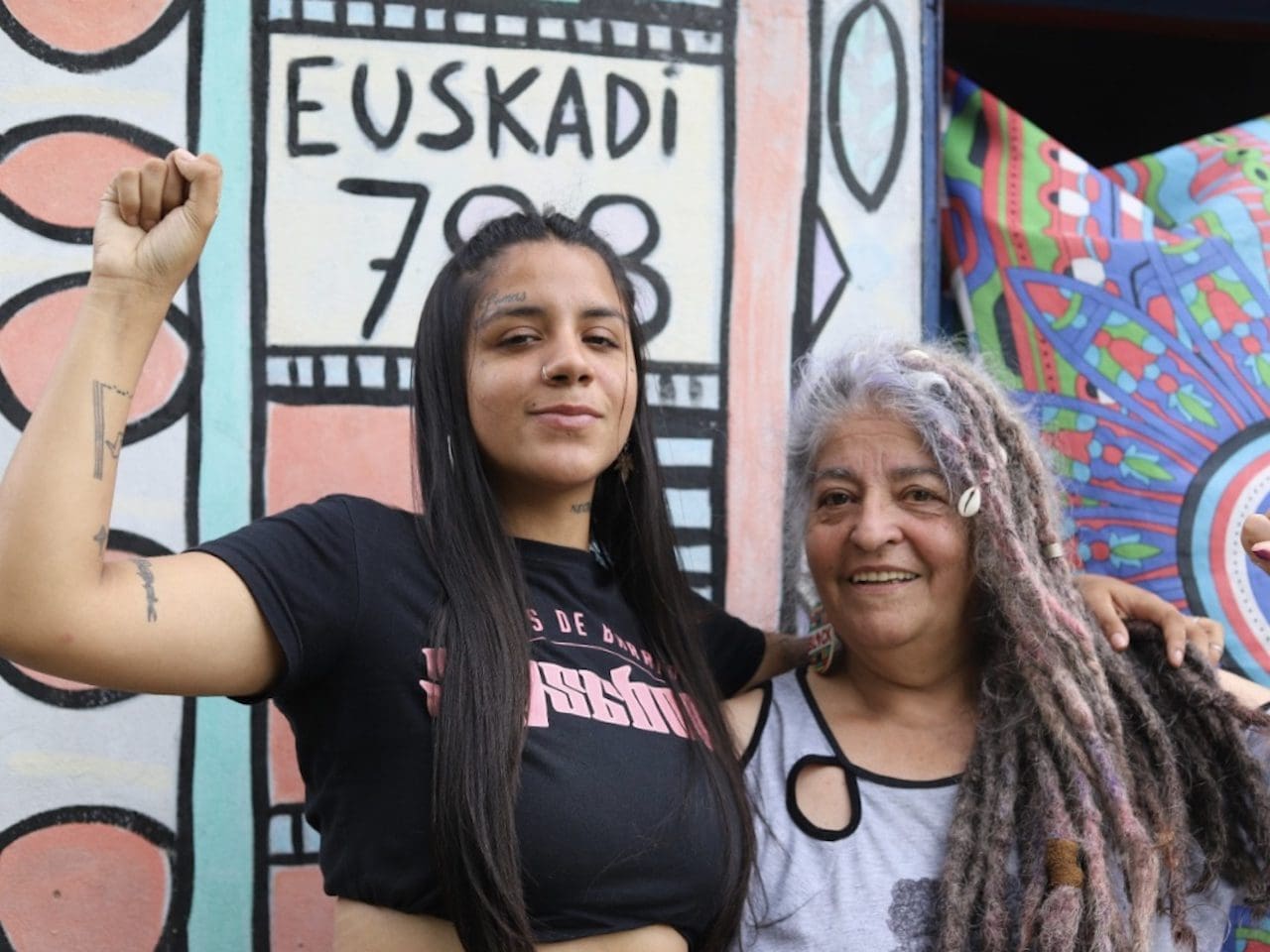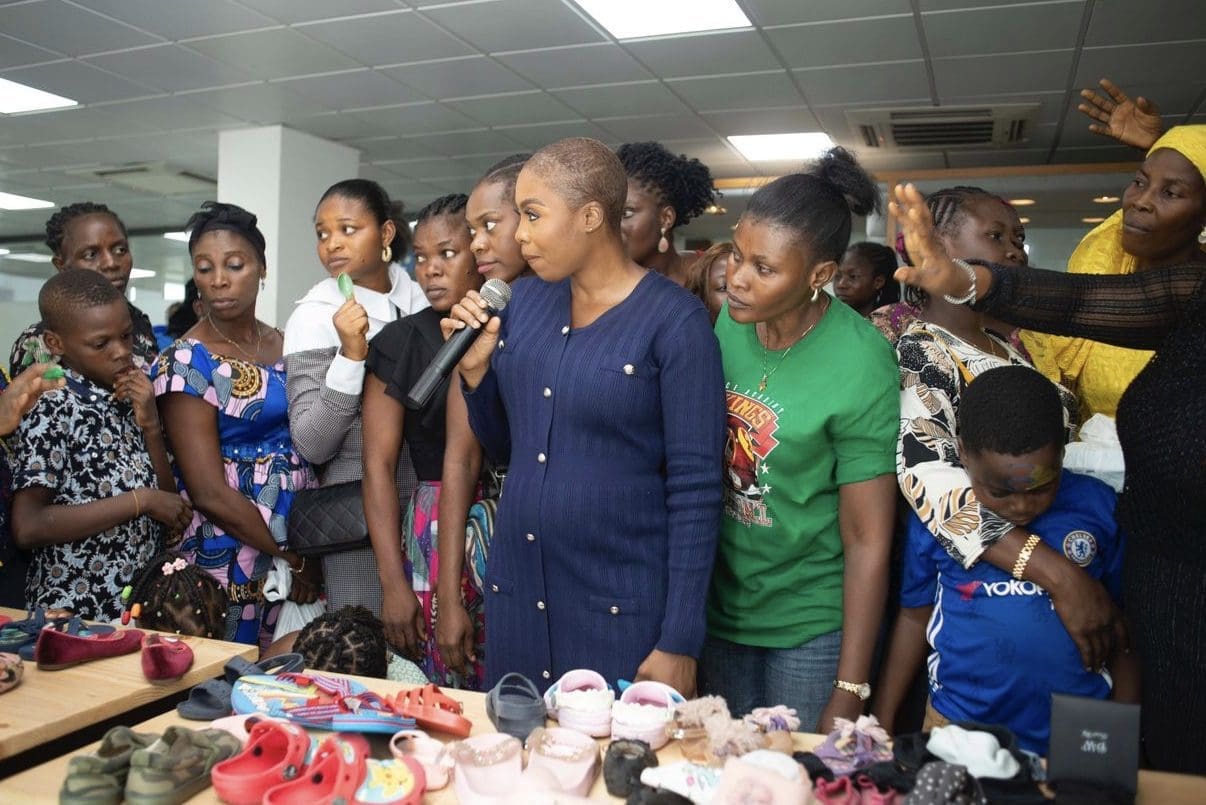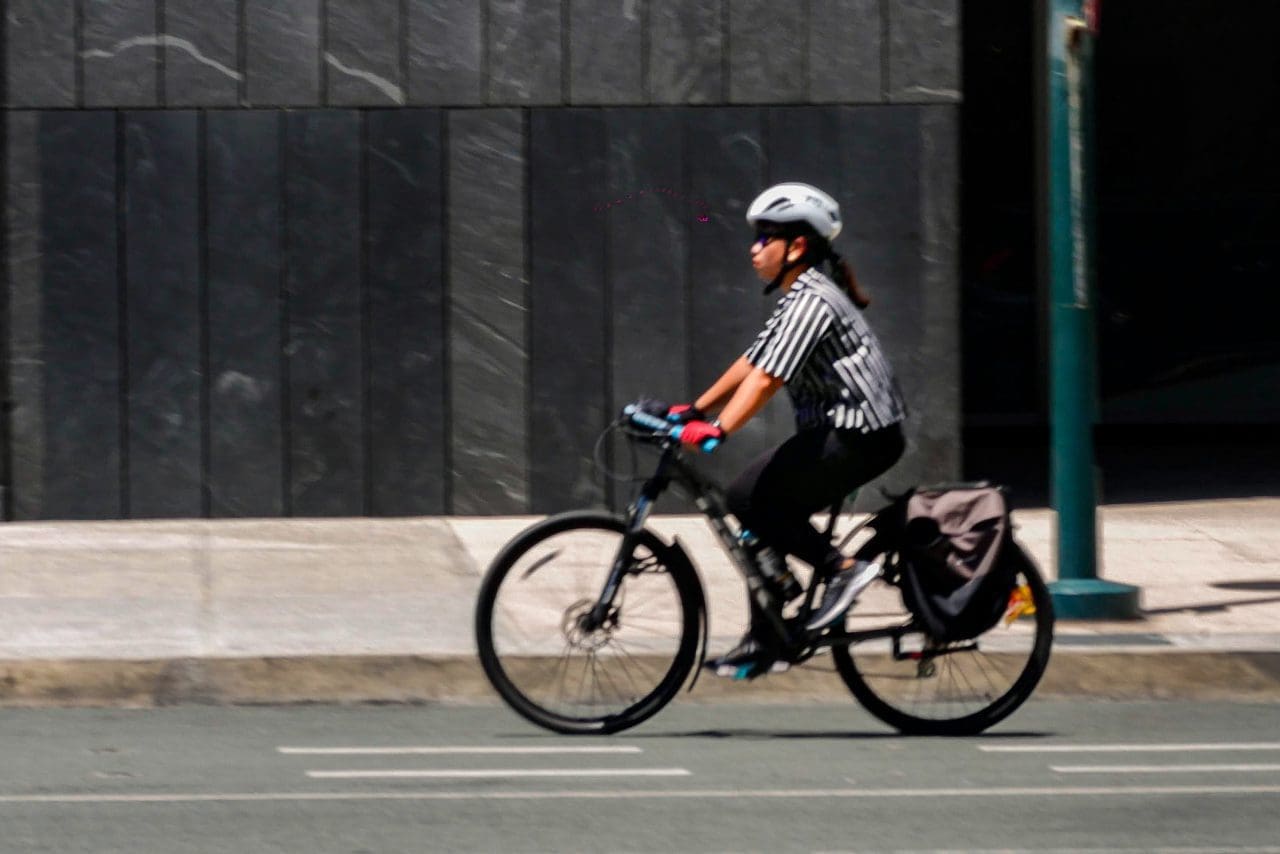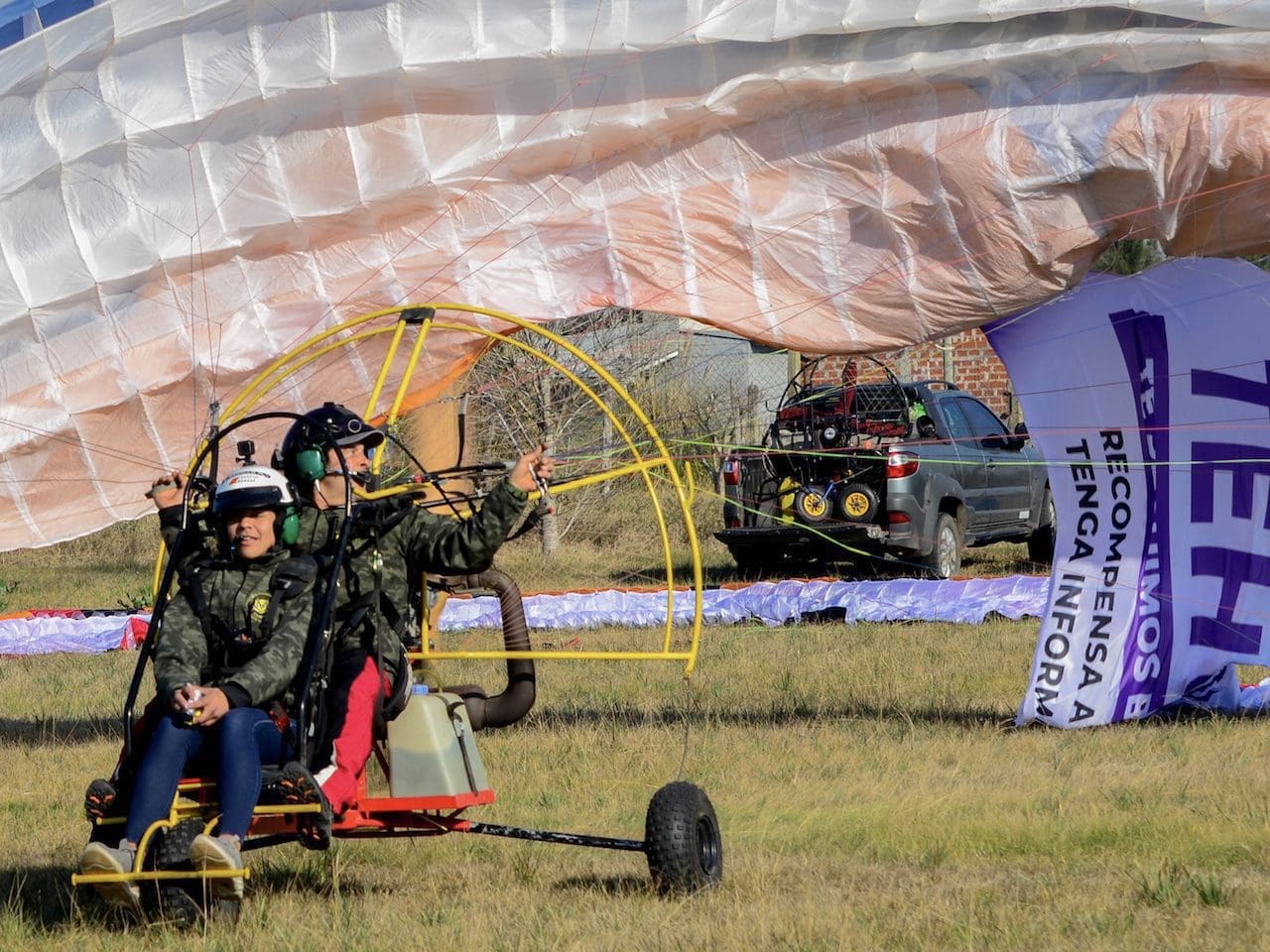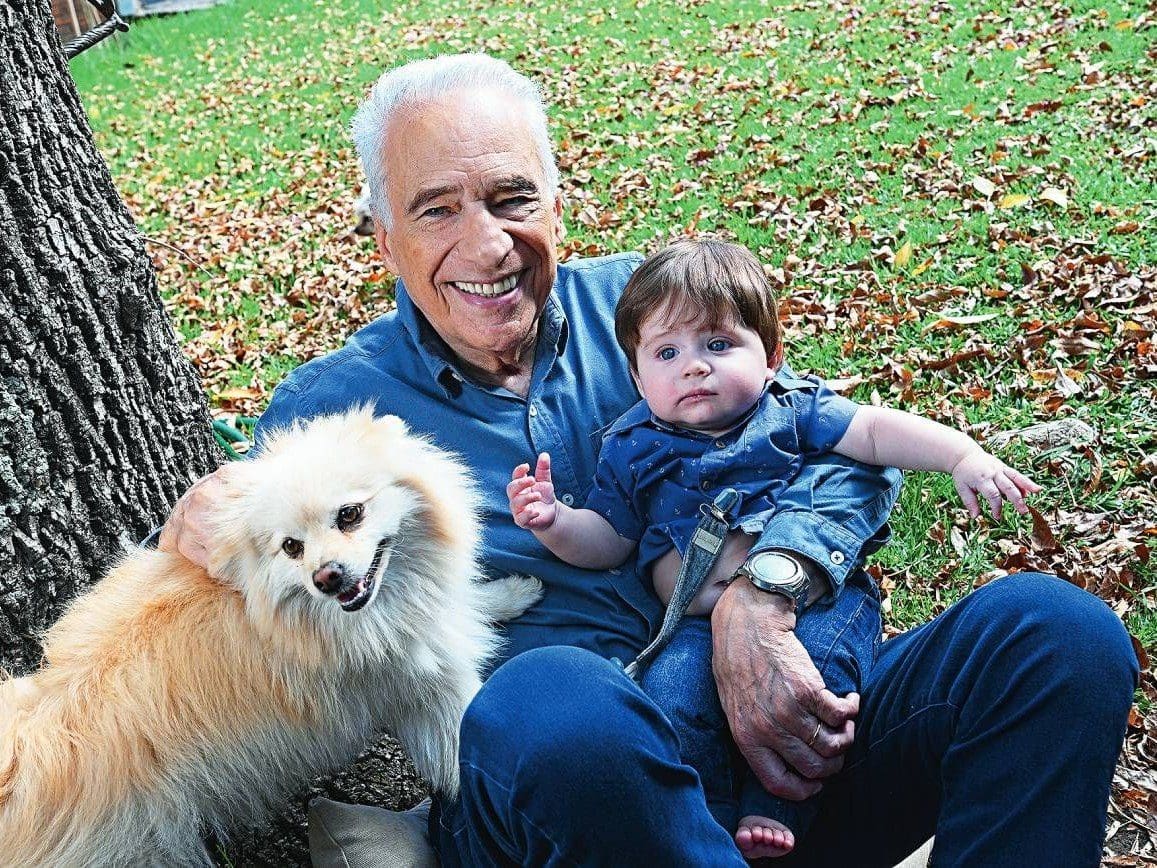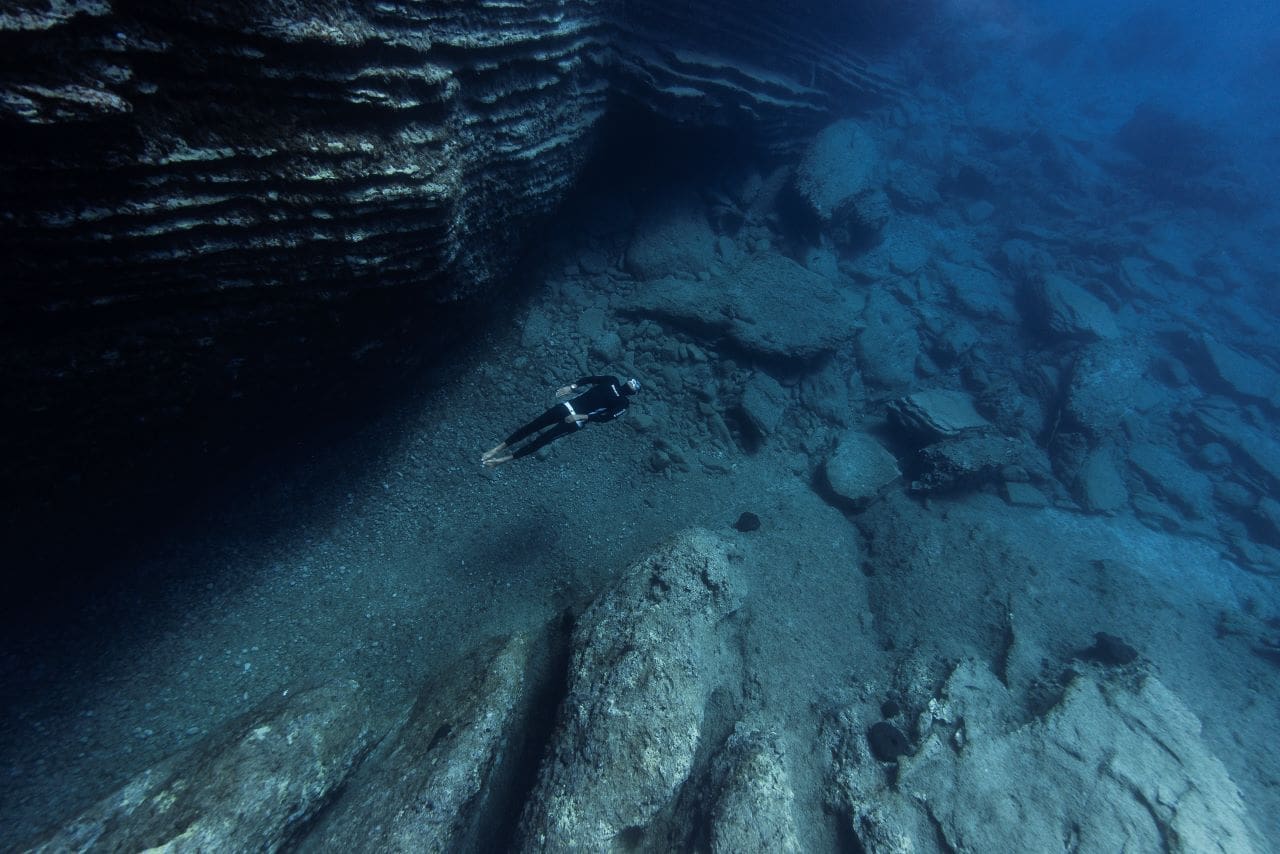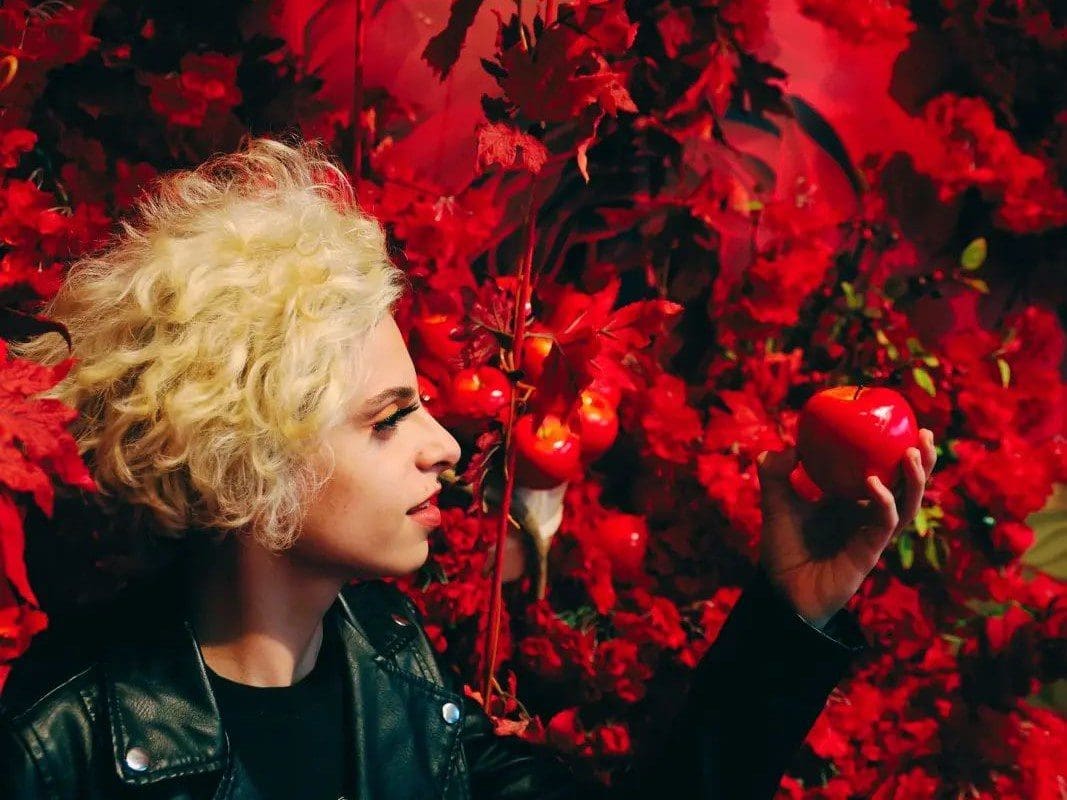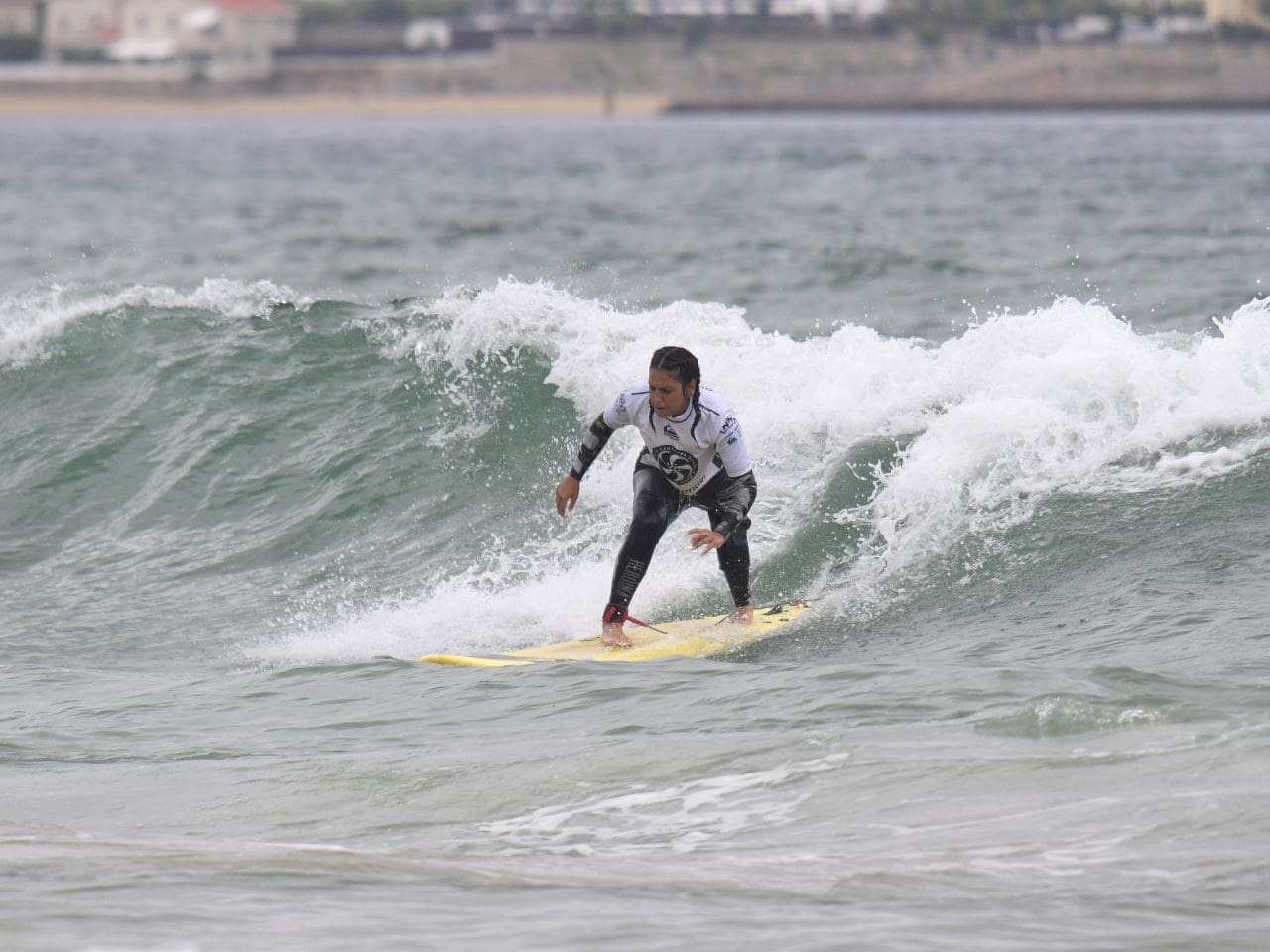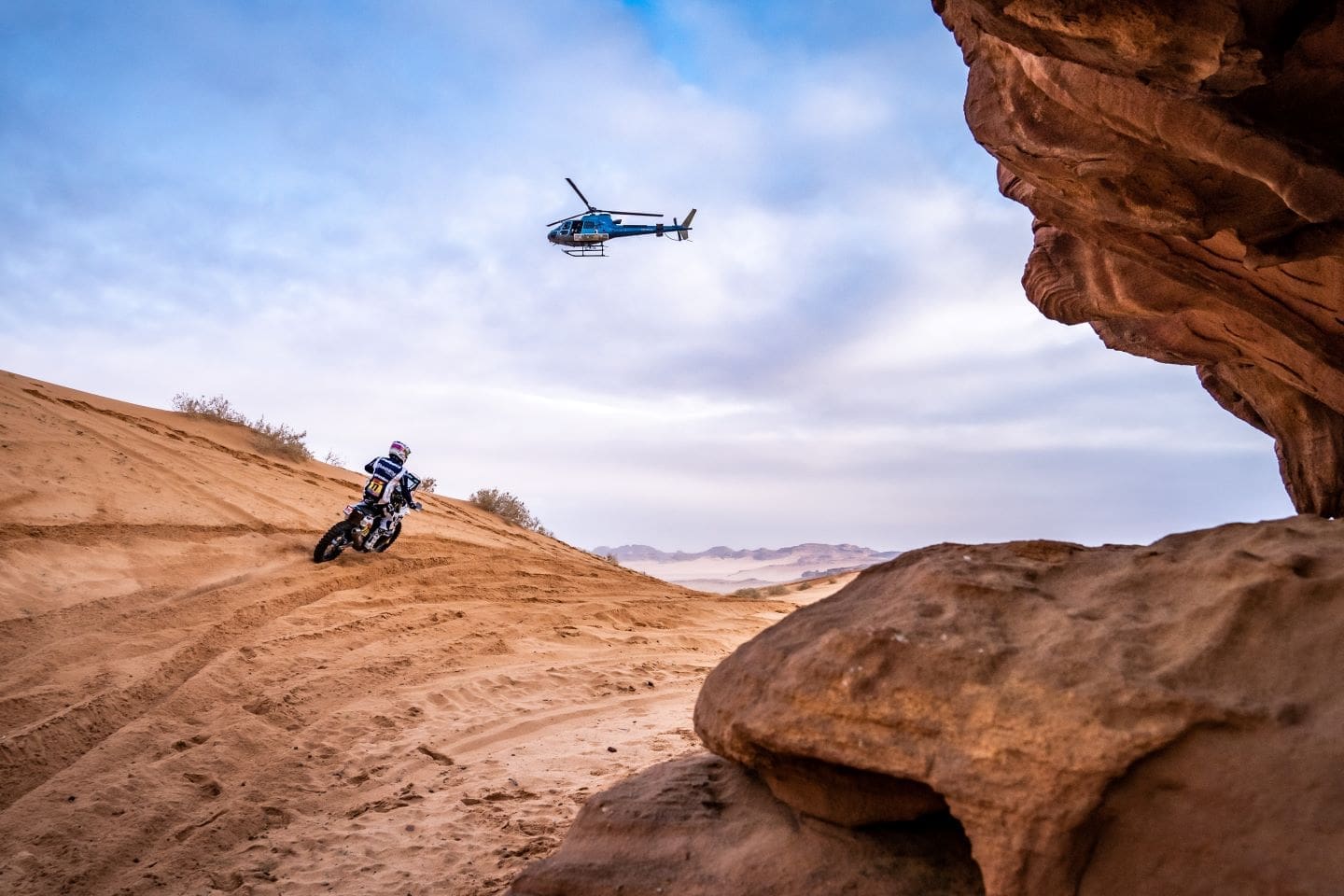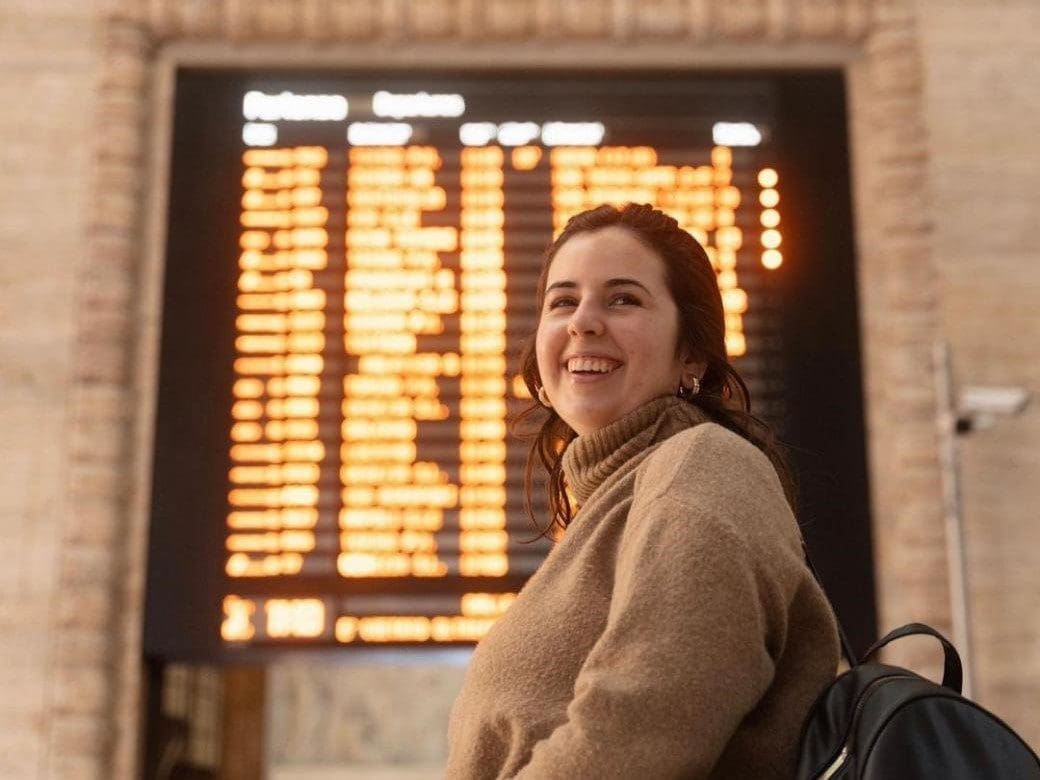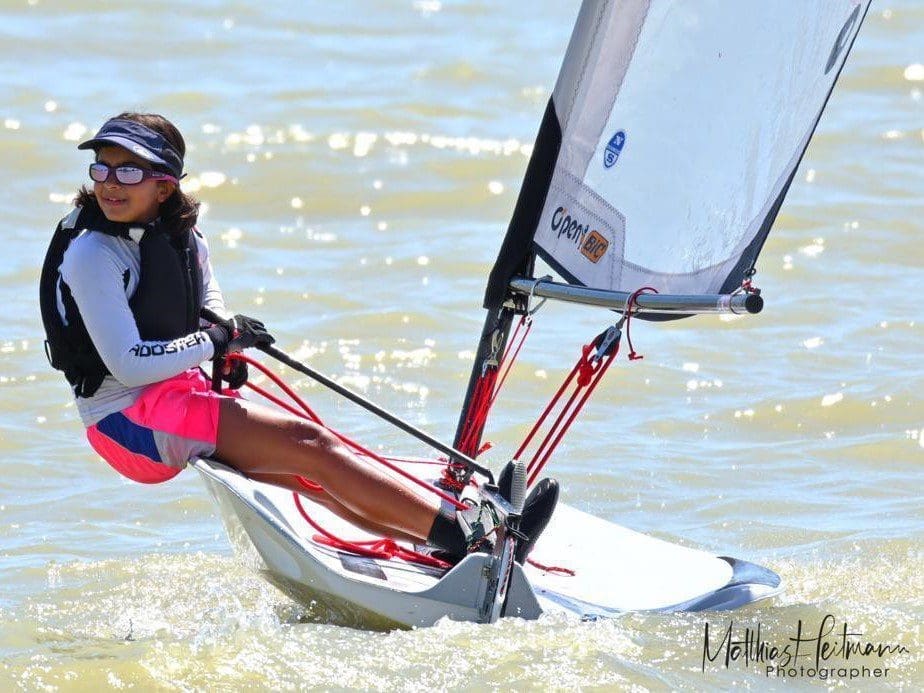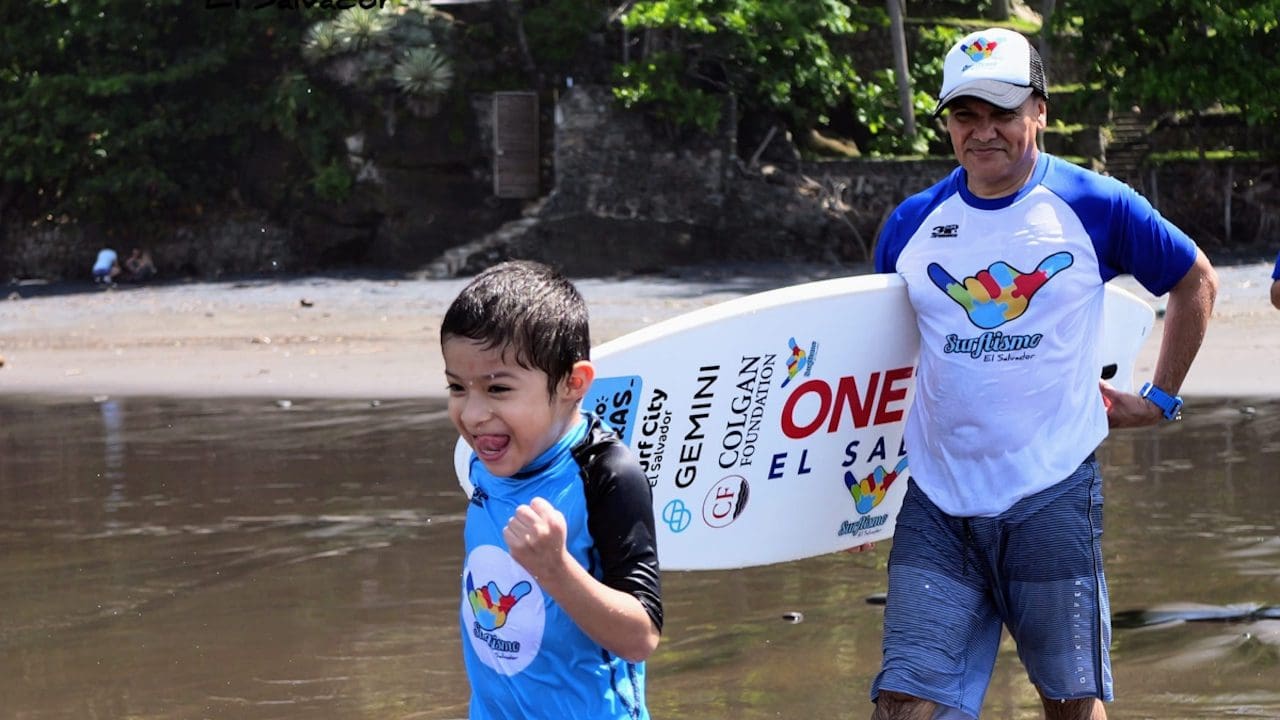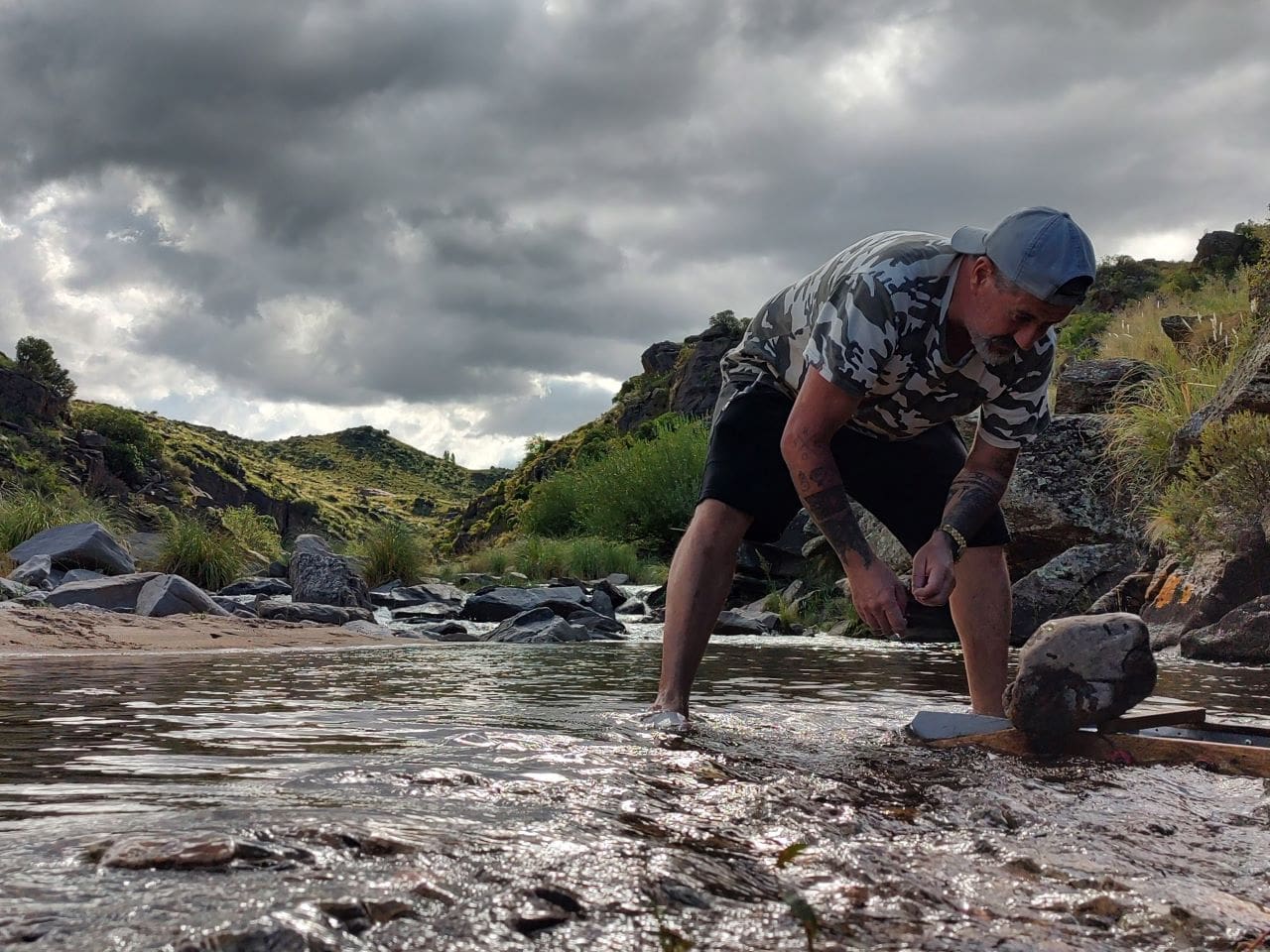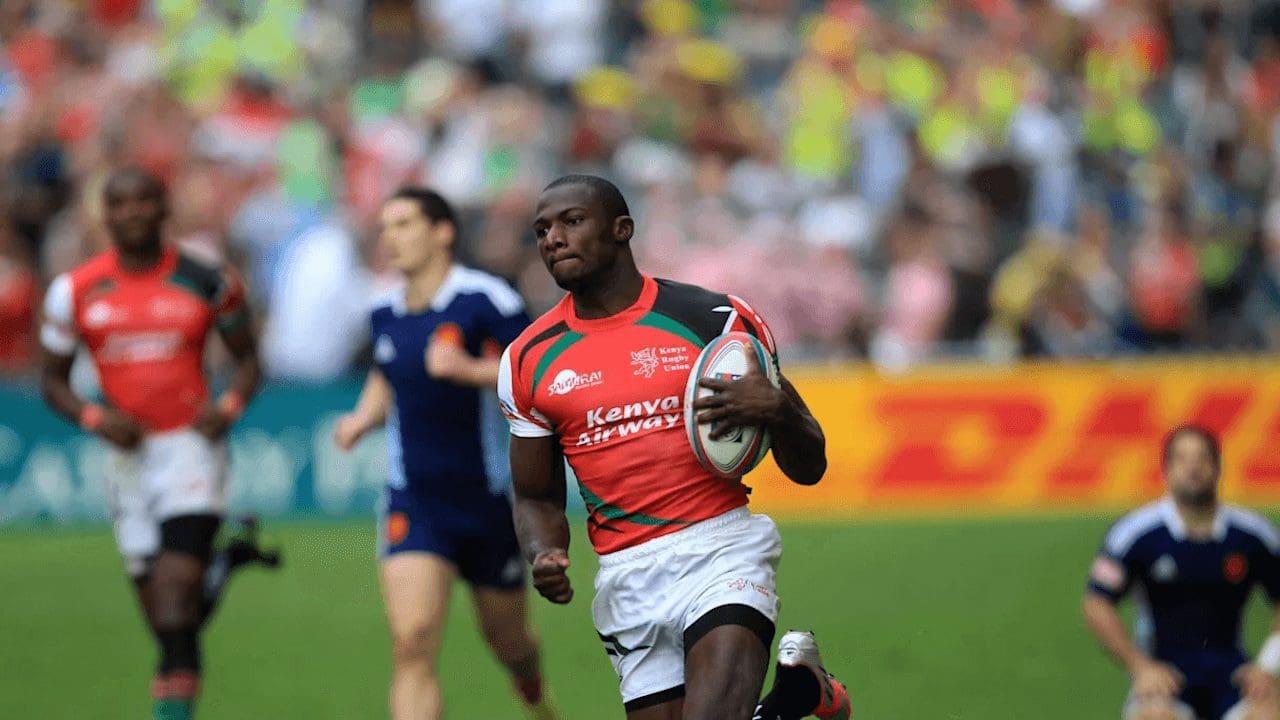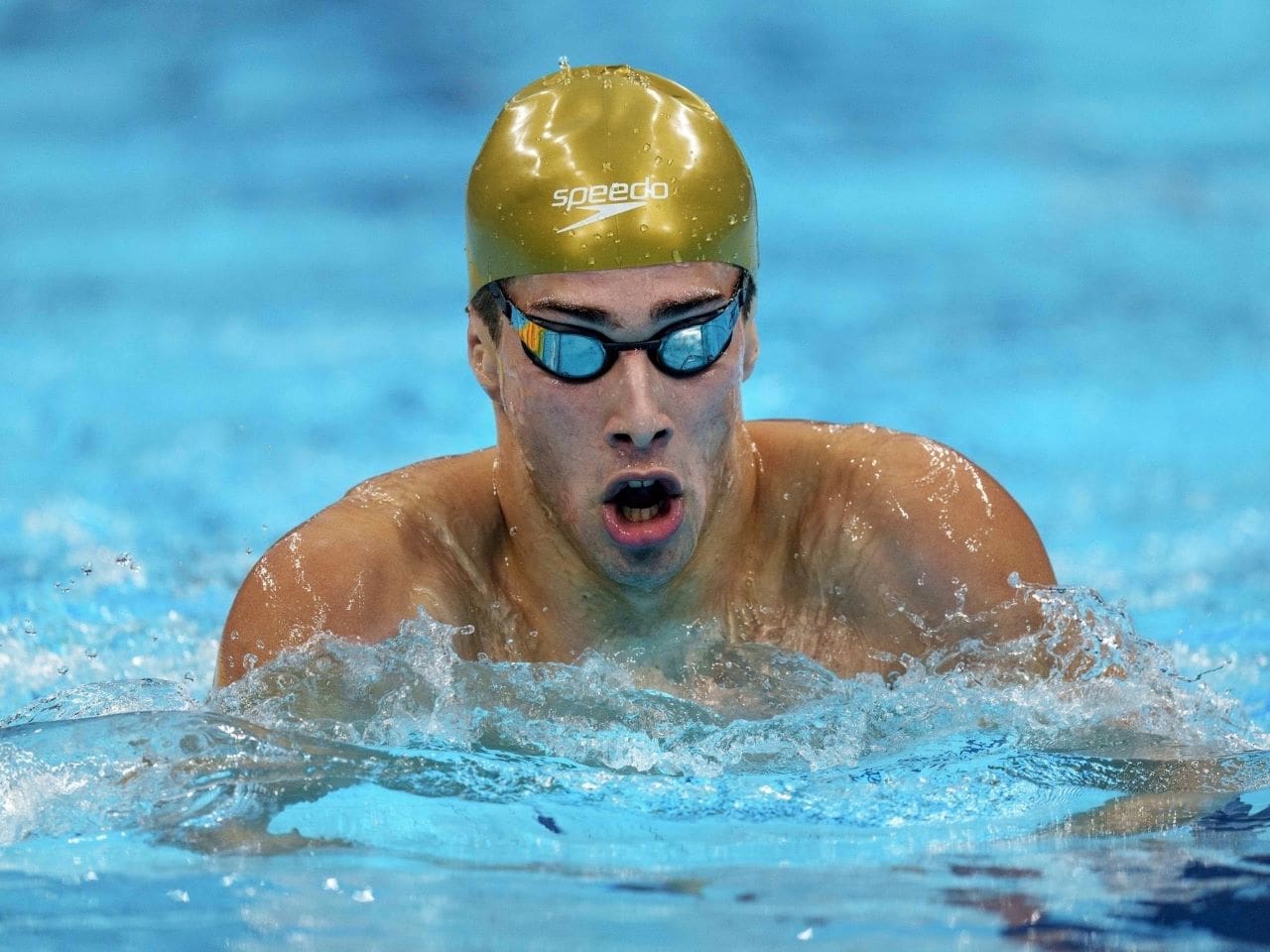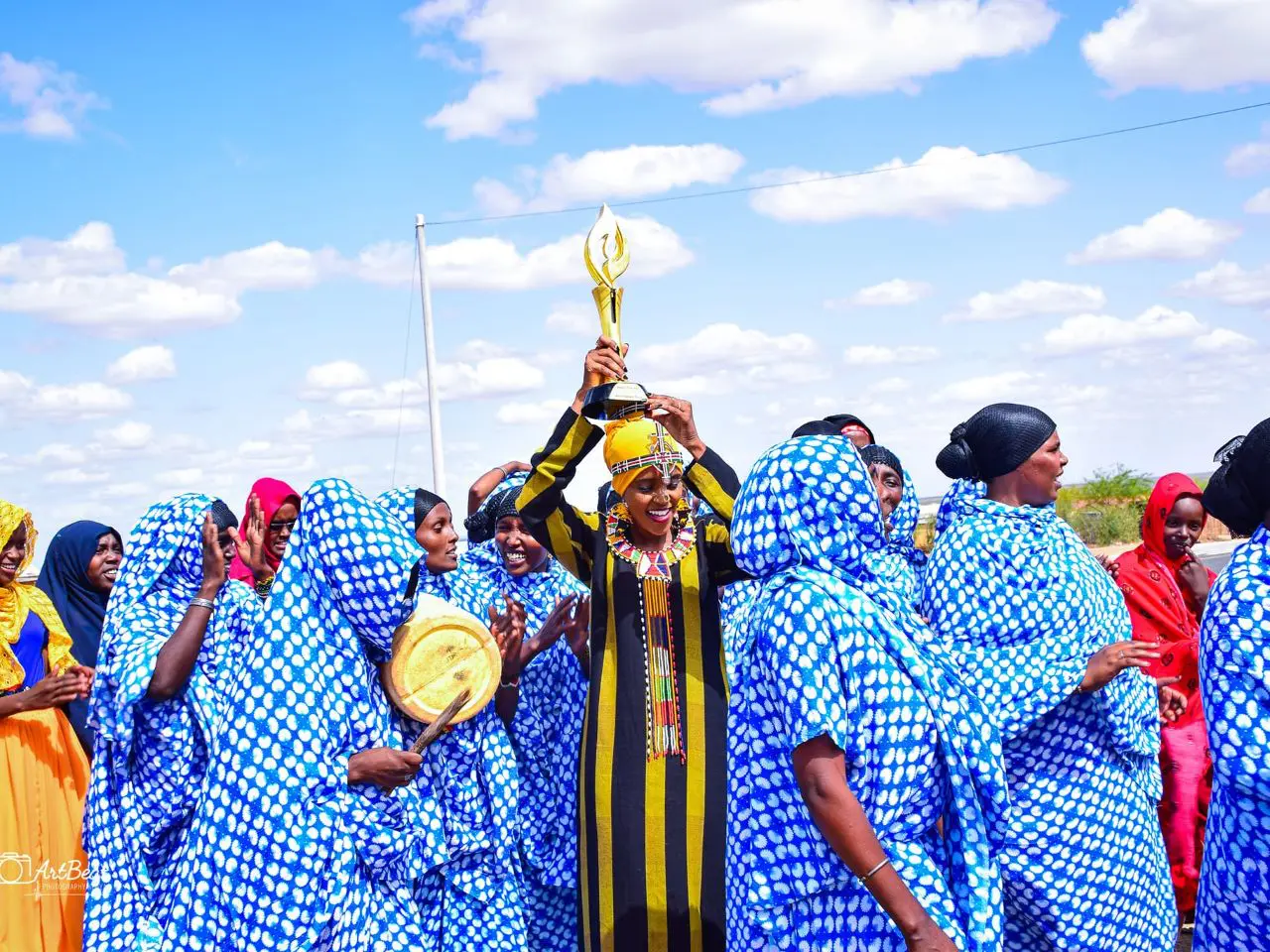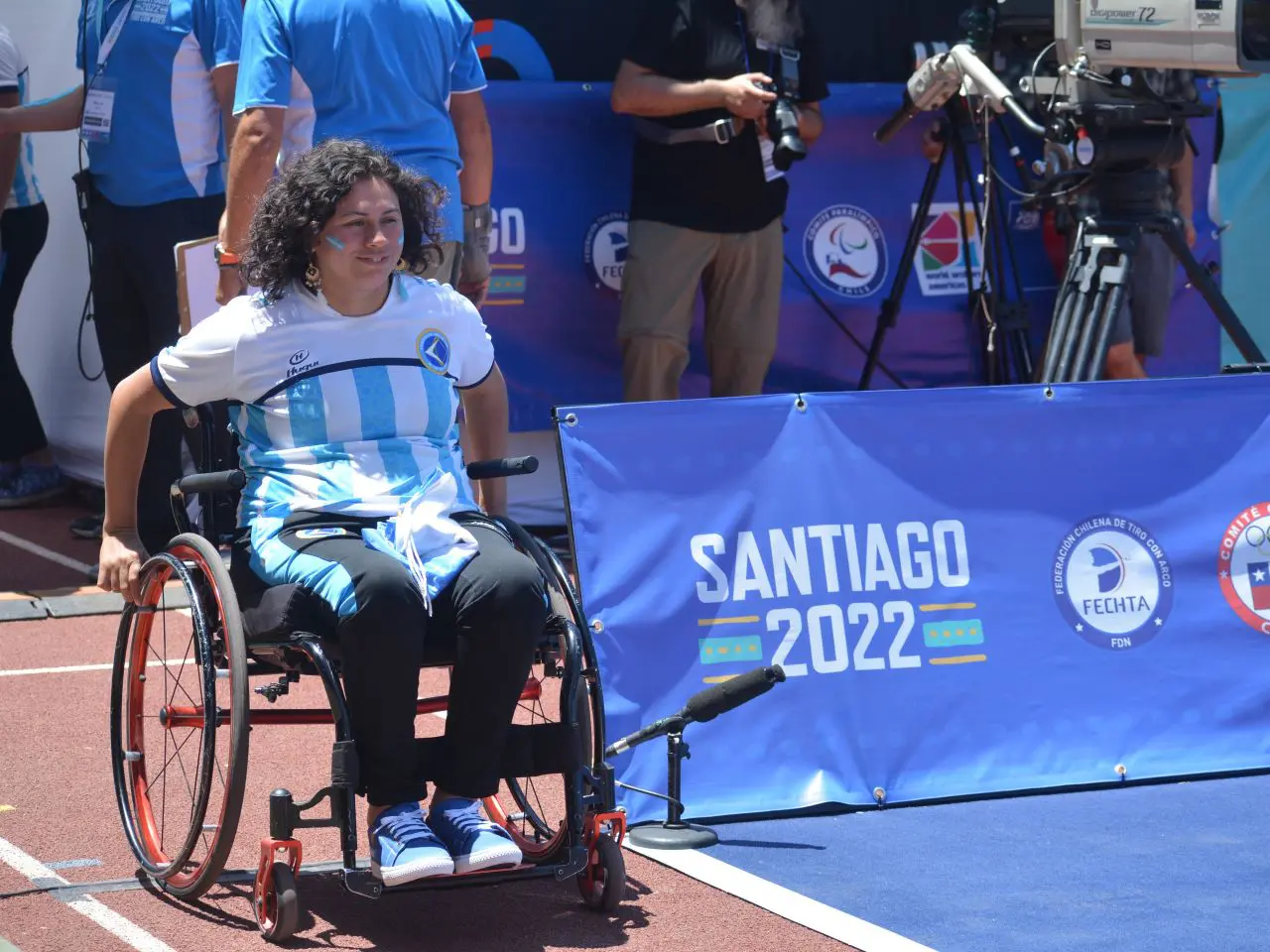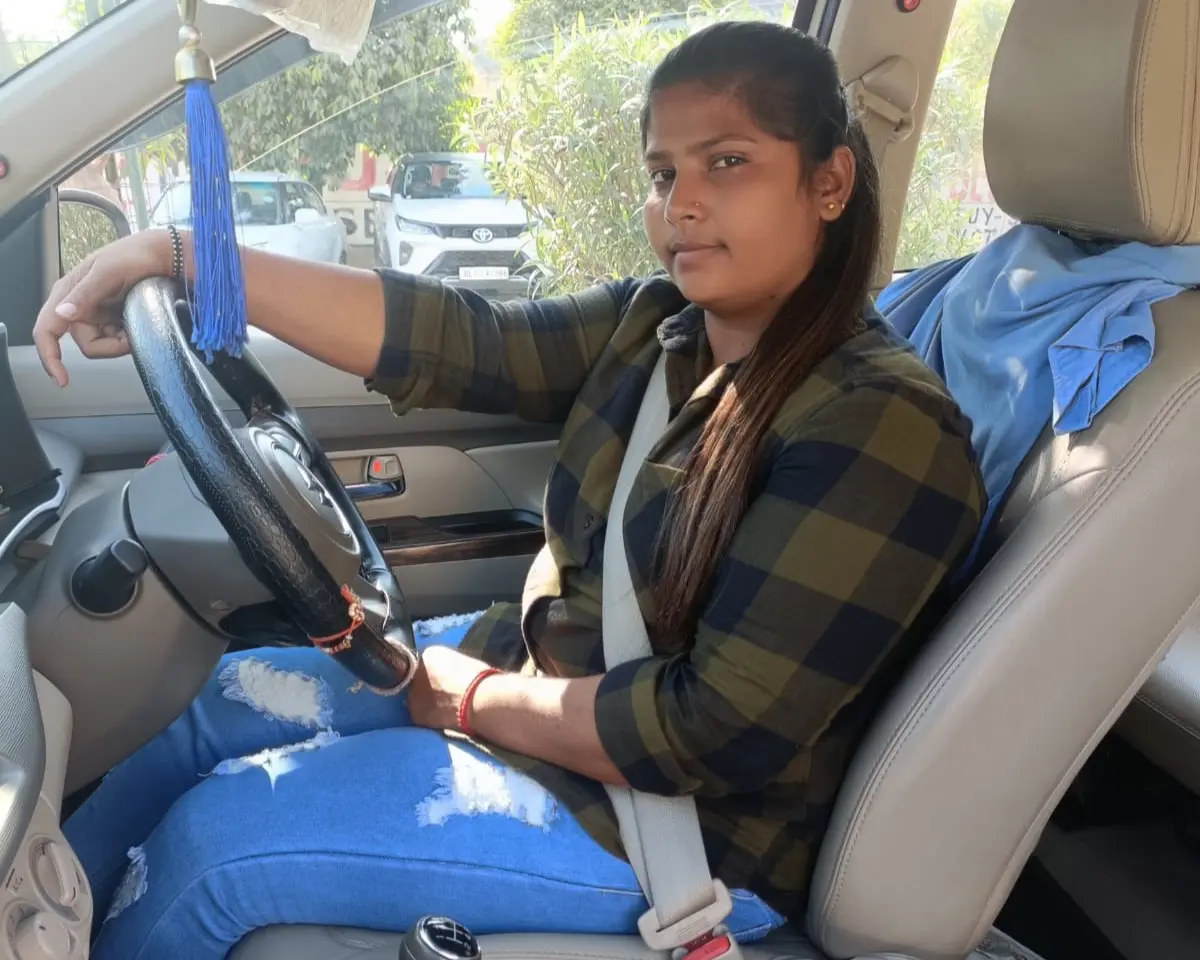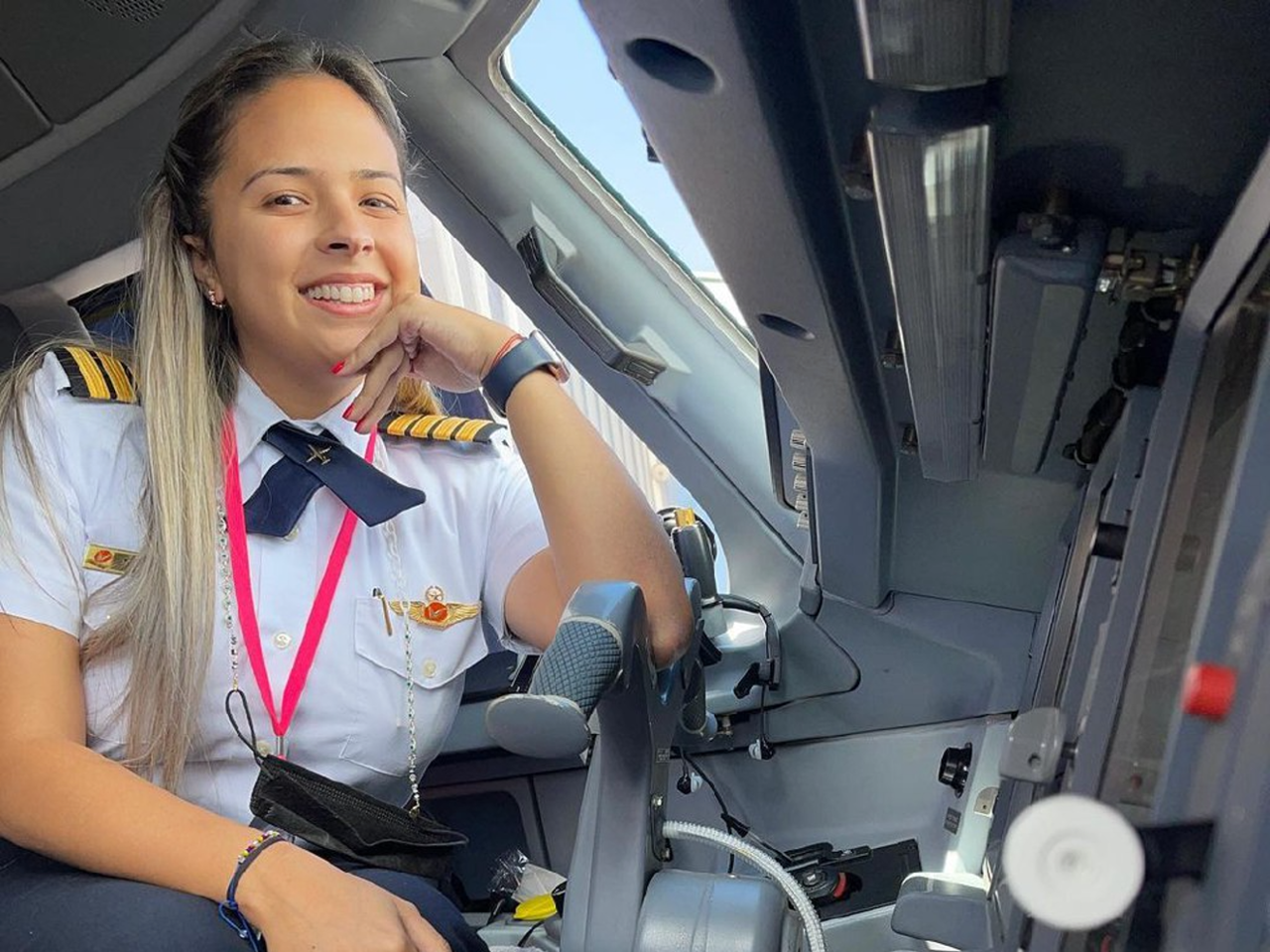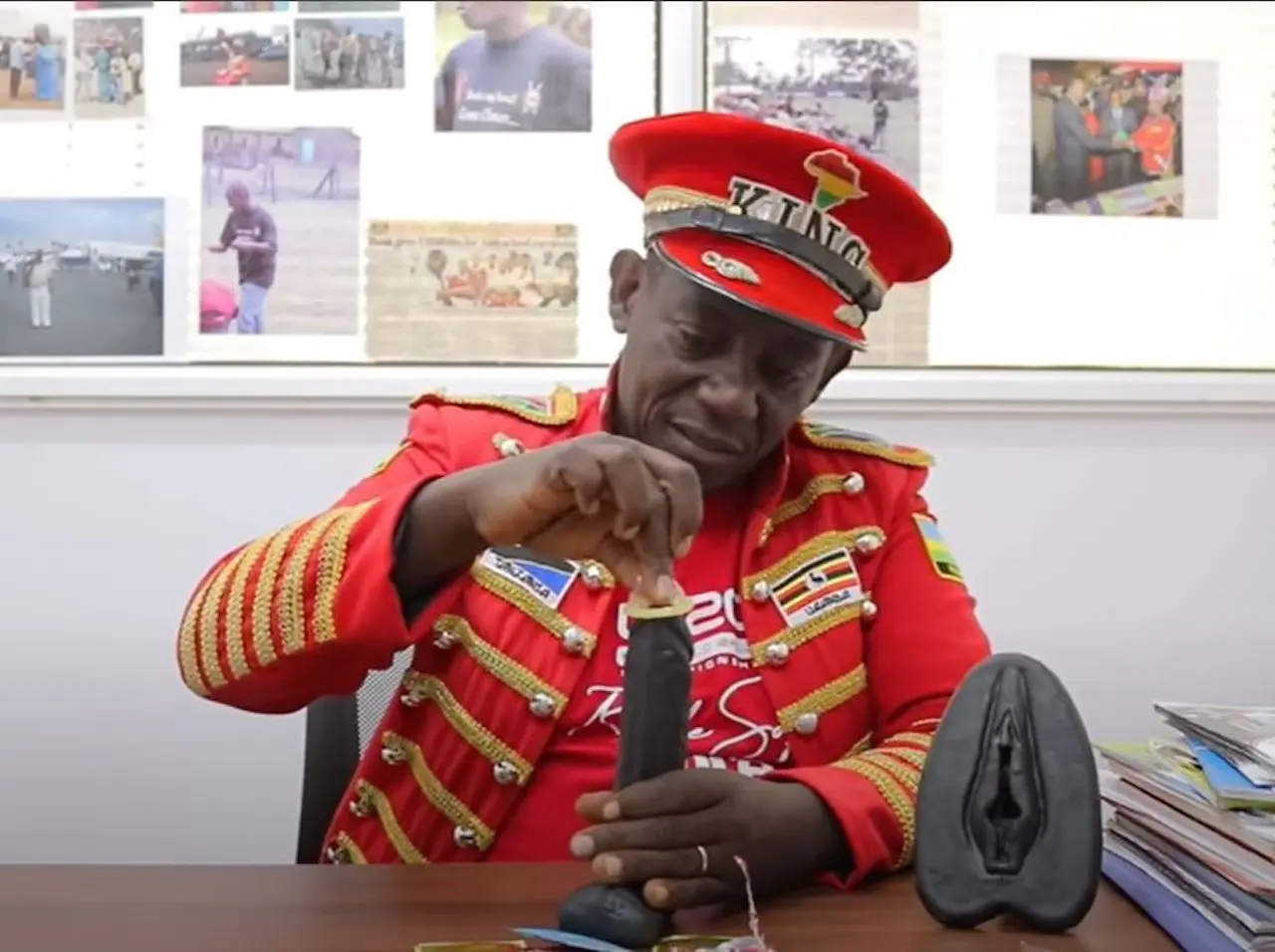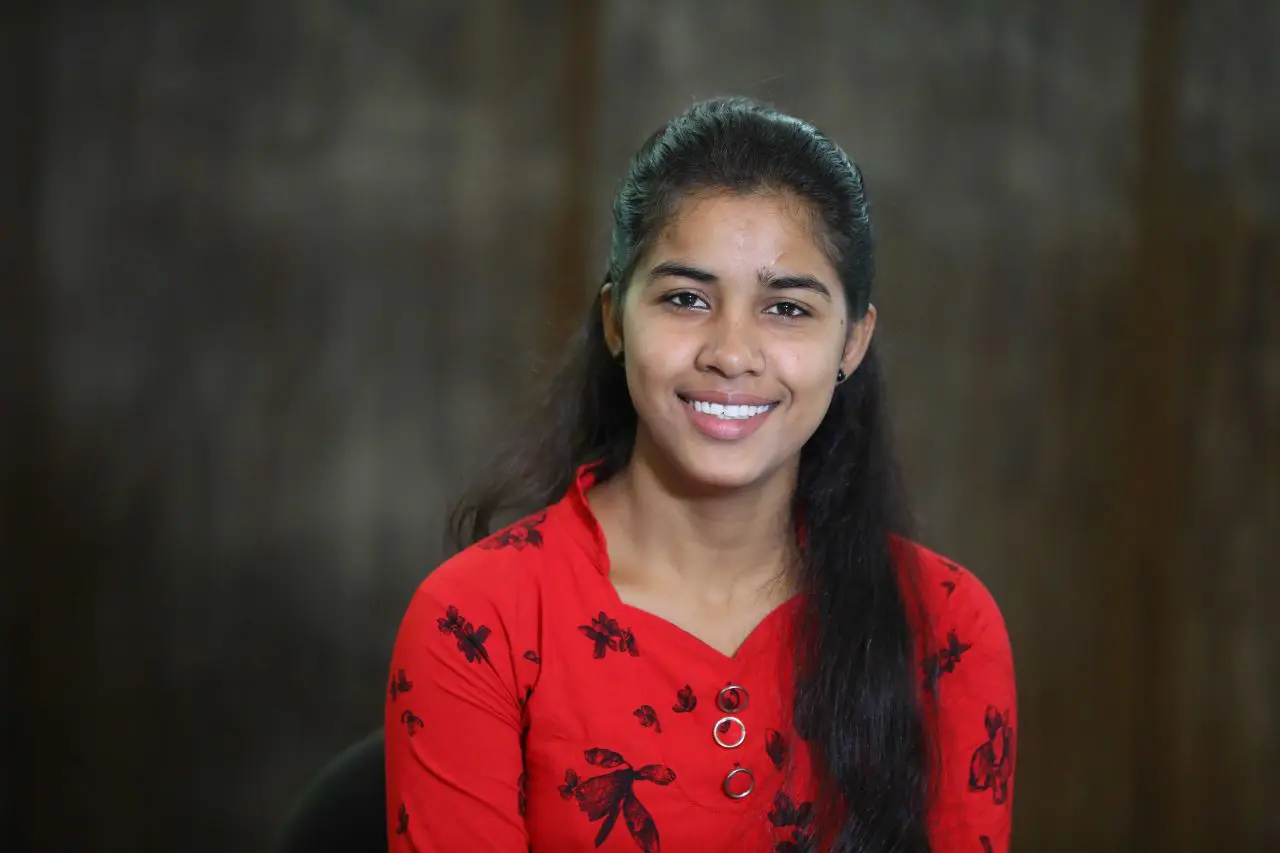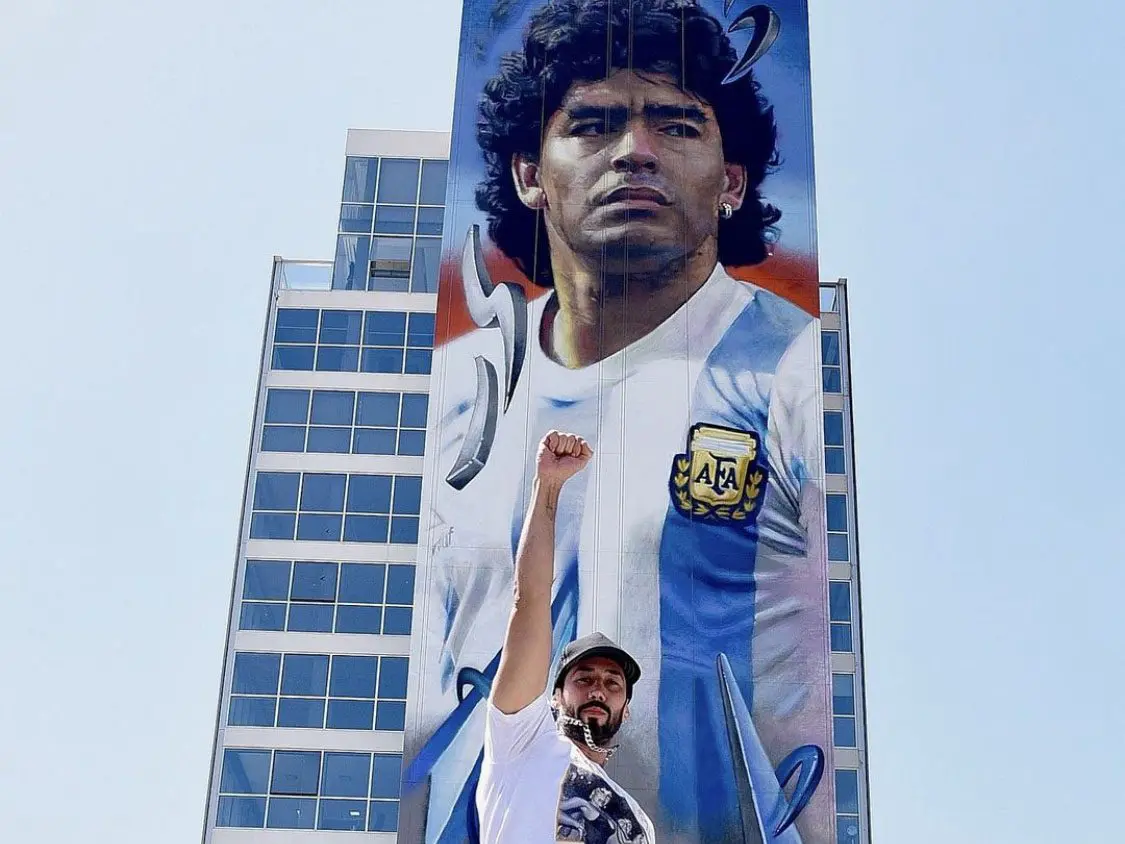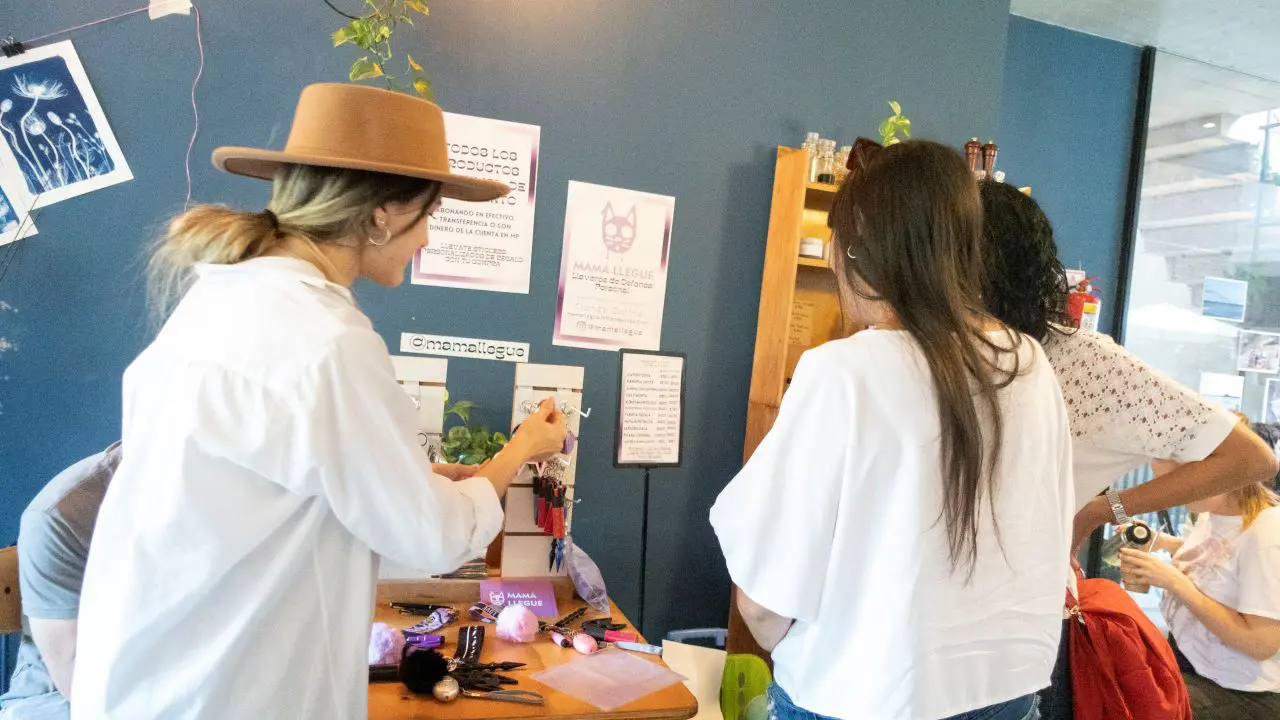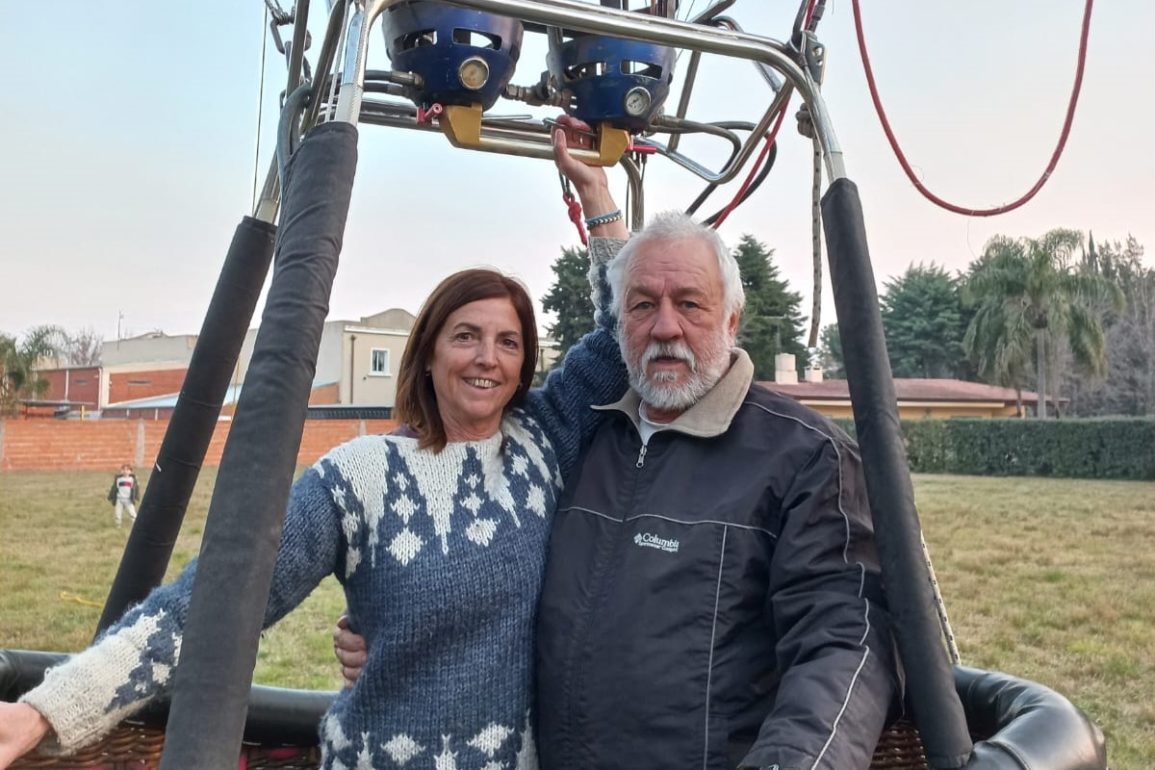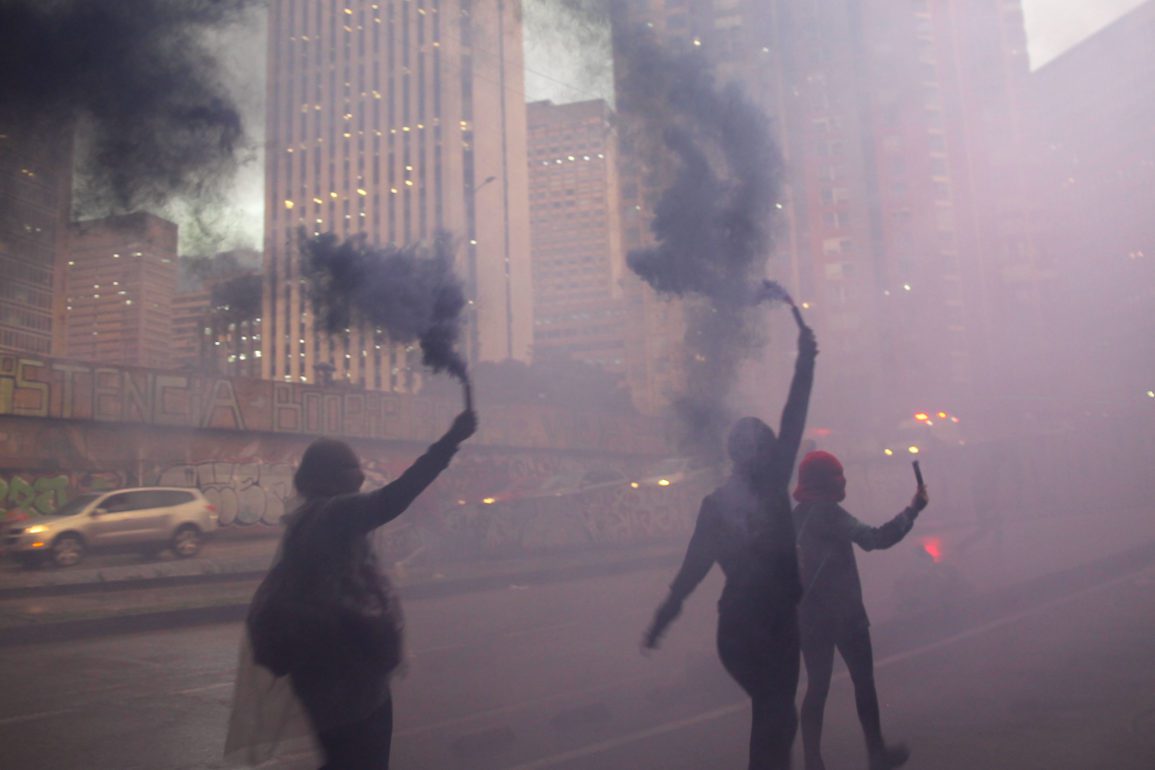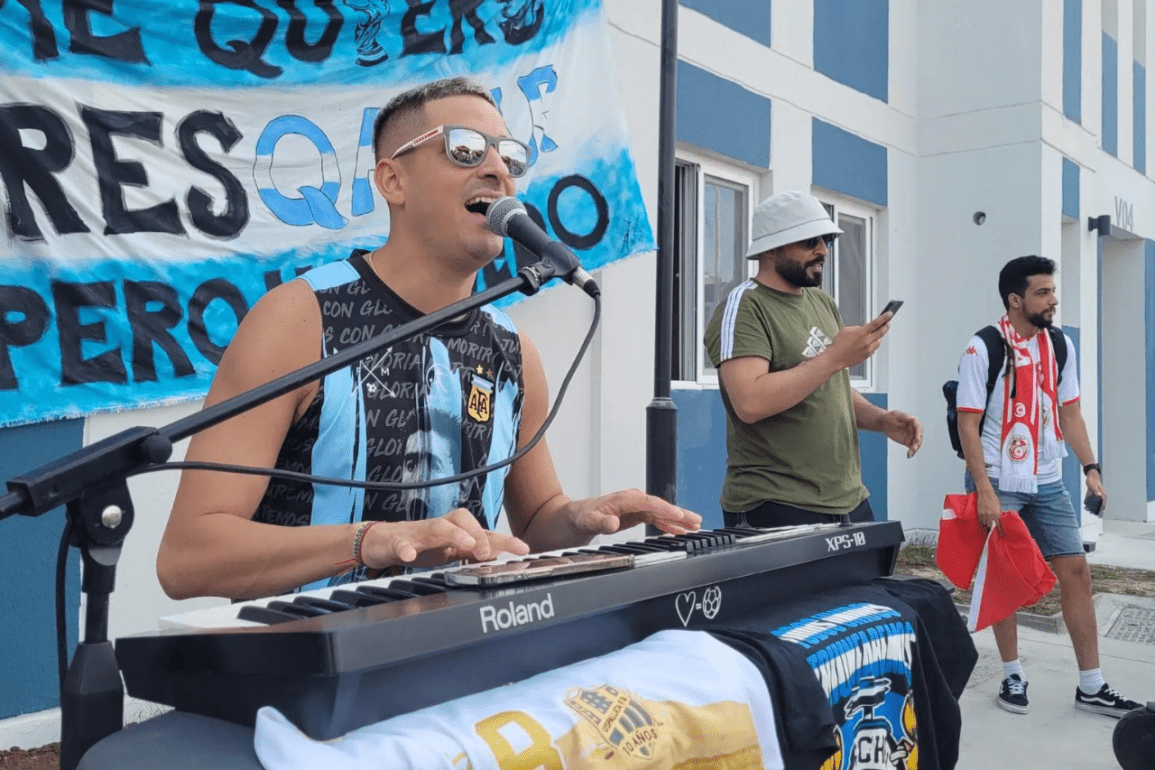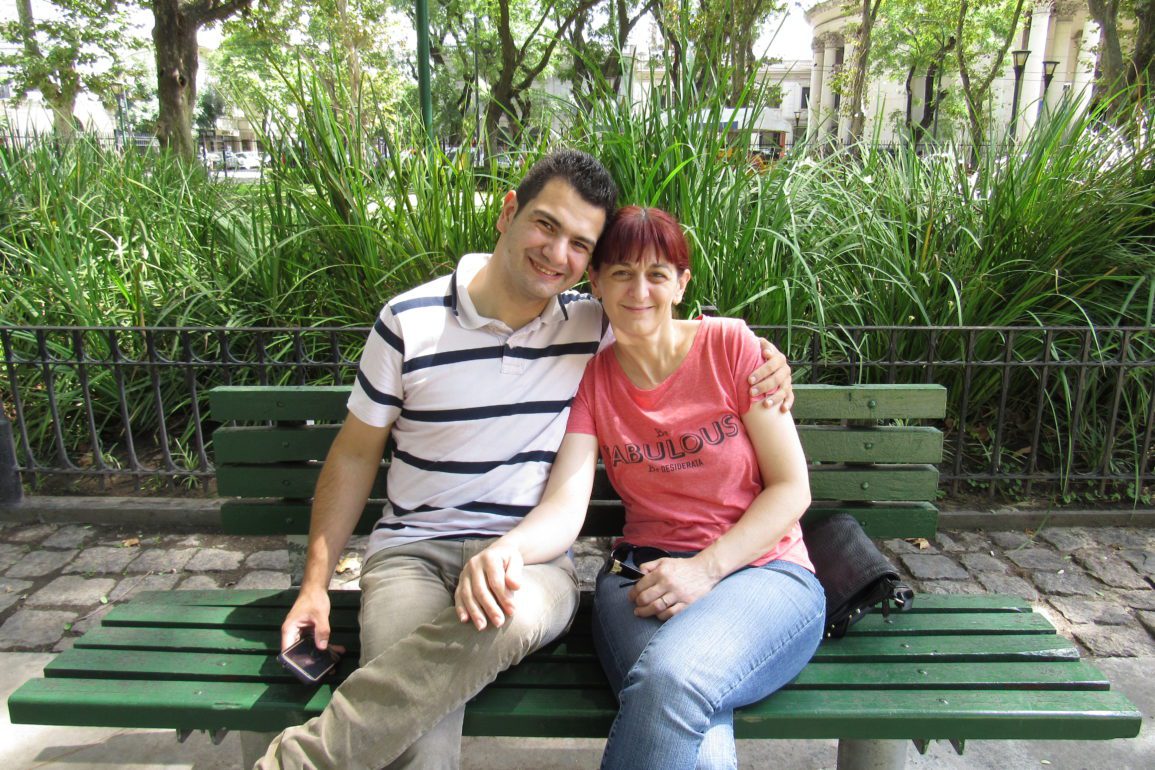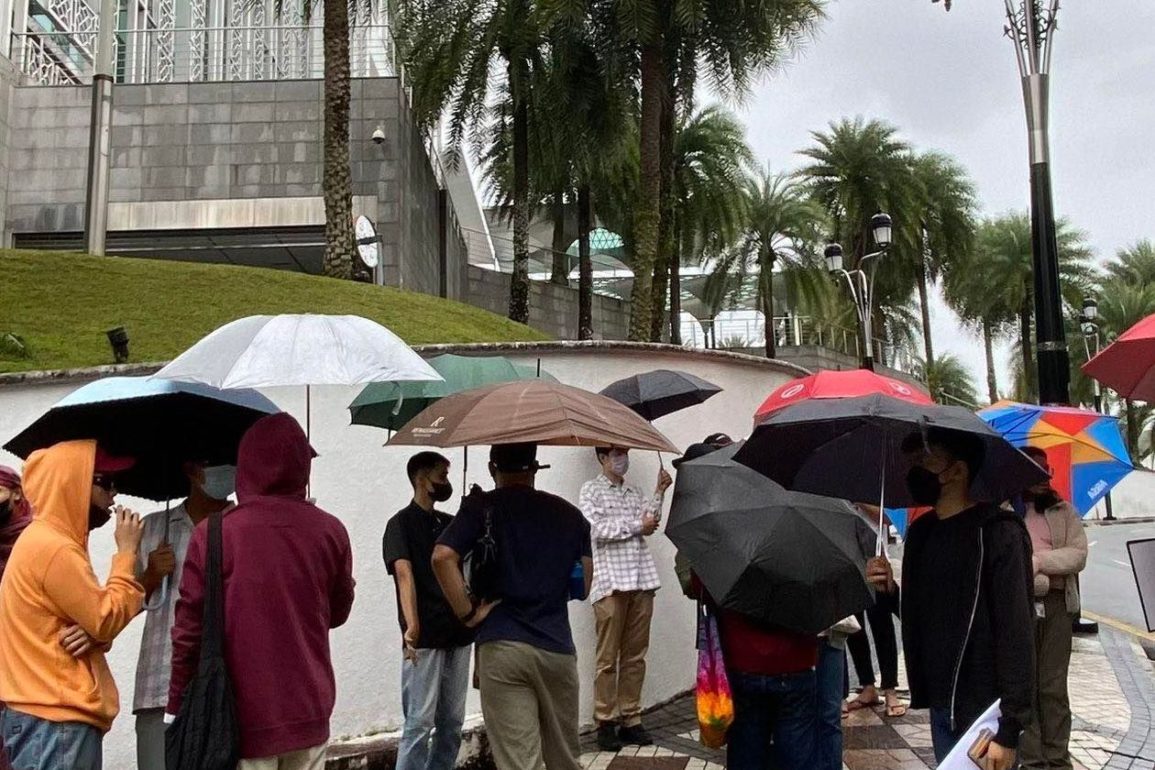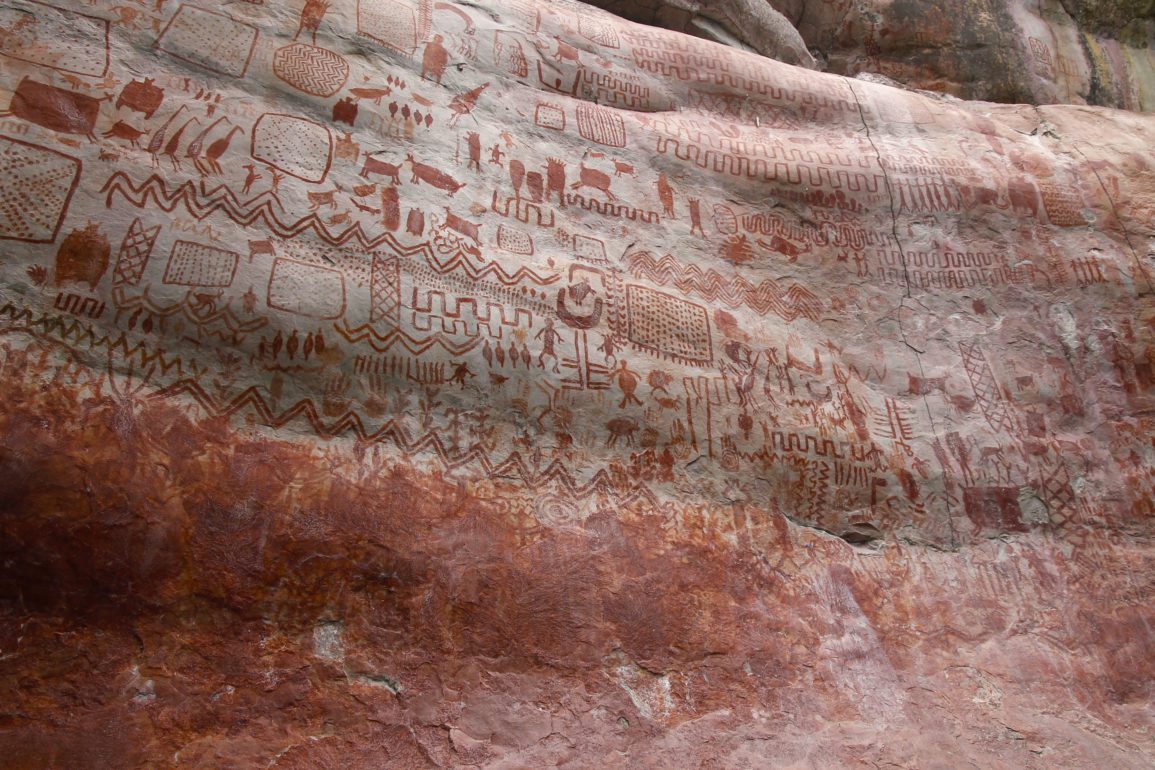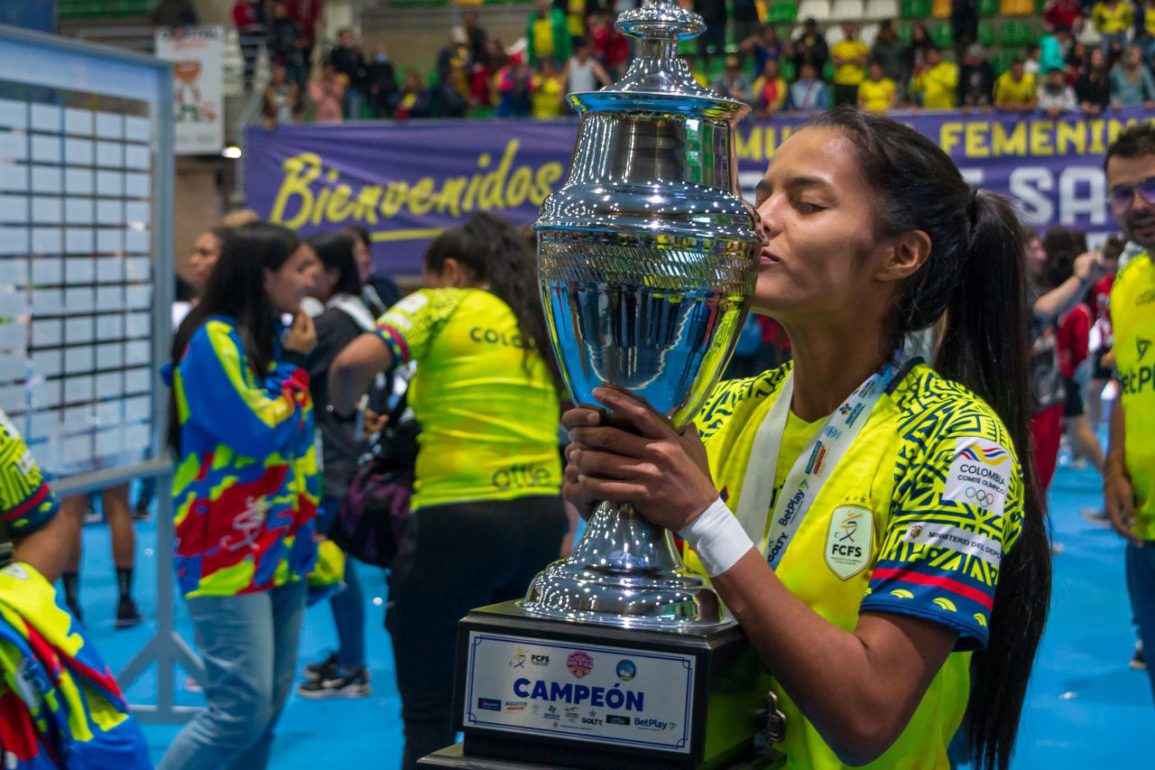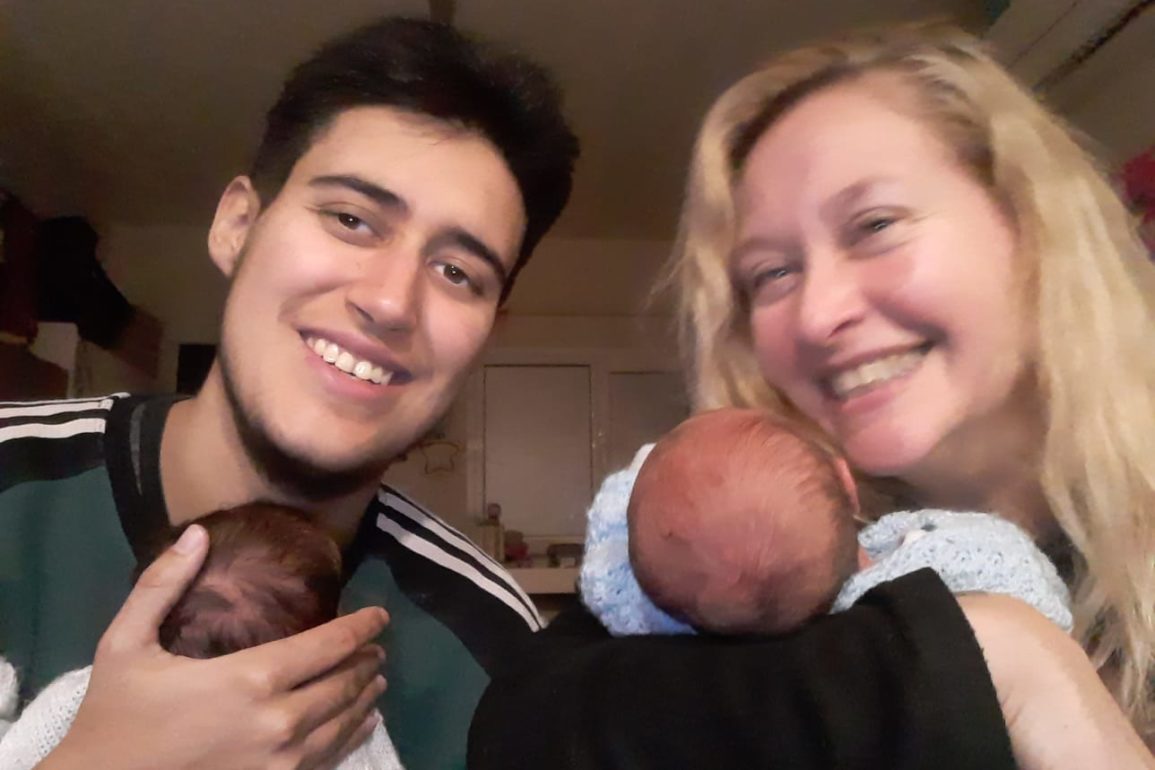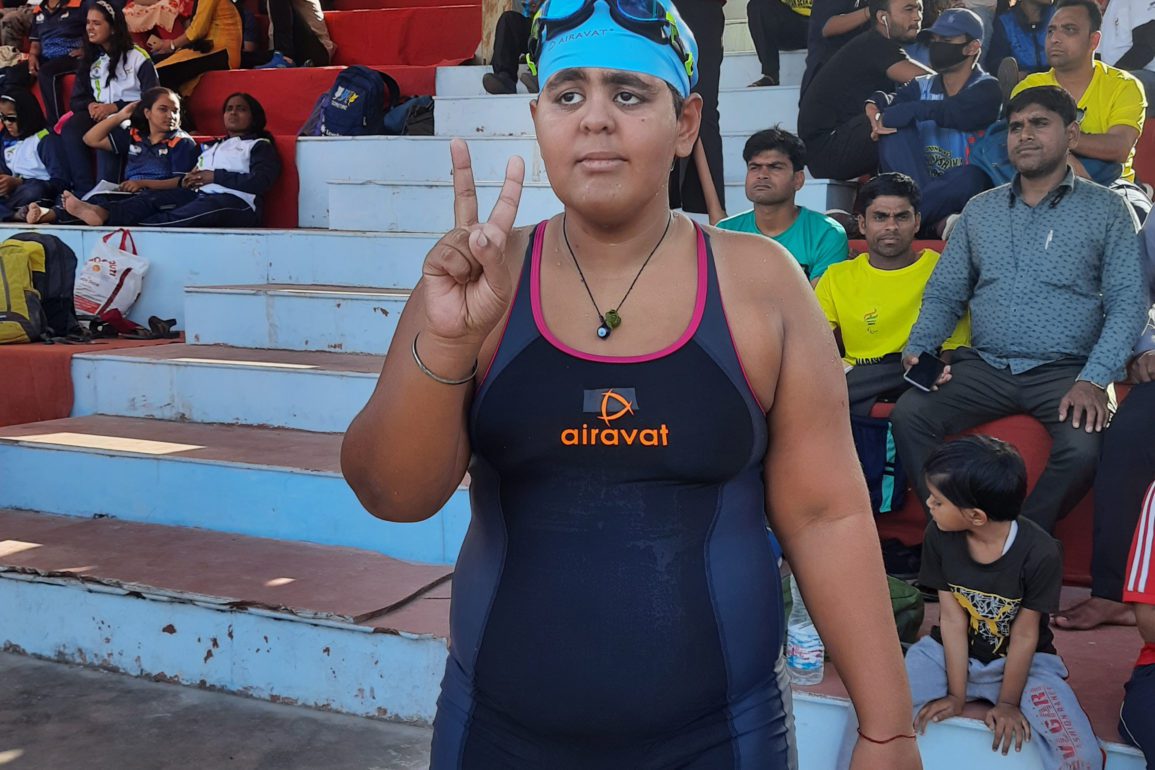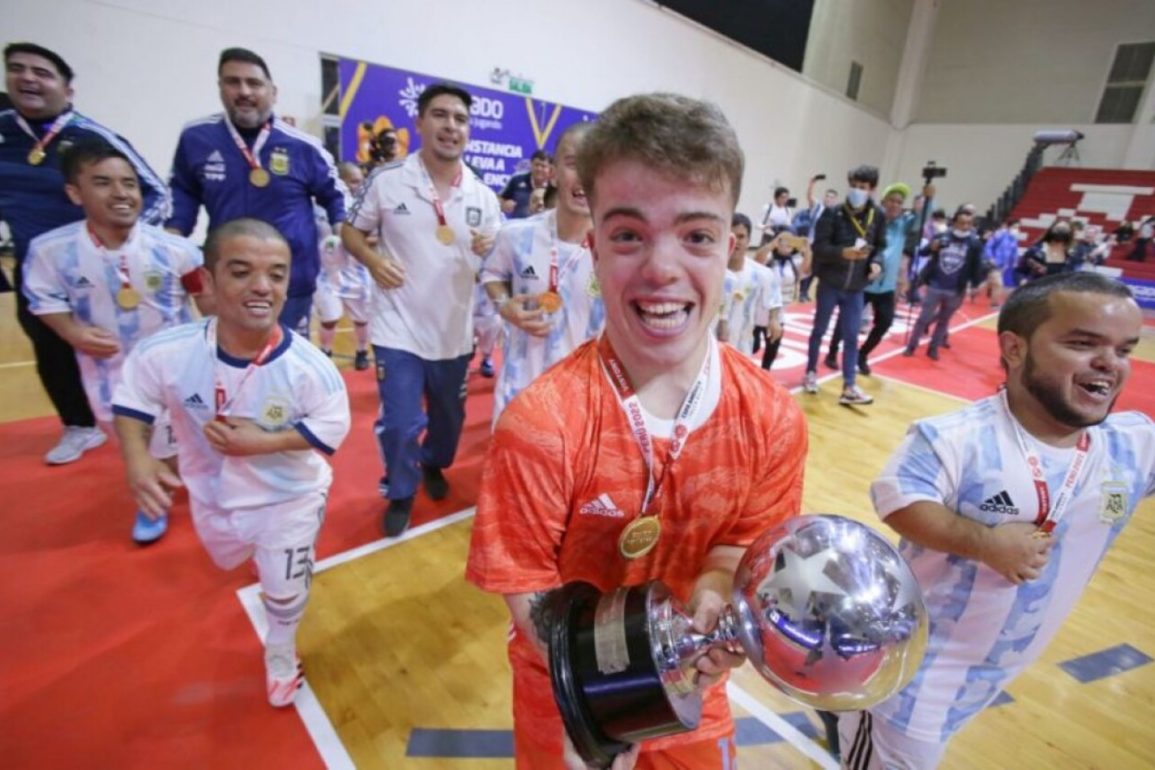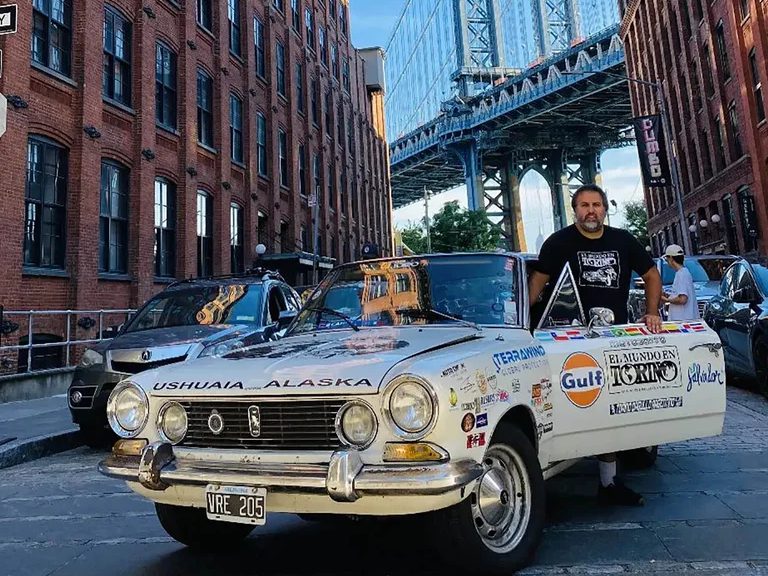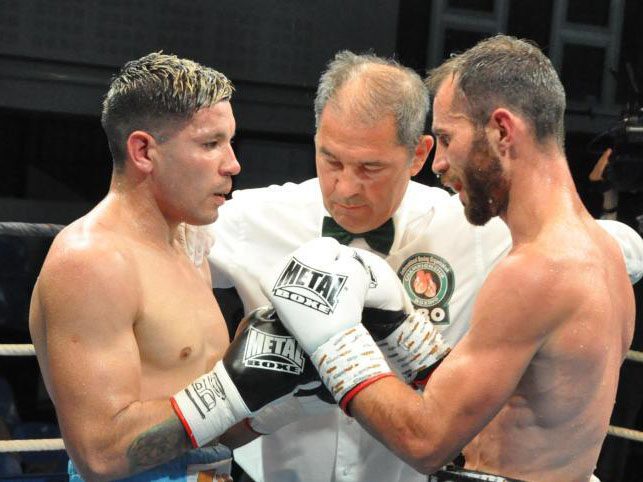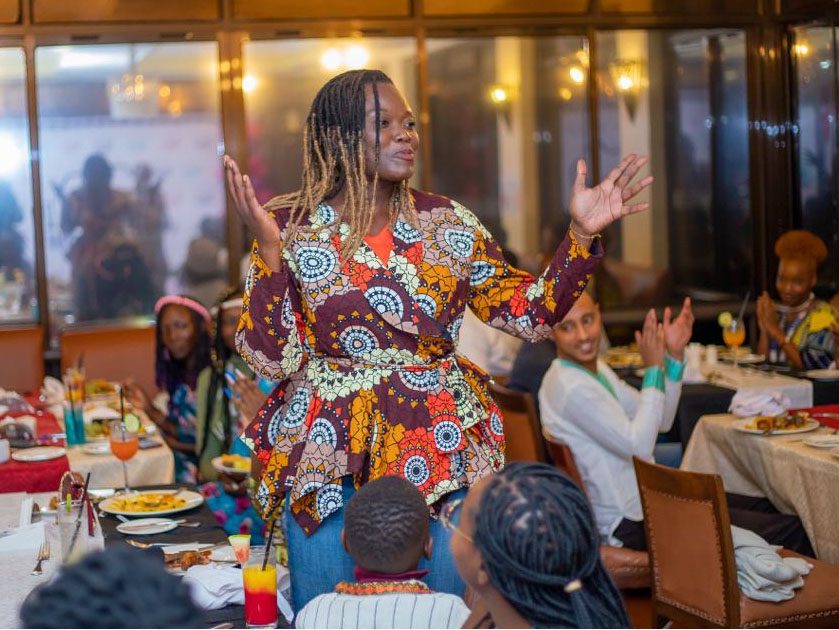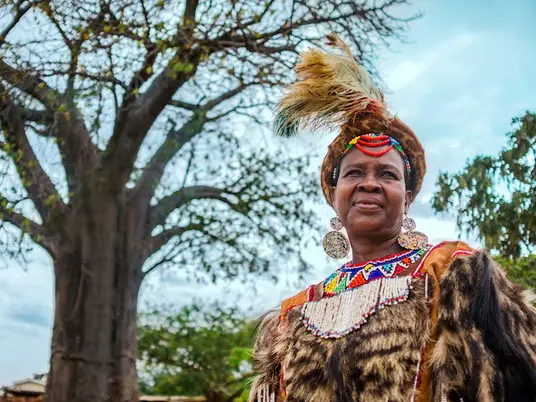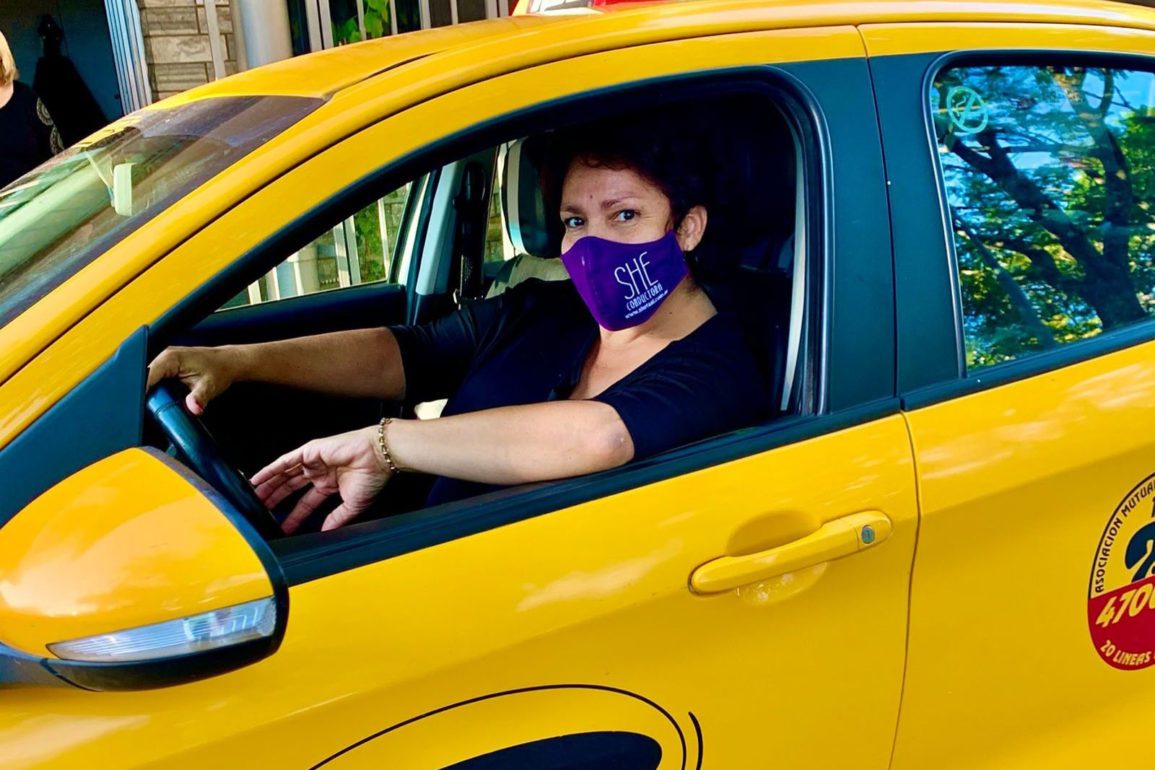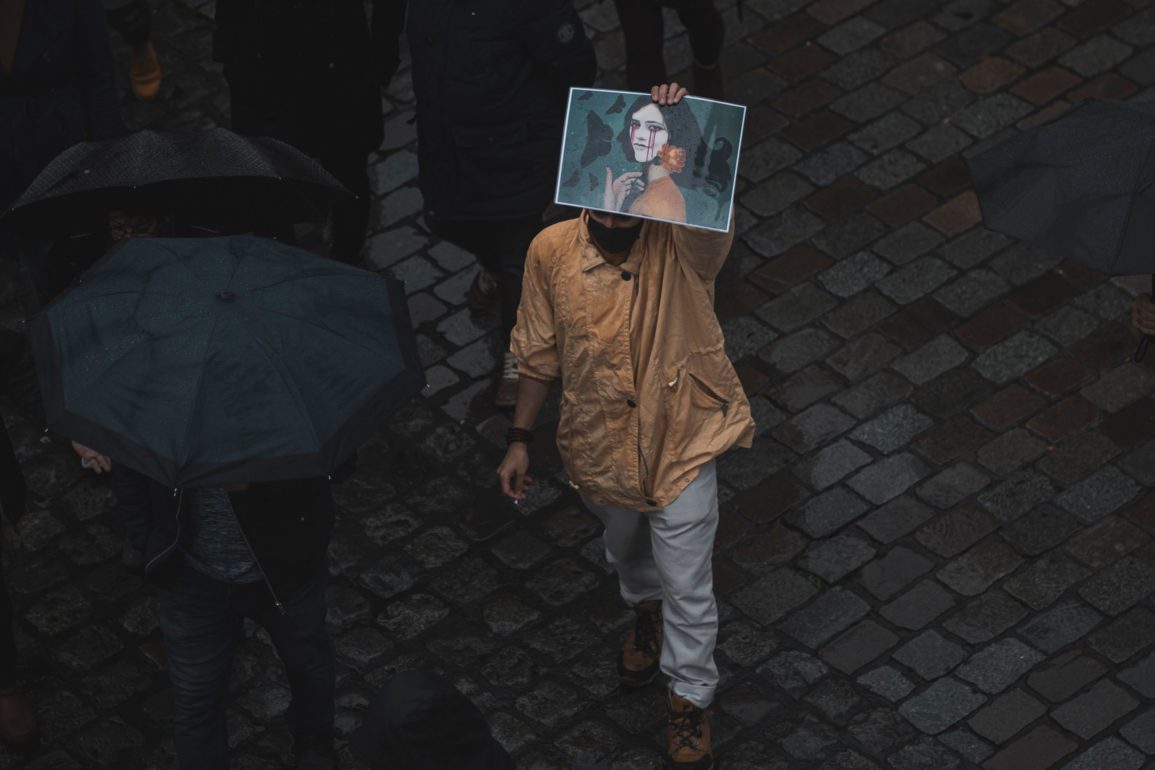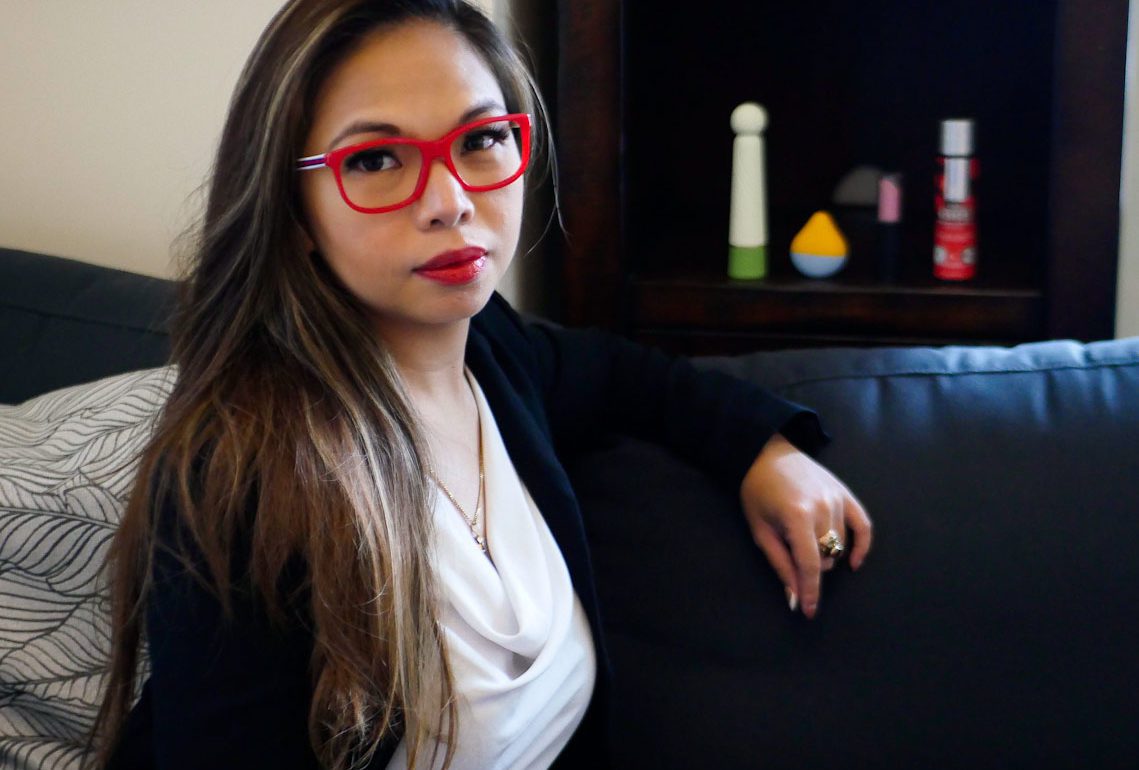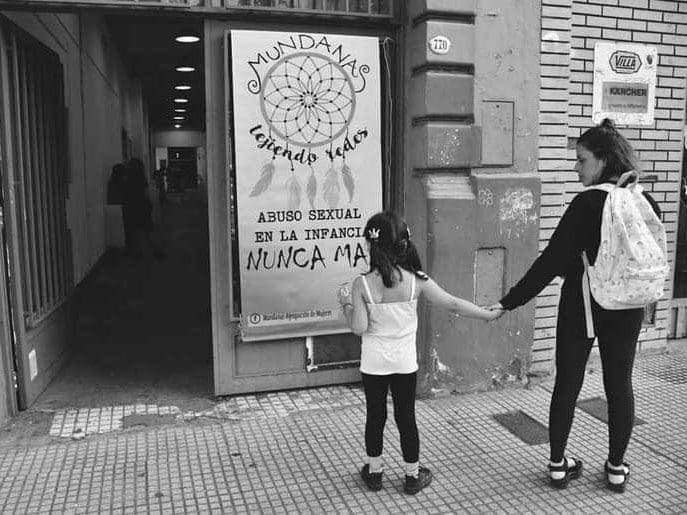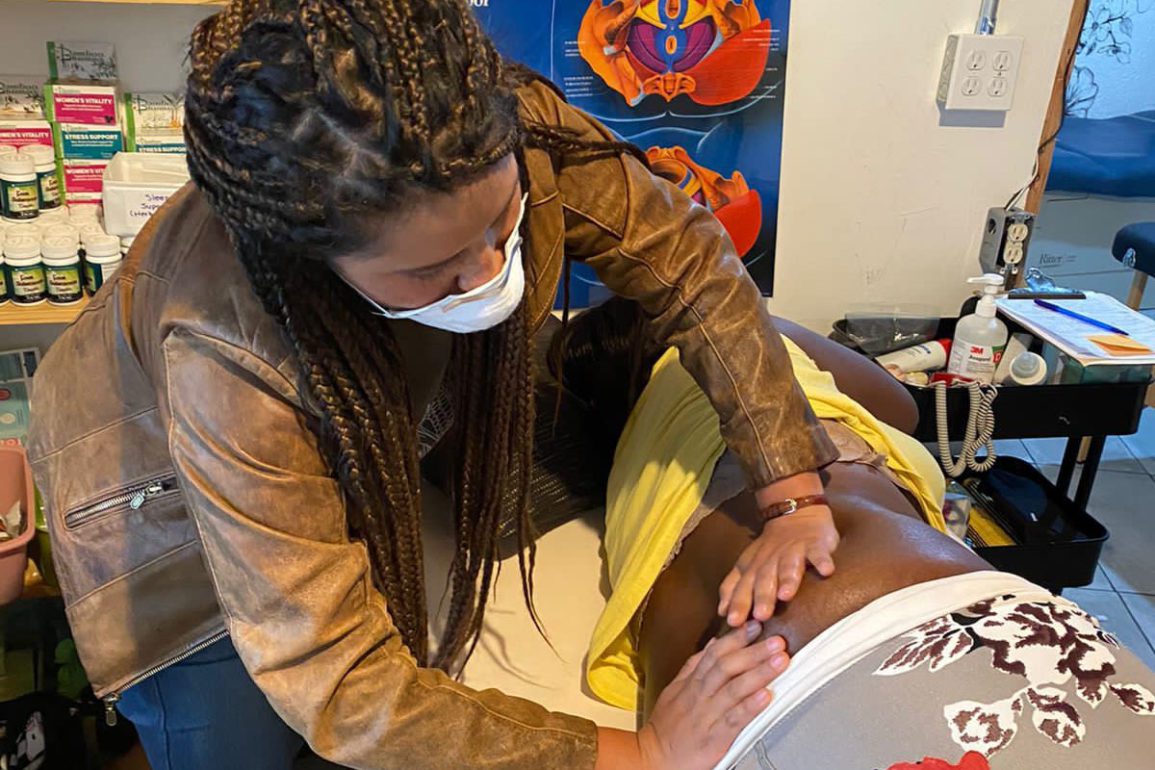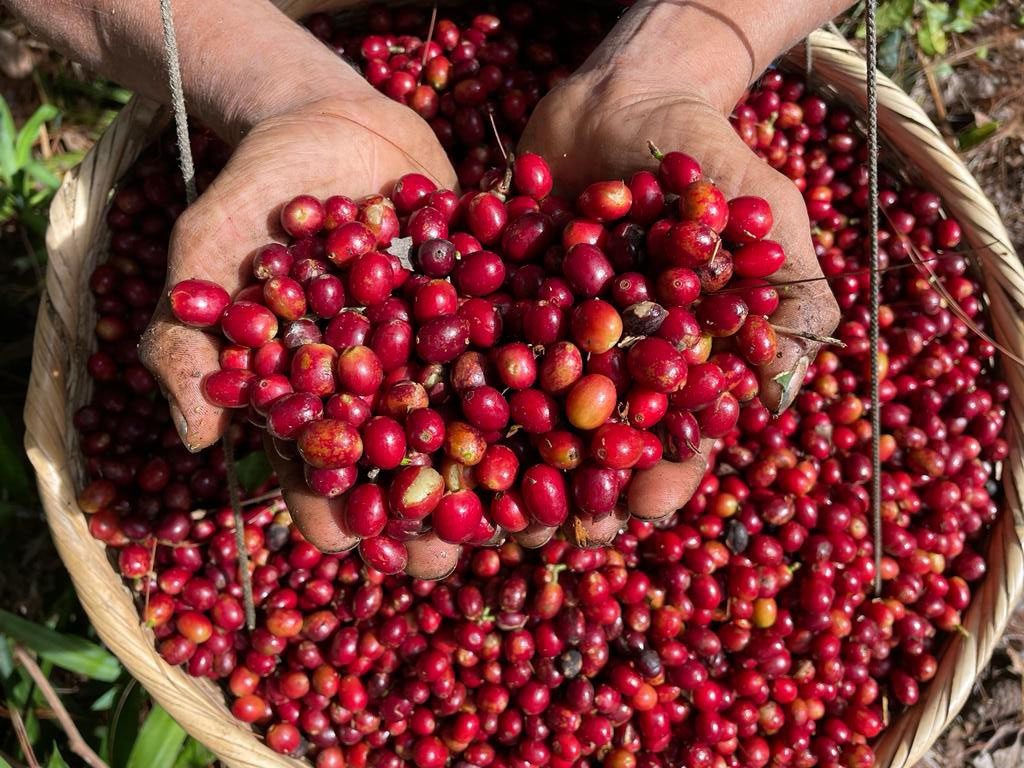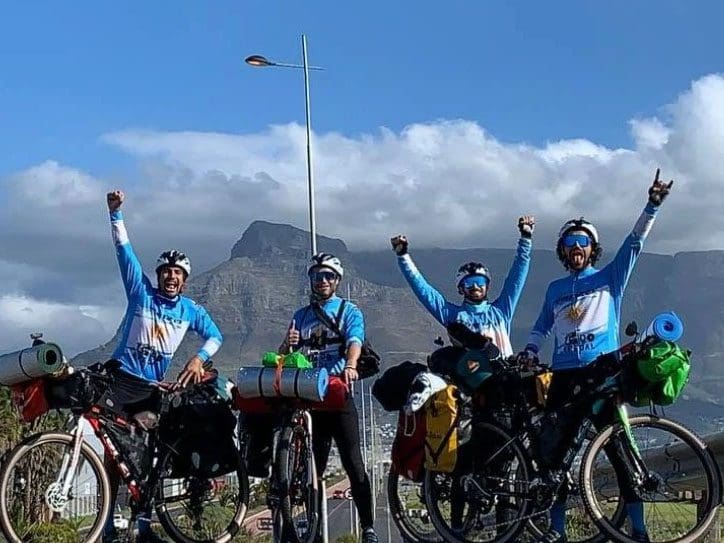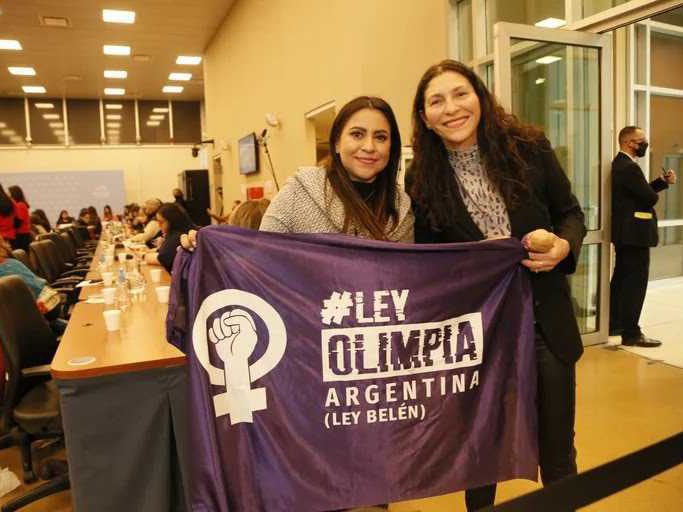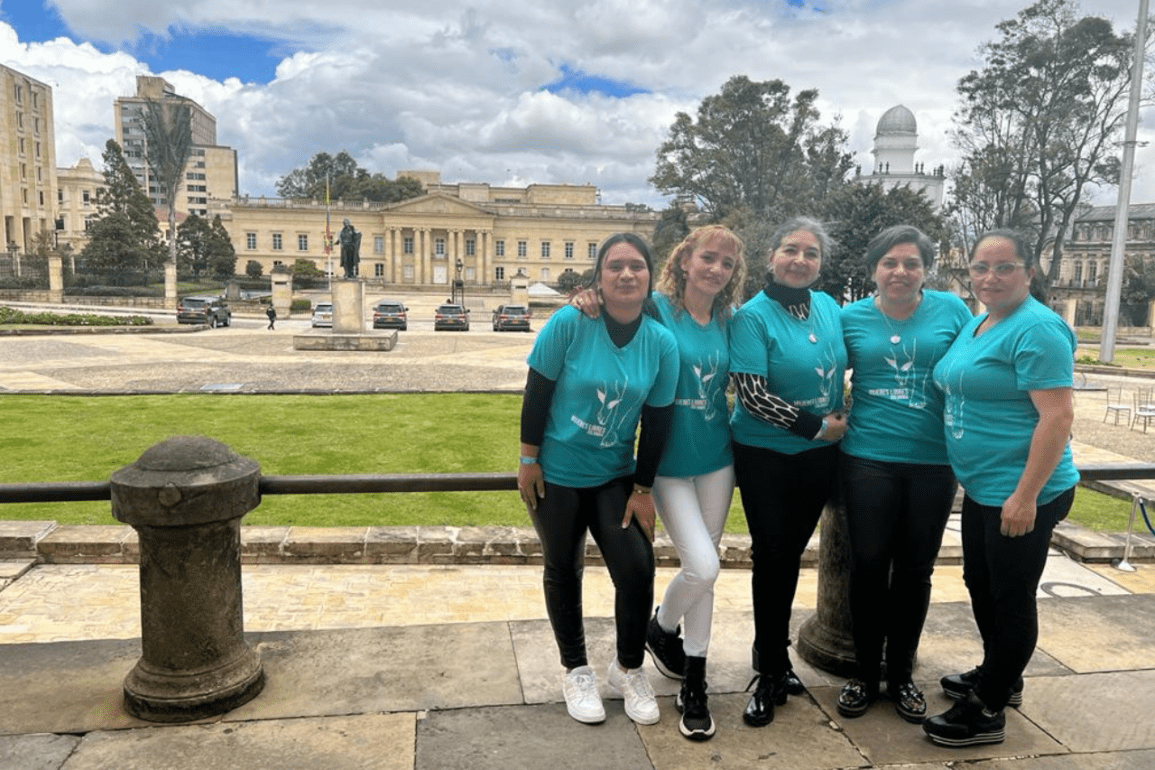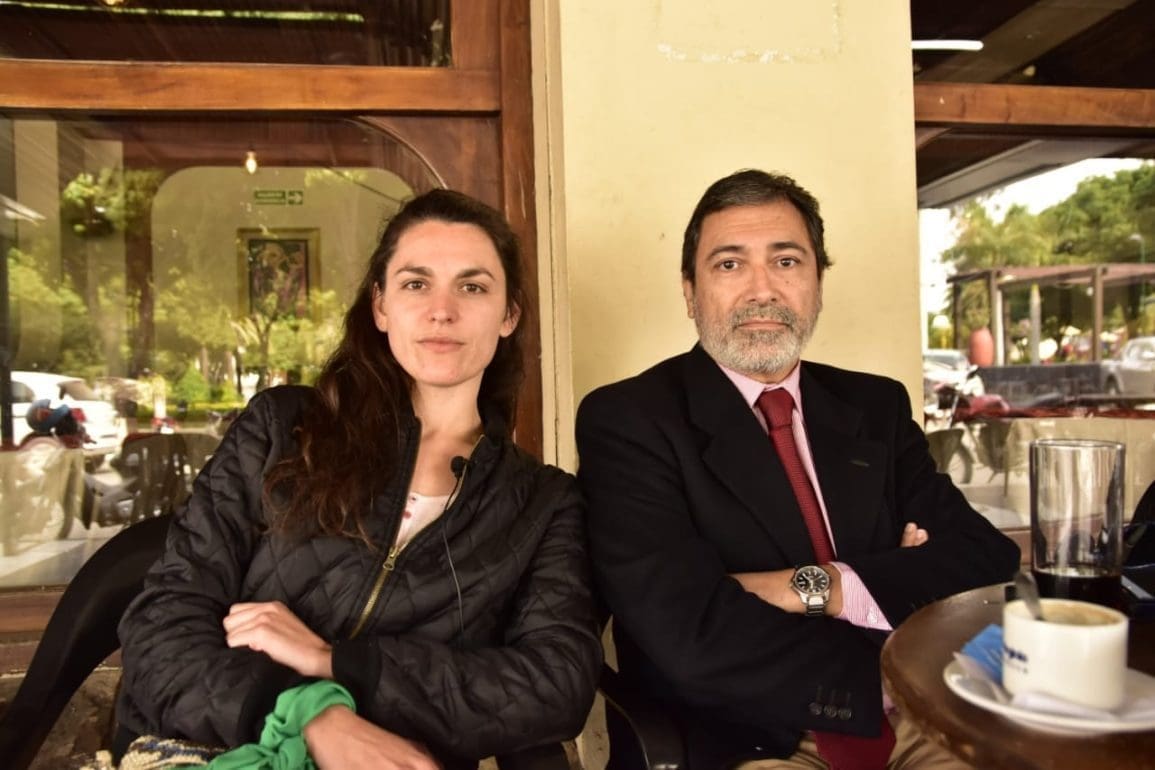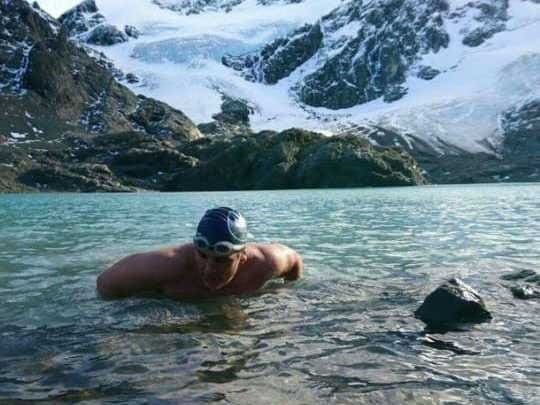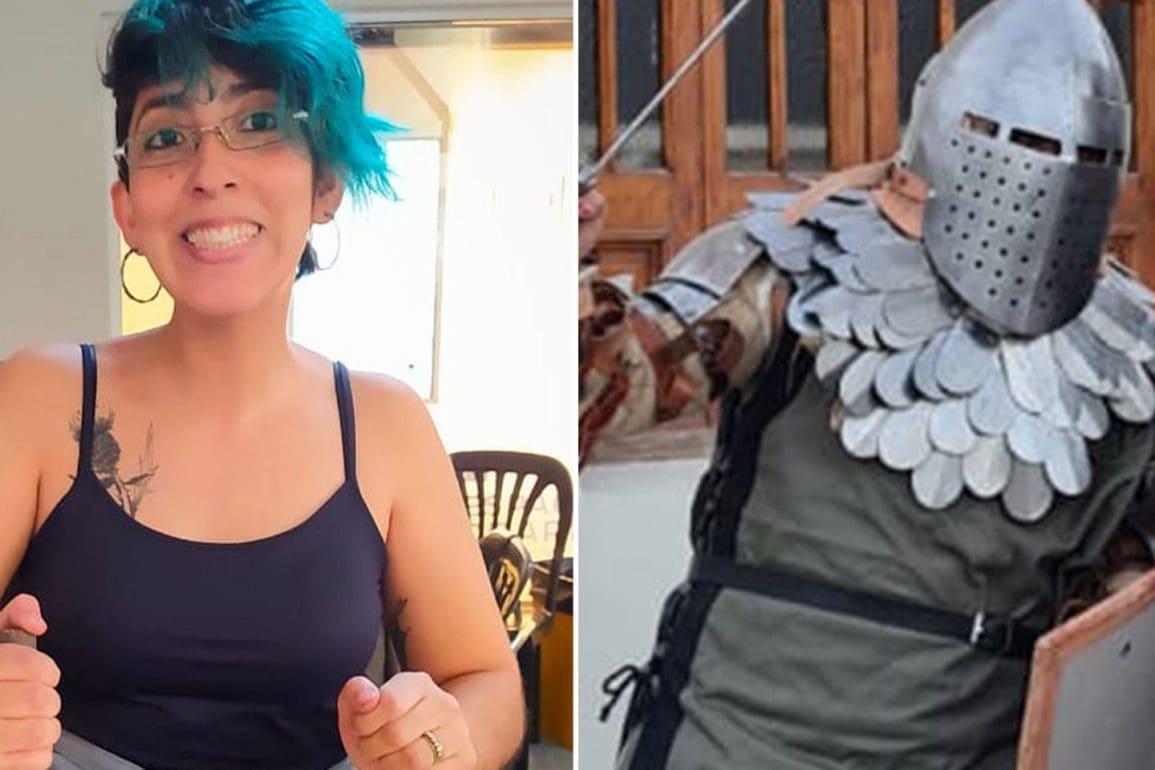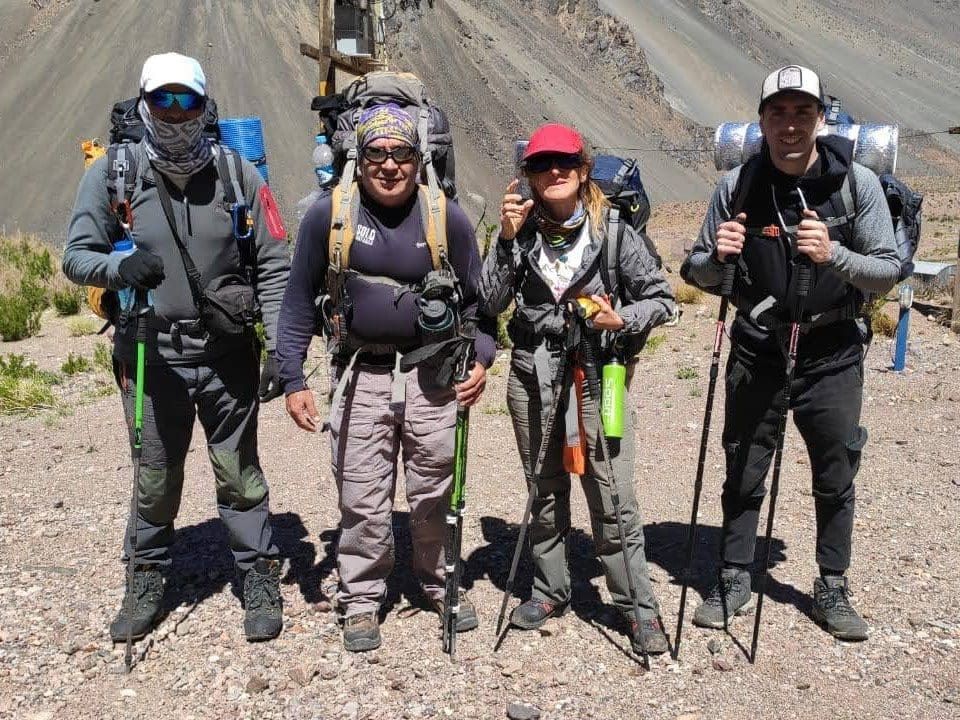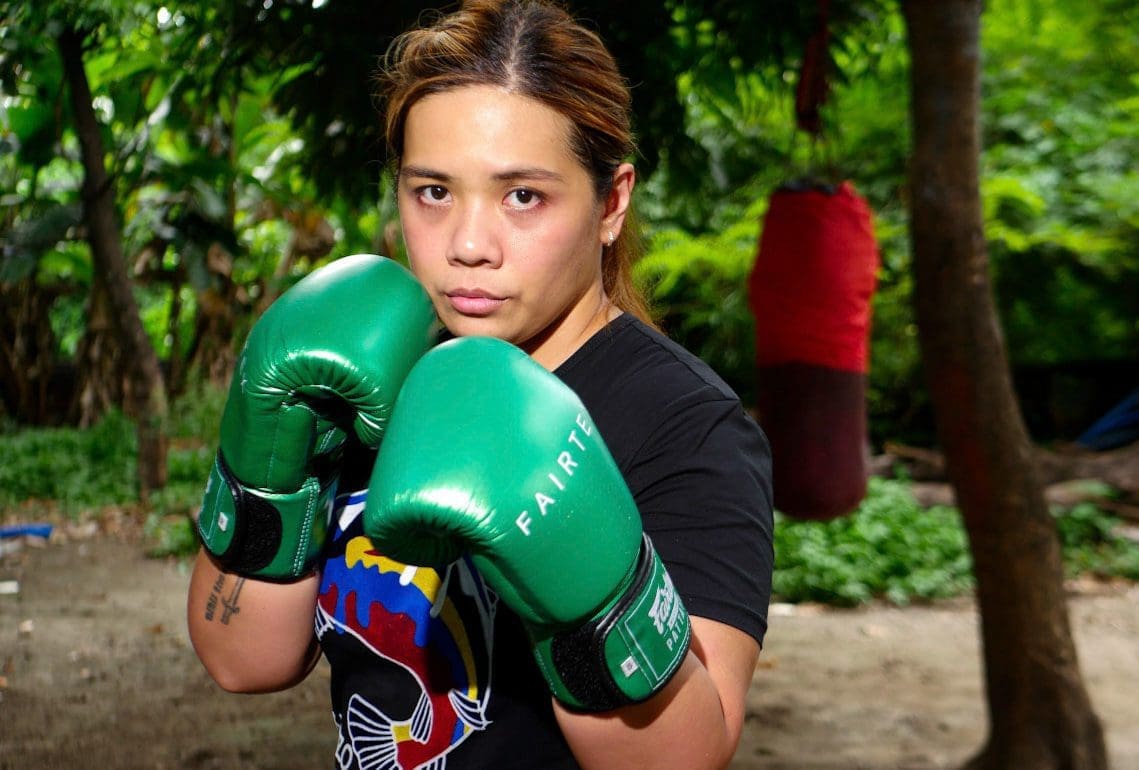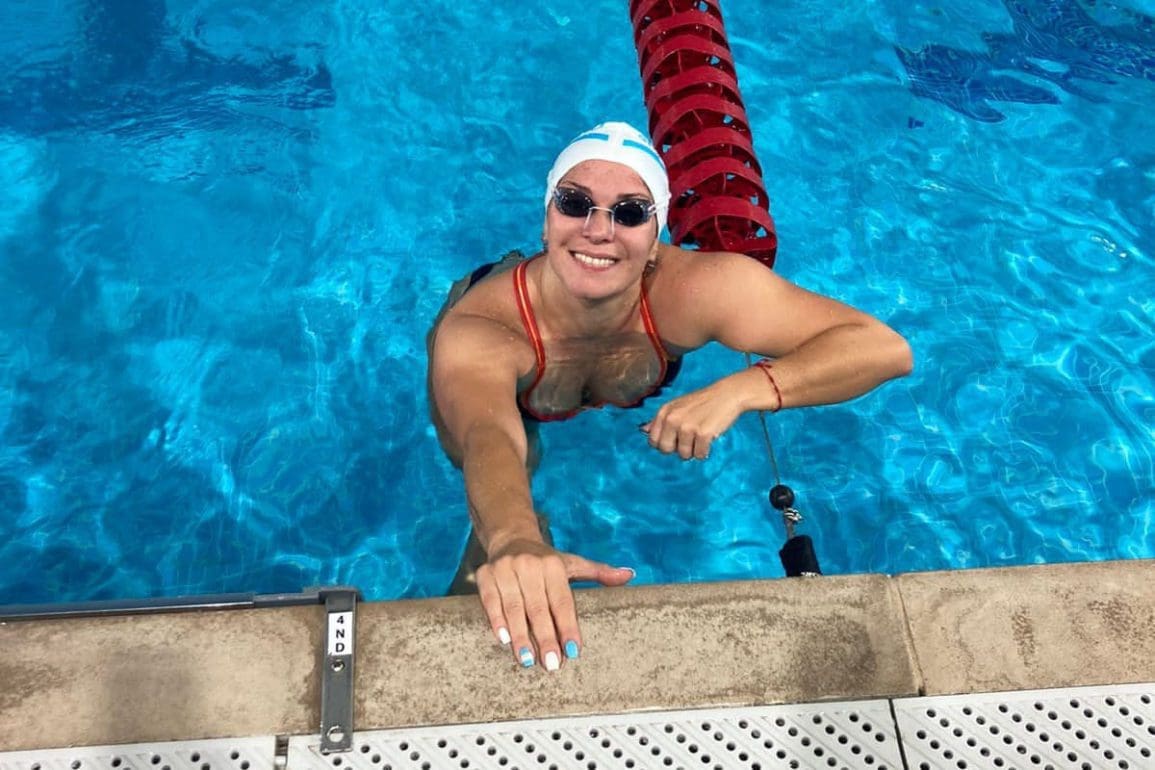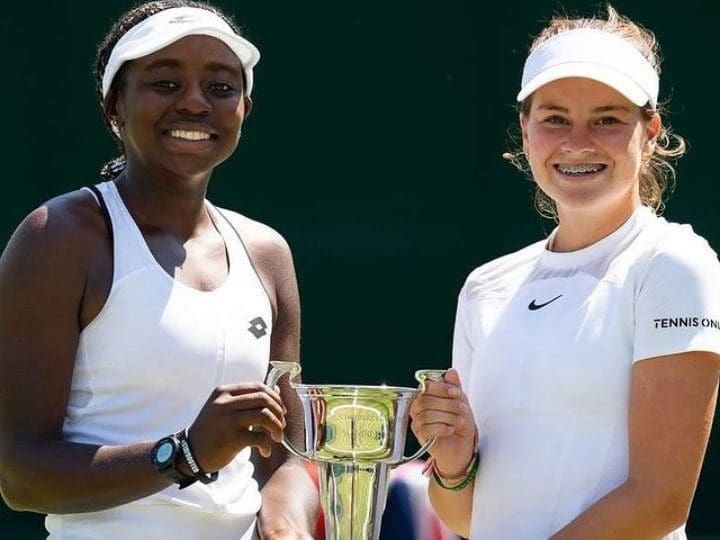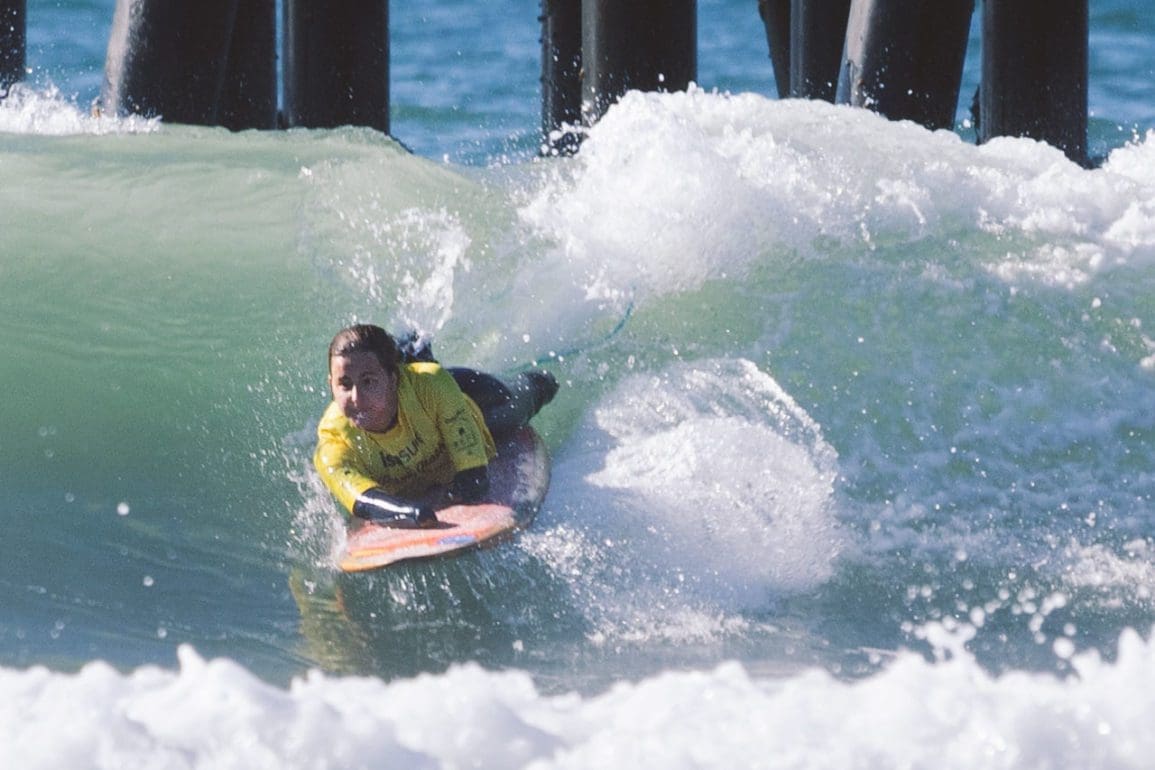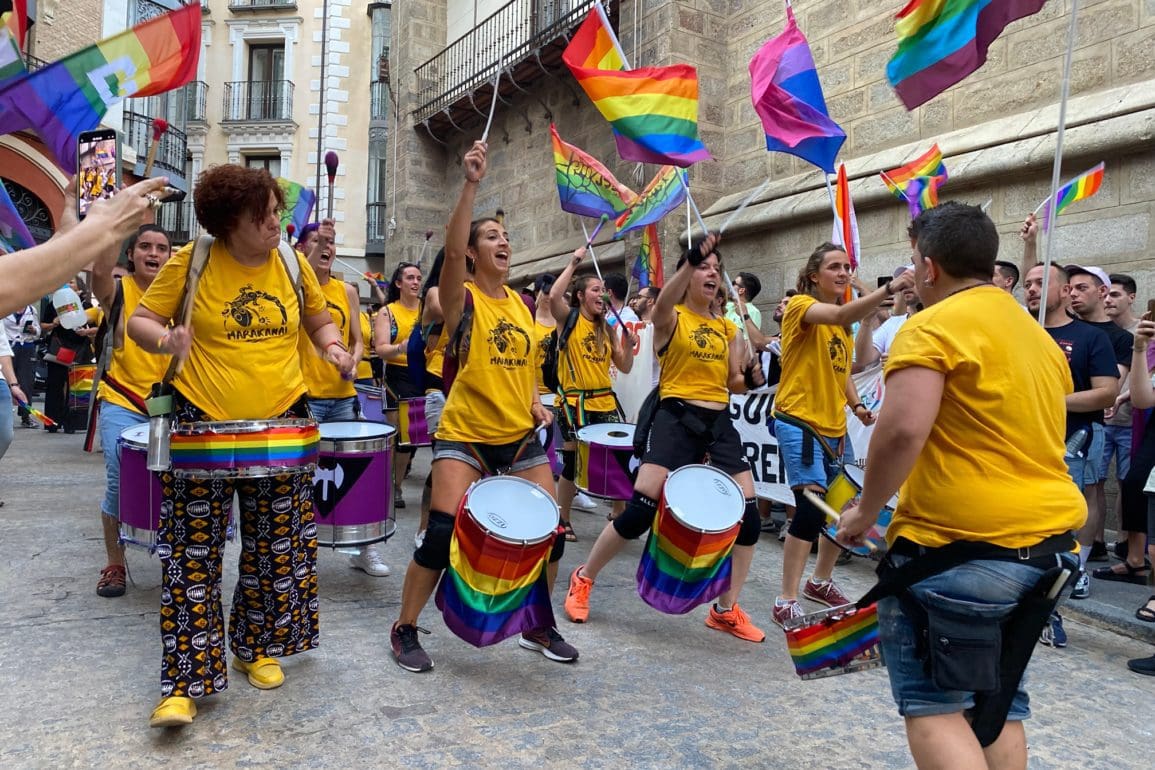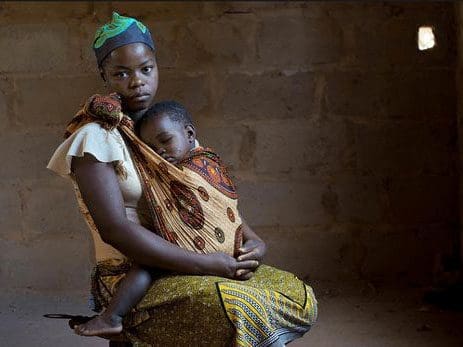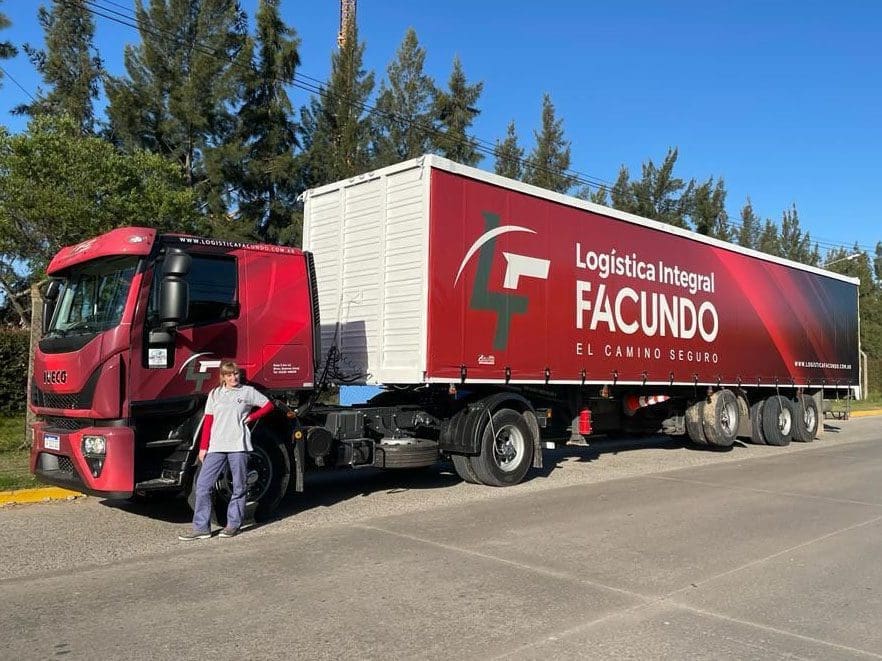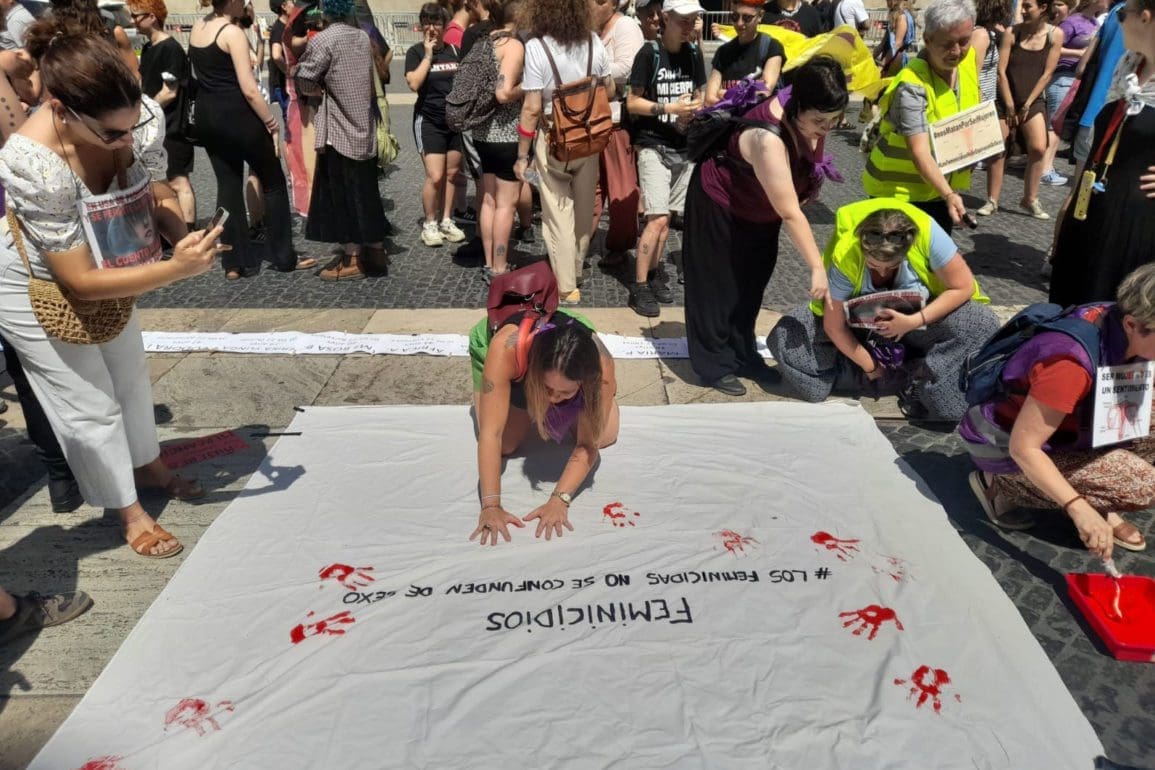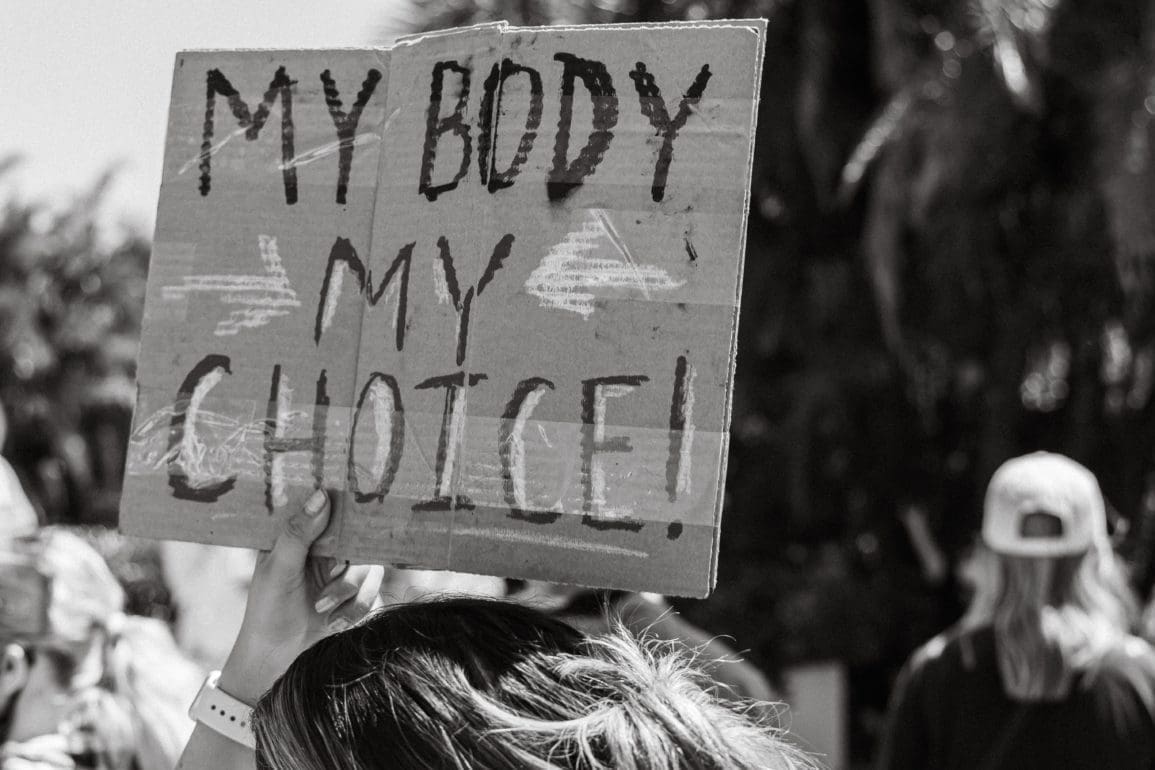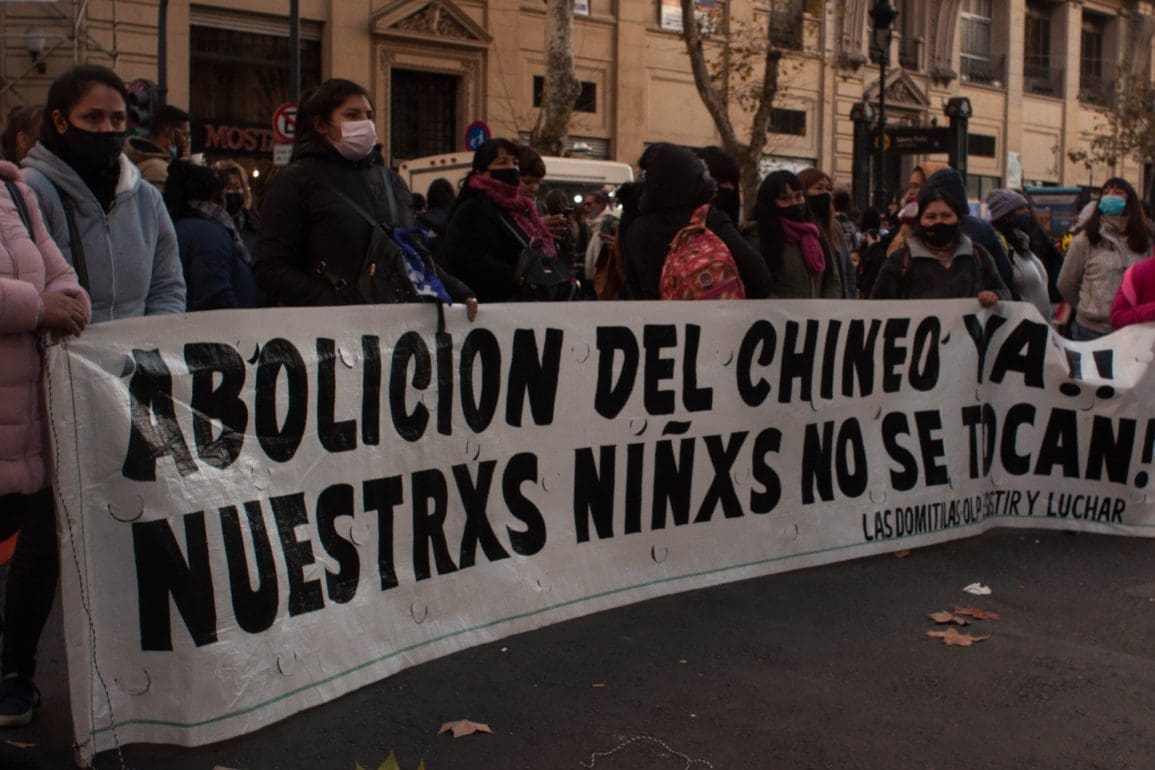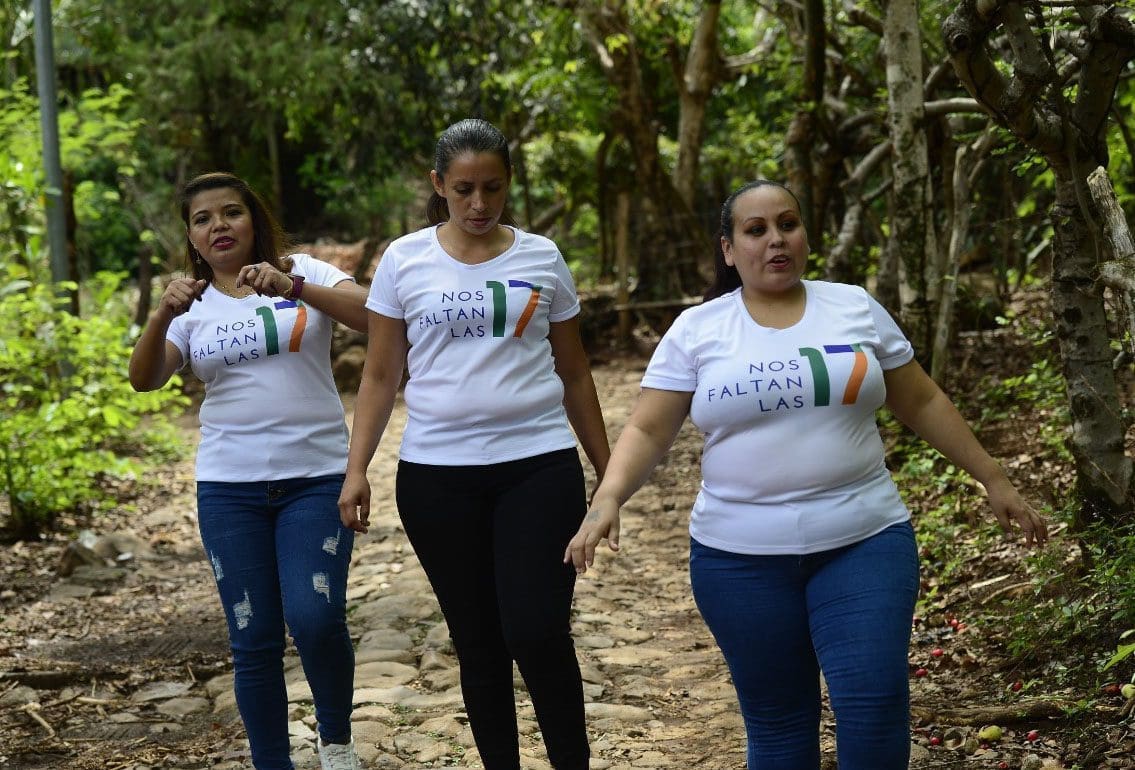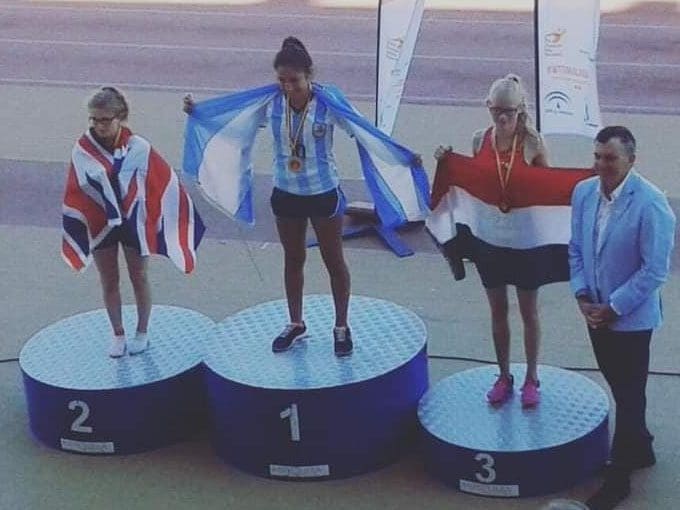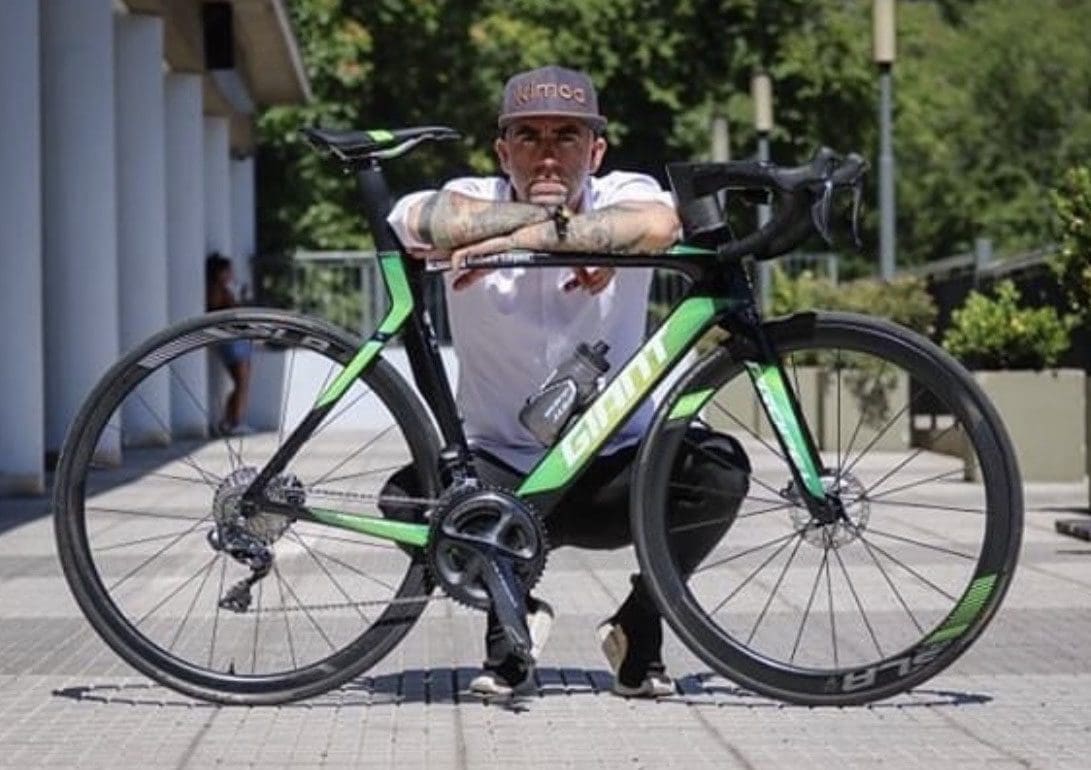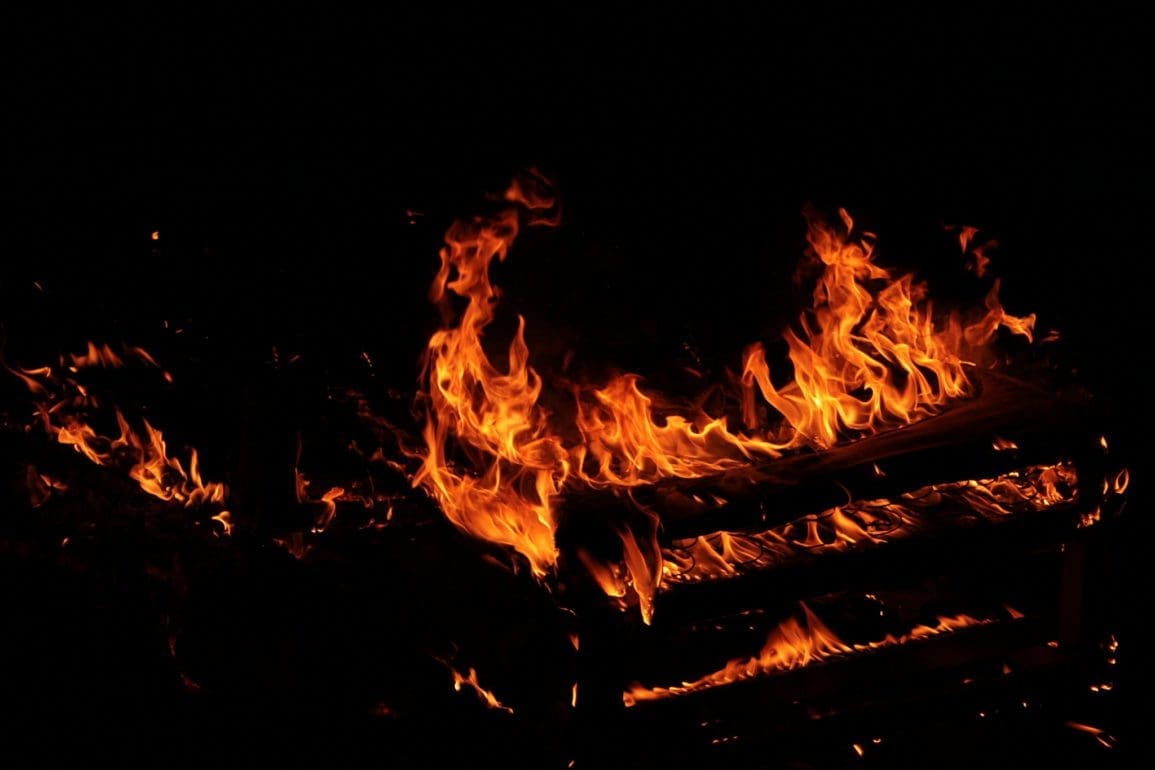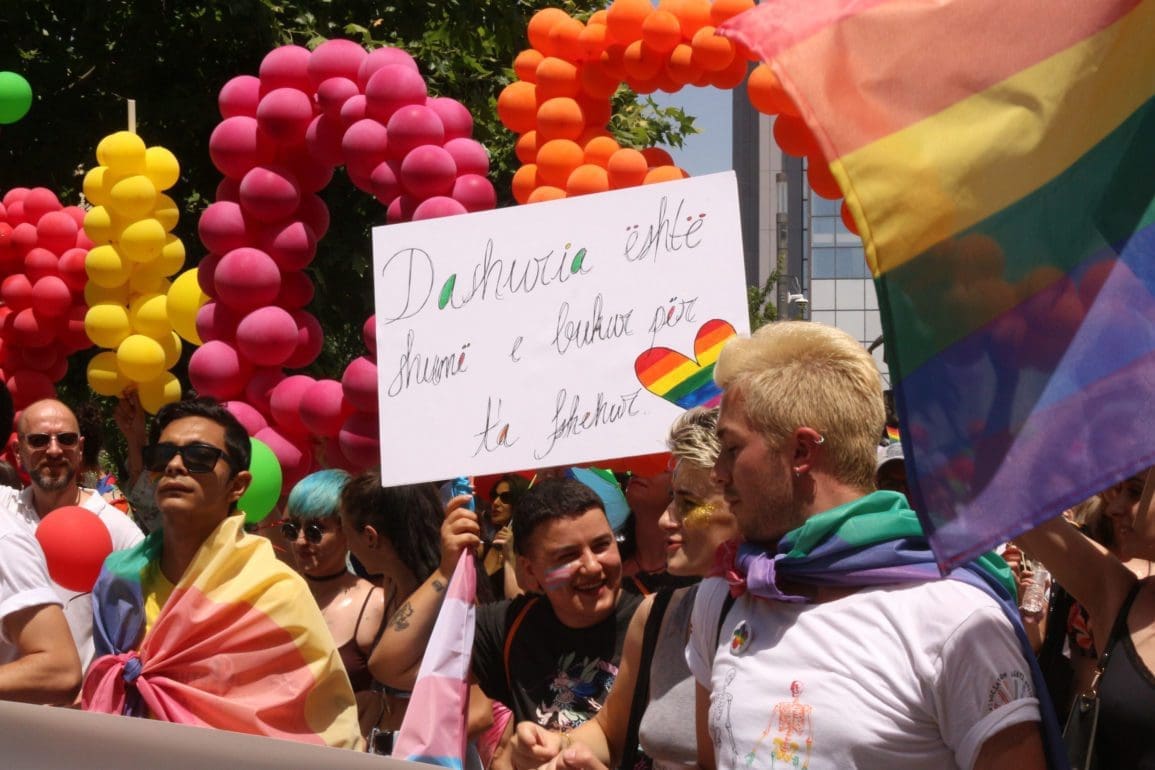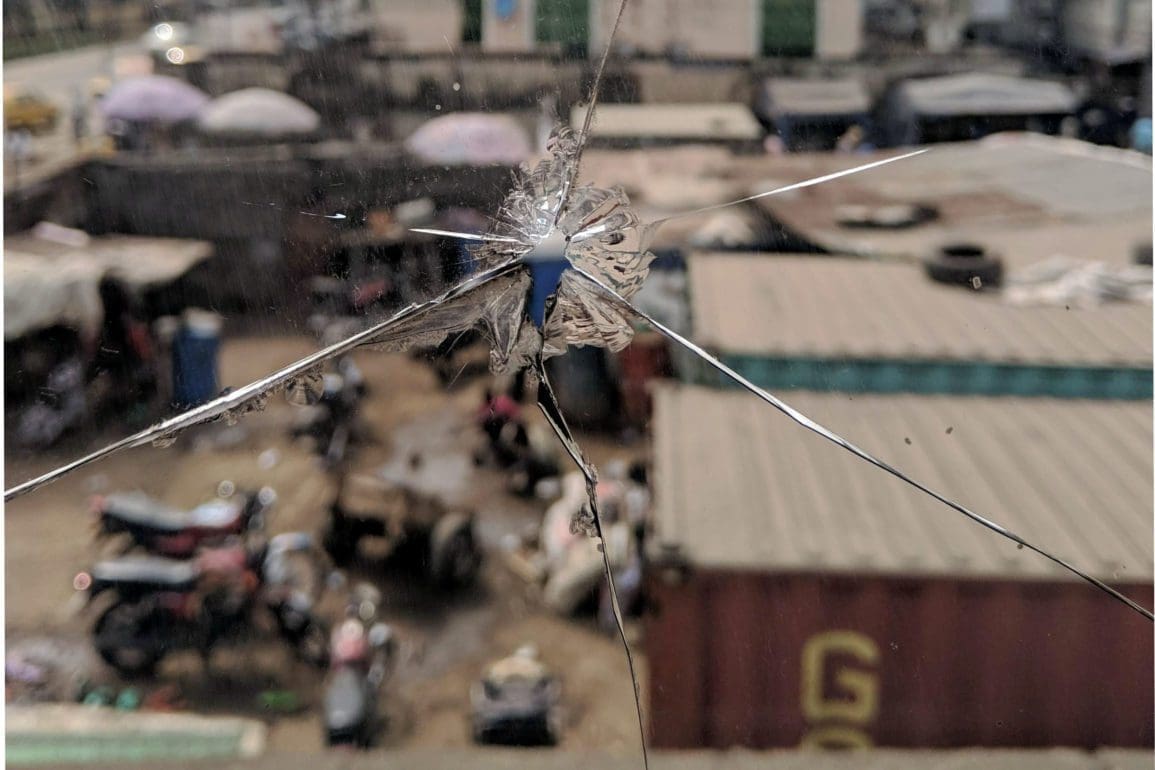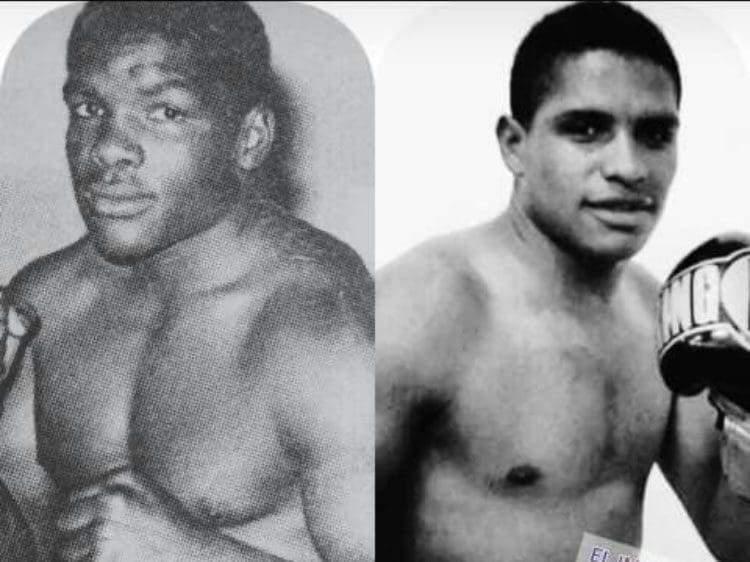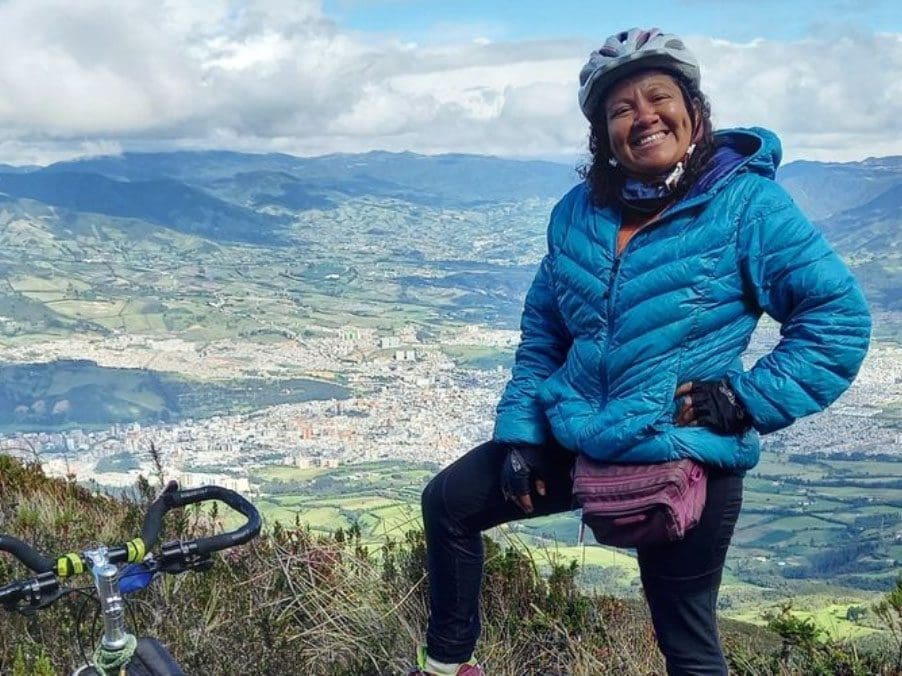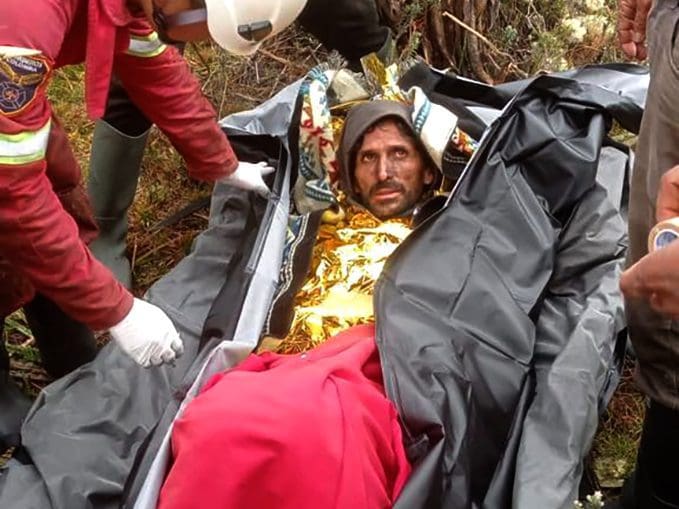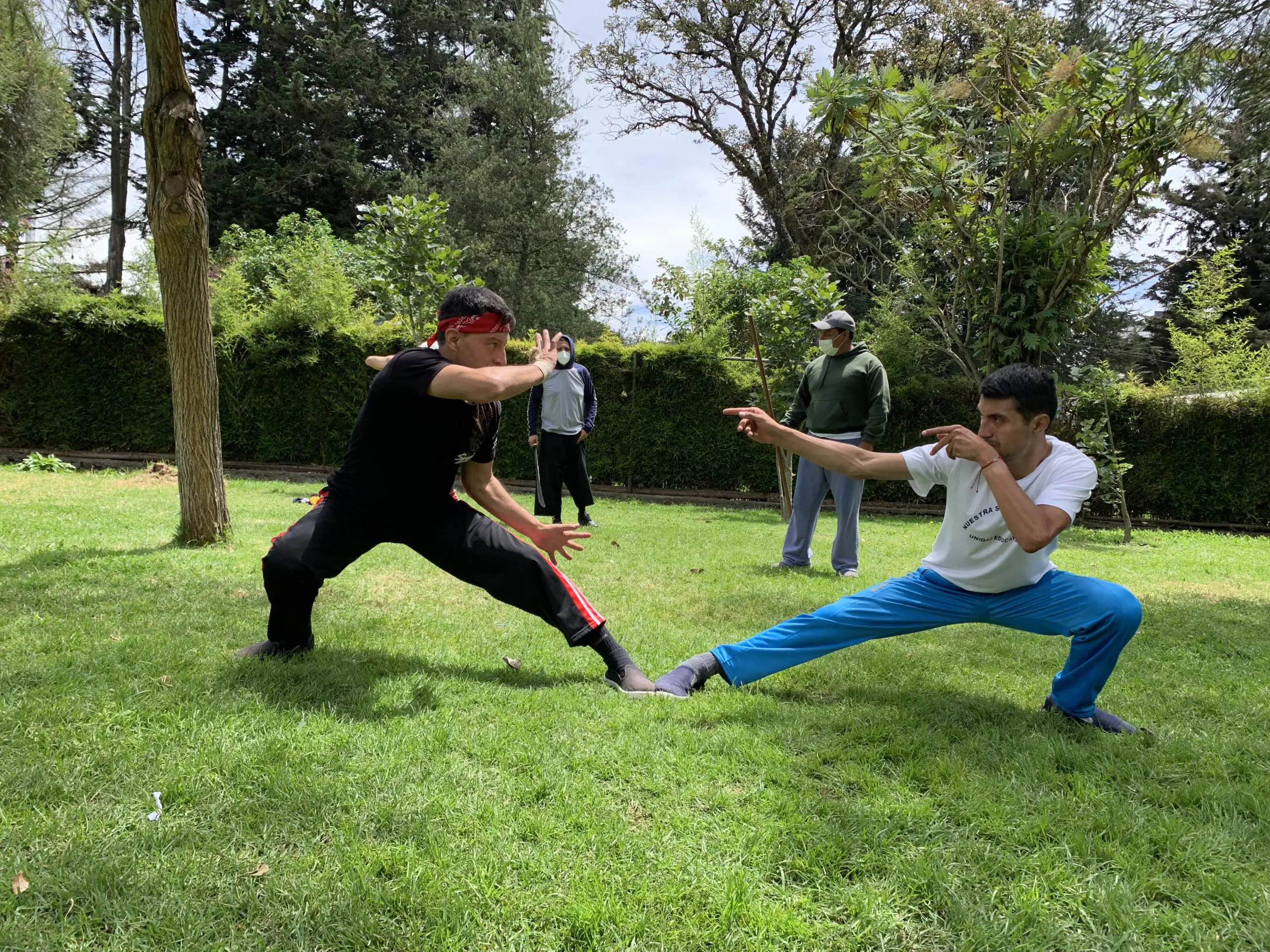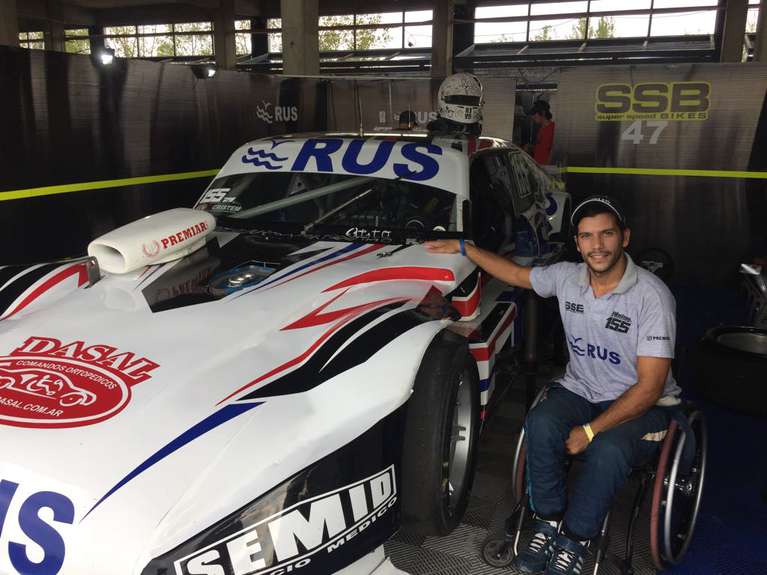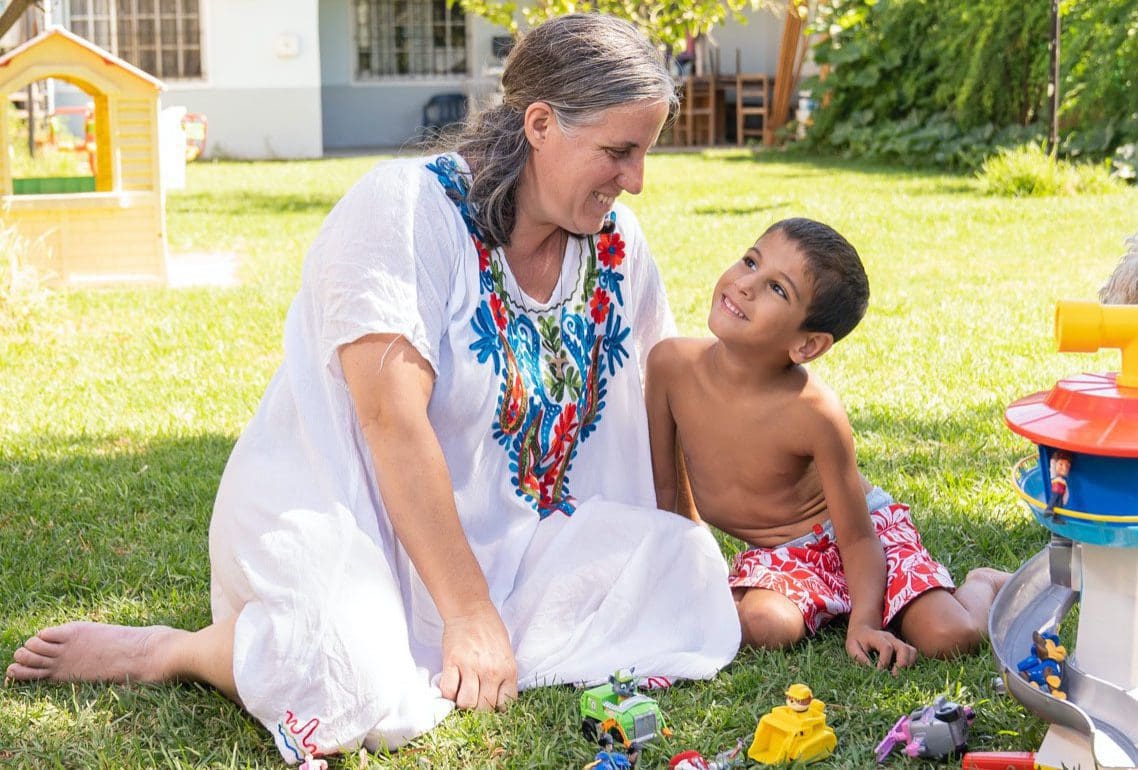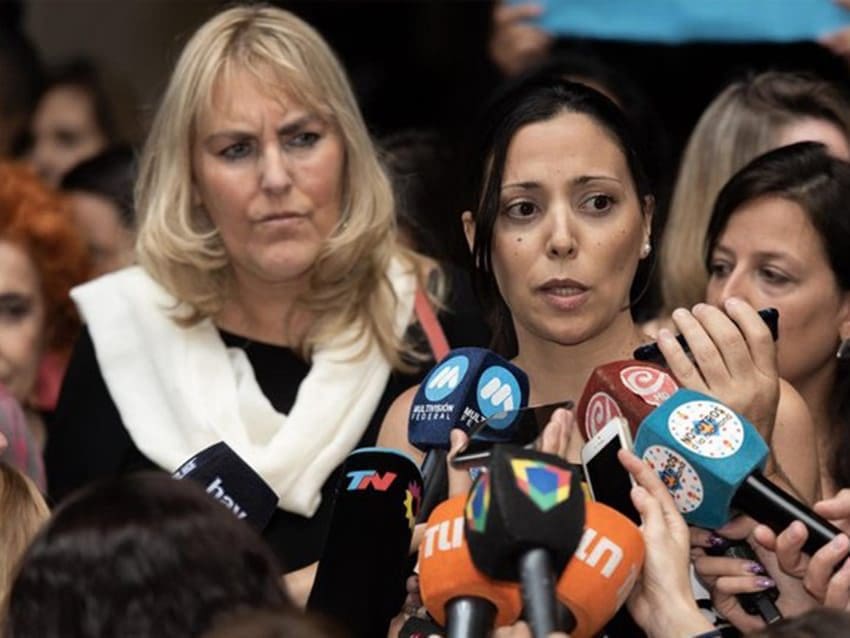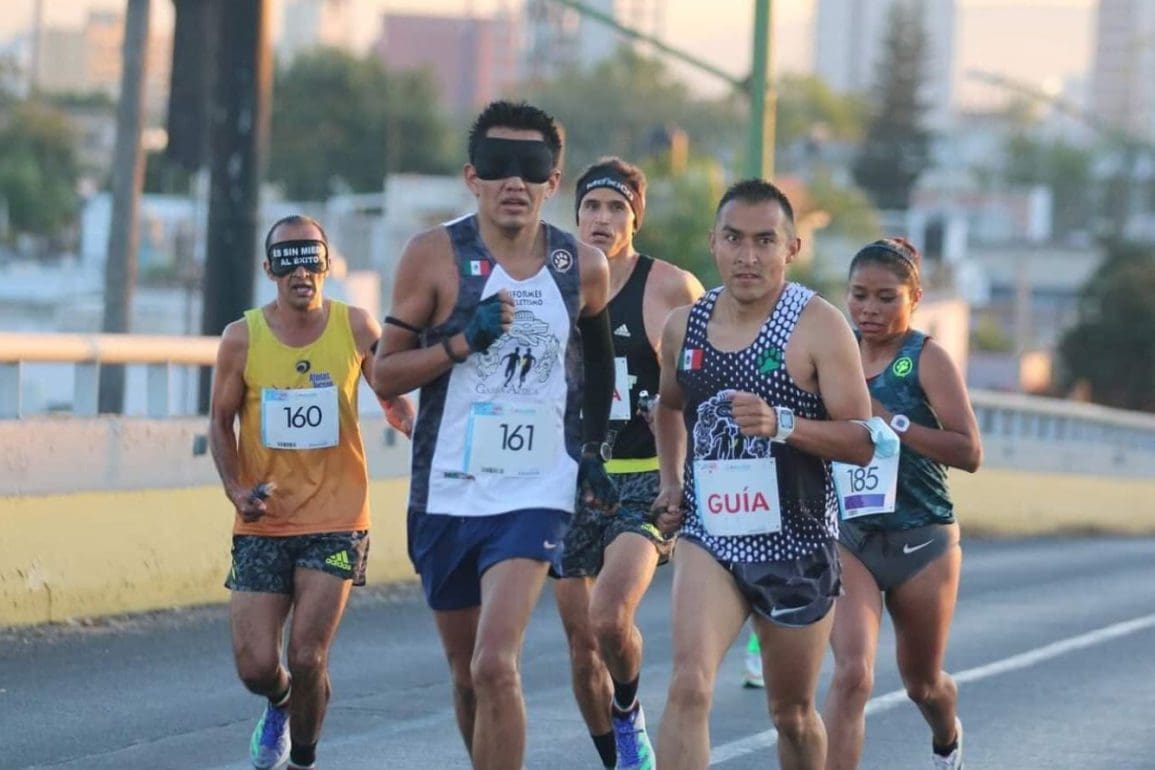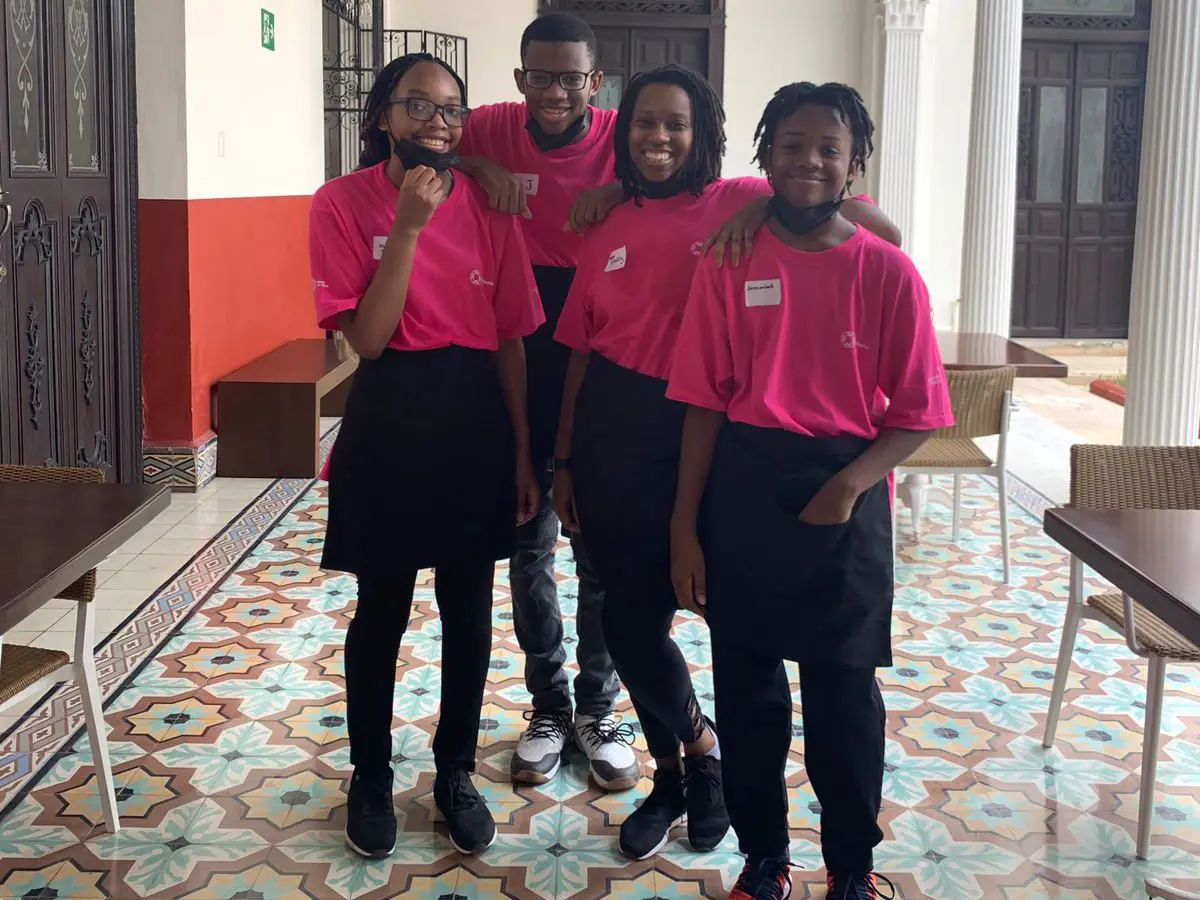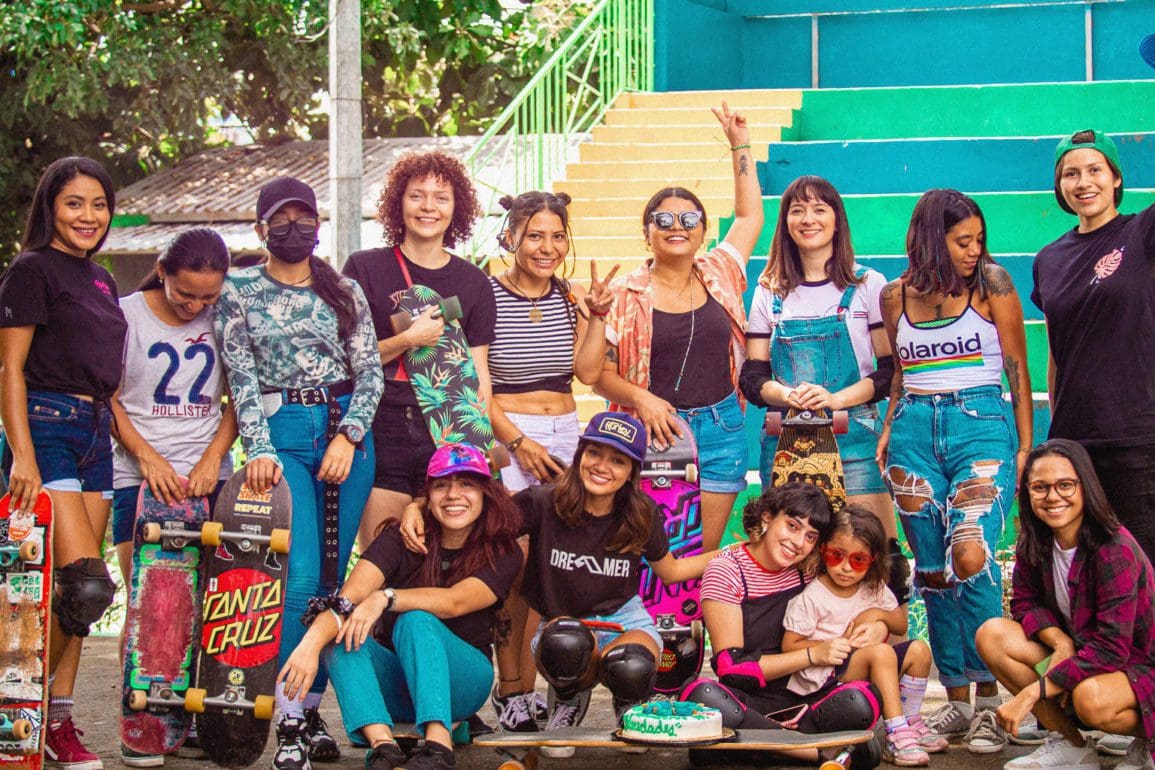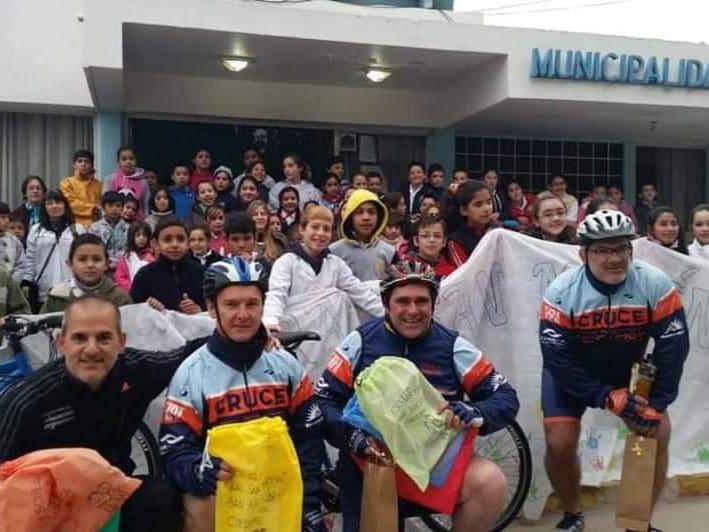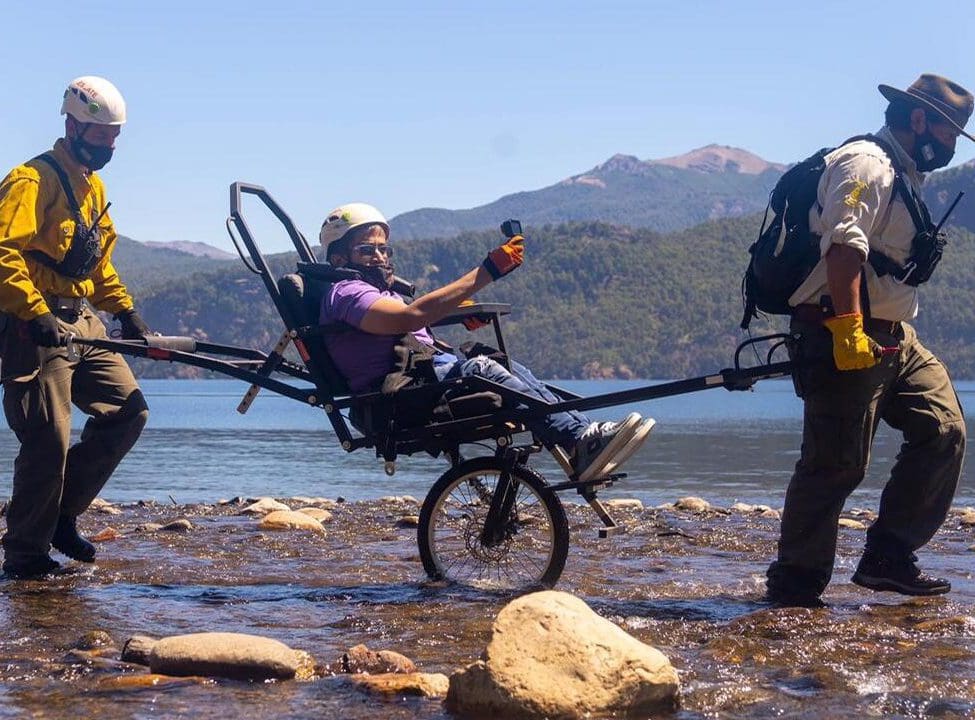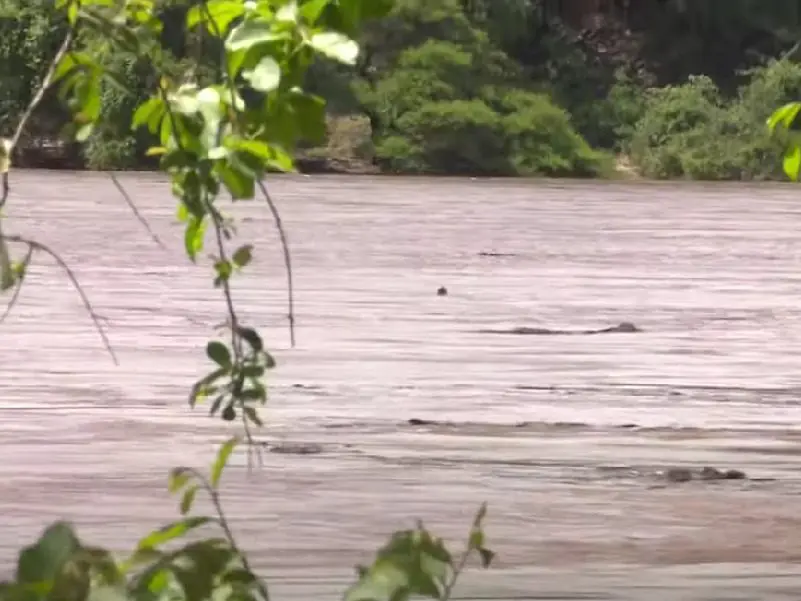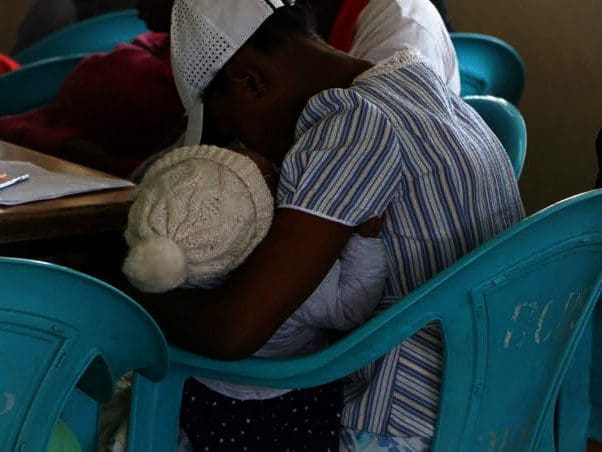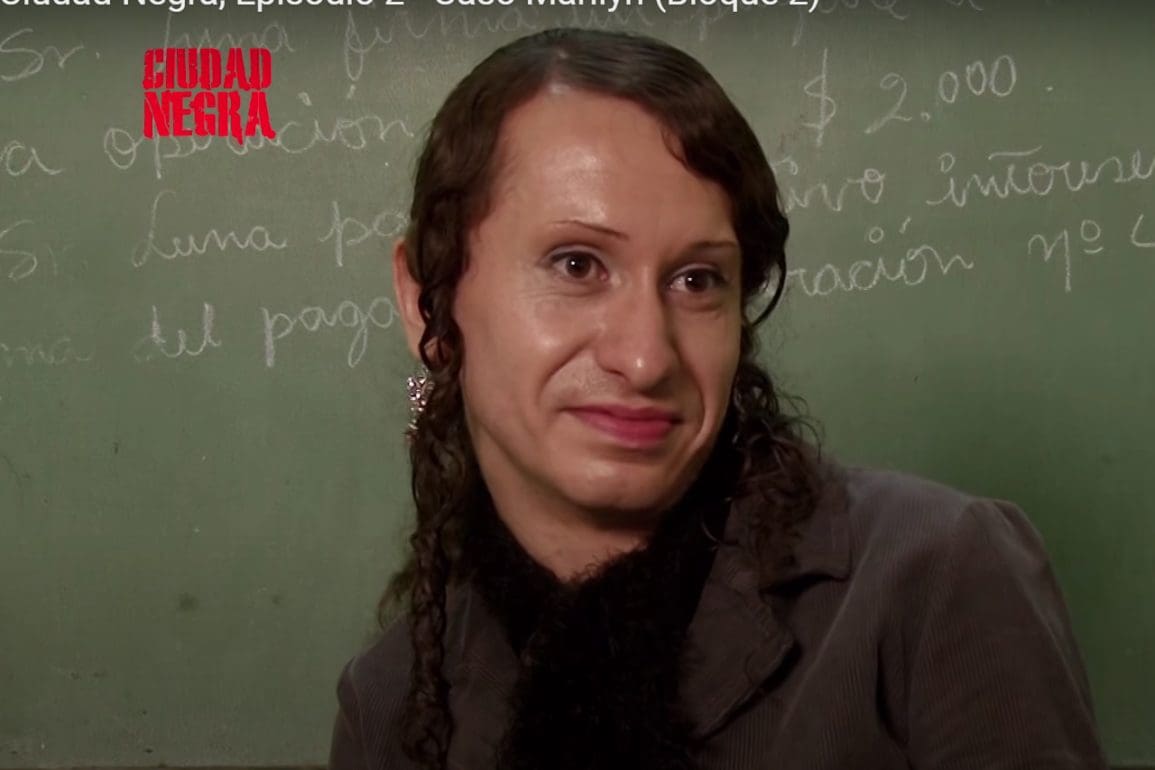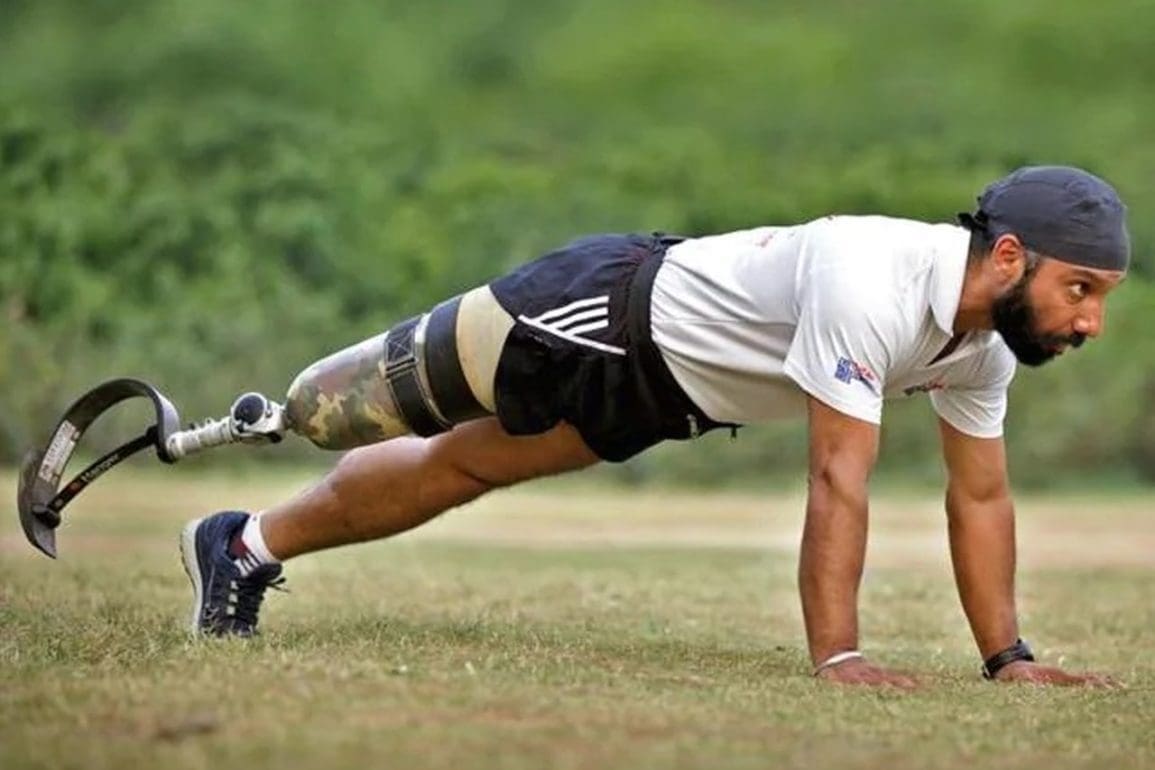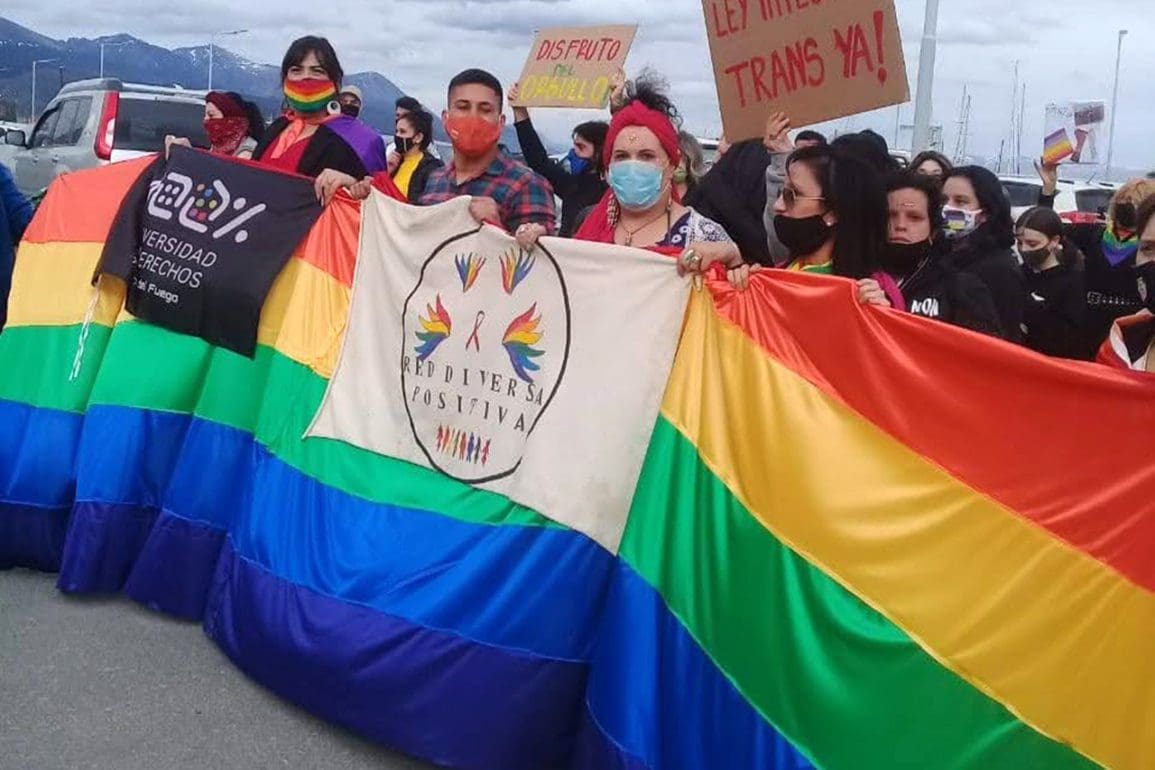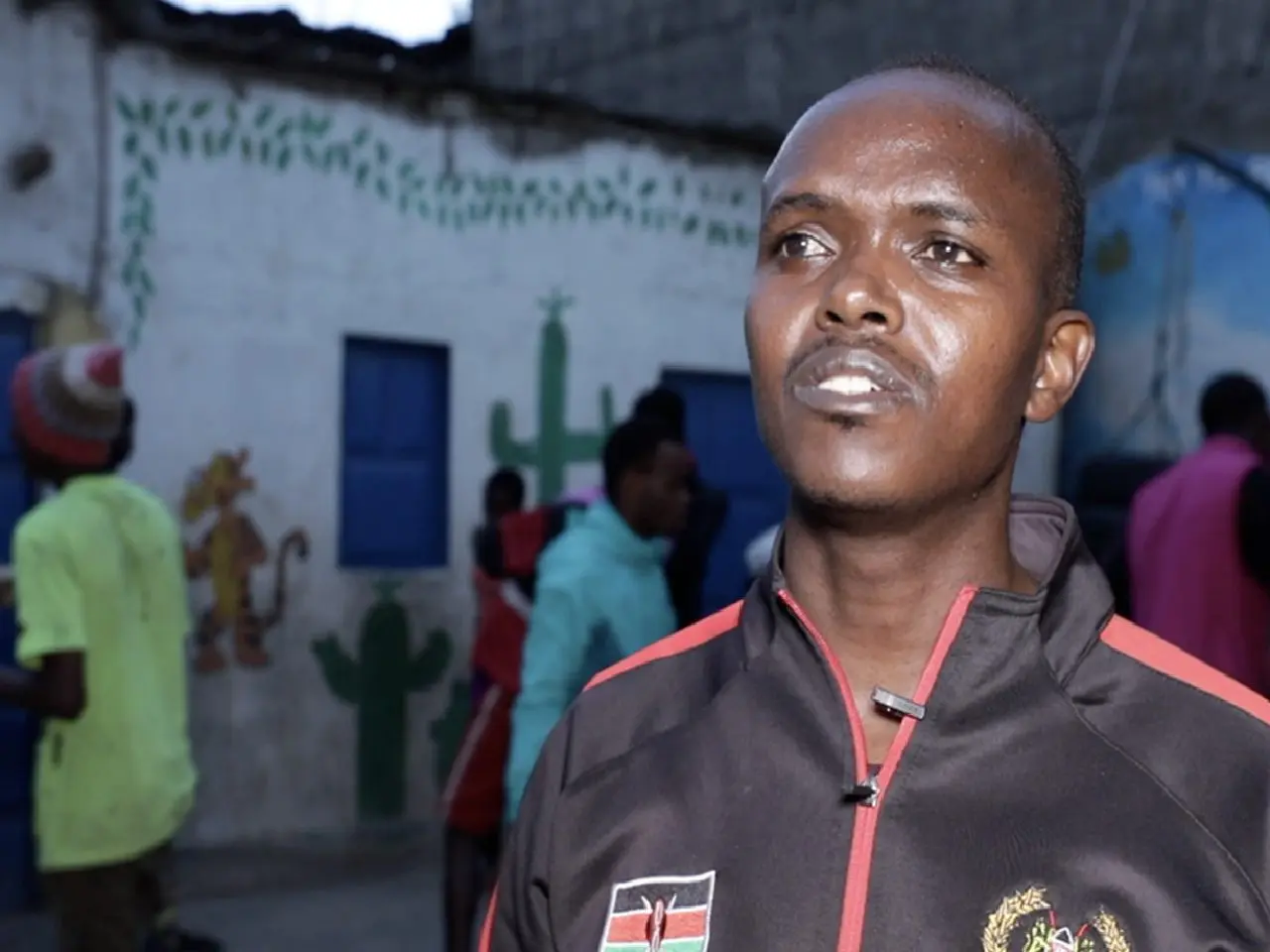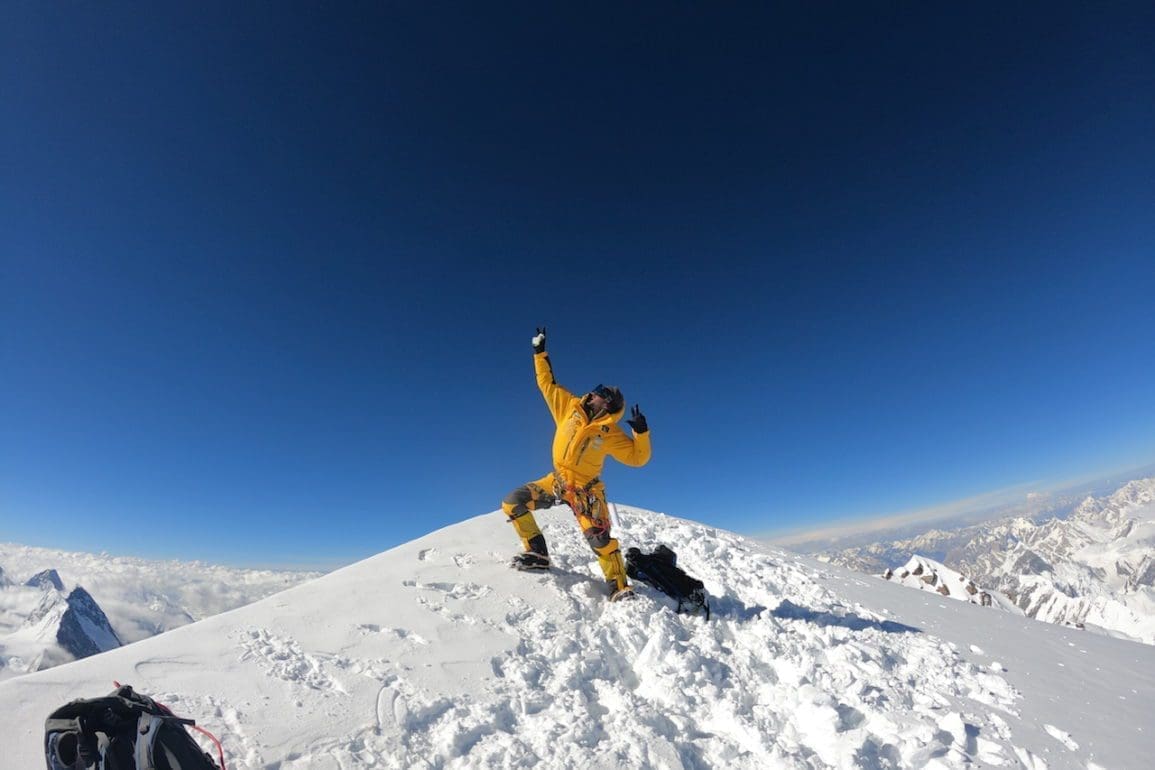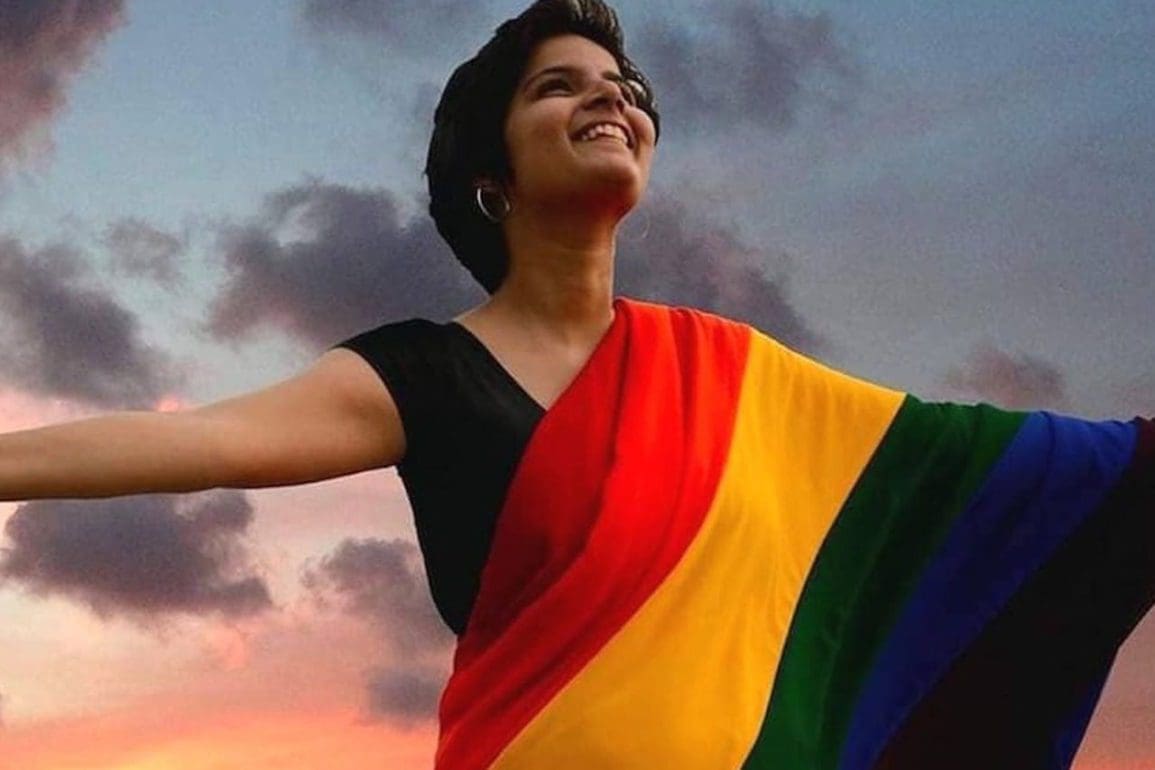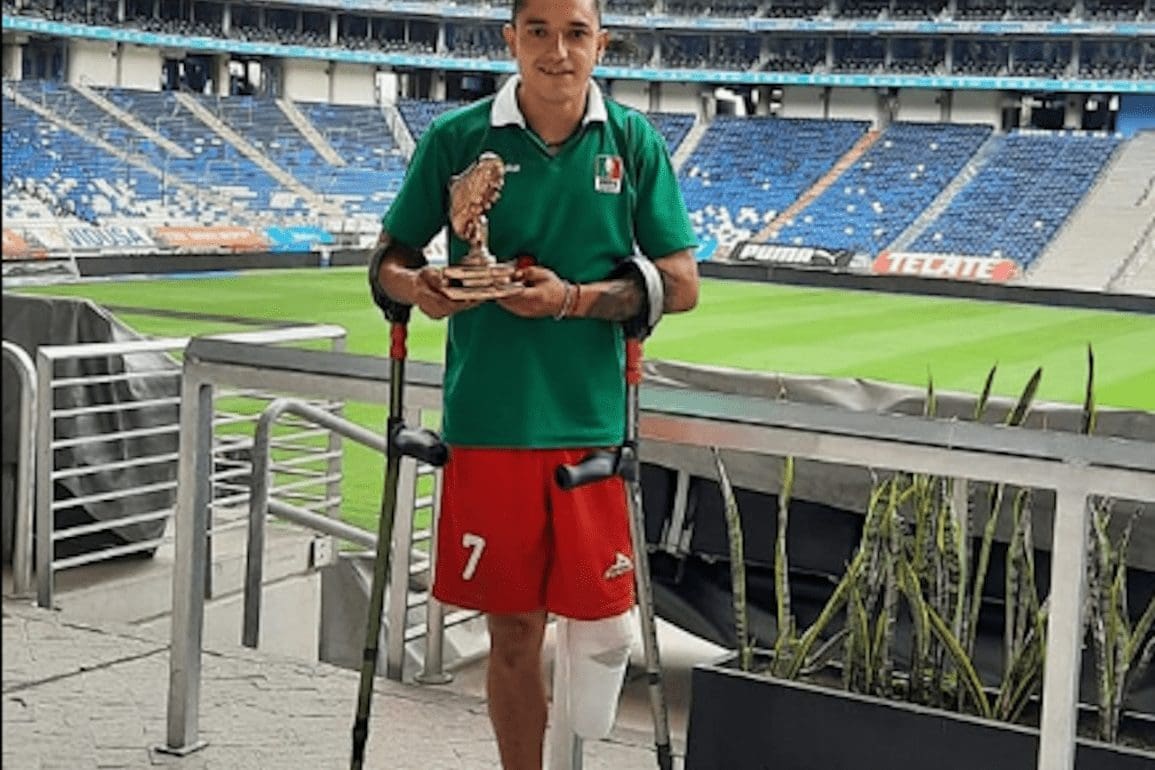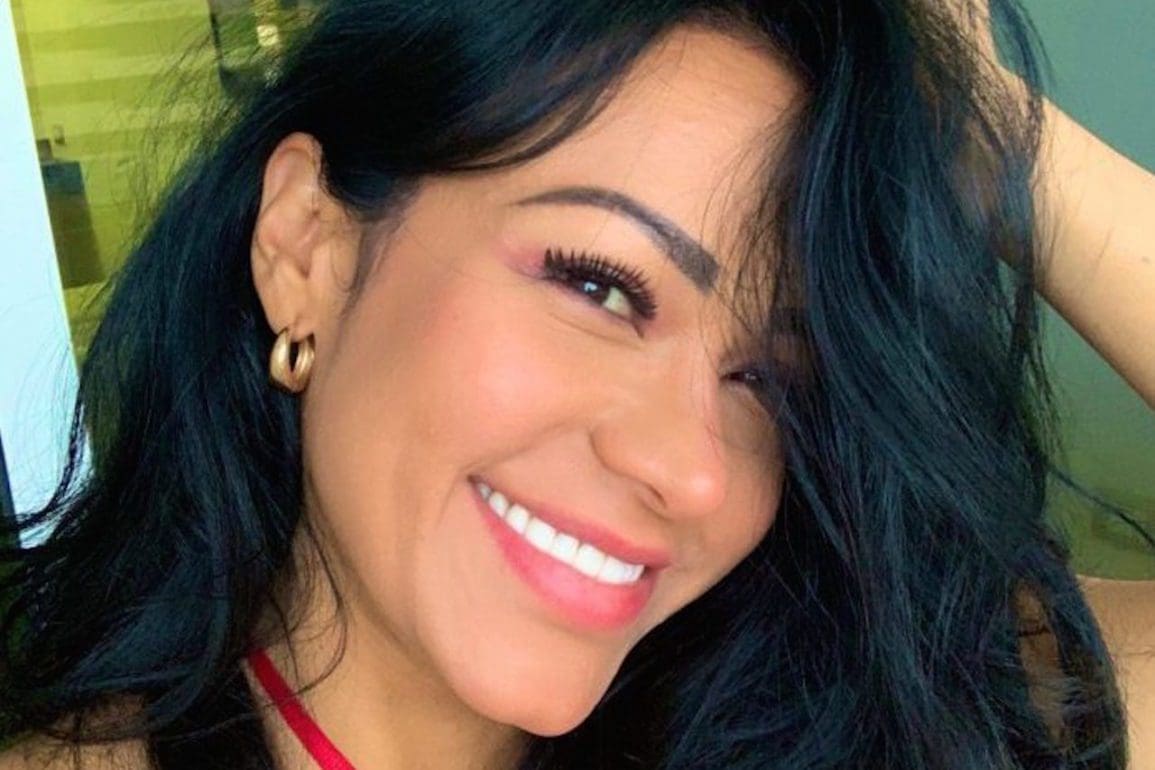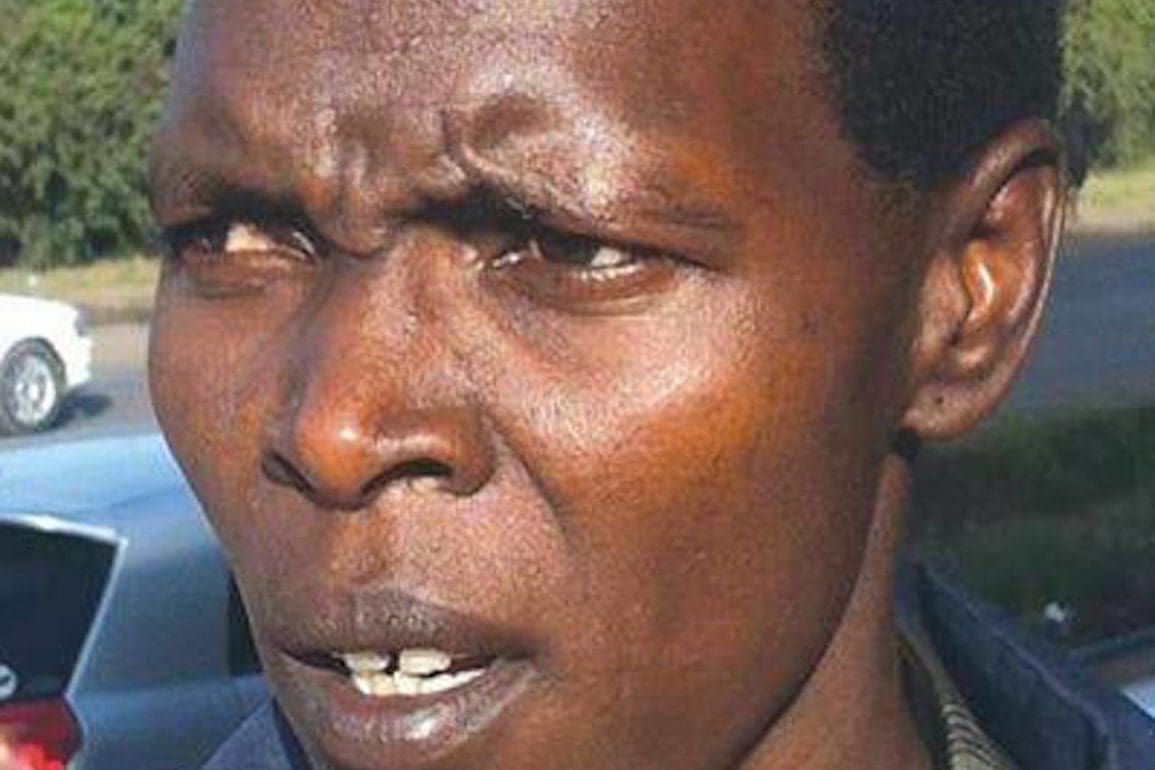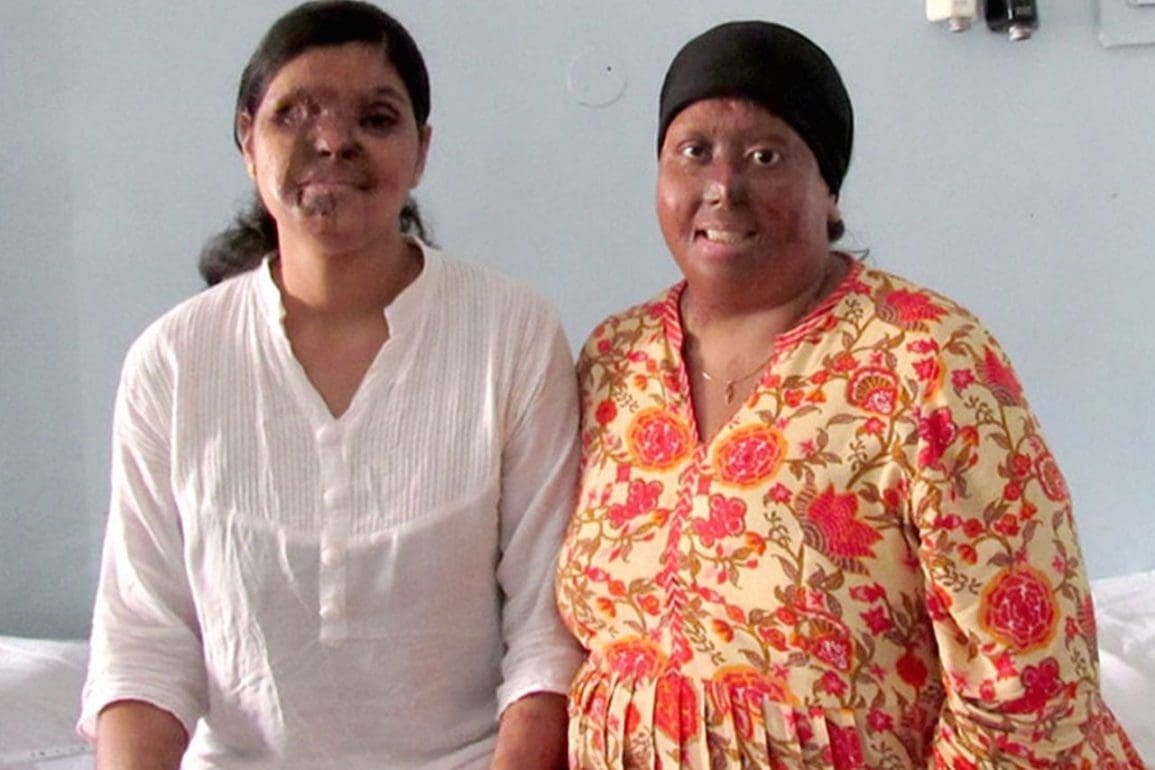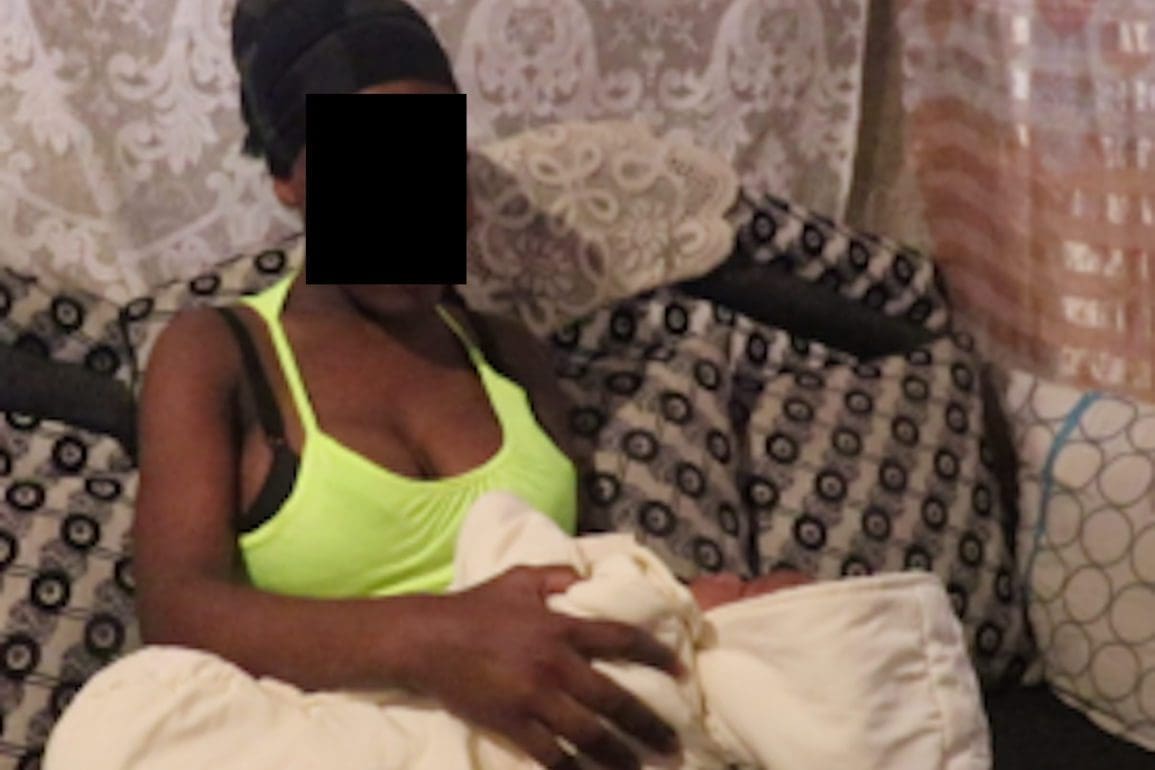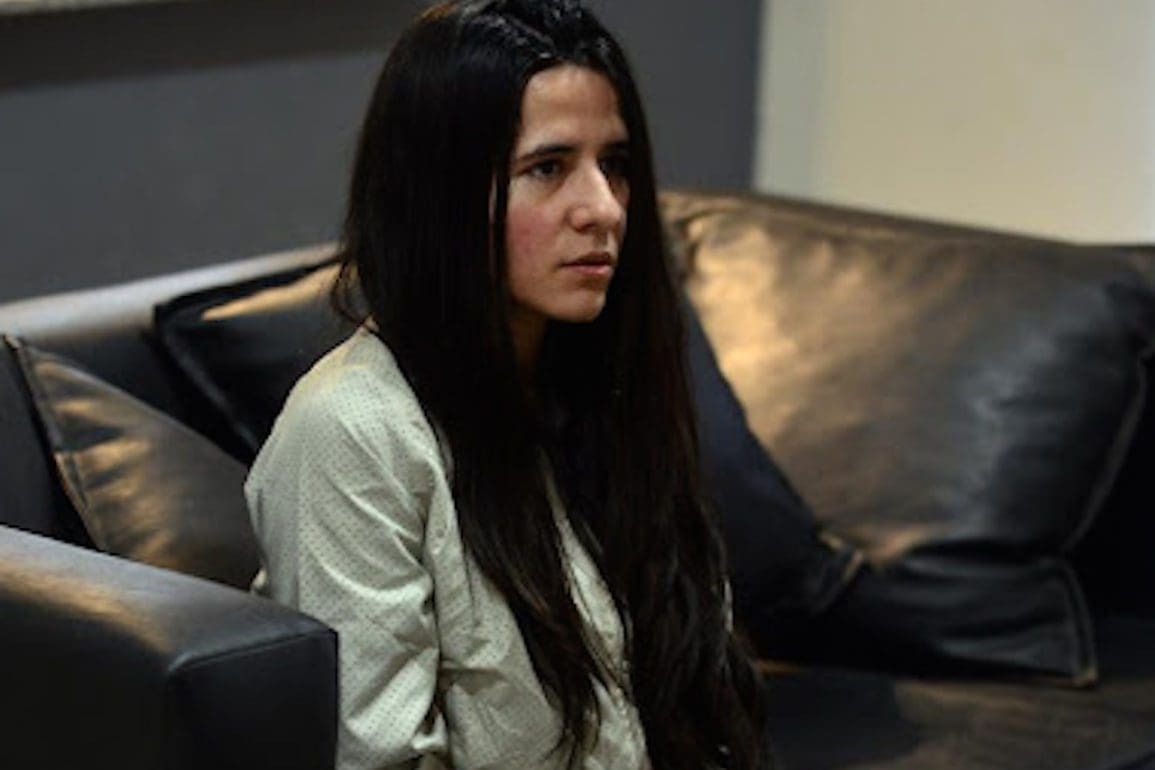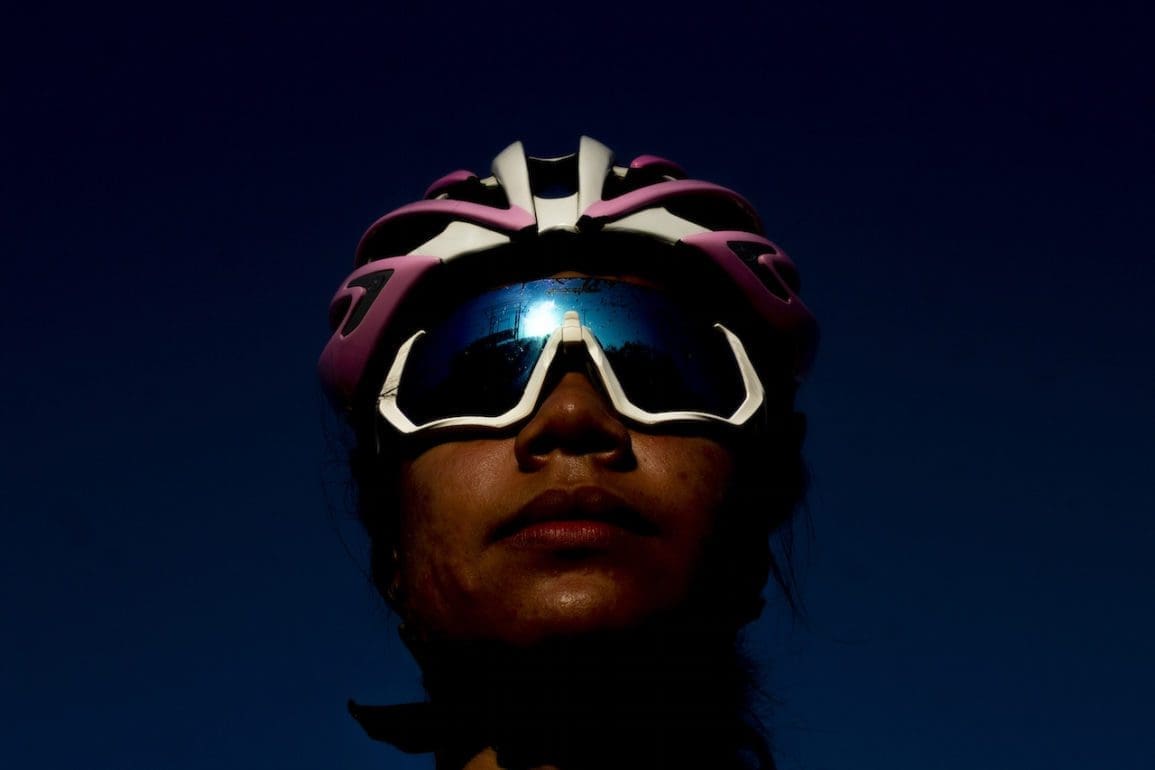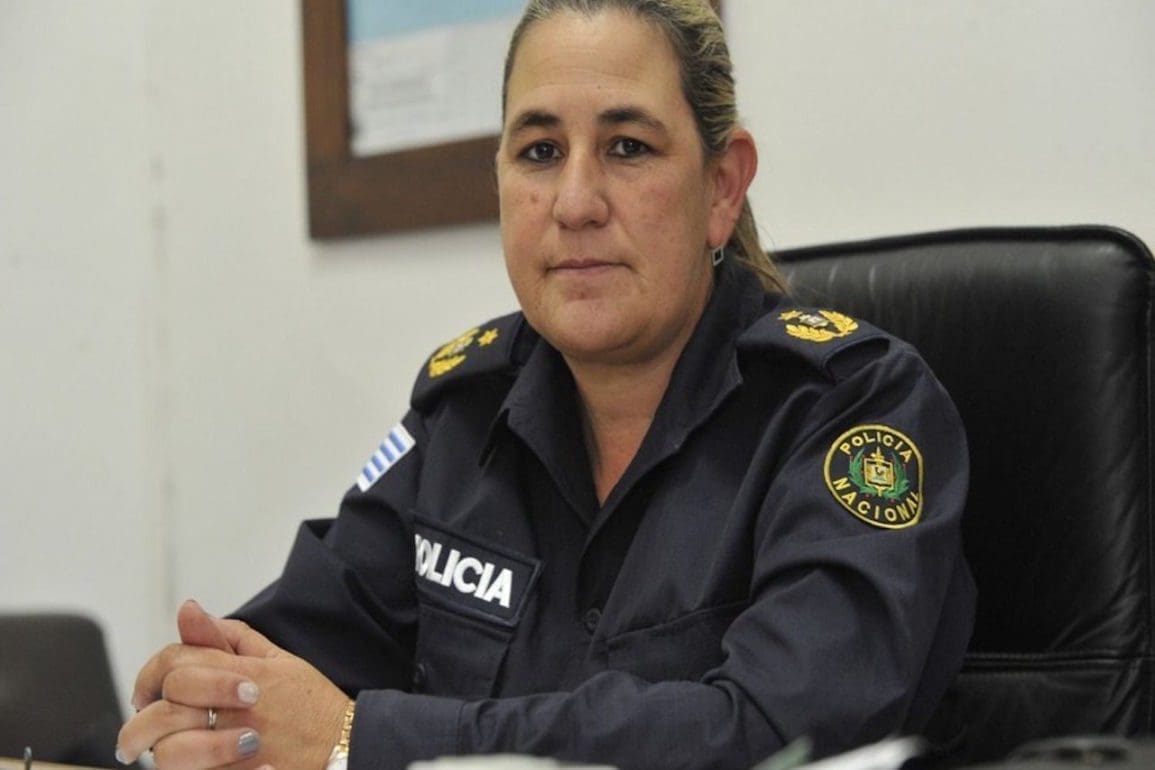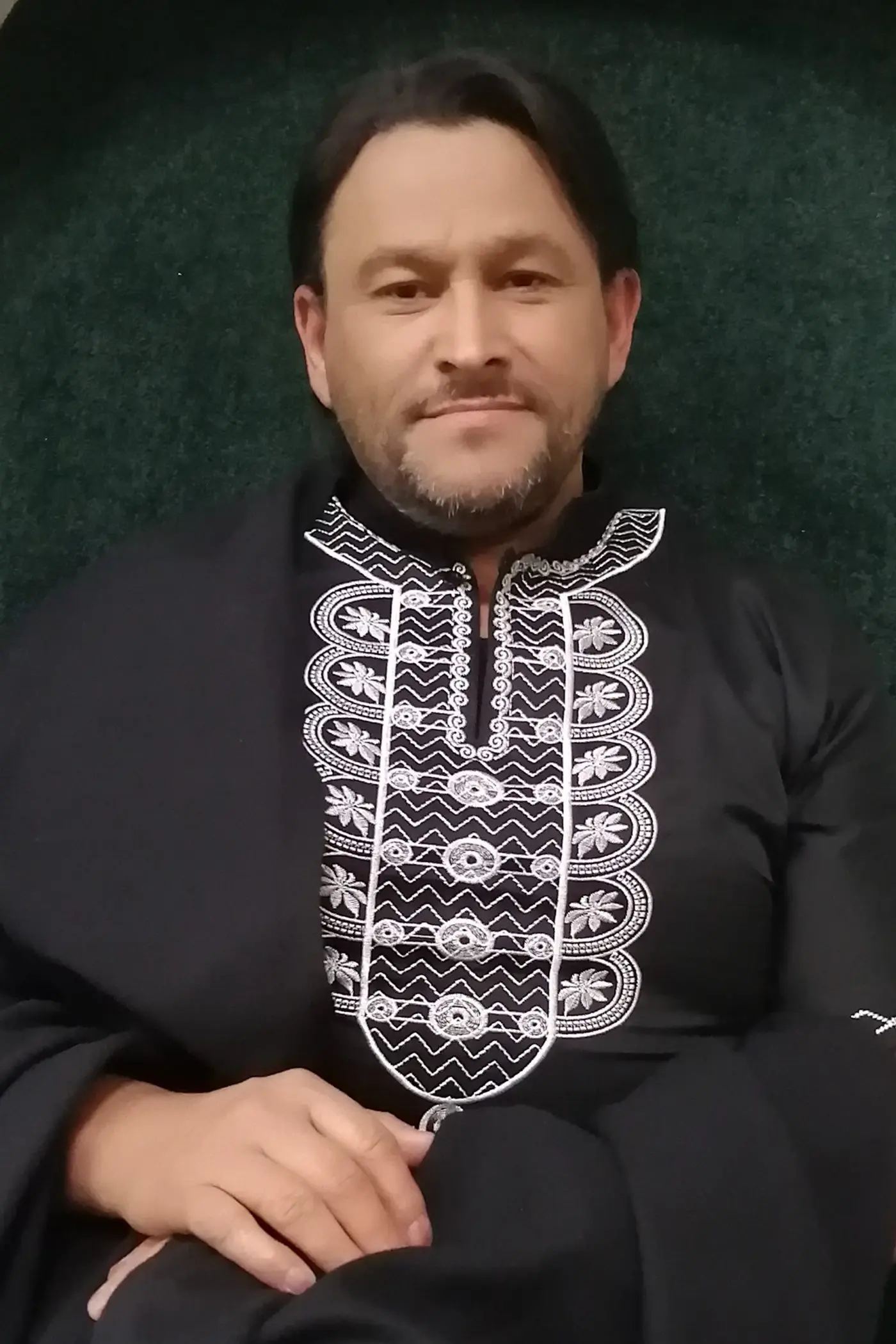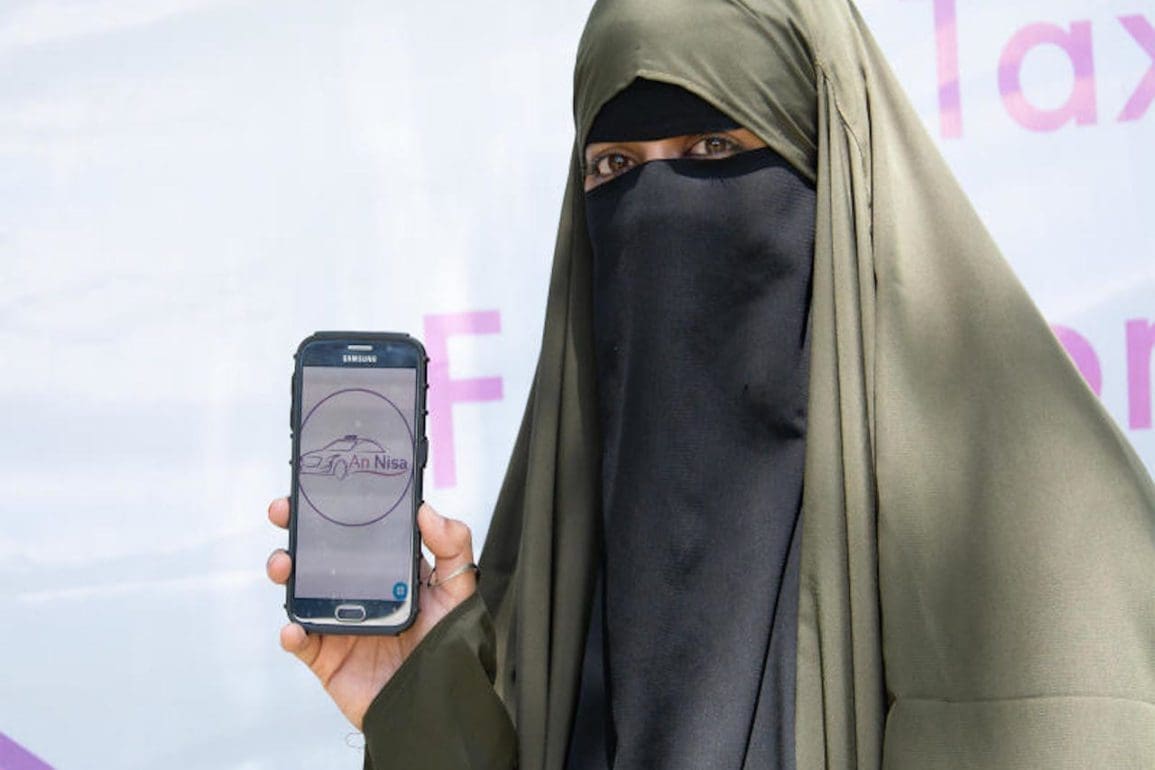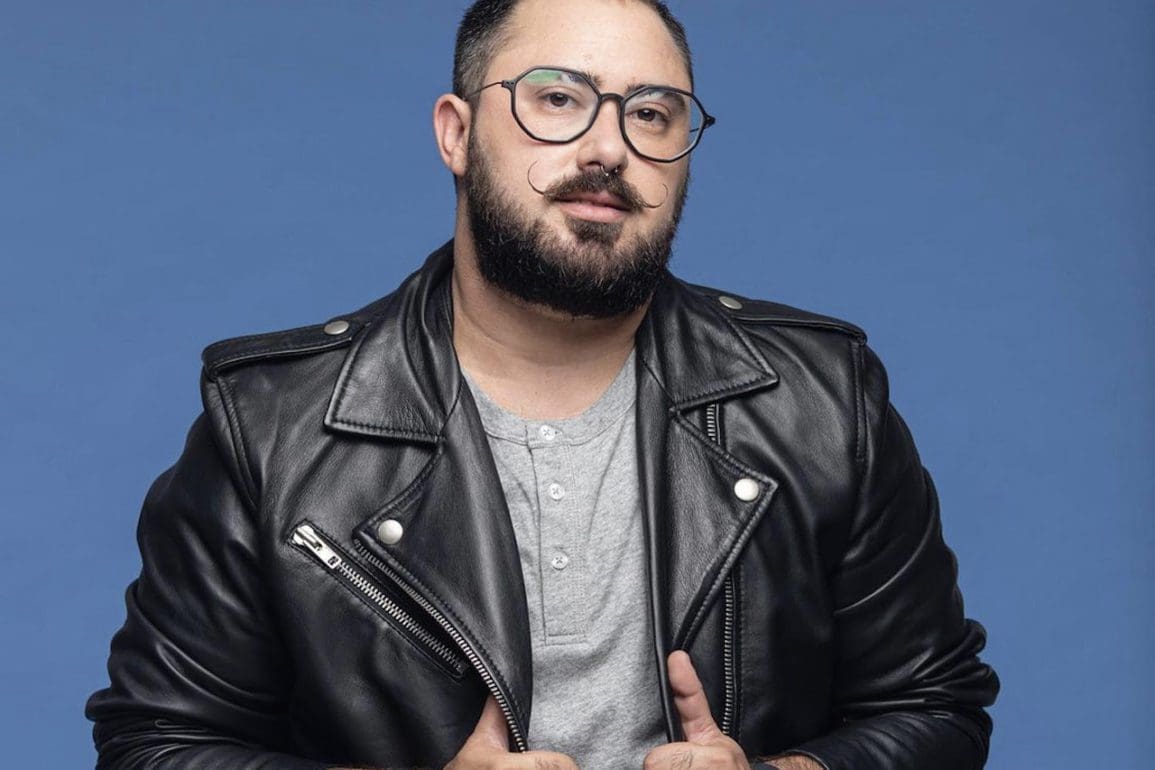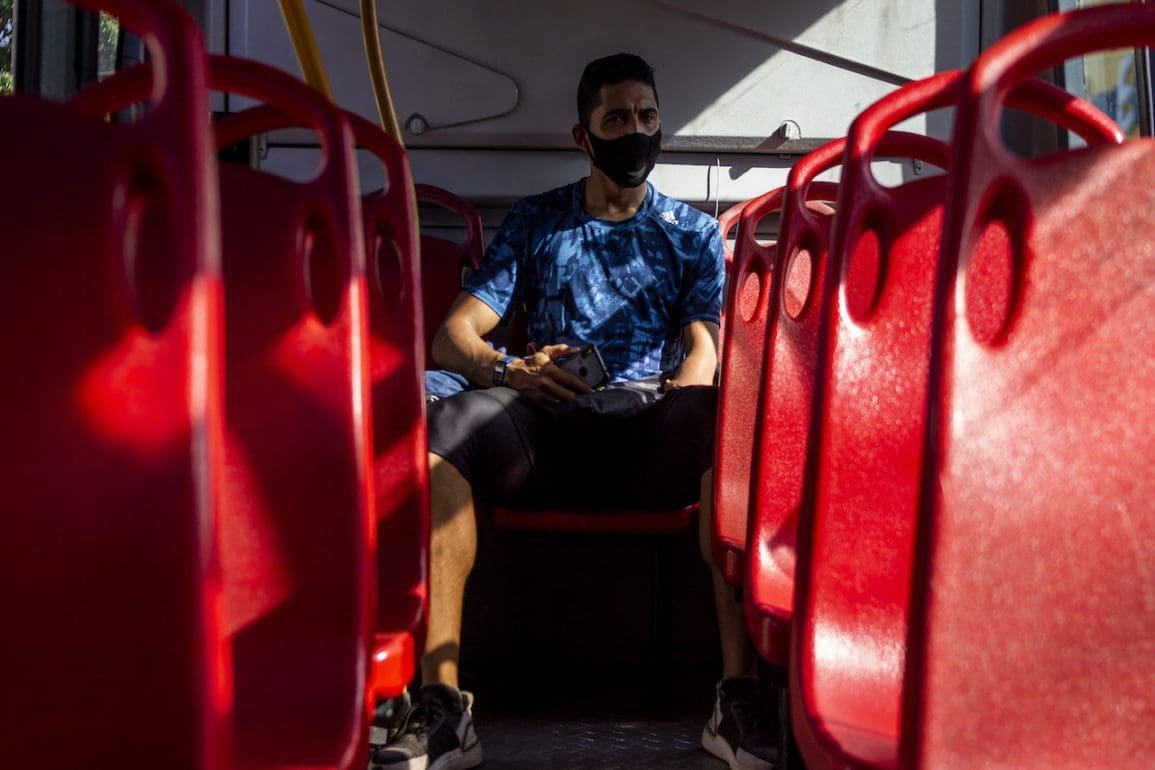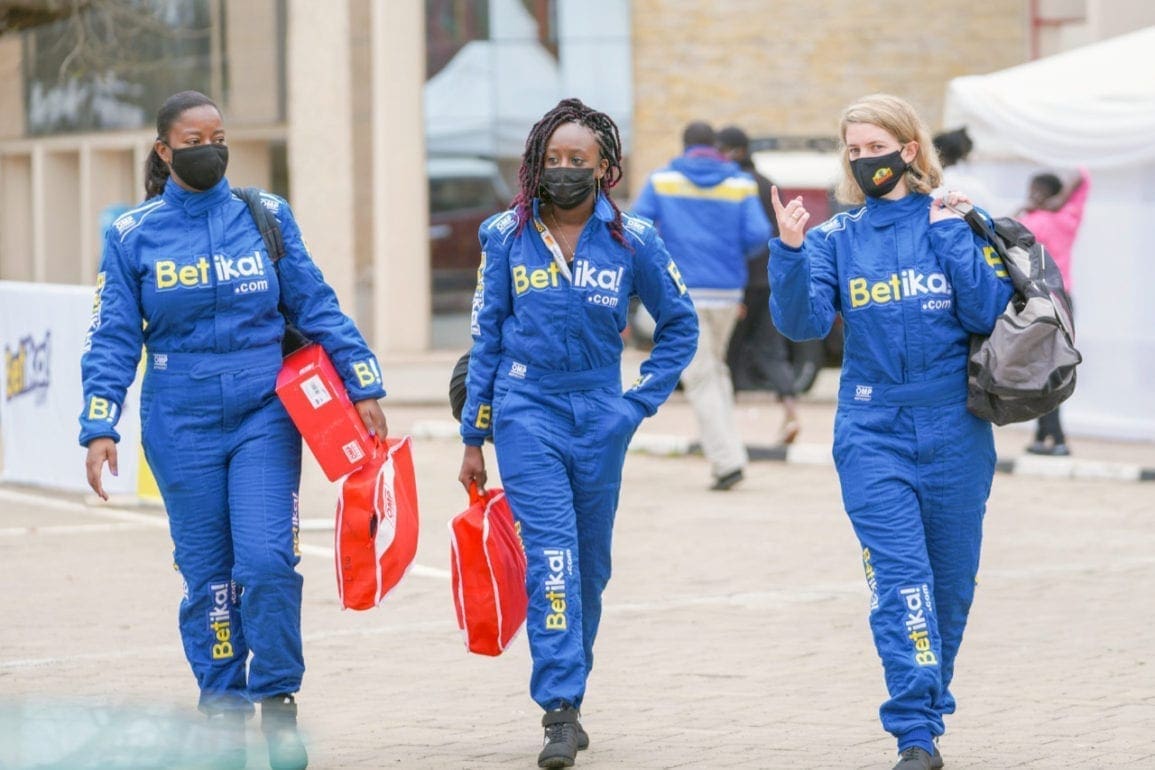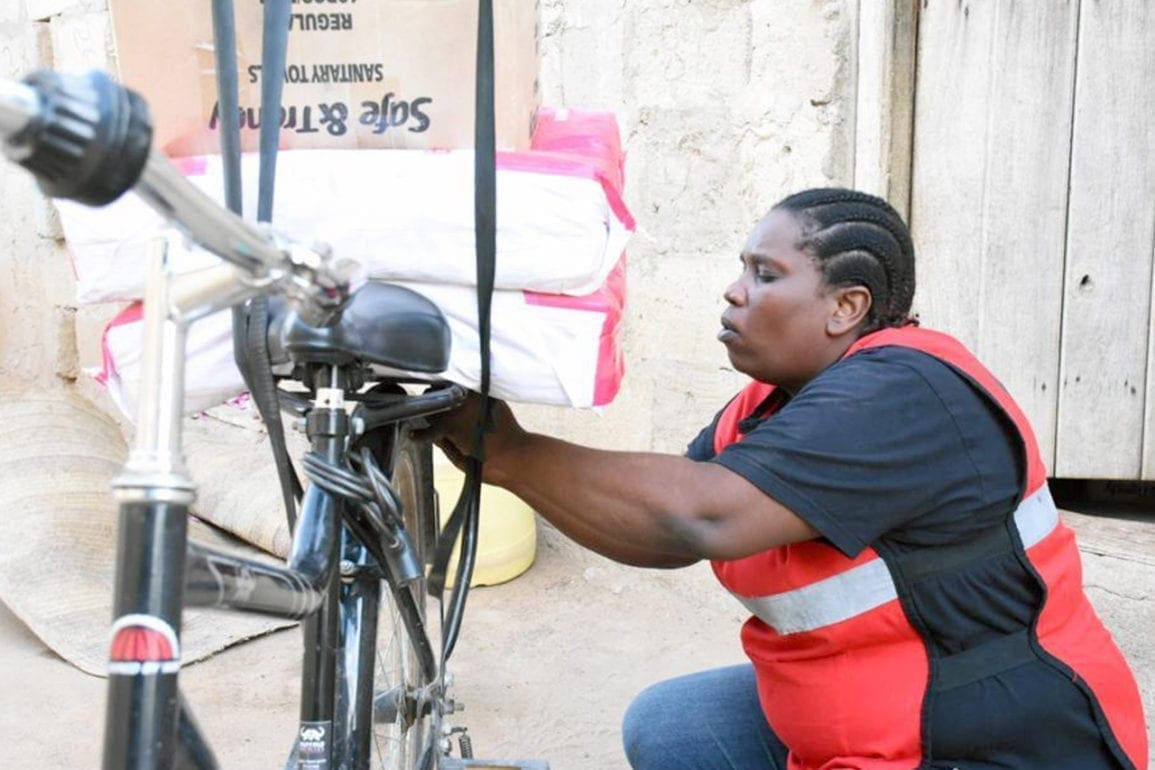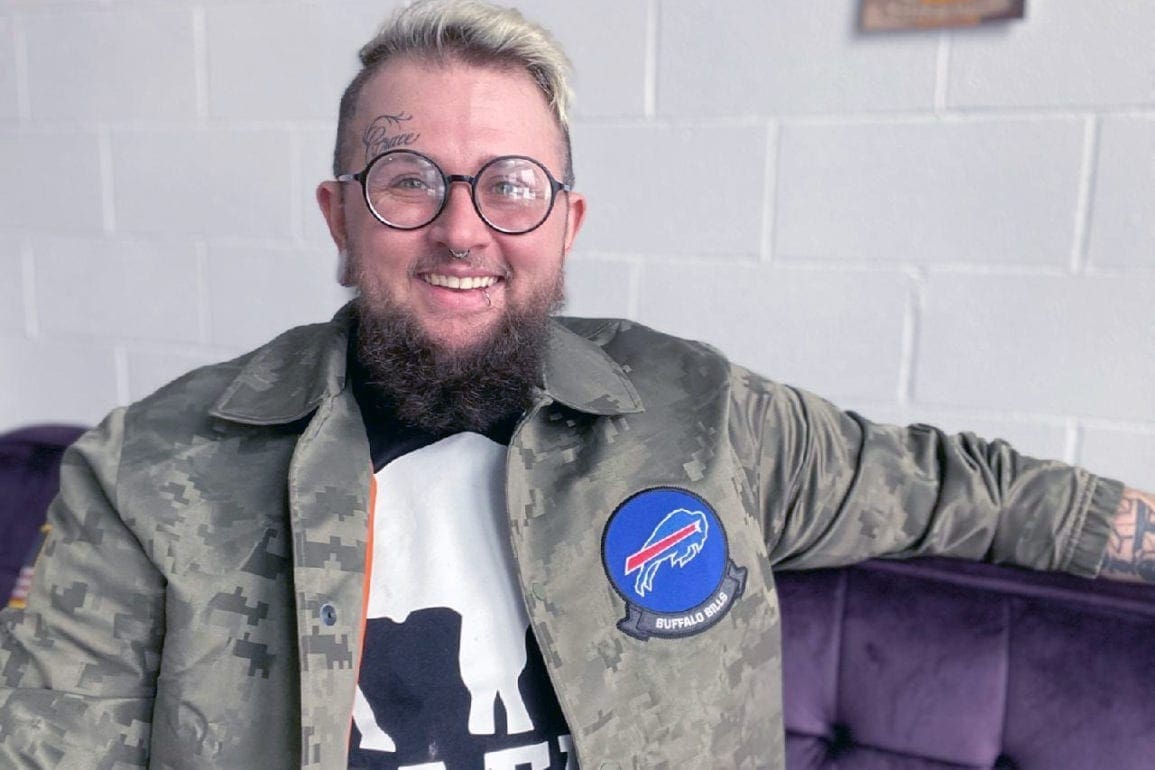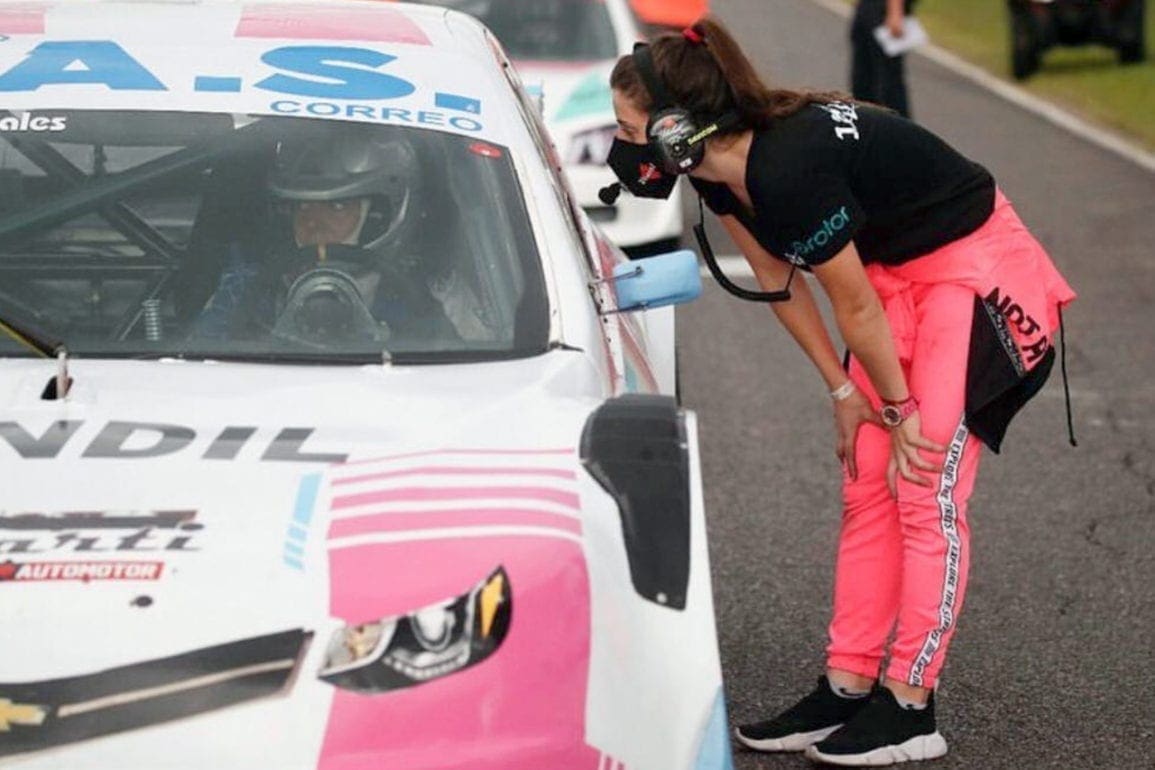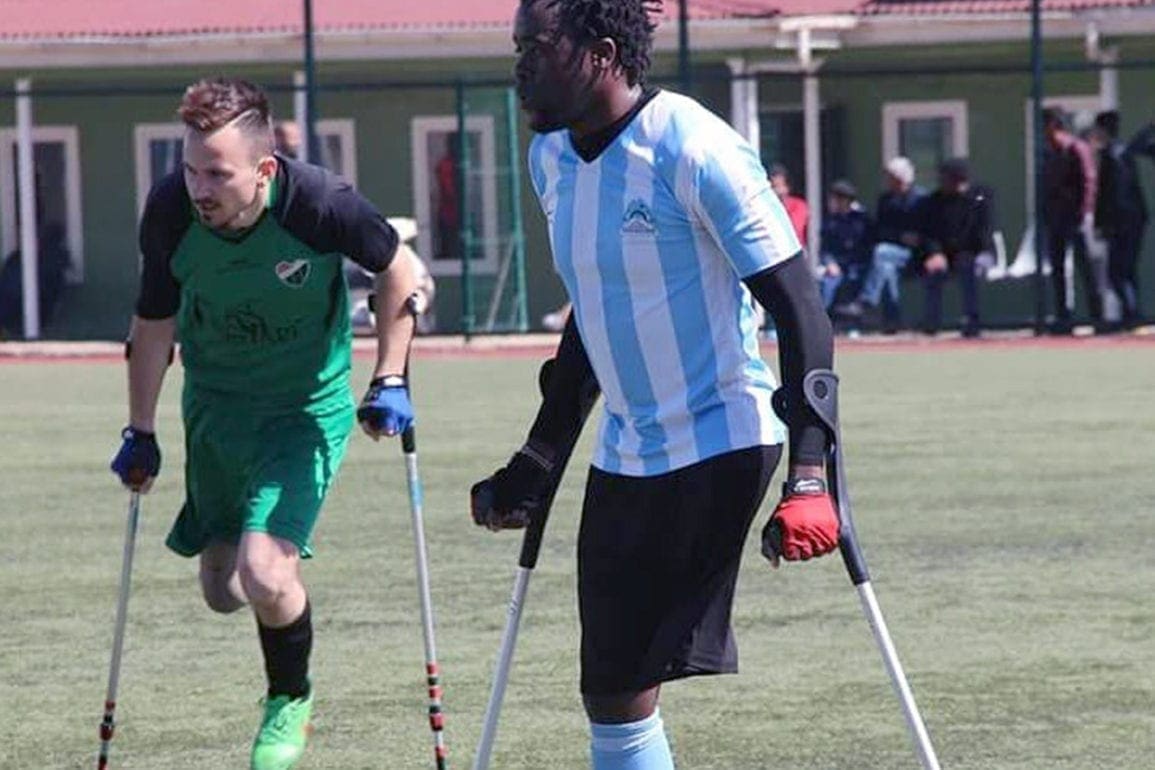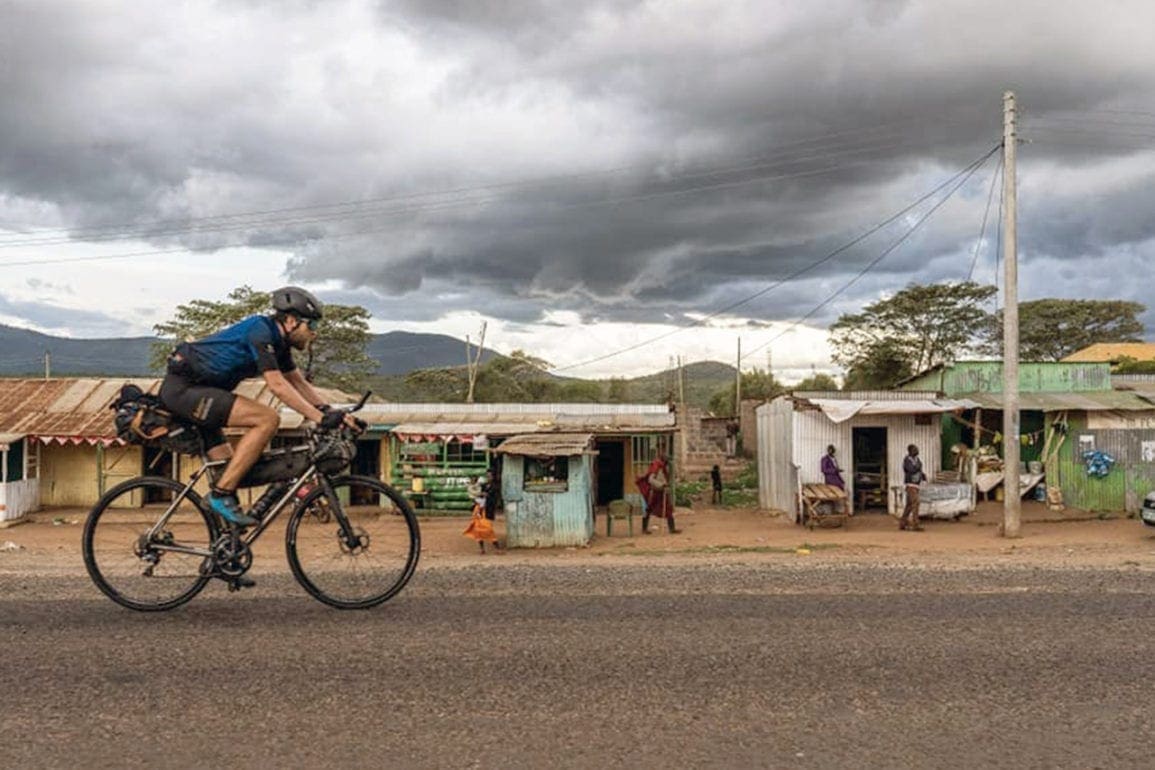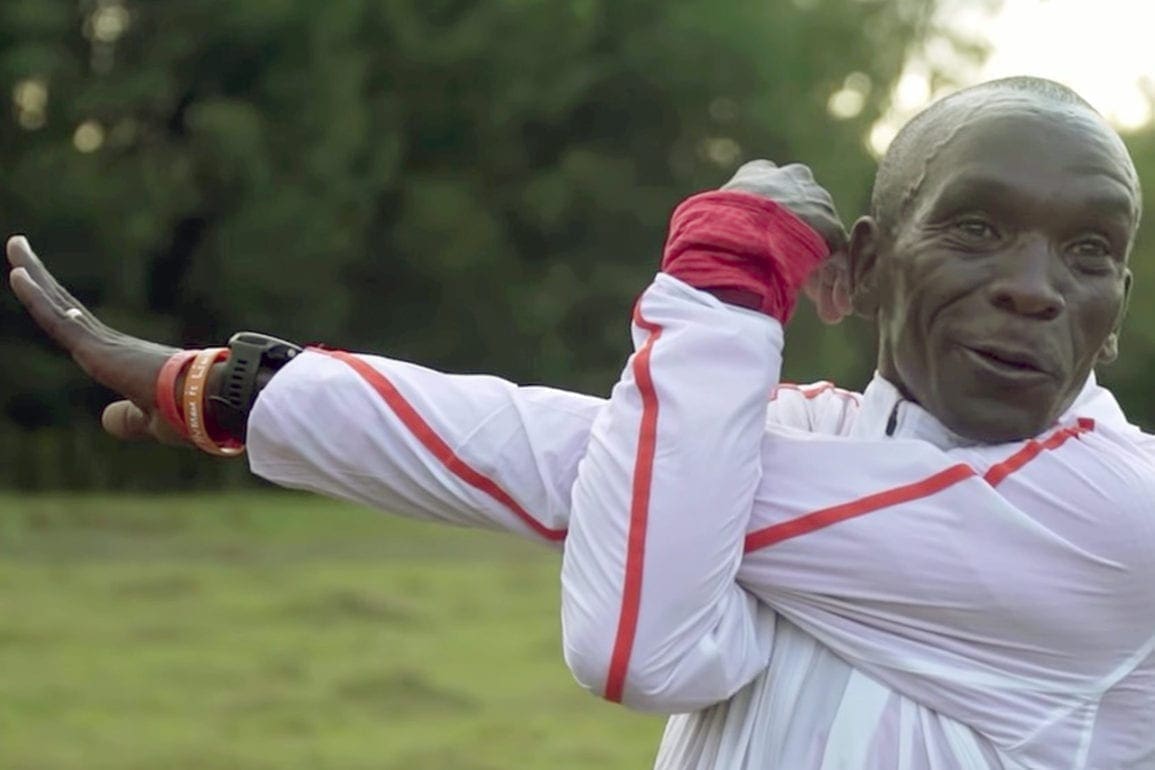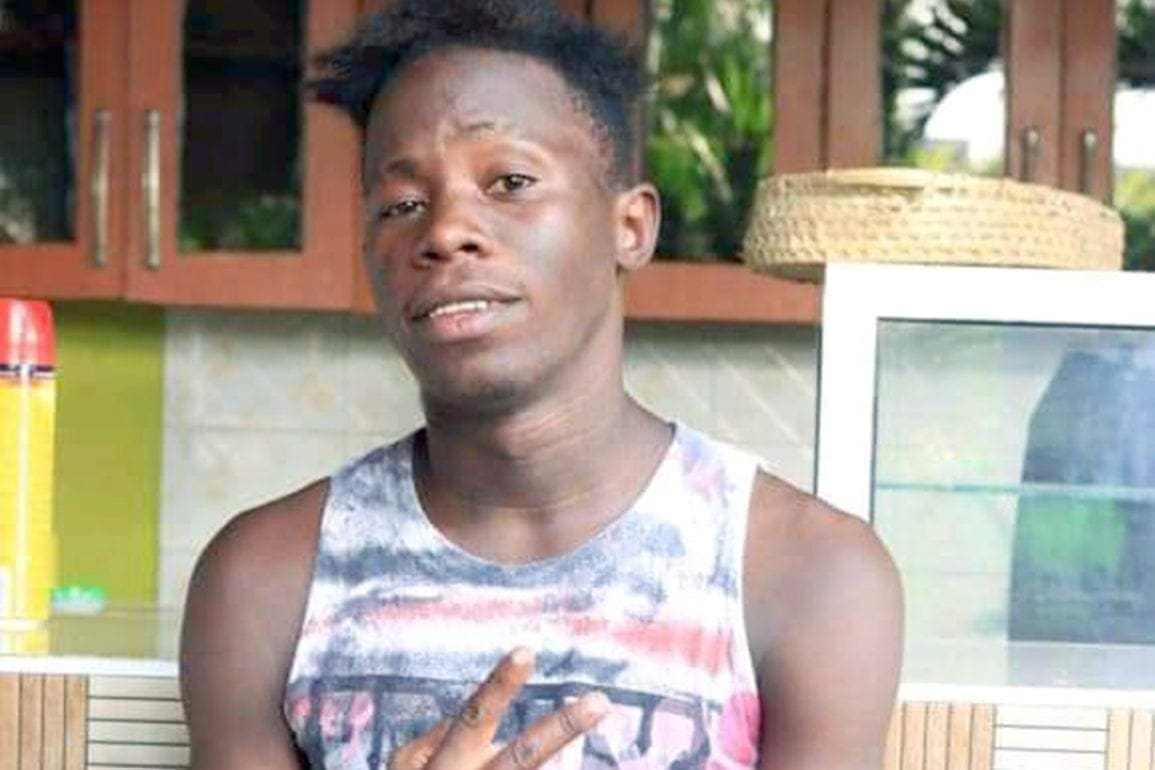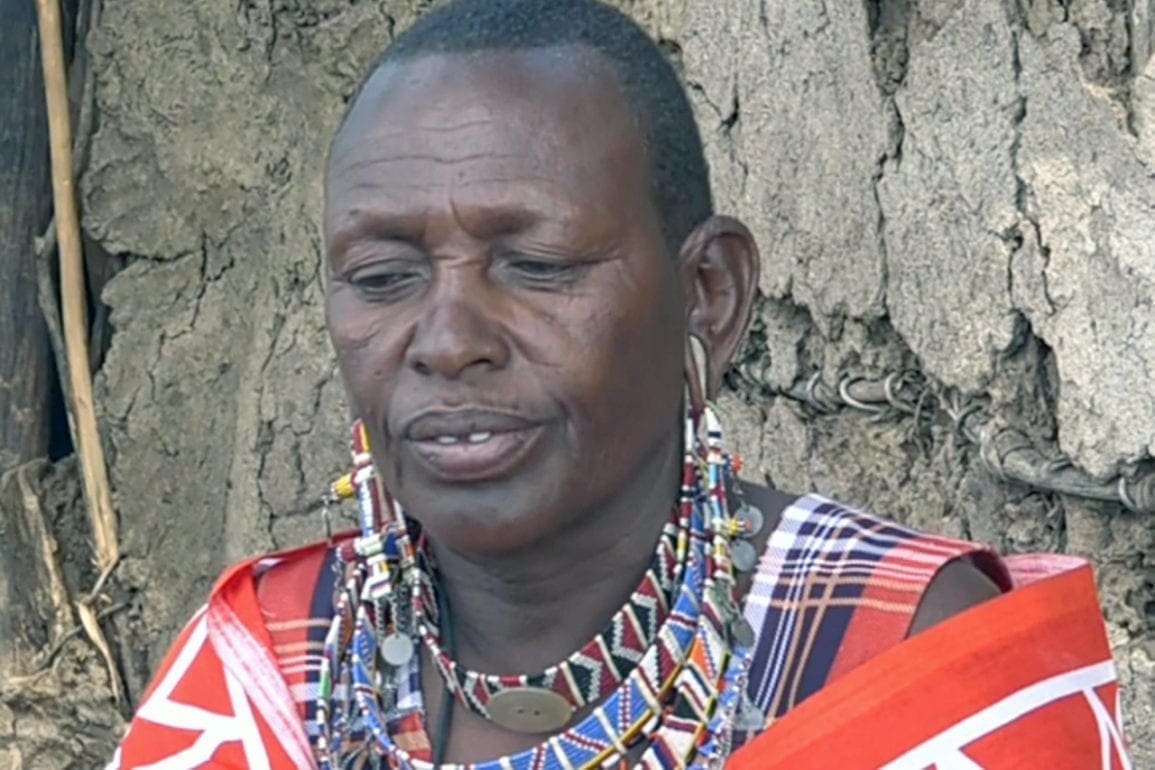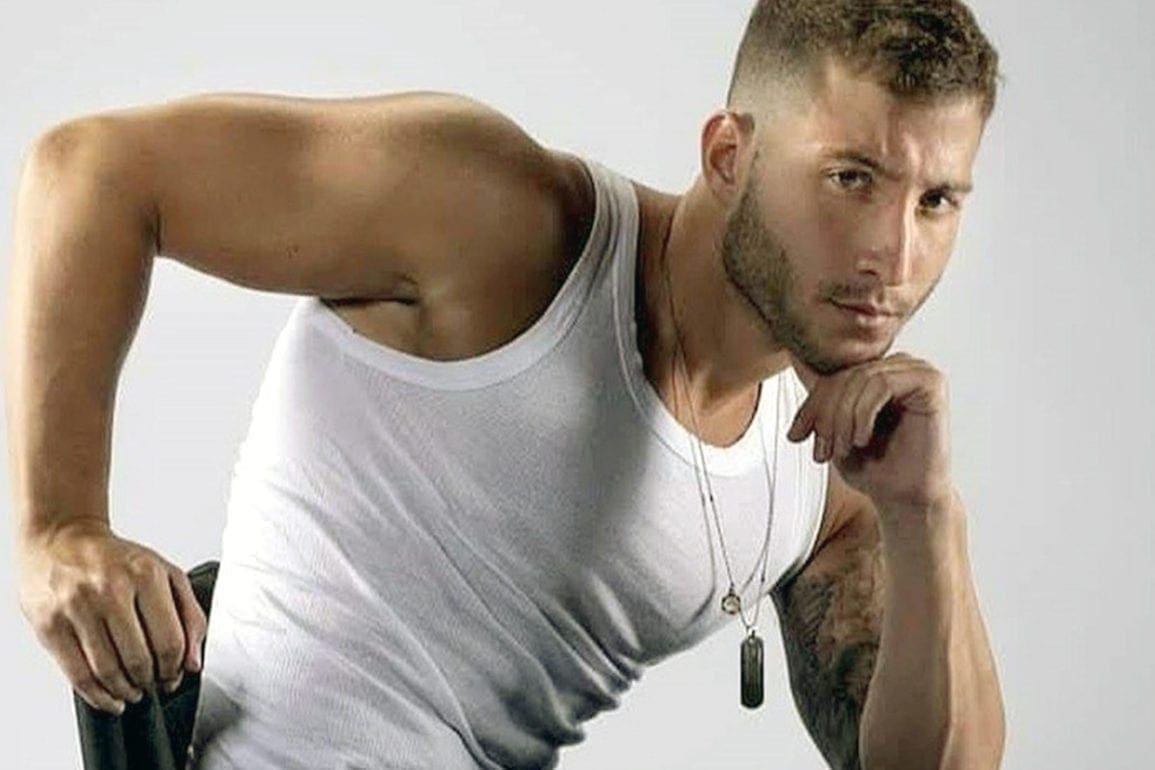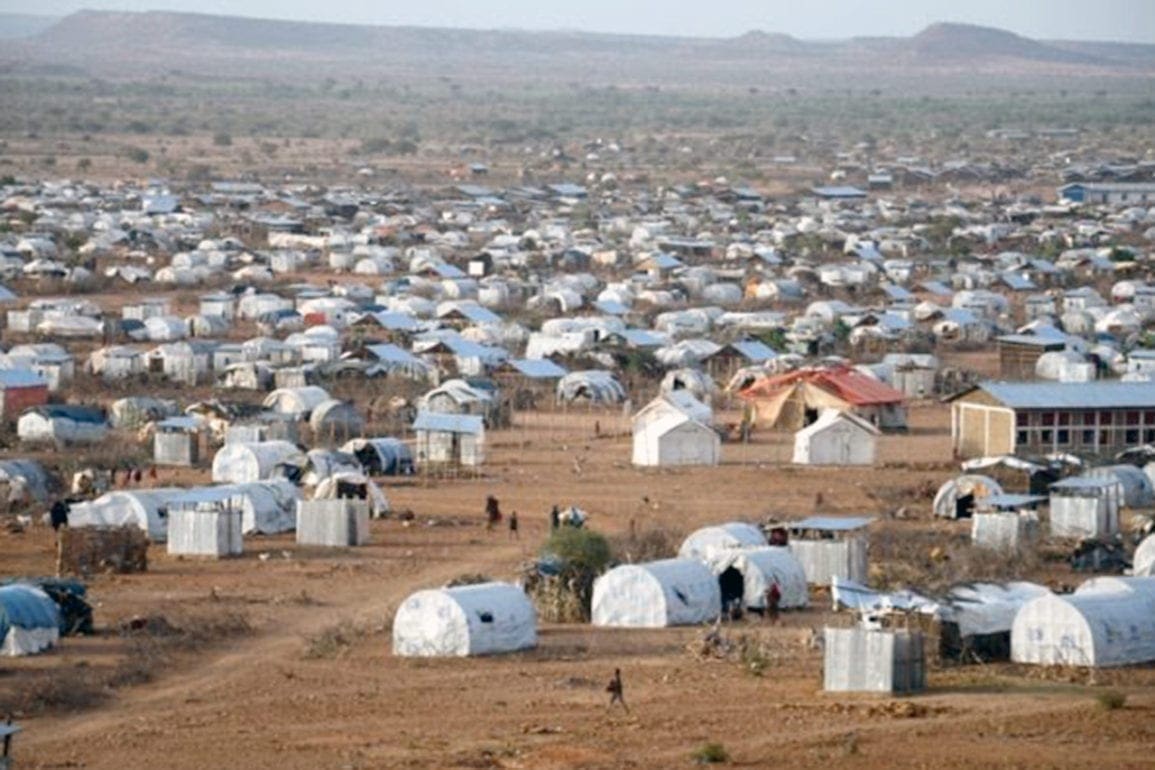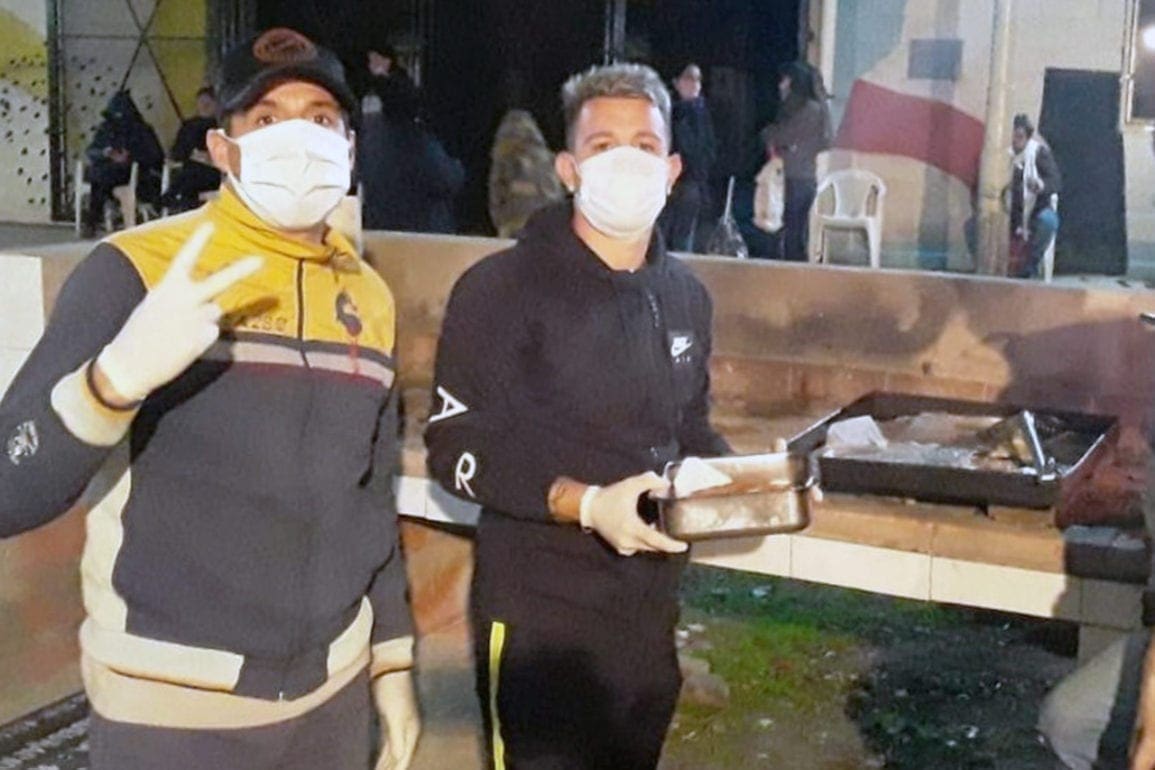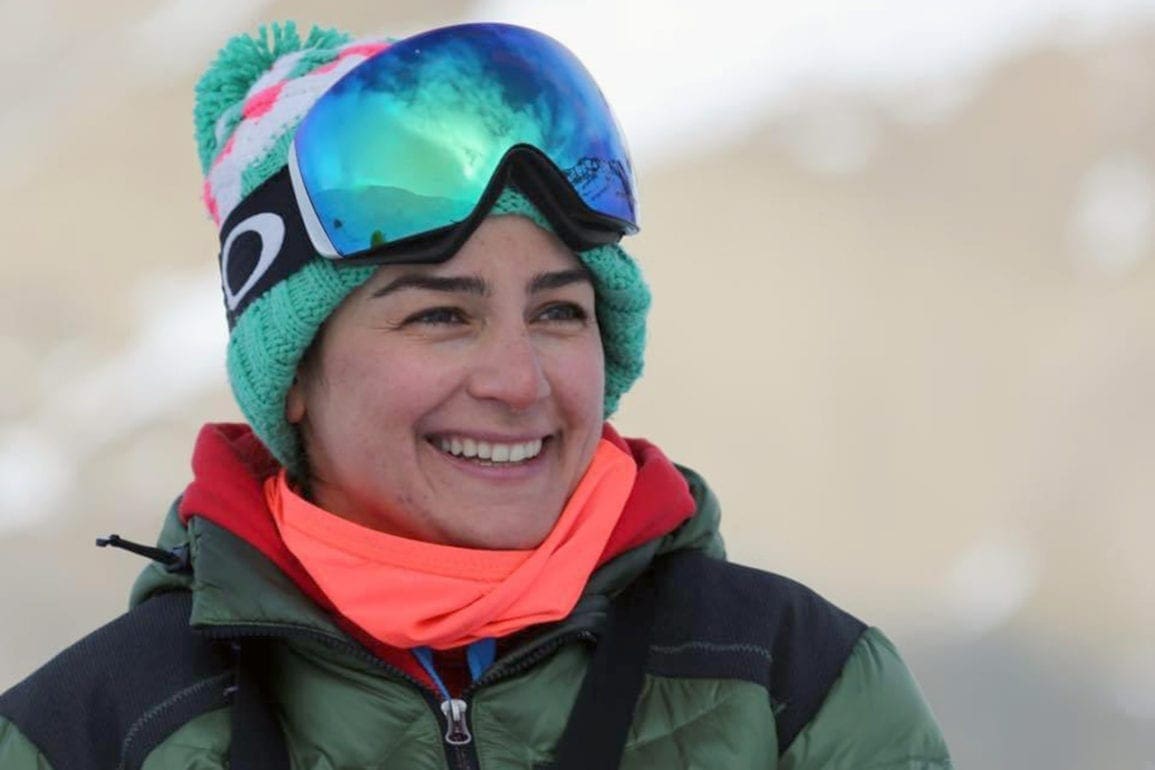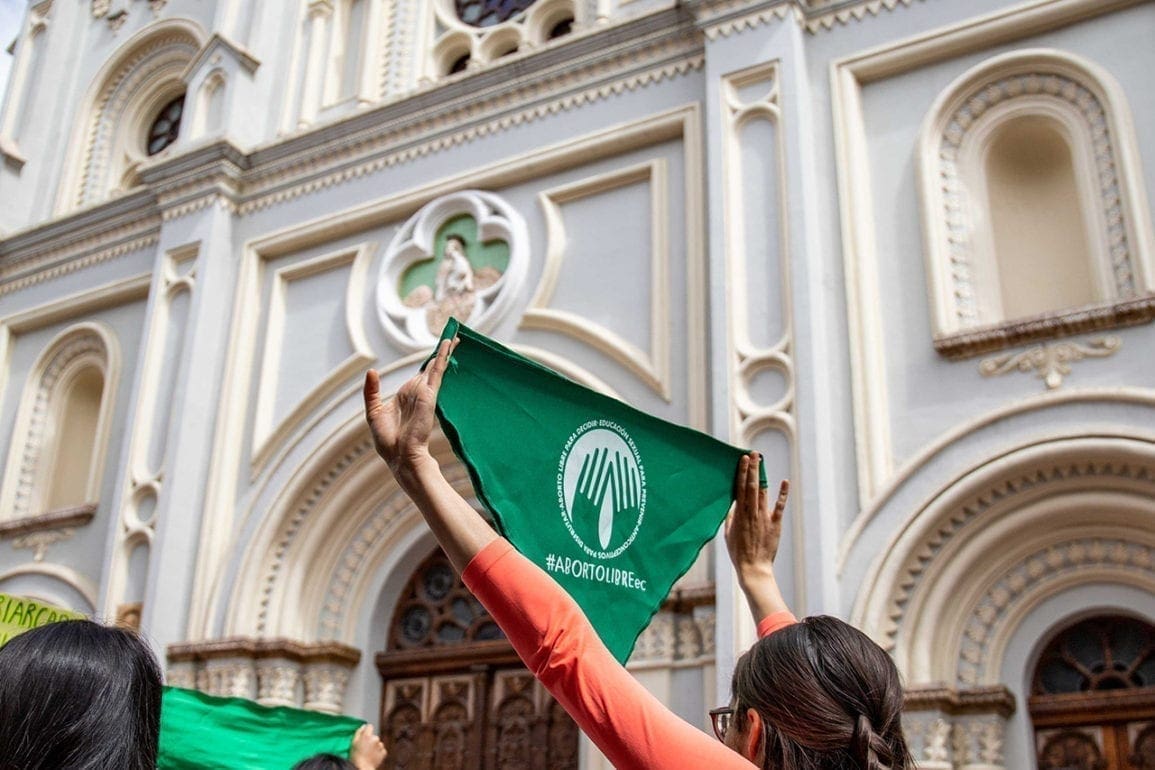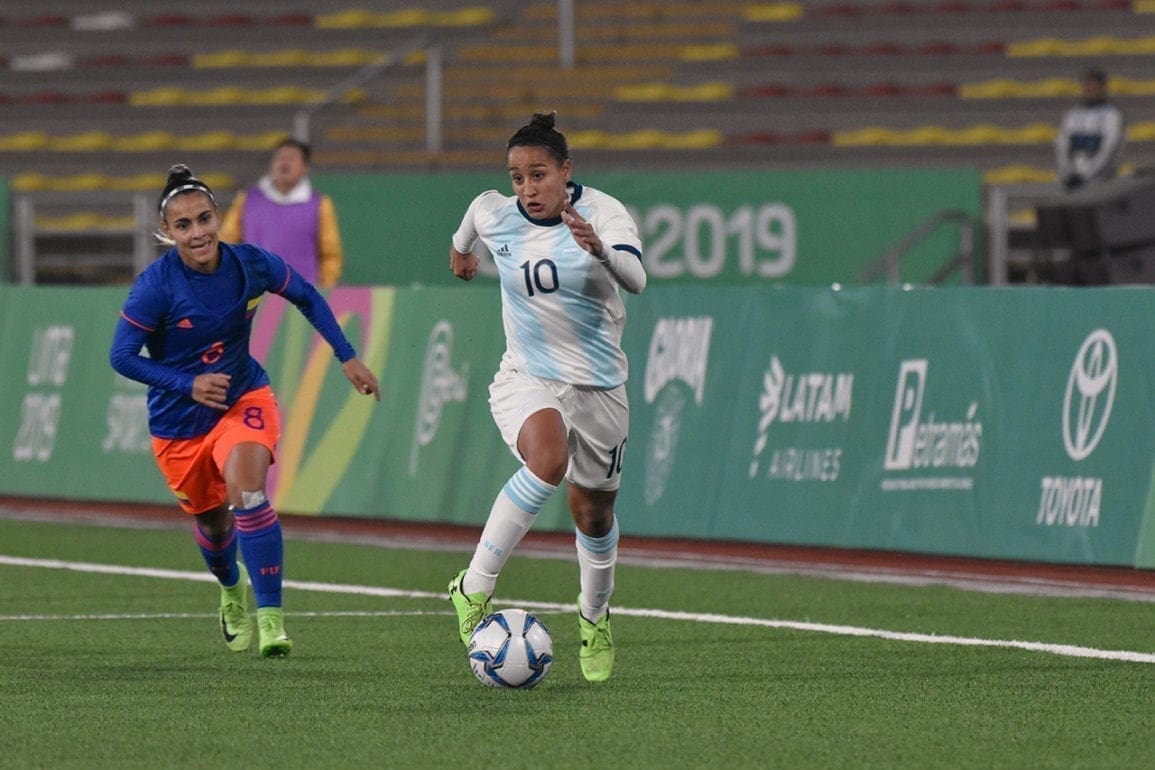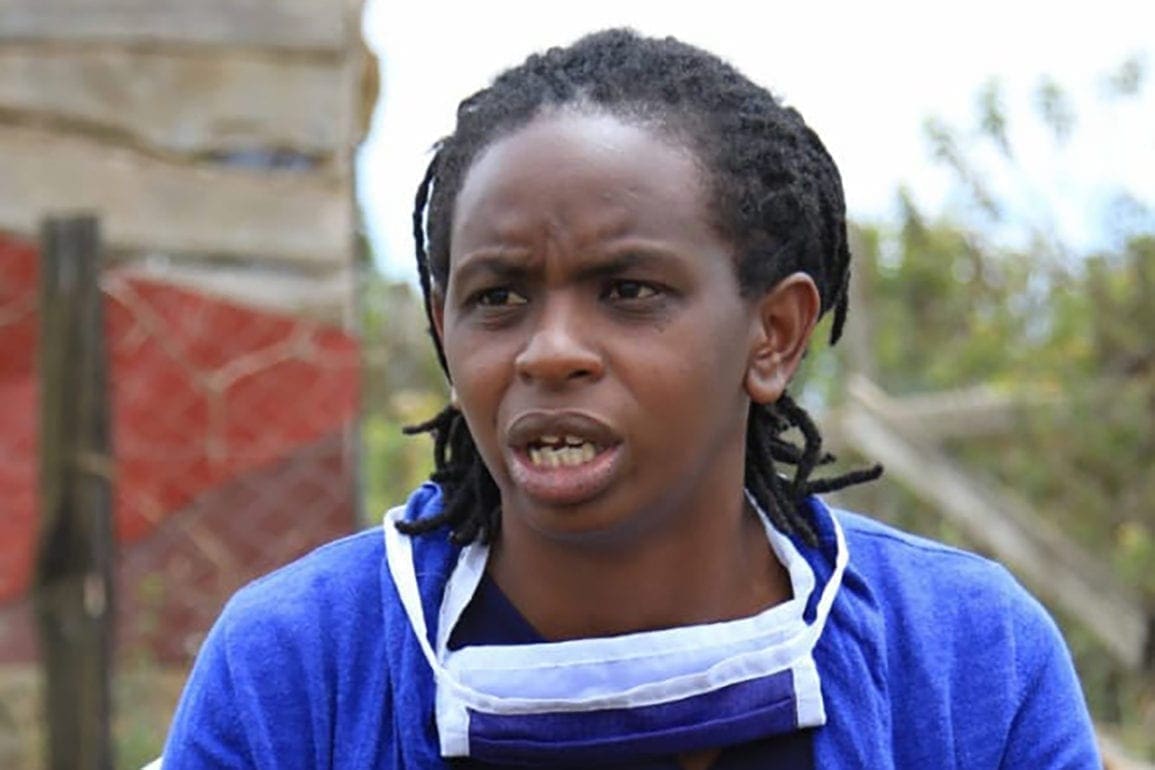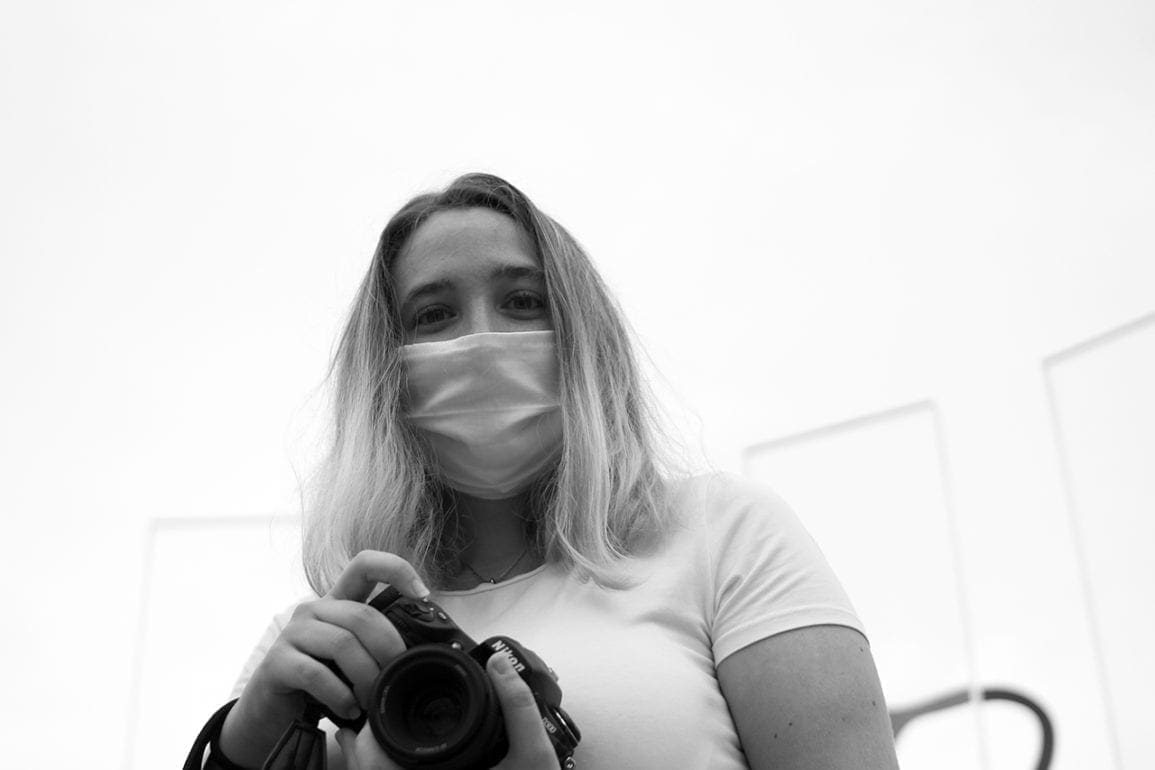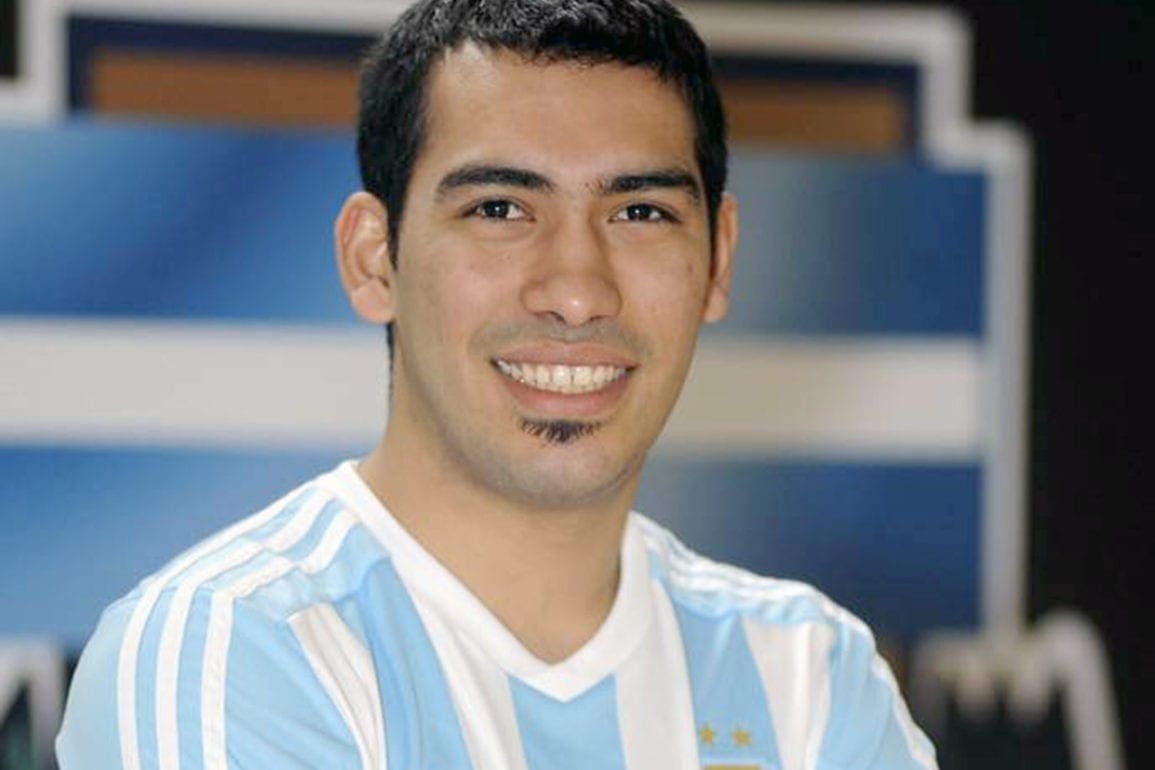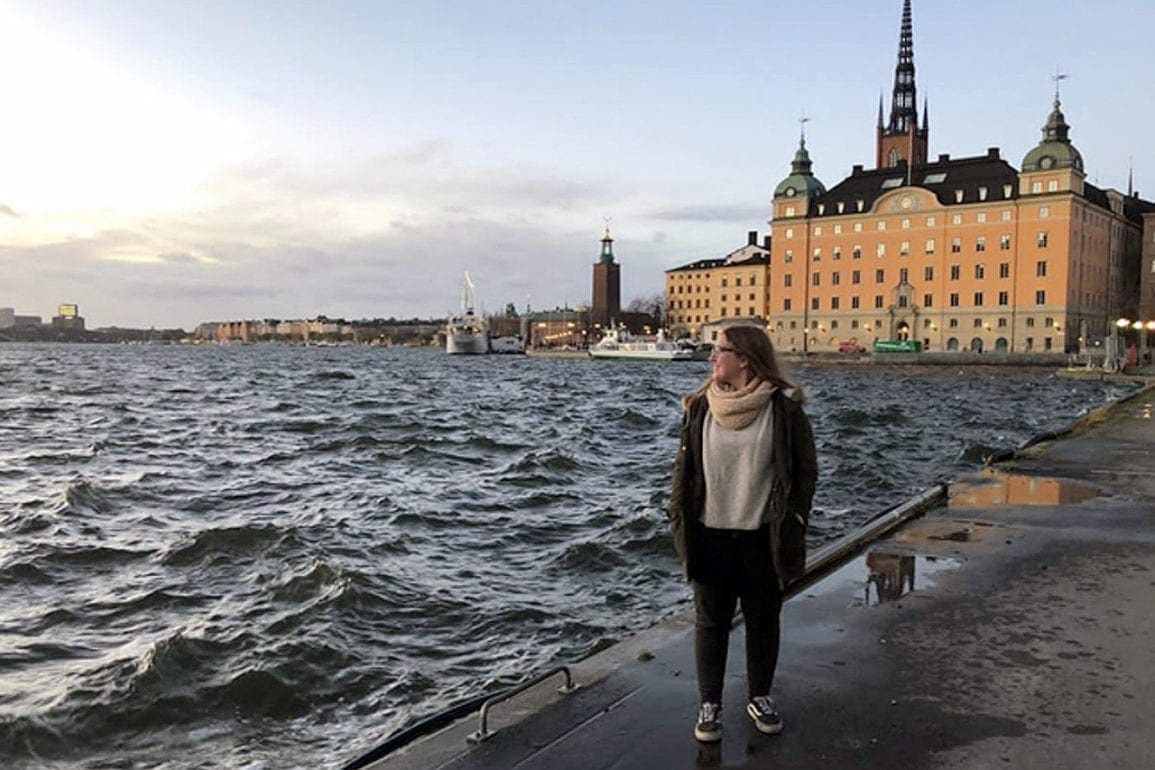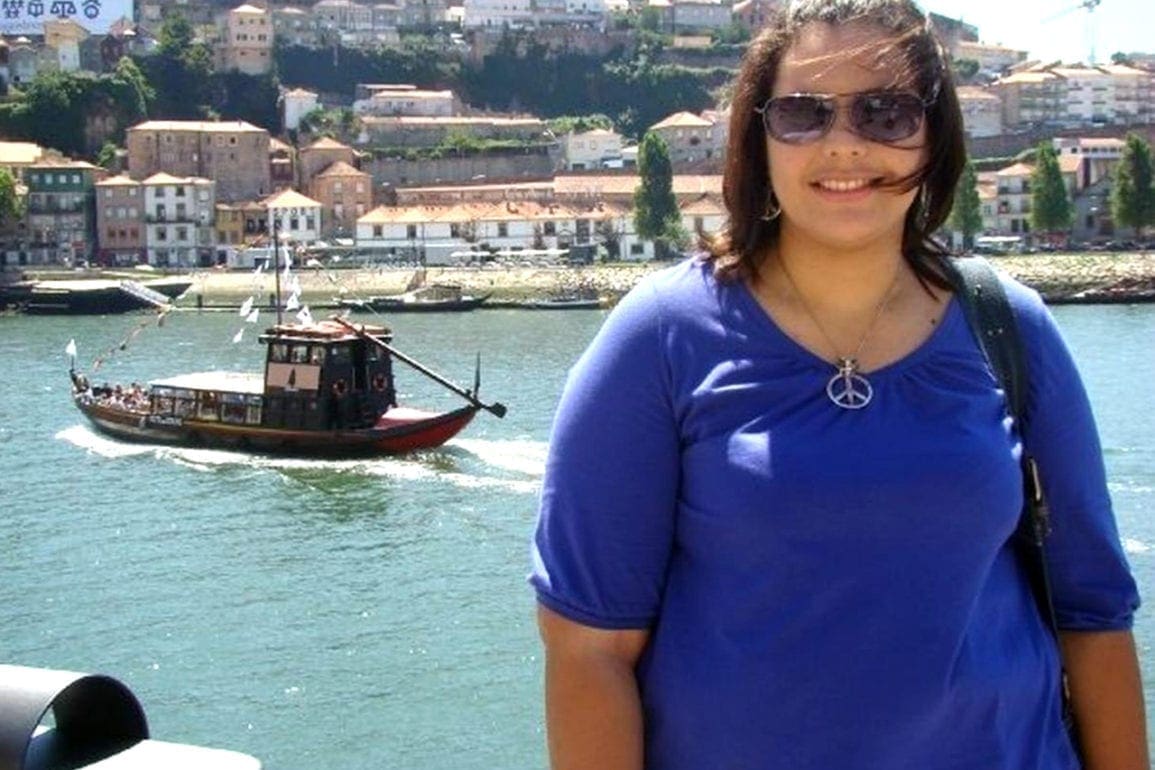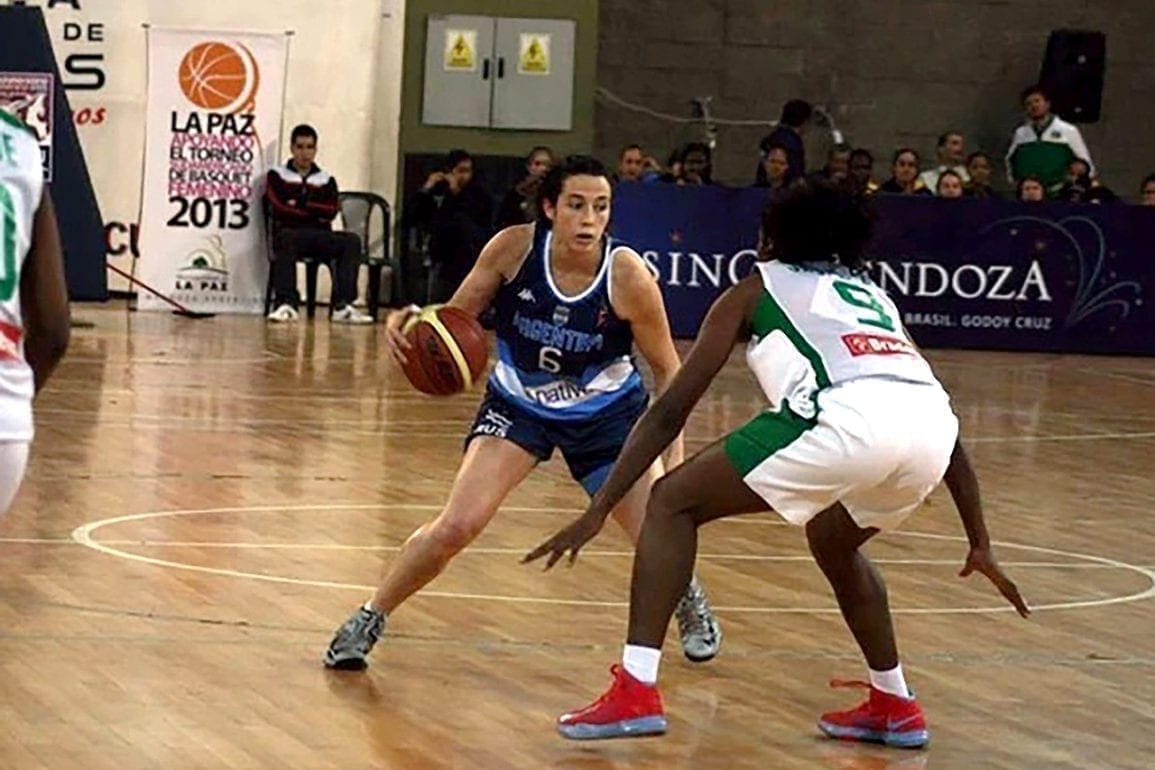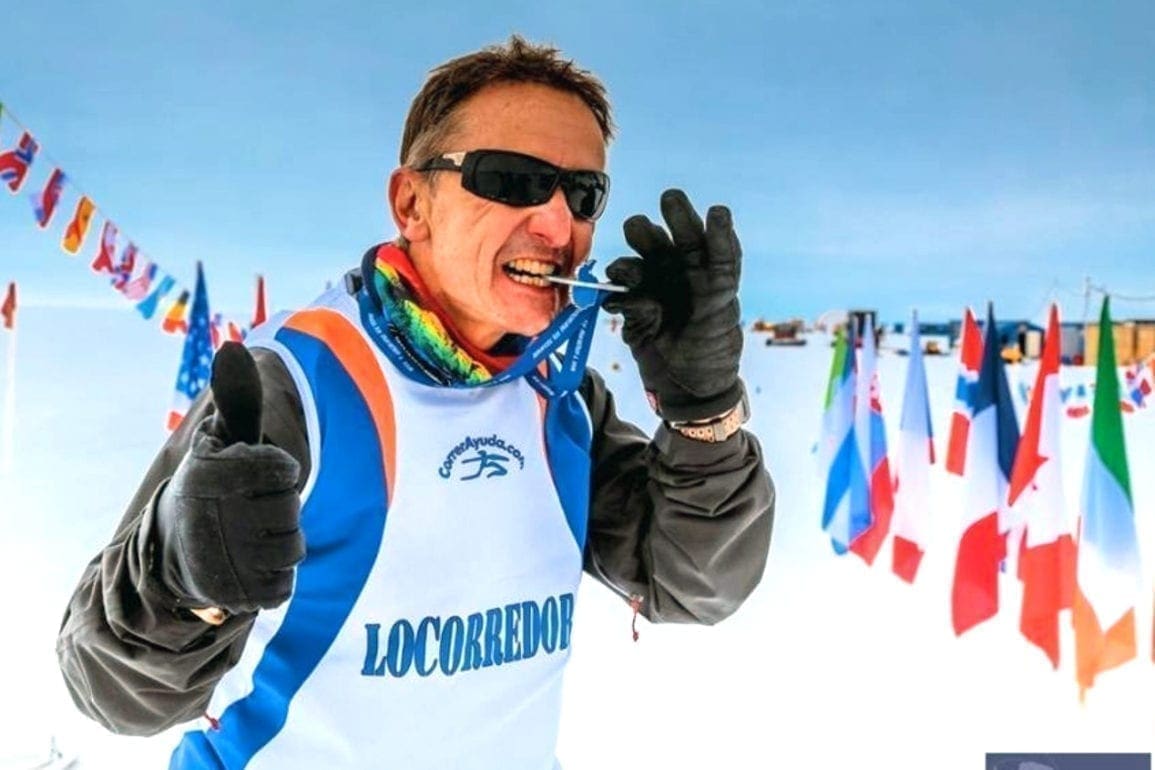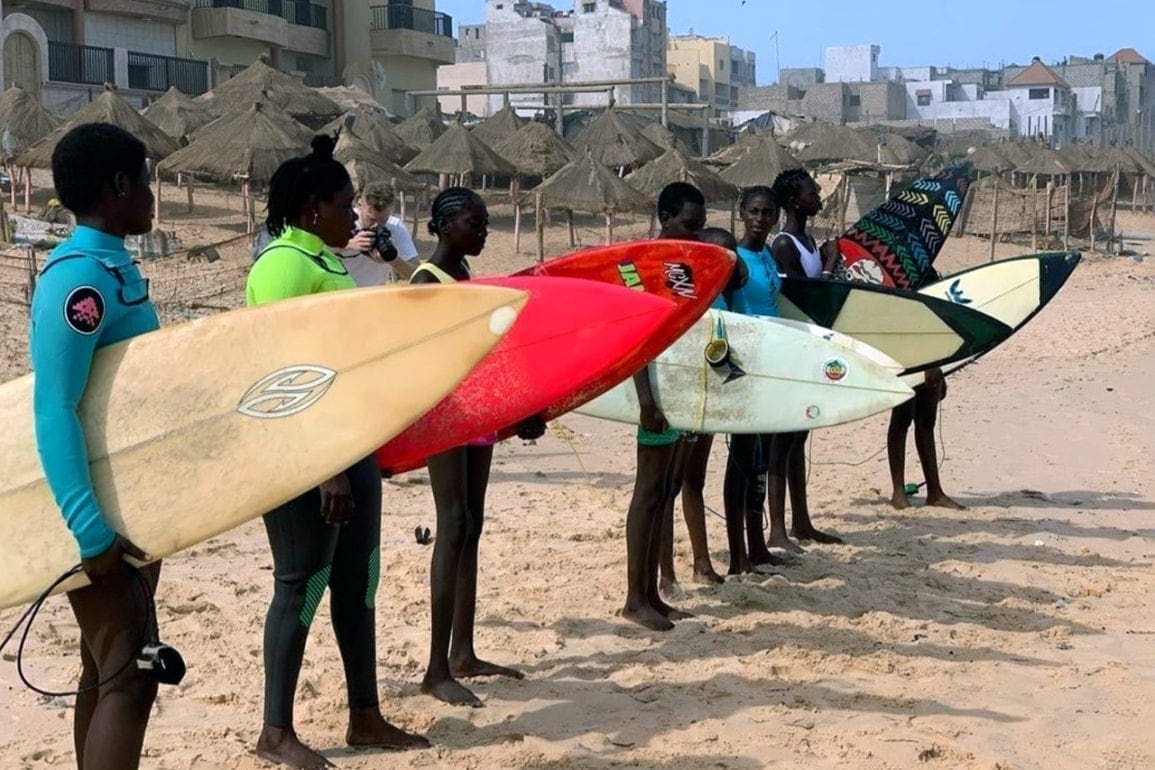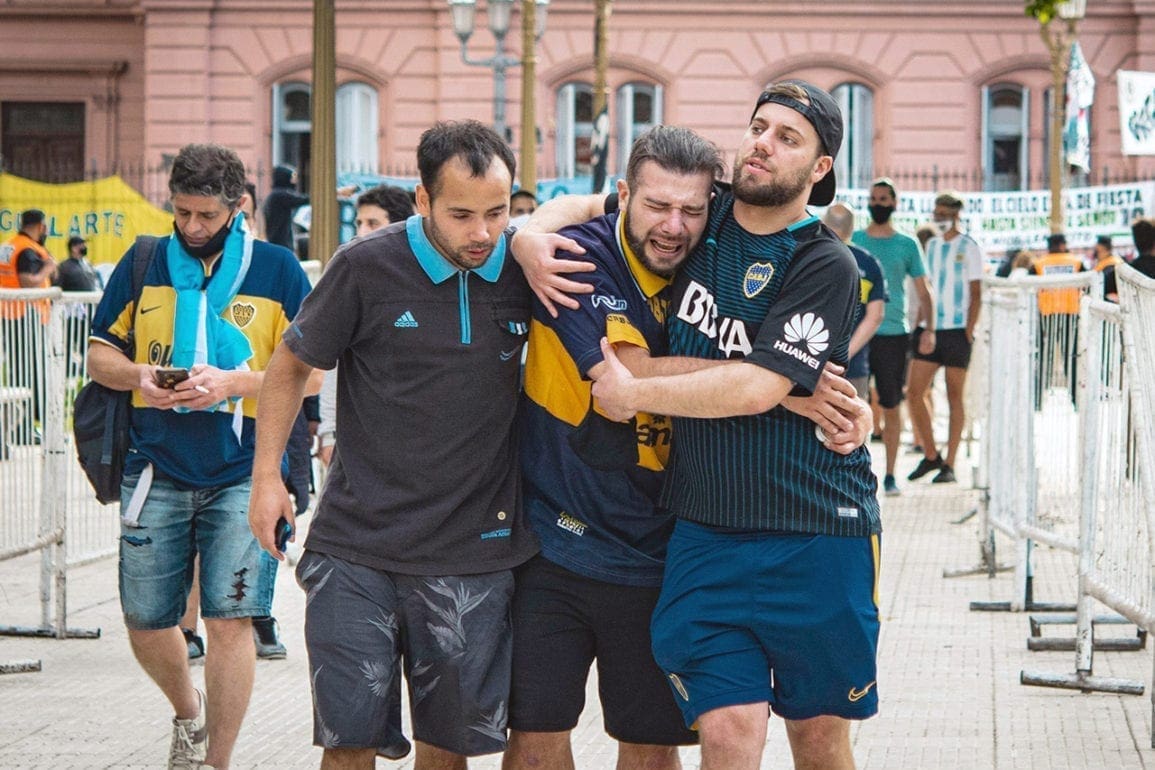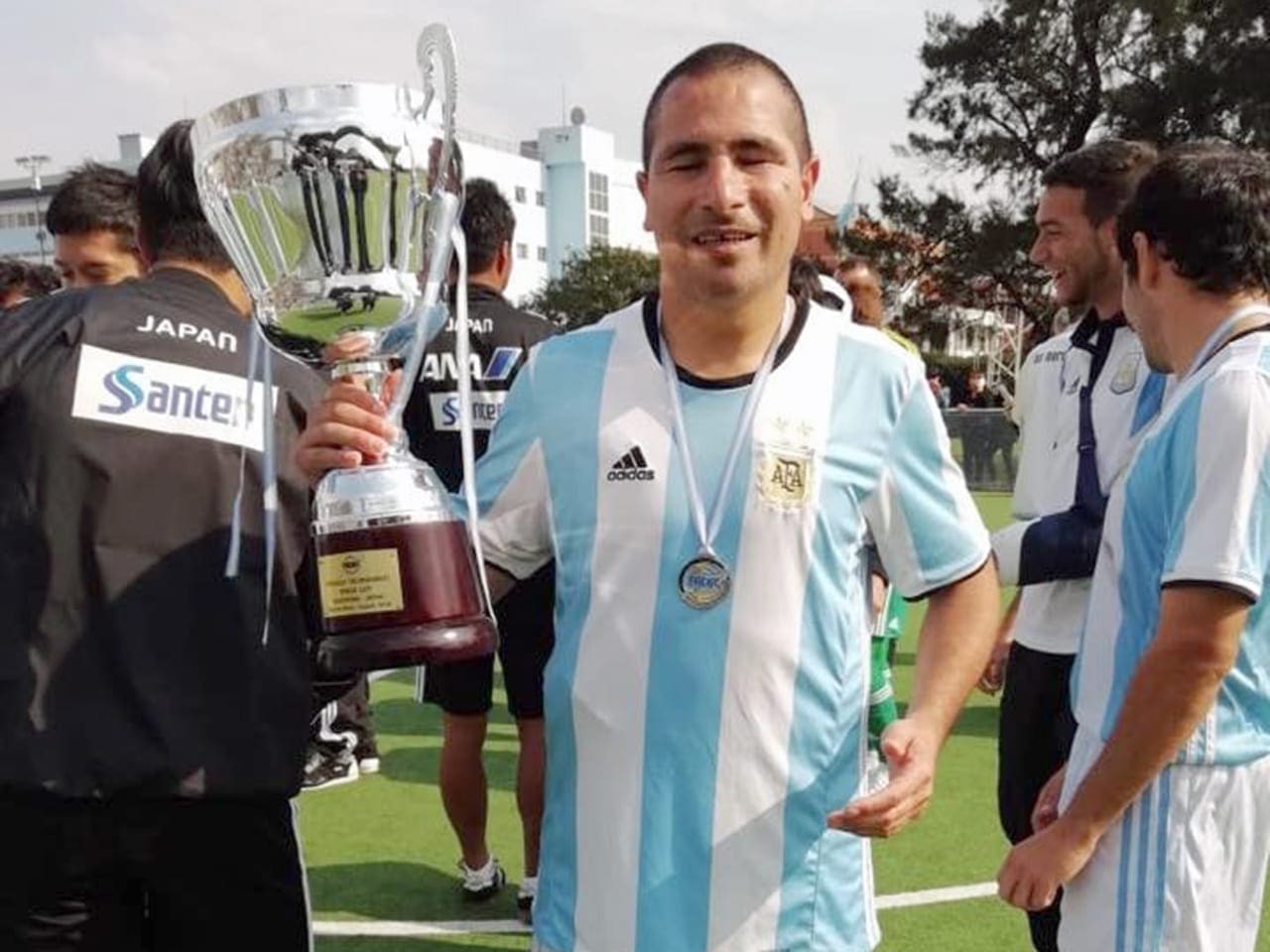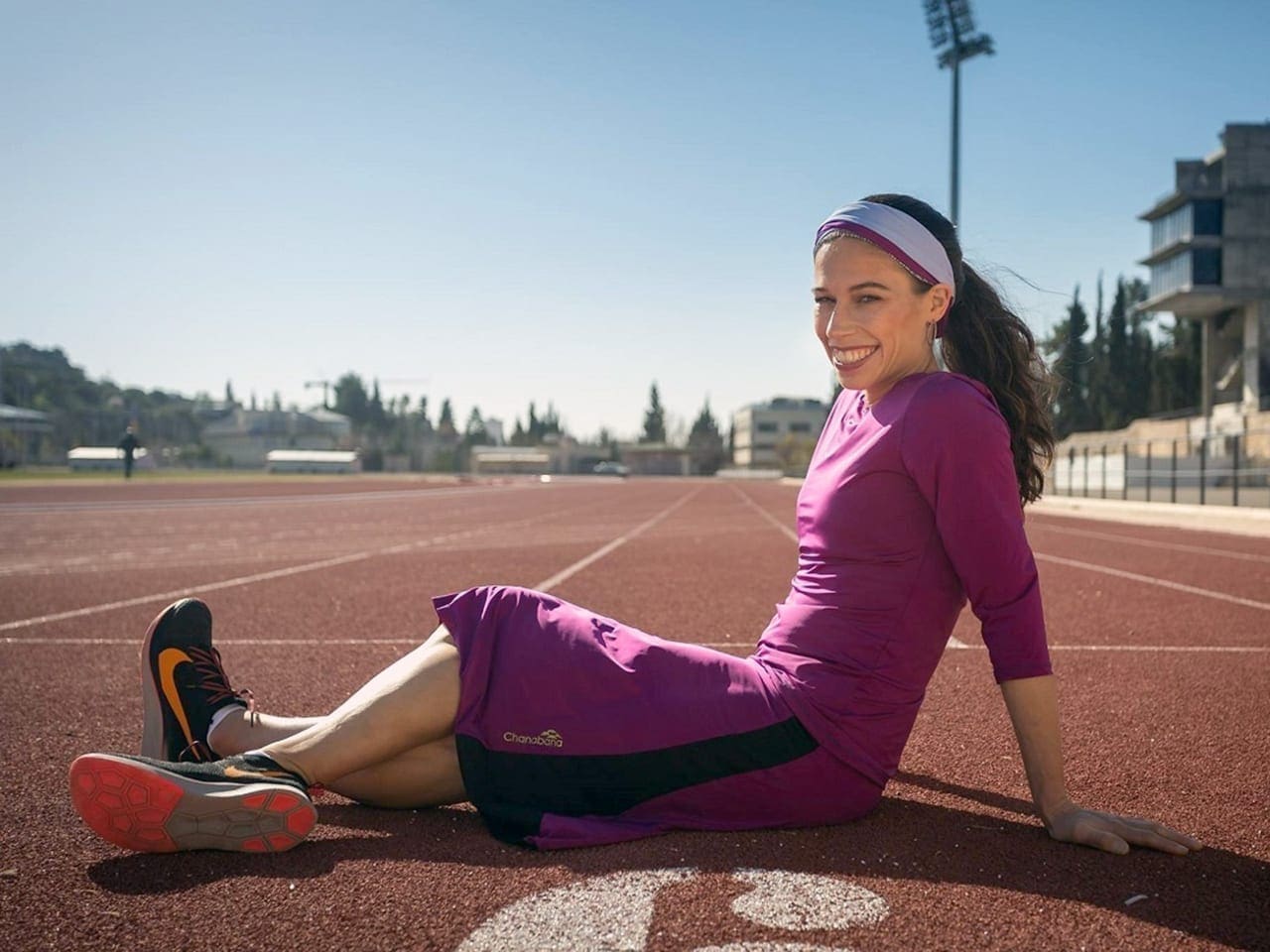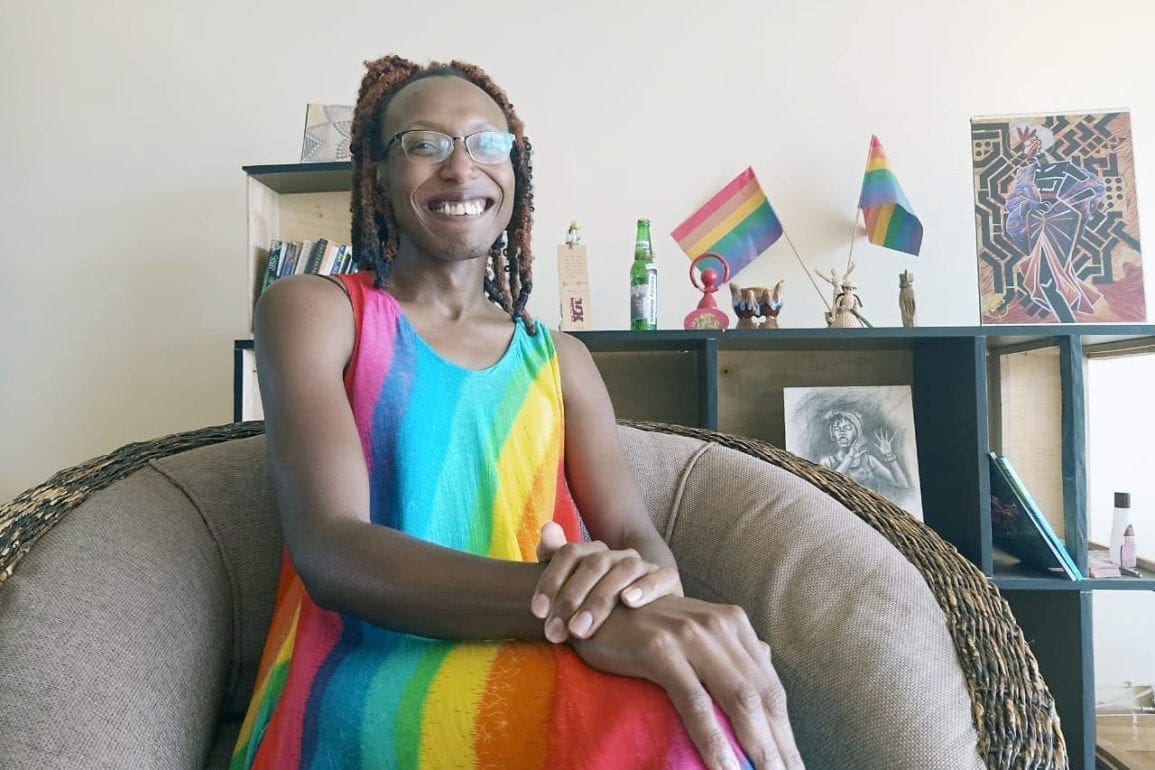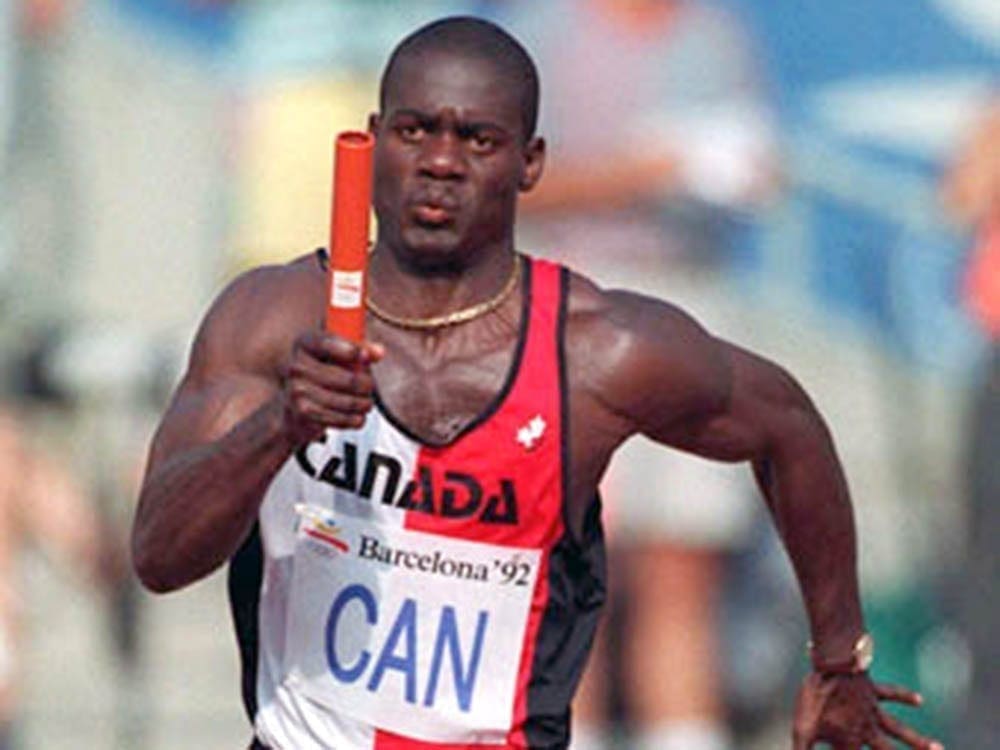Women of the world summit Aconcagua – the highest peak in the western hemisphere
Muna, a woman from Nepal, brought each of us a scarf with a Tibetan mantra. It looked so beautiful and soft, and somehow, that simple gift brought us closer together. As Mona explained the meaning of the scarves, tears streamed down our faces, and we shared an emotional embrace. We knew the stronger our bond, the less challenging our journey to Aconcagua would be.
- 3 years ago
March 8, 2023

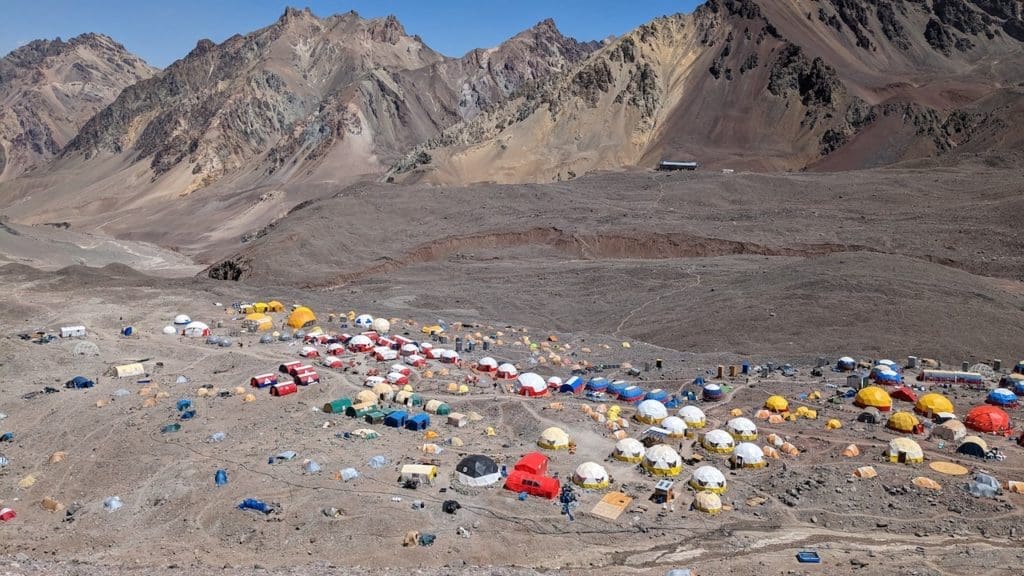


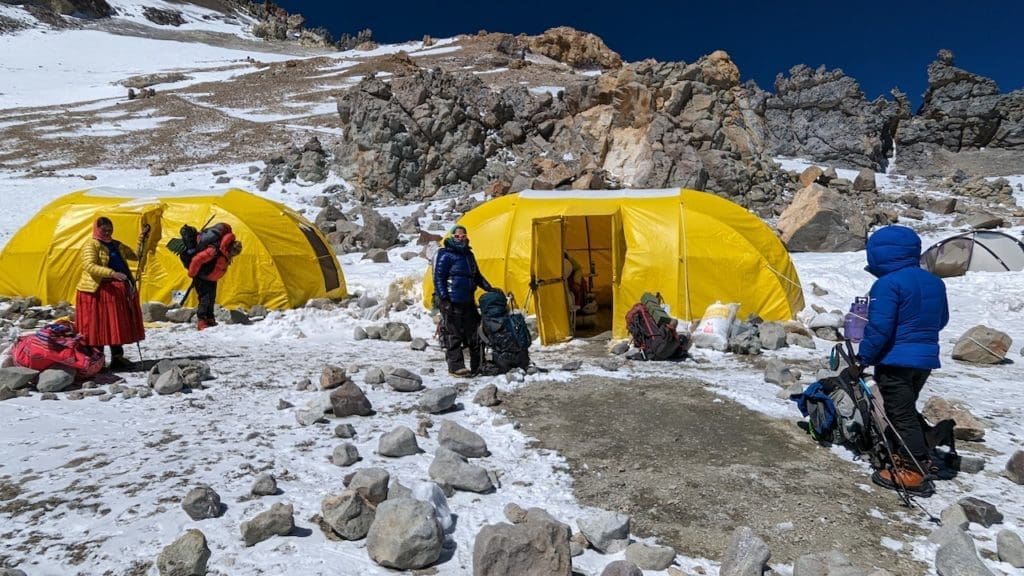
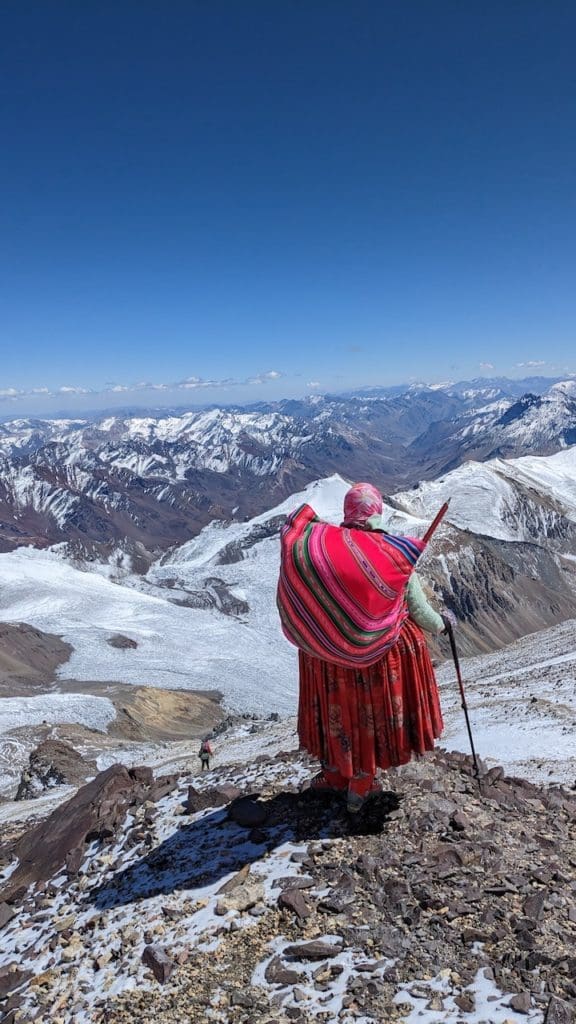
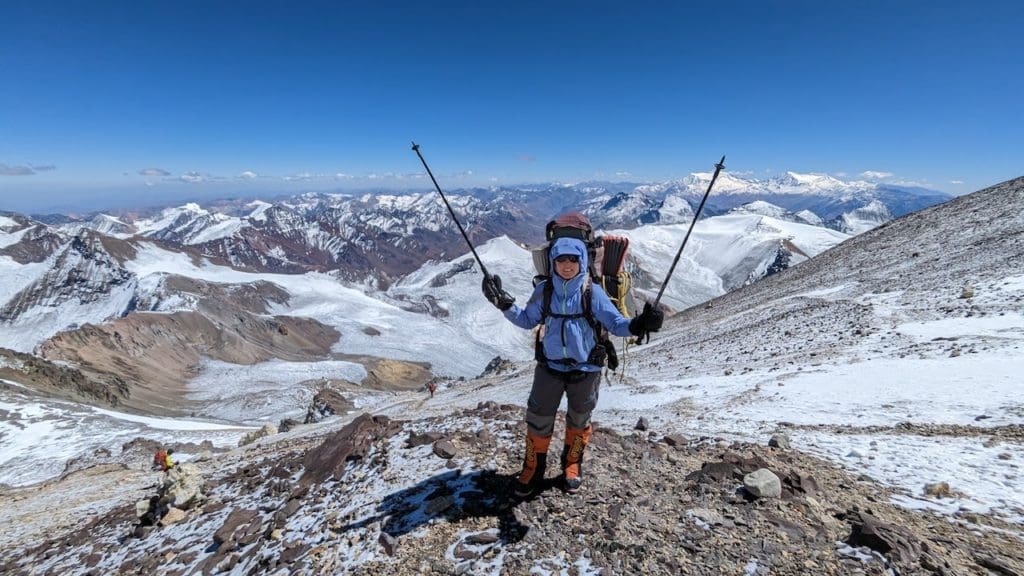
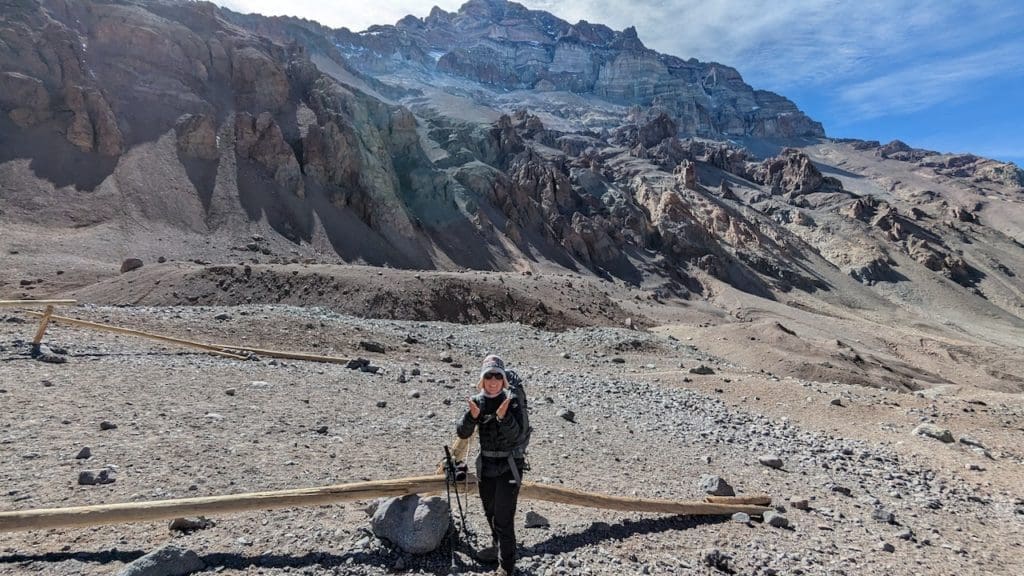
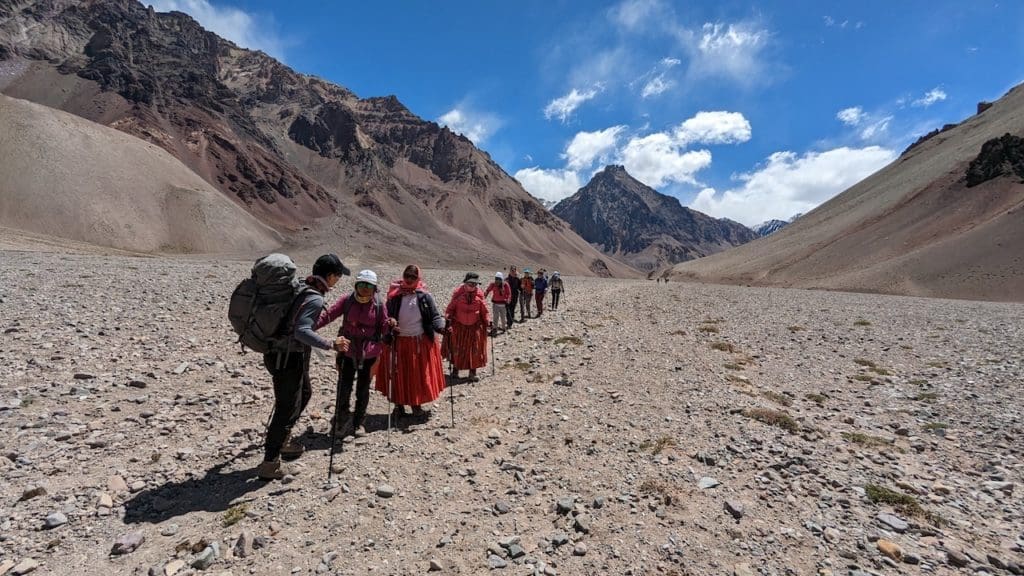
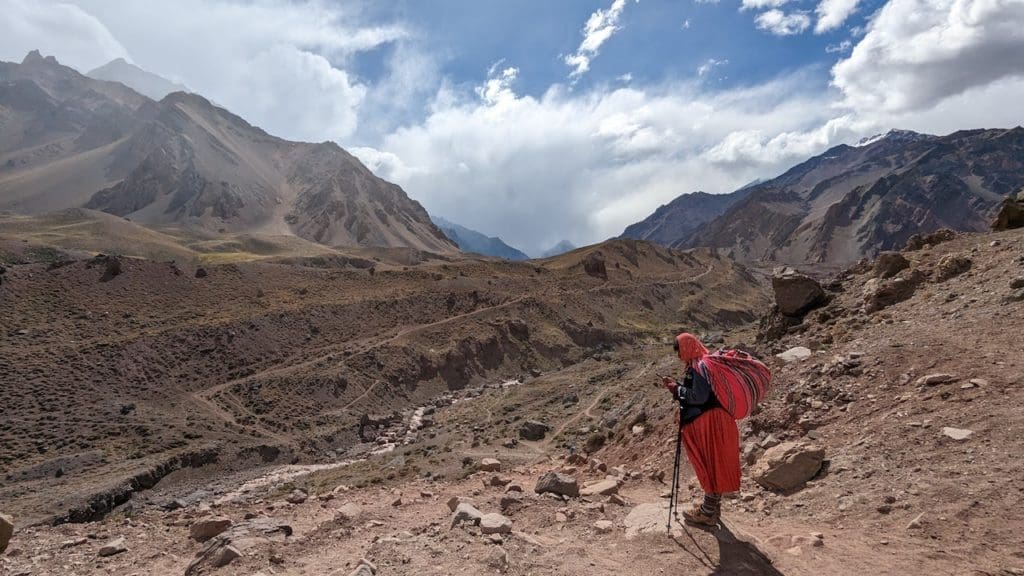
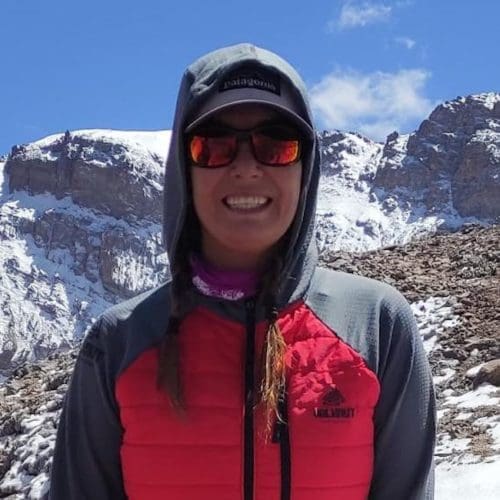
MENDOZA, Argentina — For years, I dreamed of climbing the famed Aconcagua mountain in Argentina, but there was a twist. While I did not intend to make history or break a record, I wanted to form life-long bonds and experience something unforgettable with a group of other women. Together with my partners, we started Mujeres a la Cumbre – an initiative for female mountaineers worldwide to connect and share their passion for hiking and their thirst for adventure.
Through the network, we formed a diverse team from Argentina, Chile, Nepal, and Italy. Together, we could exchange stories and share our cultures. A photographer and anthropologist joined us as well. We understood the risks of this climb. [Cerro Aconcagua boasts the highest point in the western hemisphere at over 22,000 feet. One of the world’s seven summits, it is next in line to Mount Everest.] With determination, we forged forward.
Read more stories from incredible women at Orato World Media.
When we met for the first time, Muna gave us each a special gift
On February 4th, a few days before the trip to Aconcagua, we met at my house in Maipú. Meeting face to face for the first time, I felt nervous and shaky, but thrilled. I could not help but smile all day. It felt exhilarating to welcome everyone into my home and talk in person. We shared hiking stories and anticipated, together, the challenge in front of us.
At the meeting, Muna, a women from Nepal, brought each of us a scarf with a Tibetan mantra. It looked so beautiful and soft, and somehow, that simple gift brought us closer together. By the end, it proved a very emotional celebration. As Muna explained the meaning of the scarves, tears streamed down our faces, and we shared an emotional embrace. We knew the stronger our bond, the less challenging our journey to Aconcagua would be, and we had to have complete trust in one another.
We organized everything and addressed potential technical issues. For example, how would we manage separations along the hike due to the different rhythms between us? We knew each woman would perform differently on the mountain. We wrapped up the fundraising we worked so hard on and took inventory of our plans. By then, we had enough funds to cover helicopters in case of evacuation, travel insurance, and mules to help carry our bags during the climb. It wasn’t easy to plan everything, being from different countries.
The day before our departure to Aconcagua, we traveled to a warehouse to drop off the supplies to be carried by our mules. We readied our equipment and checked our backpacks. In the morning, we went to Penitentes where we would hear, in detail, critical information about the altitude we were about to face. I felt restless all night and could not wait to be on that mountain.
High up Aconcagua, it was stone and ice as far as the eye could see
When we arrived at Horcones Park, we settled into camp and checked in with the park ranger. Our doctors examined each one of us. It remained vital we follow the acclimation process carefully to avoid altitude sickness while ascending Aconcagua. With all the preparations complete, we participated in one last, very important ceremony.
We gathered together outside and asked Pacha Mama or Mother Earth to bless our journey and ensure our safety on the mountain. In return, we gave her something: four beautiful, ovular, green coca leaves. Together with the other women, slowly, as our hands trembled, we delivered our gifts to the earth and poured out some alcohol. The weight of the moment felt visceral. We stood quietly, looking at each other with tears in our eyes. The time finally arrived.
On the first day of the hike, we set out for the Plaza Francia viewpoint to observe the south wall of Aconcagua. Everything in sight was made of stone and ice. It took four to five hours to walk one way and nearly three hours back. At the top of the viewpoint, two biologists waited for us. They knew we were coming and asked to join us for the descent. We felt overjoyed to meet more people and share more stories along the way.
The next day, we hiked to base camp at Plaza de Mulas. The path proved long and hard. Our backpack grew heavier and heavier, and our bodies ached. Still, we held on for as long as possible and hiked for about nine hours. As we climbed, we noticed the variations in our rhythms, but made sure to periodically wait for everyone. When we all arrived at our first checkpoint, we held one another and cried. Our emotions spilled over.
A terrible snow storm and frigid temperatures
While the first leg of the hike up Aconcagua brought celebration, it also created fear. I felt the effects of day one, and worried about the distance still in front of us. I knew I would not stop, but I hoped my body could make it all the way to the top. On day three, we faced an intense acclimation. We hiked to a hill to transition through the altitude change but came back down to sleep. The pressure proved incredibly intense.
When we ascended to Nido de Cóndores, I found myself 5,000 meters [16,400 feet] above sea level. The landscape looked mesmerizing. The color of the stones in contrast to the snow left me in awe. I could not believe we made it to that point, but one traveler had to say goodbye. The team collected some water from the river to drink, but our bodies remained unaccustomed to it. After falling ill with stomach issues, I sadly said goodbye and watched as the doctor accompanied her back to camp and they disappeared from sight.
The rest of us continued our journey towards Cólera. As we trekked the path, snow covered us like a blanket and the temperature dropped drastically. As the flakes fell around us, we set up our tents in the middle of the freezing snow. That night, I barely slept and the morning brought a sense of anxiousness. We started early, around 4:30 a.m., and I felt worried about the final ascent up Aconcagua.
Everything had to be perfect. We had no room for error. Any small mistake could mean serious injury or death. Two of the women in our group approached us. Lack of rest, altitude sickness, and the imposing weather conditions gave them pause. They decided to wait a day before attempting the ascent. The rest of us headed out, determined to finish our task, and we did it! We made it to the peak of Aconcagua. It felt like a dream come true.
Many hikers focus on their summit story. For Mujeres a la Cumbre, it was all about the journey.
After achieving our incredible goal to reach the summit of Aconcagua, I hiked back down the mountain with the other women to Plaza de Mulas. There, I caught sight of one our team members. She went there to surprise us. As the group reunited, a rise of emotion overtook each one of us. We celebrated with an incredible party, sharing stories and personal experiences with one another. I knew we still had 19 kilometers to go, but we needed this moment.
We stayed up very late, too excited to sleep. At Horcones, we said our goodbyes, and cried. The journey came to an epic end and we promised to see each other soon. After a long hug, and in utter disbelief that we did it, I watched as some of the women climbed into their vehicles, and we boarded public transportation for home.
This experience delivered incredible lessons. I formed life-time friendships through intense challenges and by sharing common goals. For each of us to return home and say we hiked Aconcagua felt like an extremely special achievement. I never looked at it as an athletic challenge or an attempt at a record. To each of us in the group, the journey remained an opportunity to learn about our own tenacity and to recognize the beauty of female friendship and support.
I believe life is to be savored slowly, step by step. We savored every moment and one another. The cultural diversity of the group added something unique and wonderful. Shared learning offers a wealth which is unlike anything else. Our greatest motivation, from inception to completion, was to have a collaborative experience. I feel forever grateful I got share it with such amazing women.






